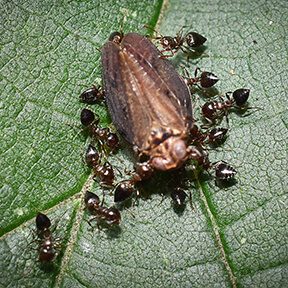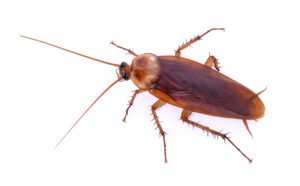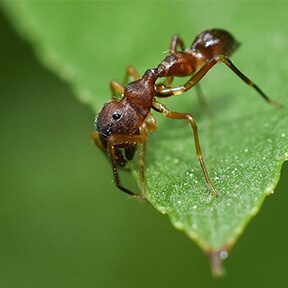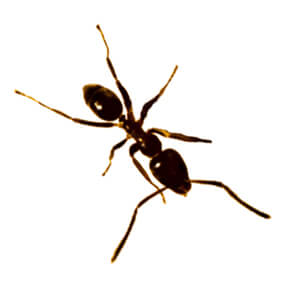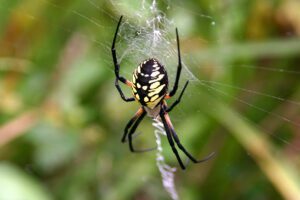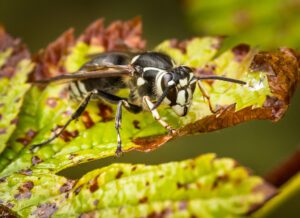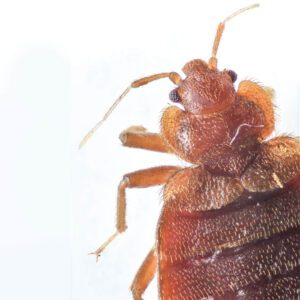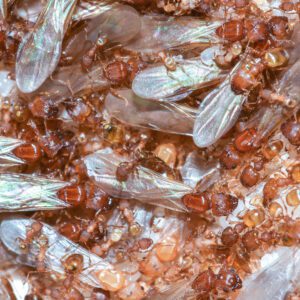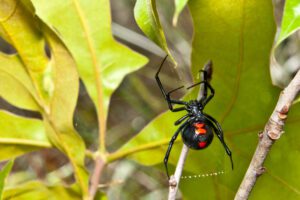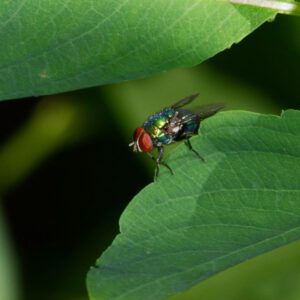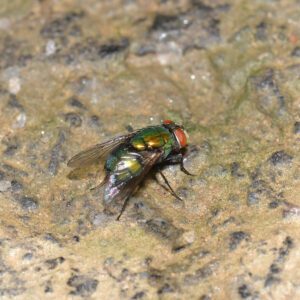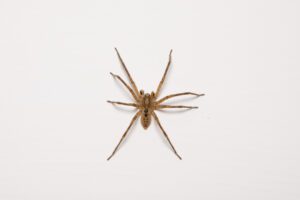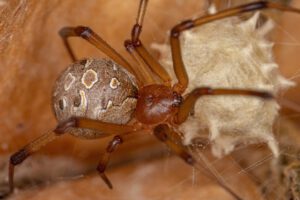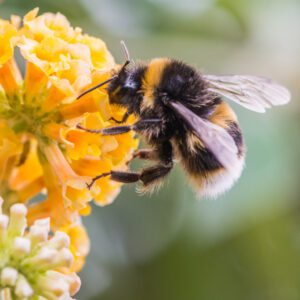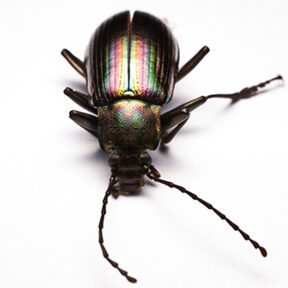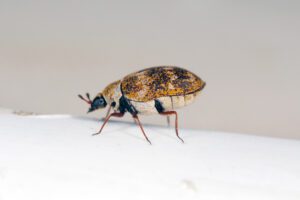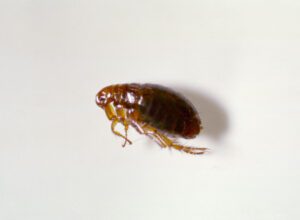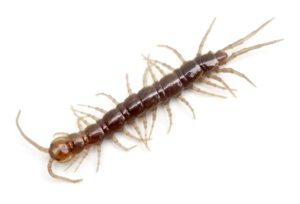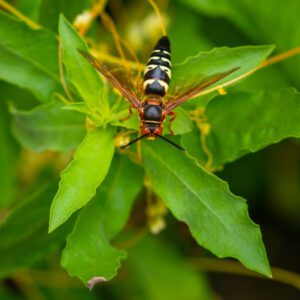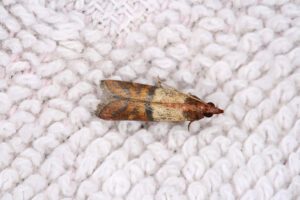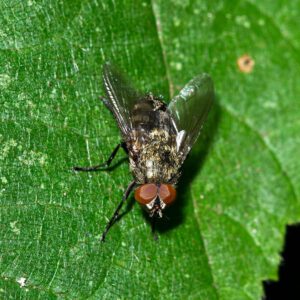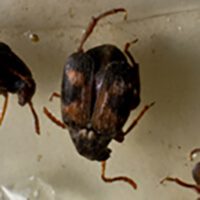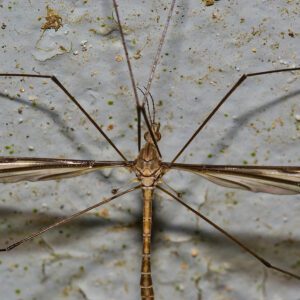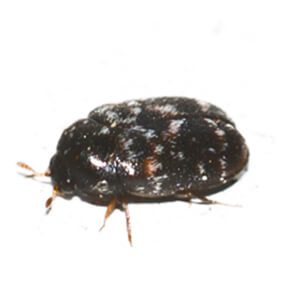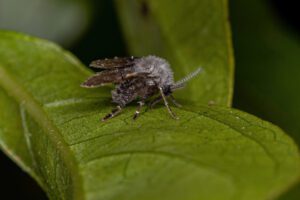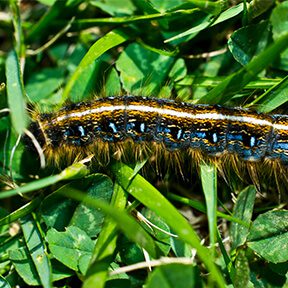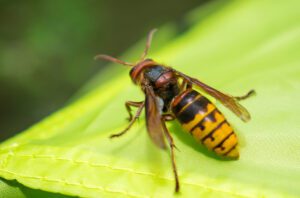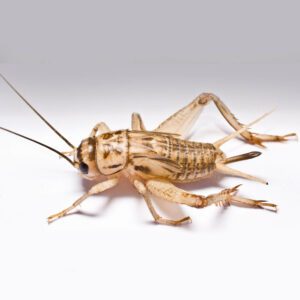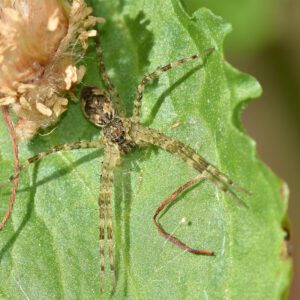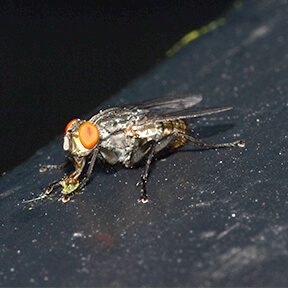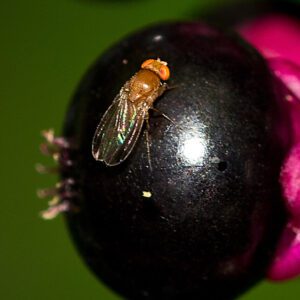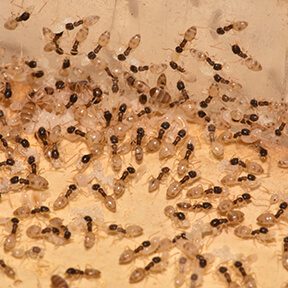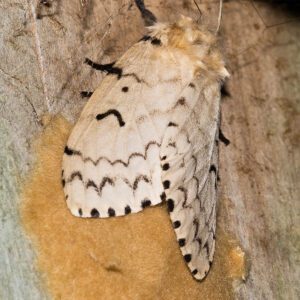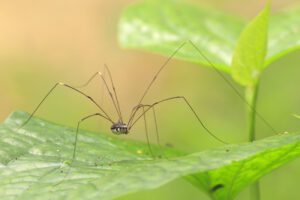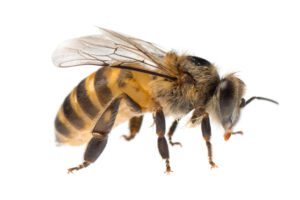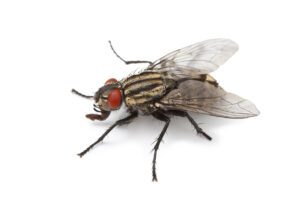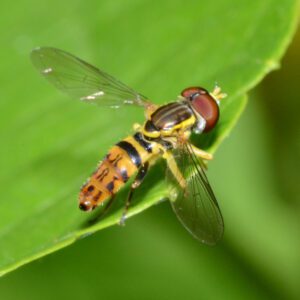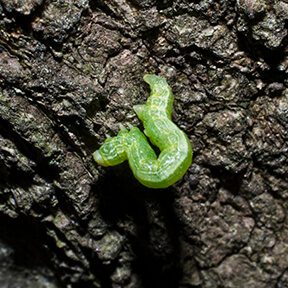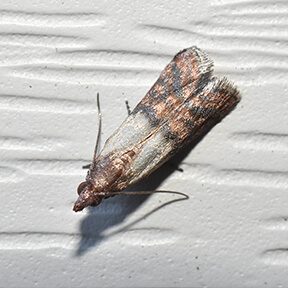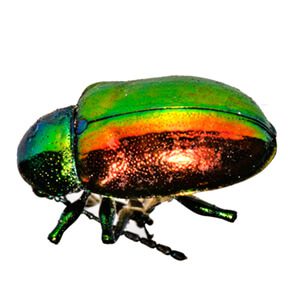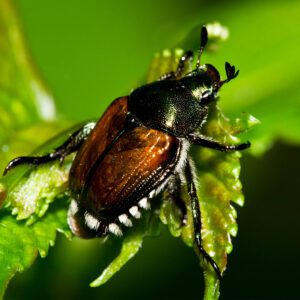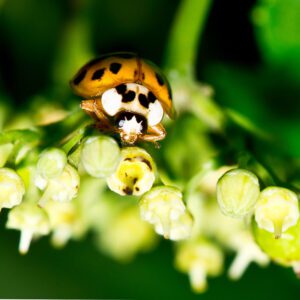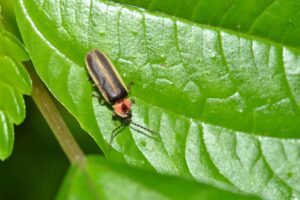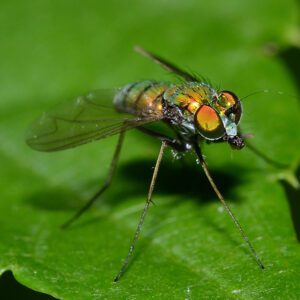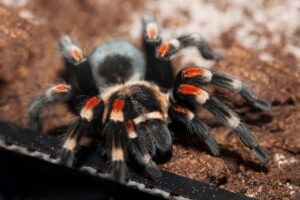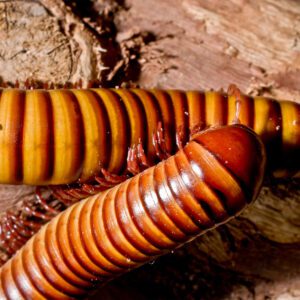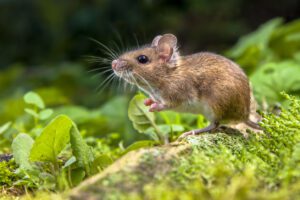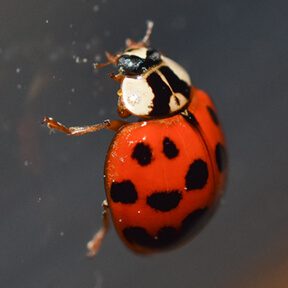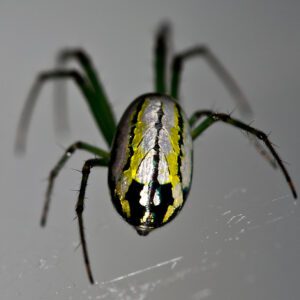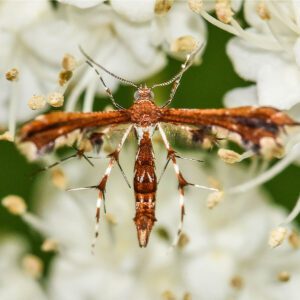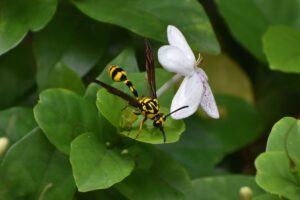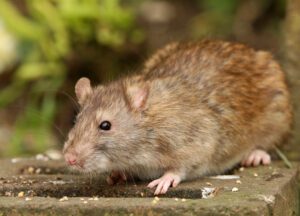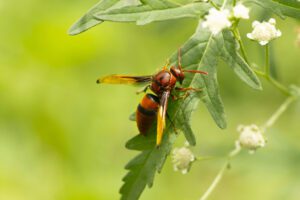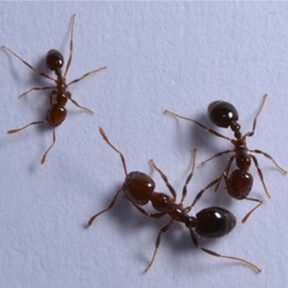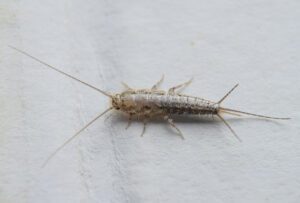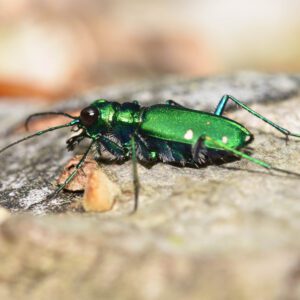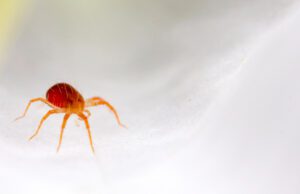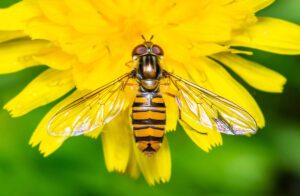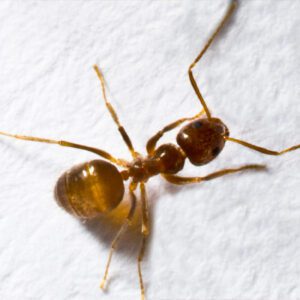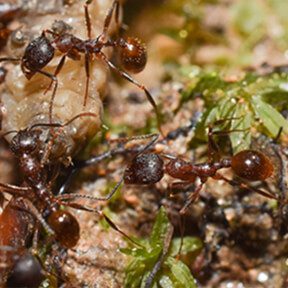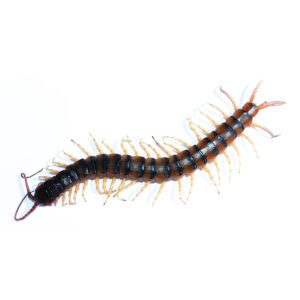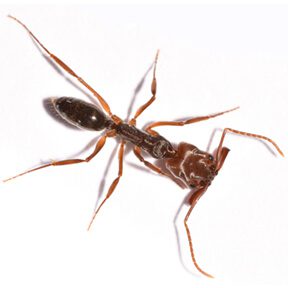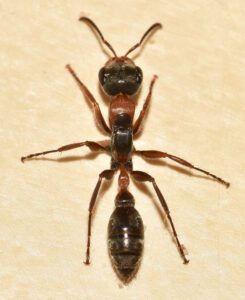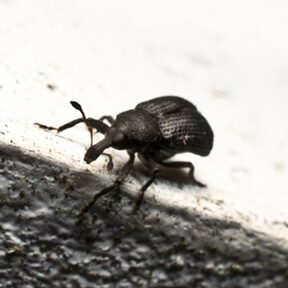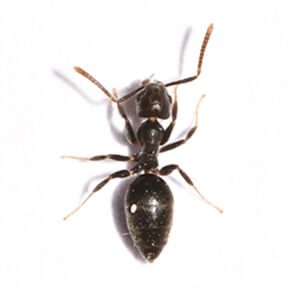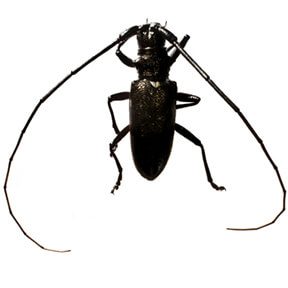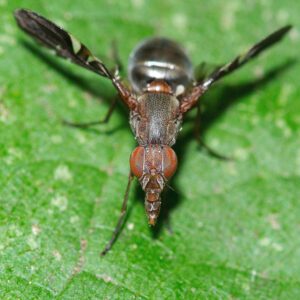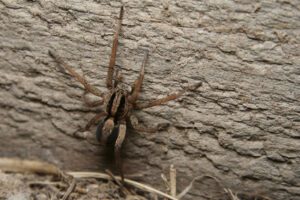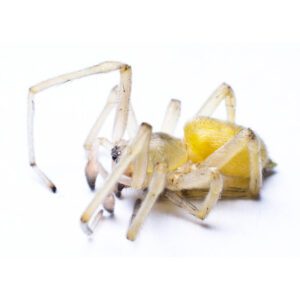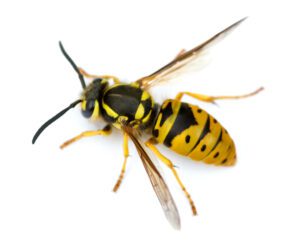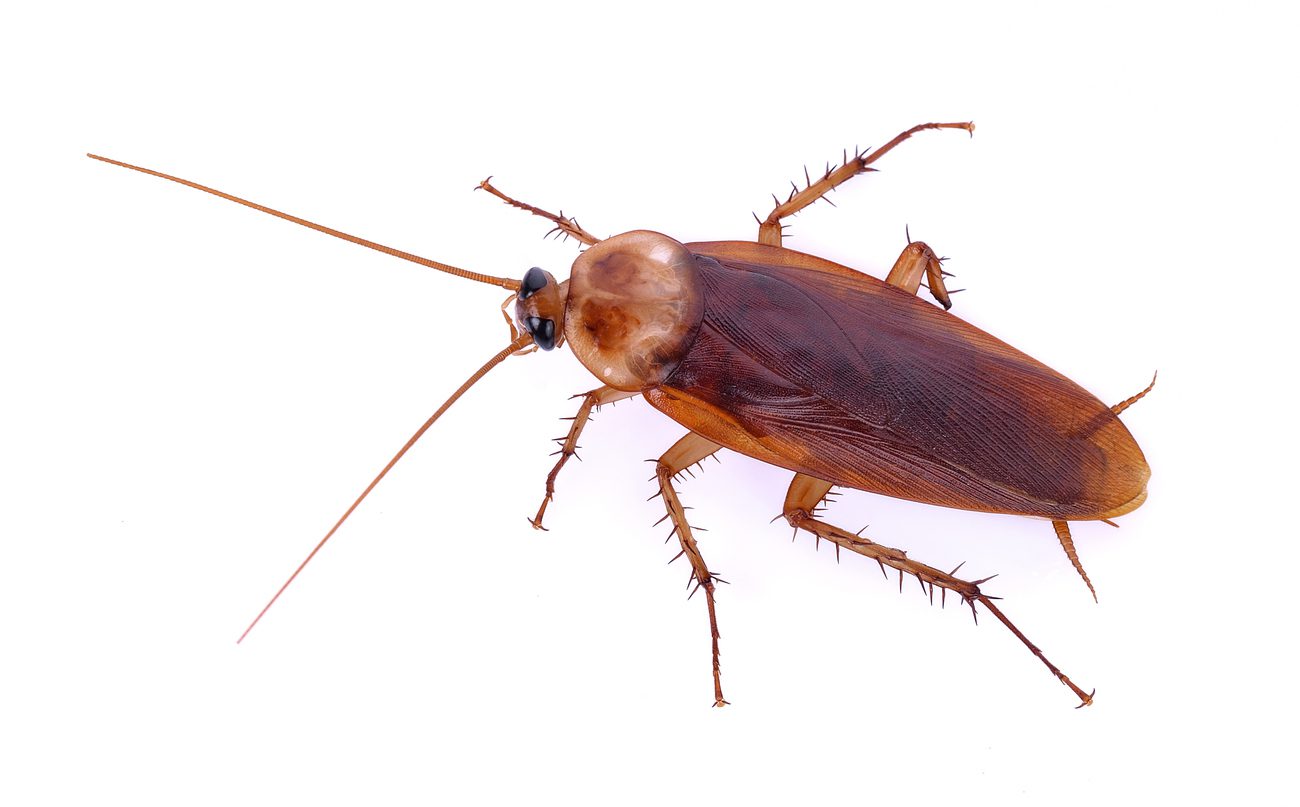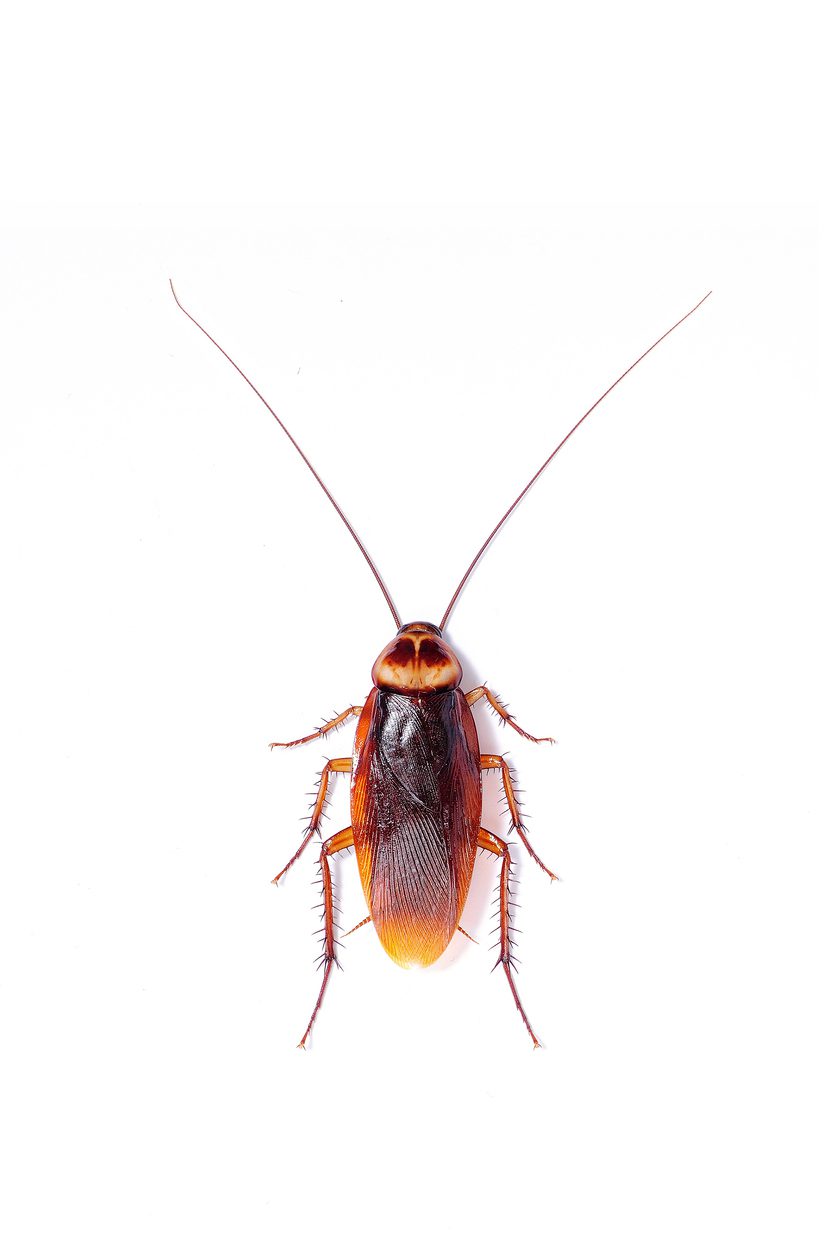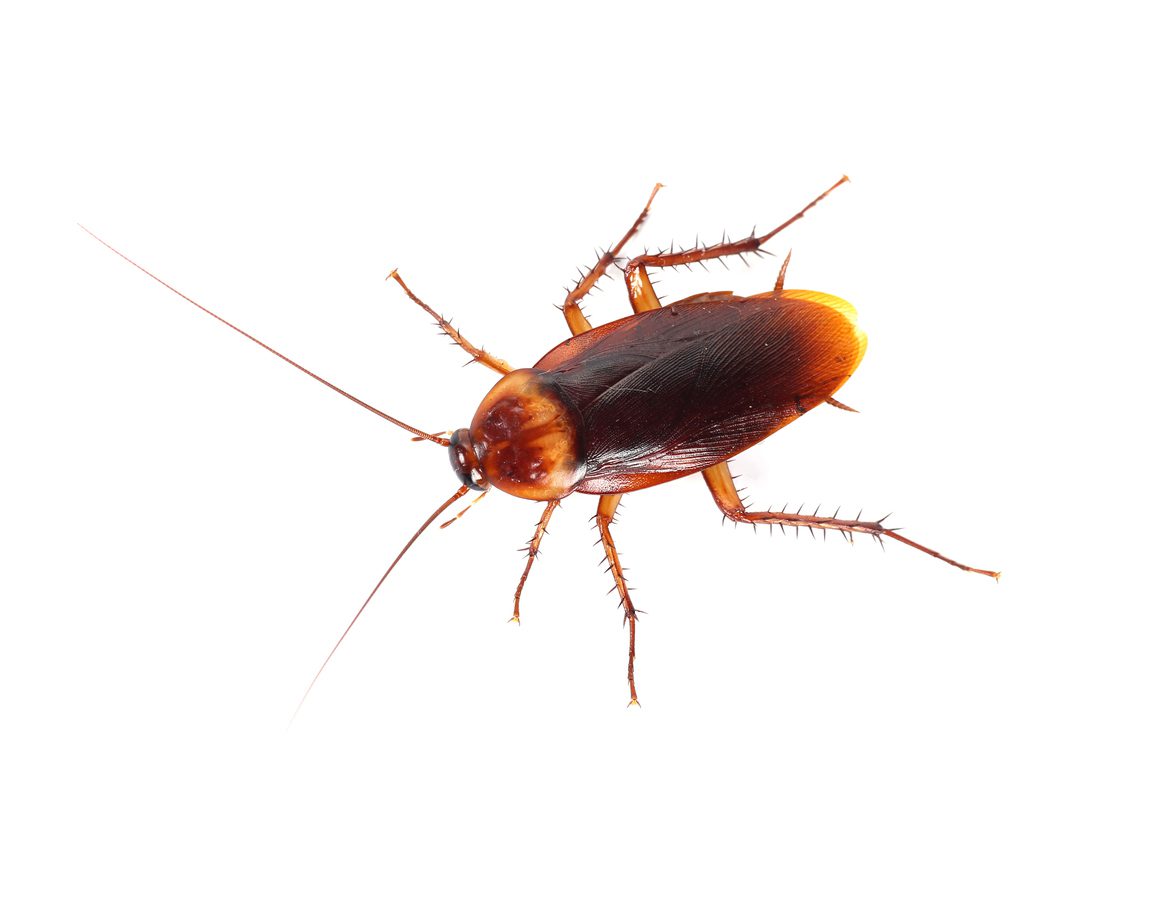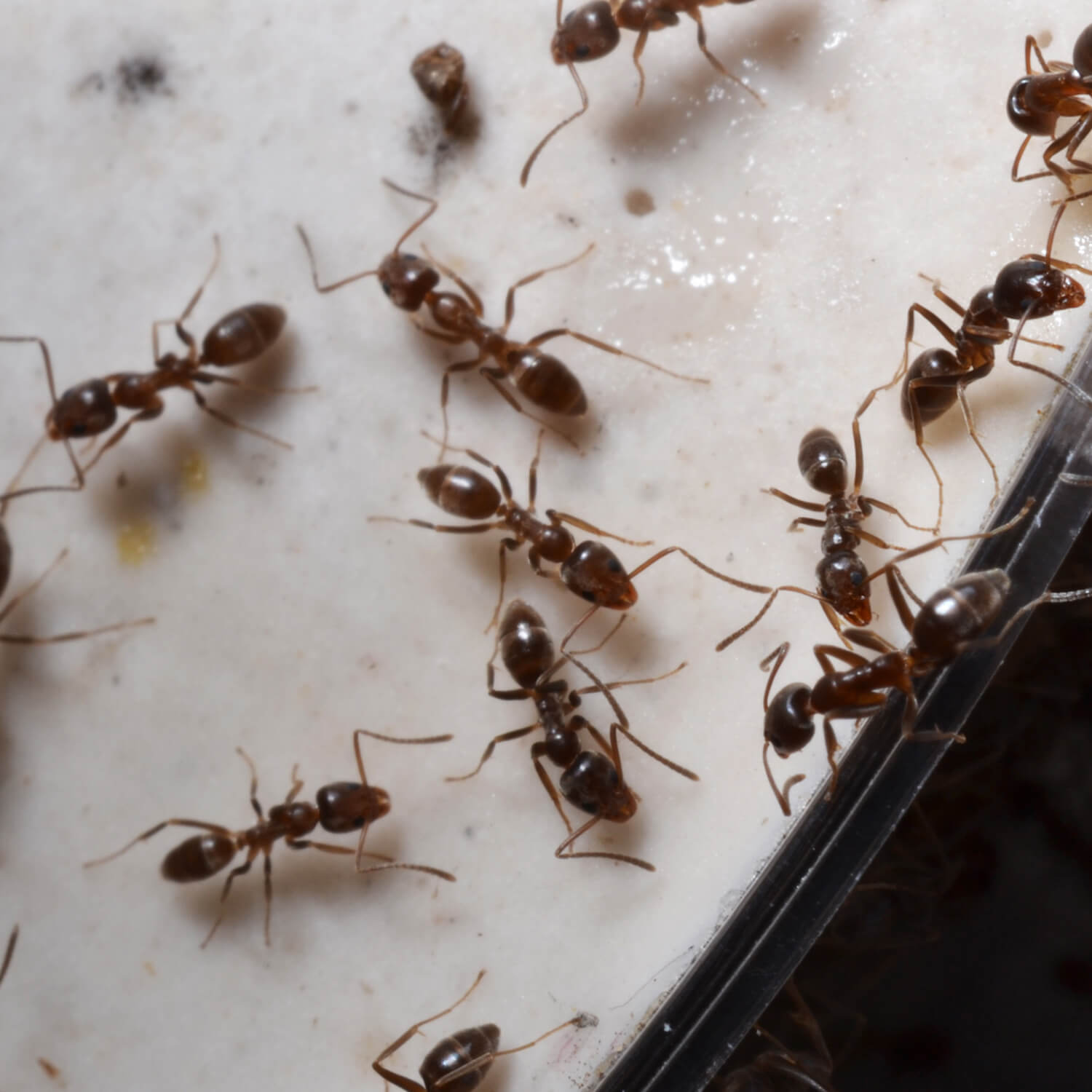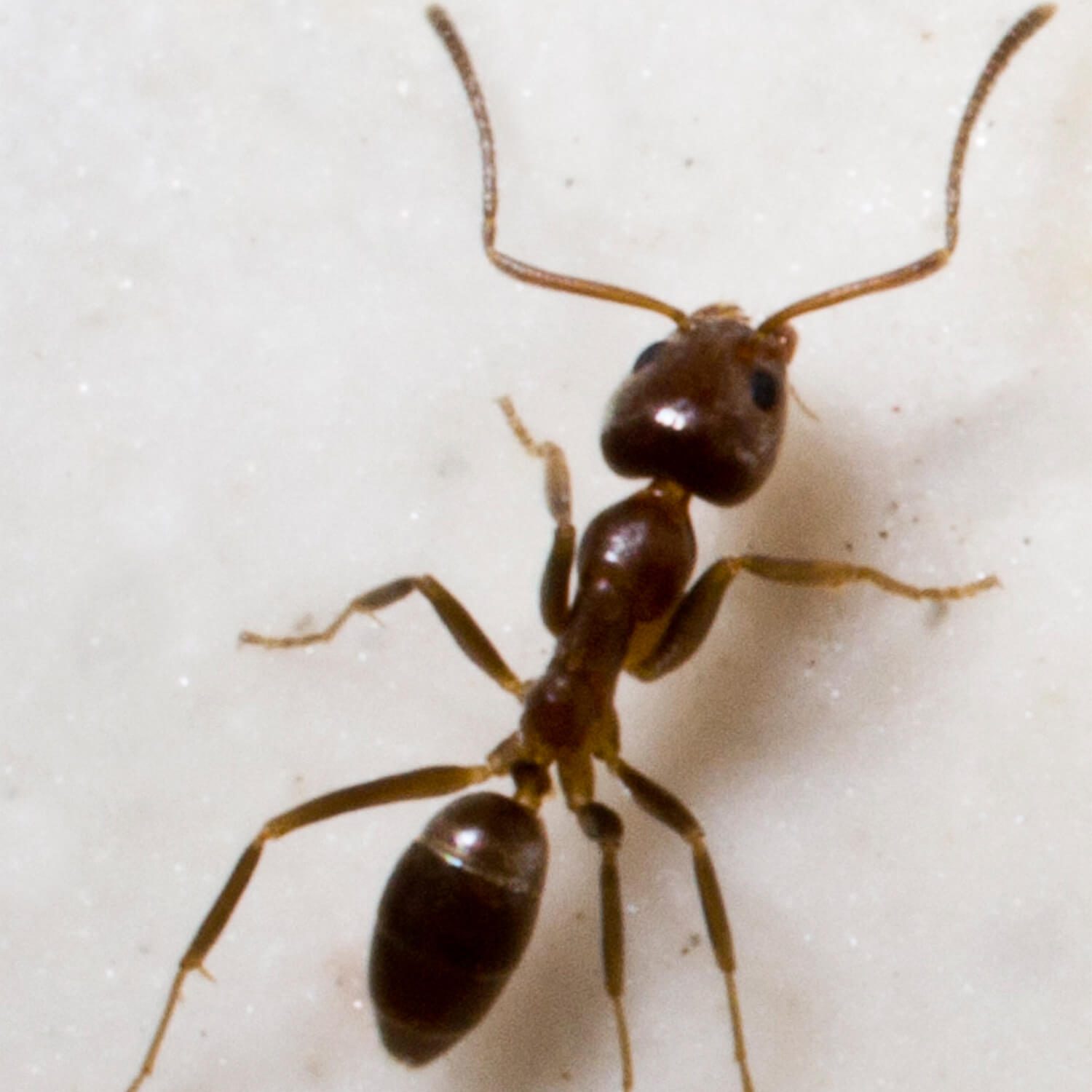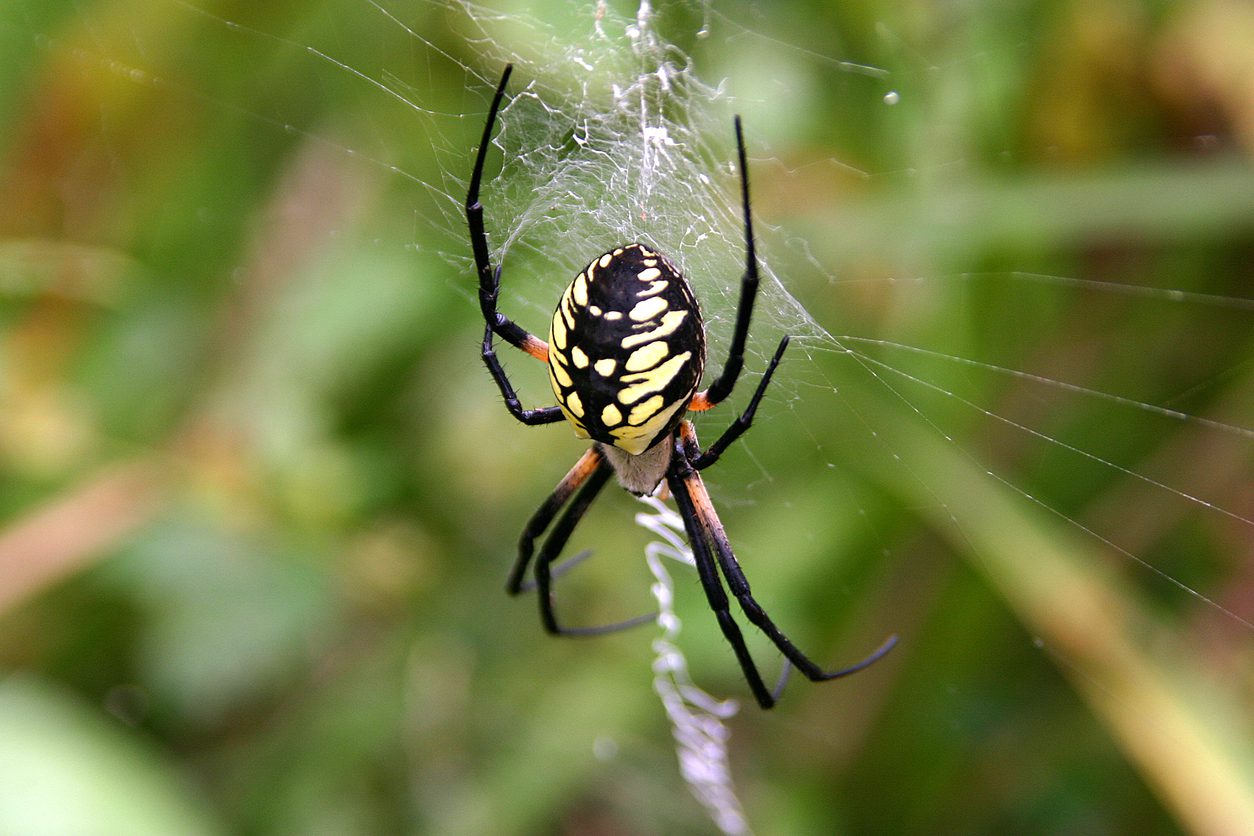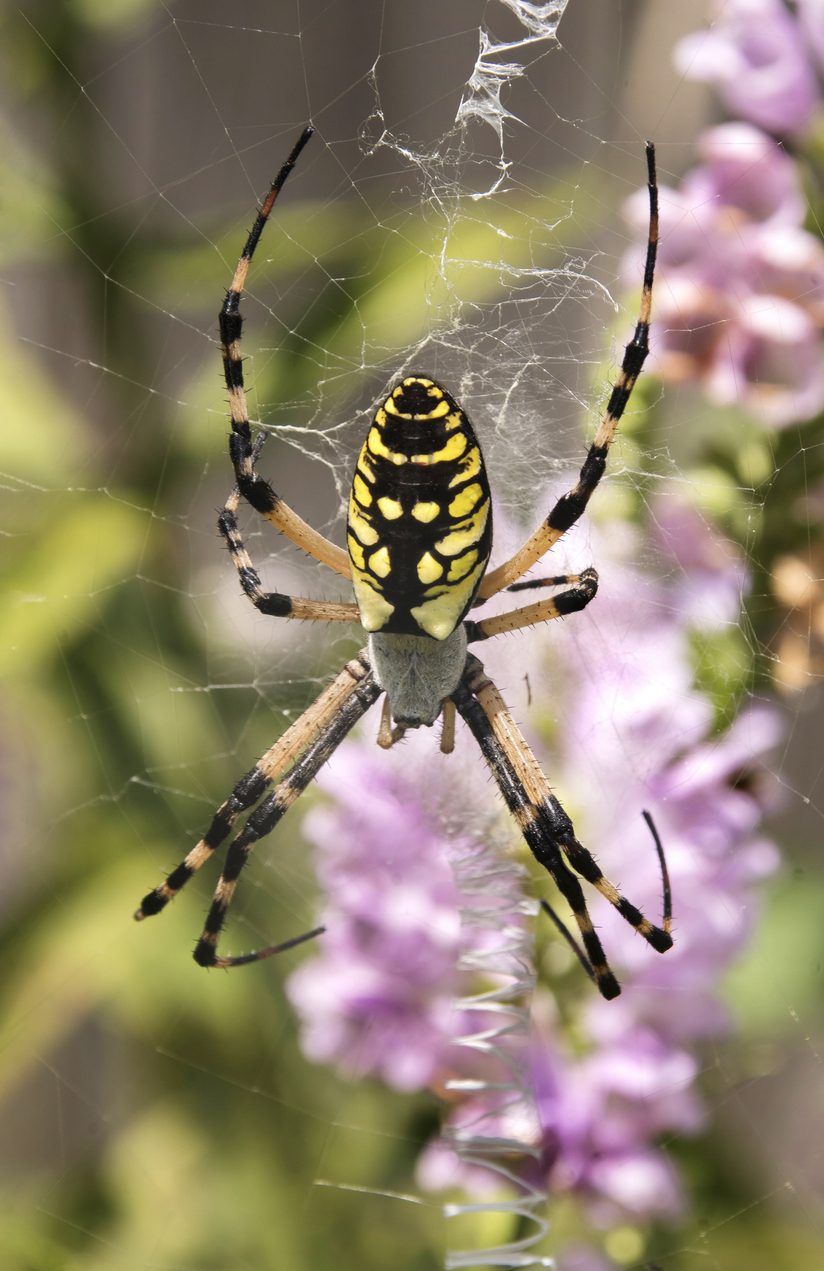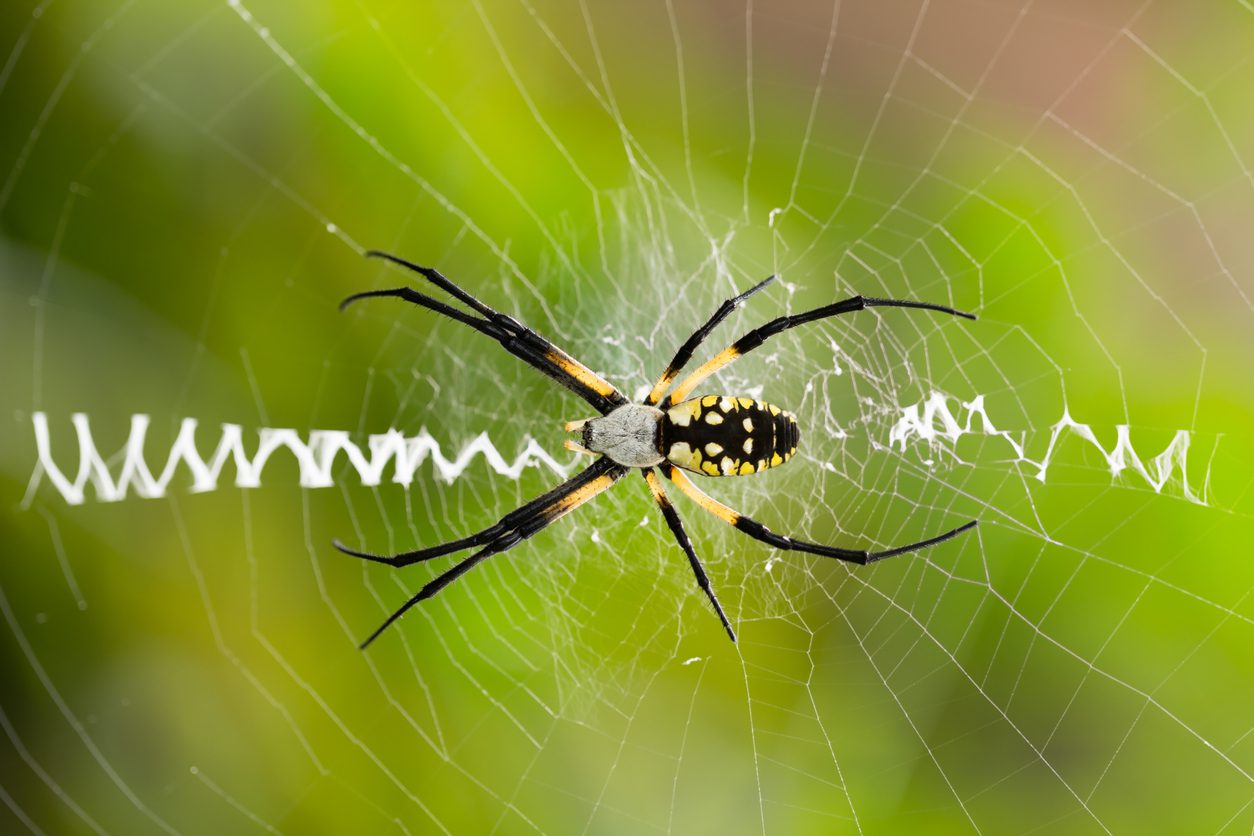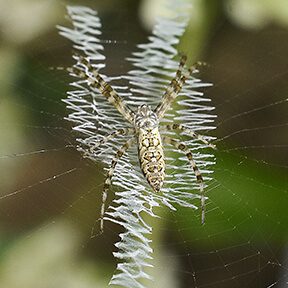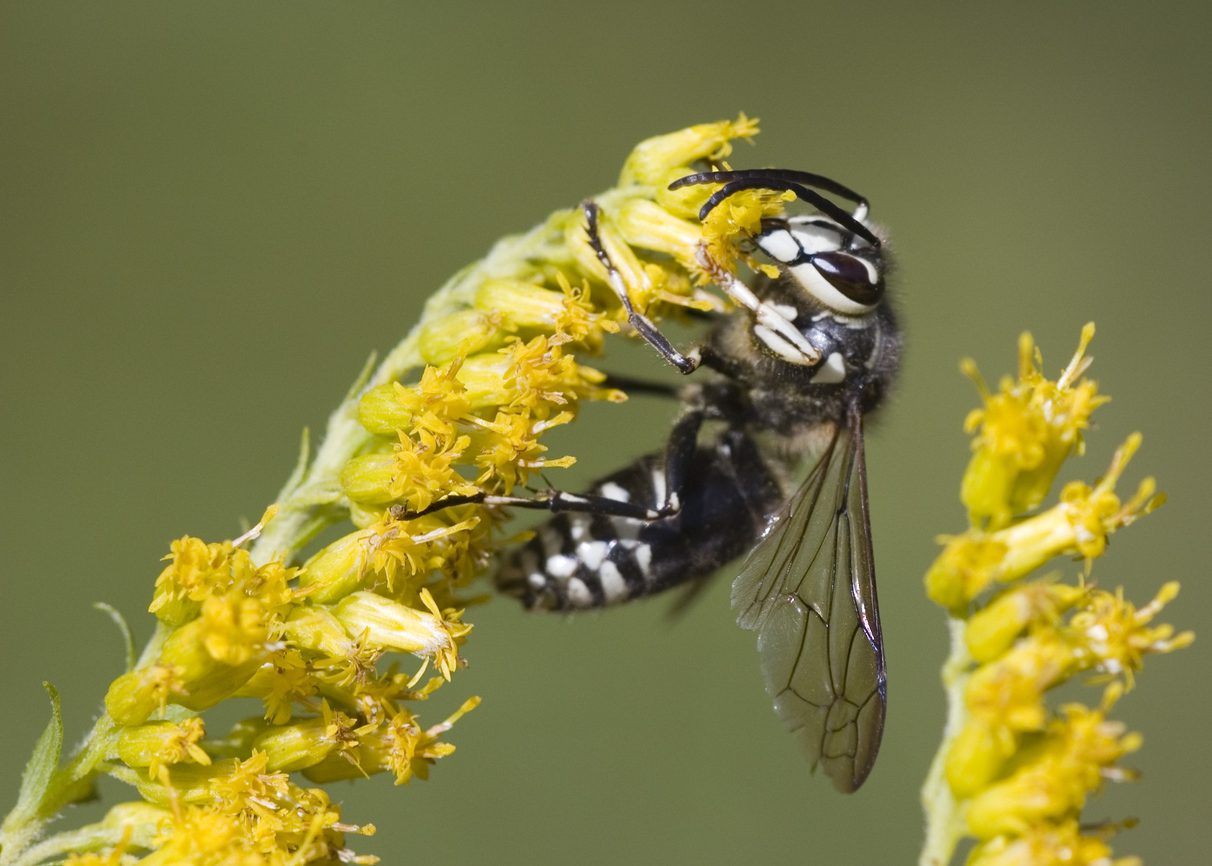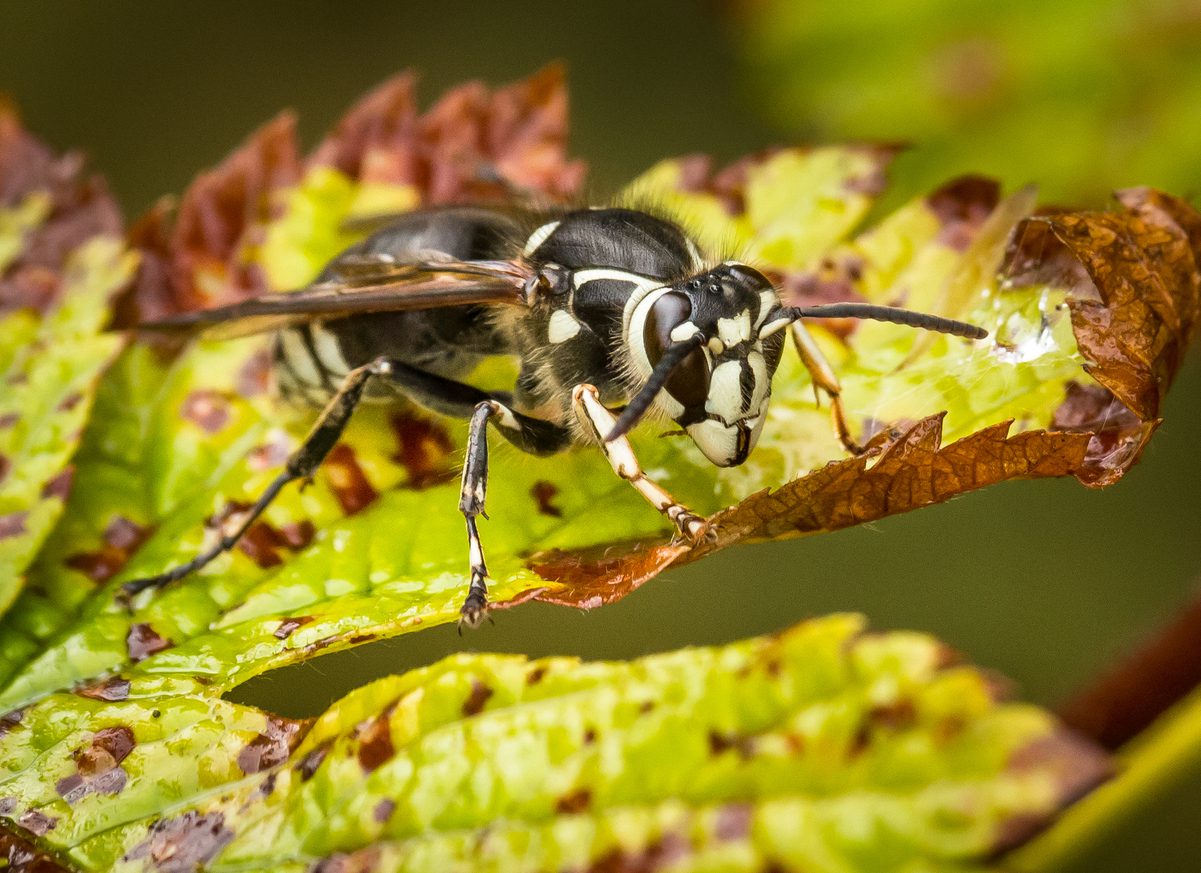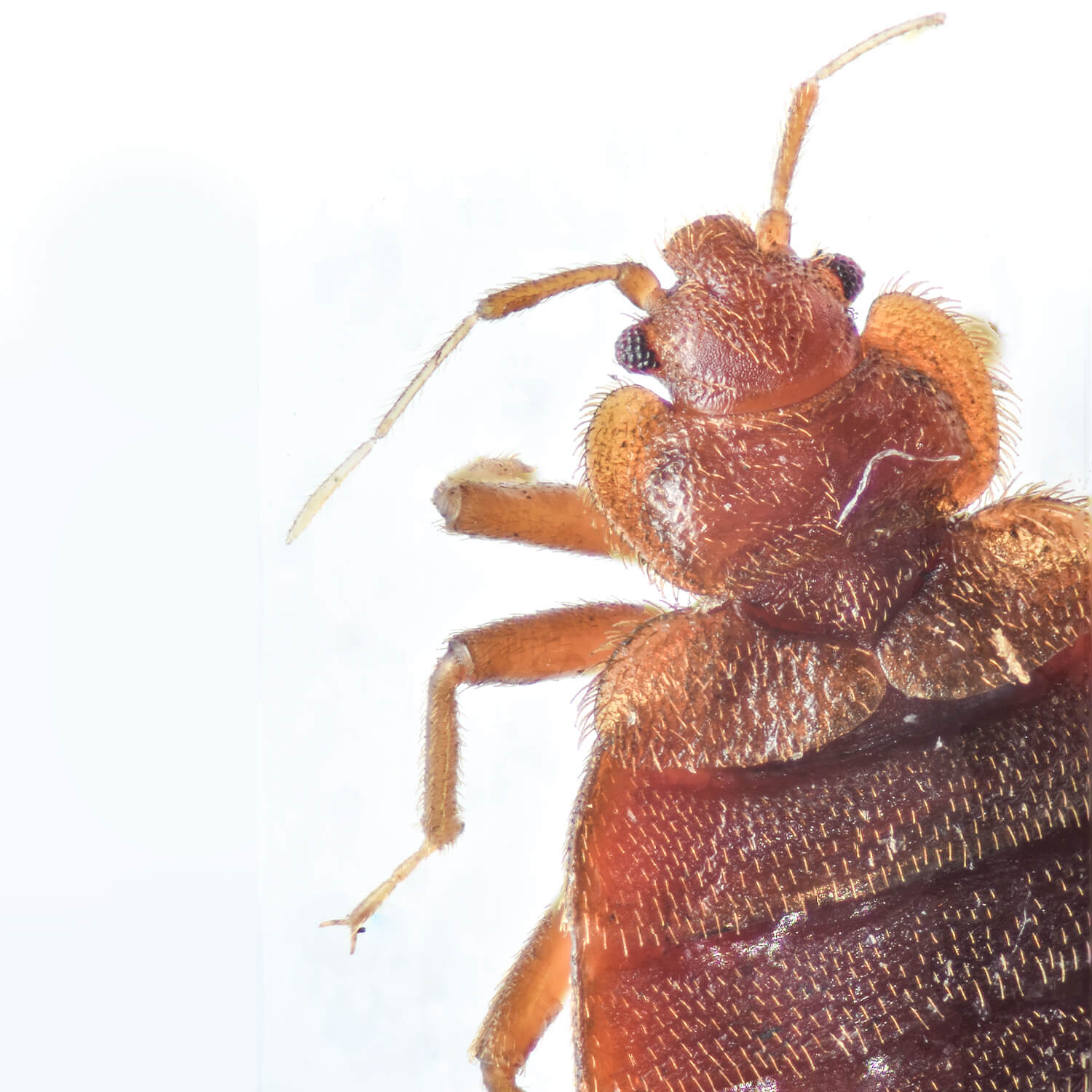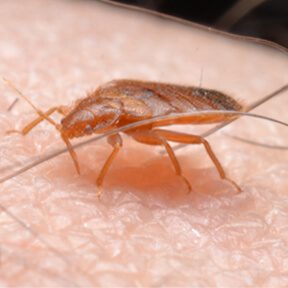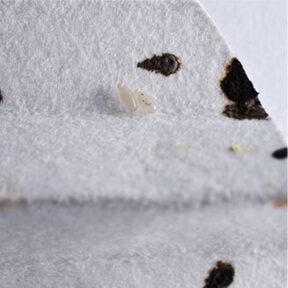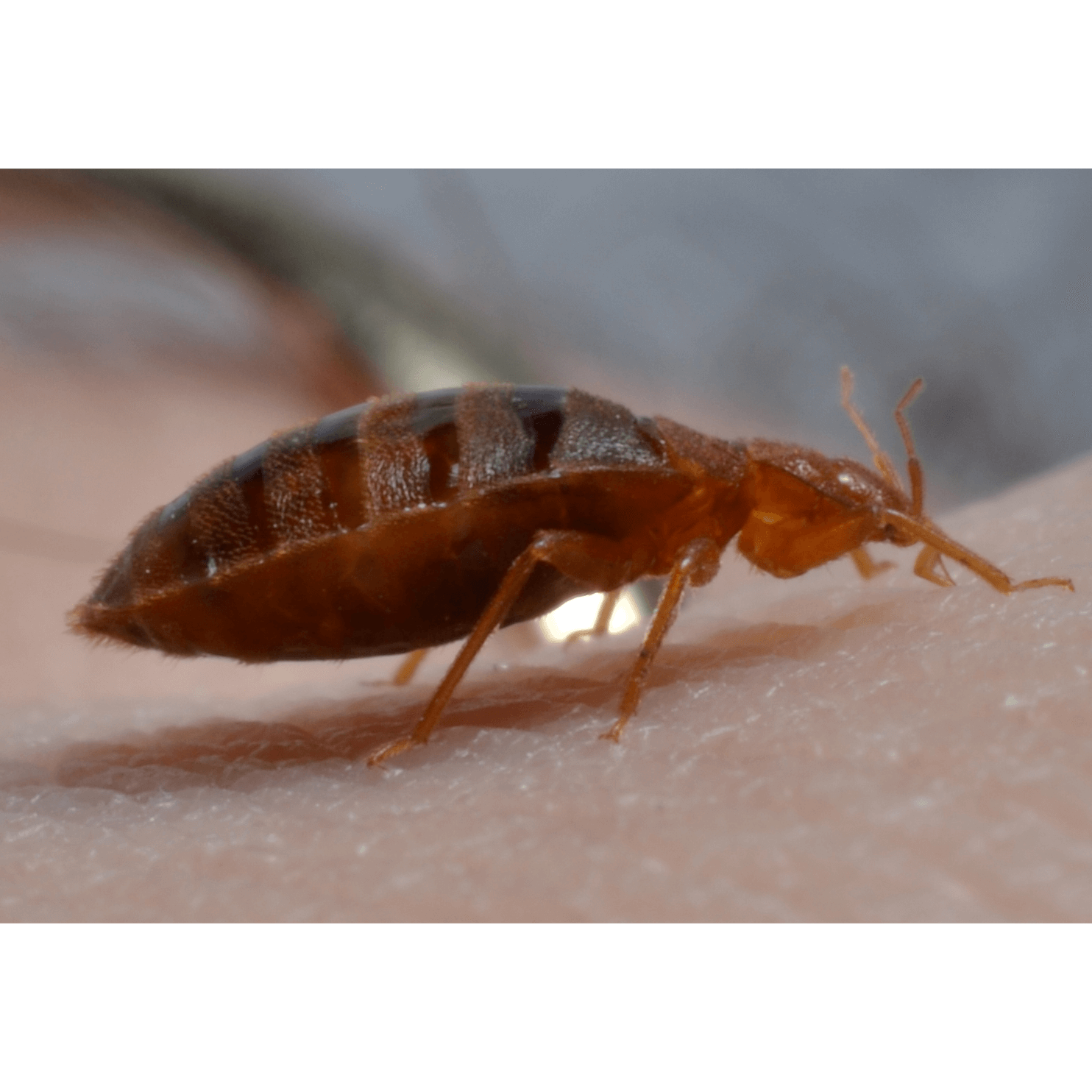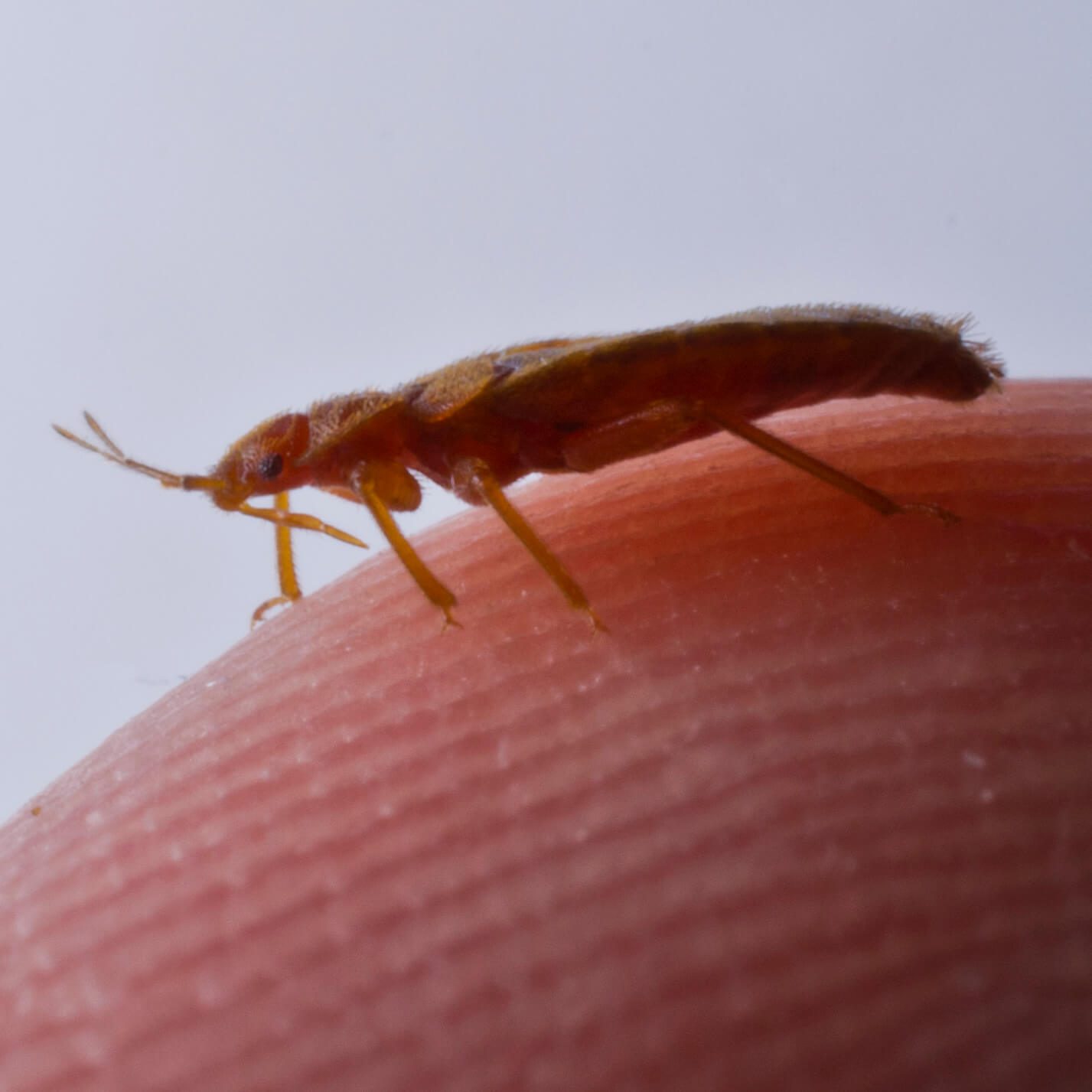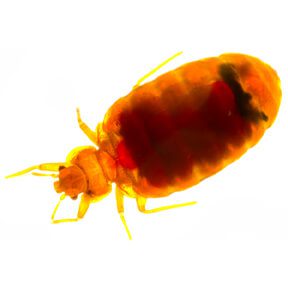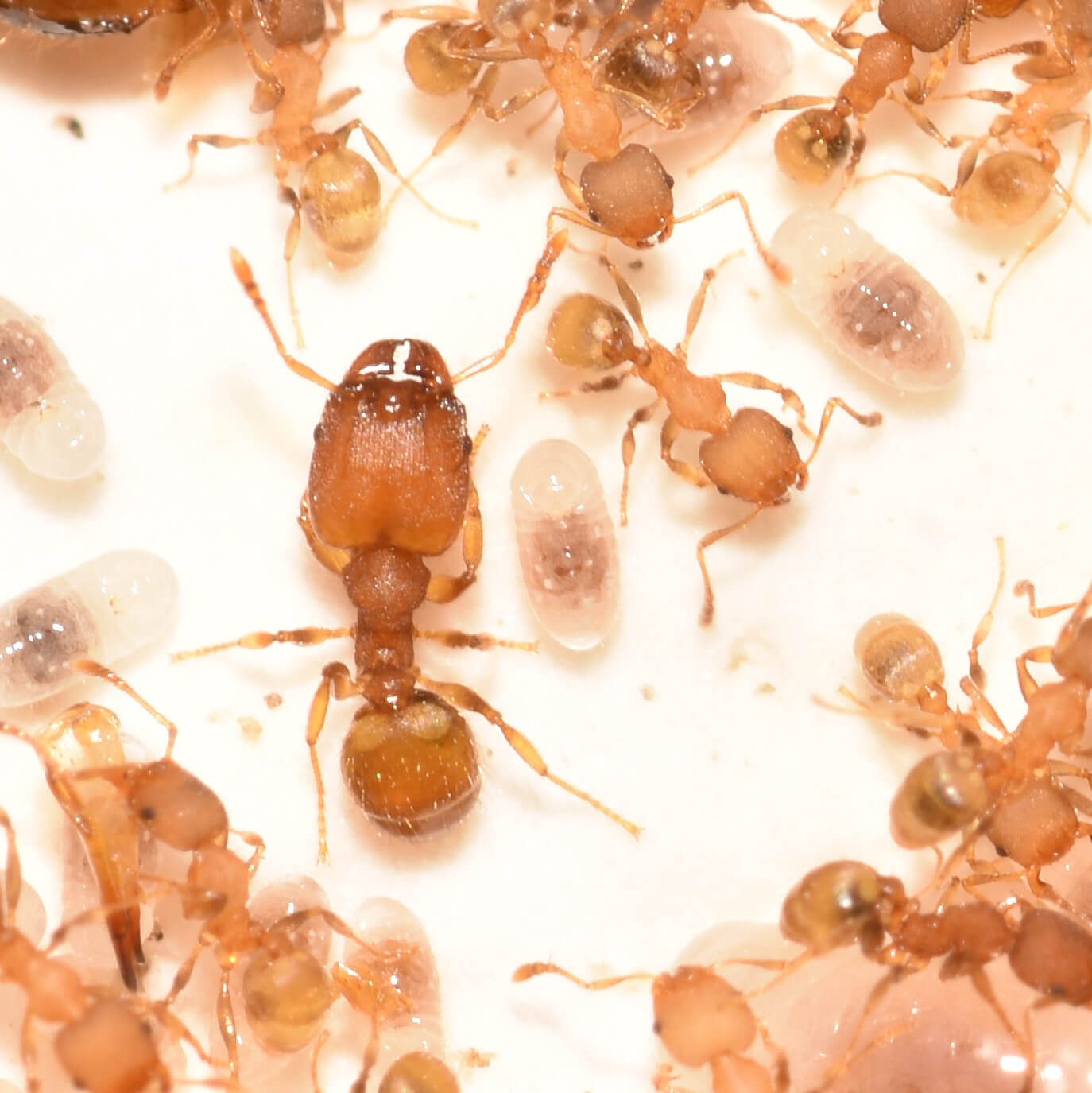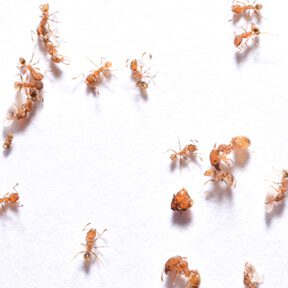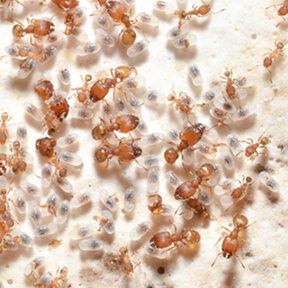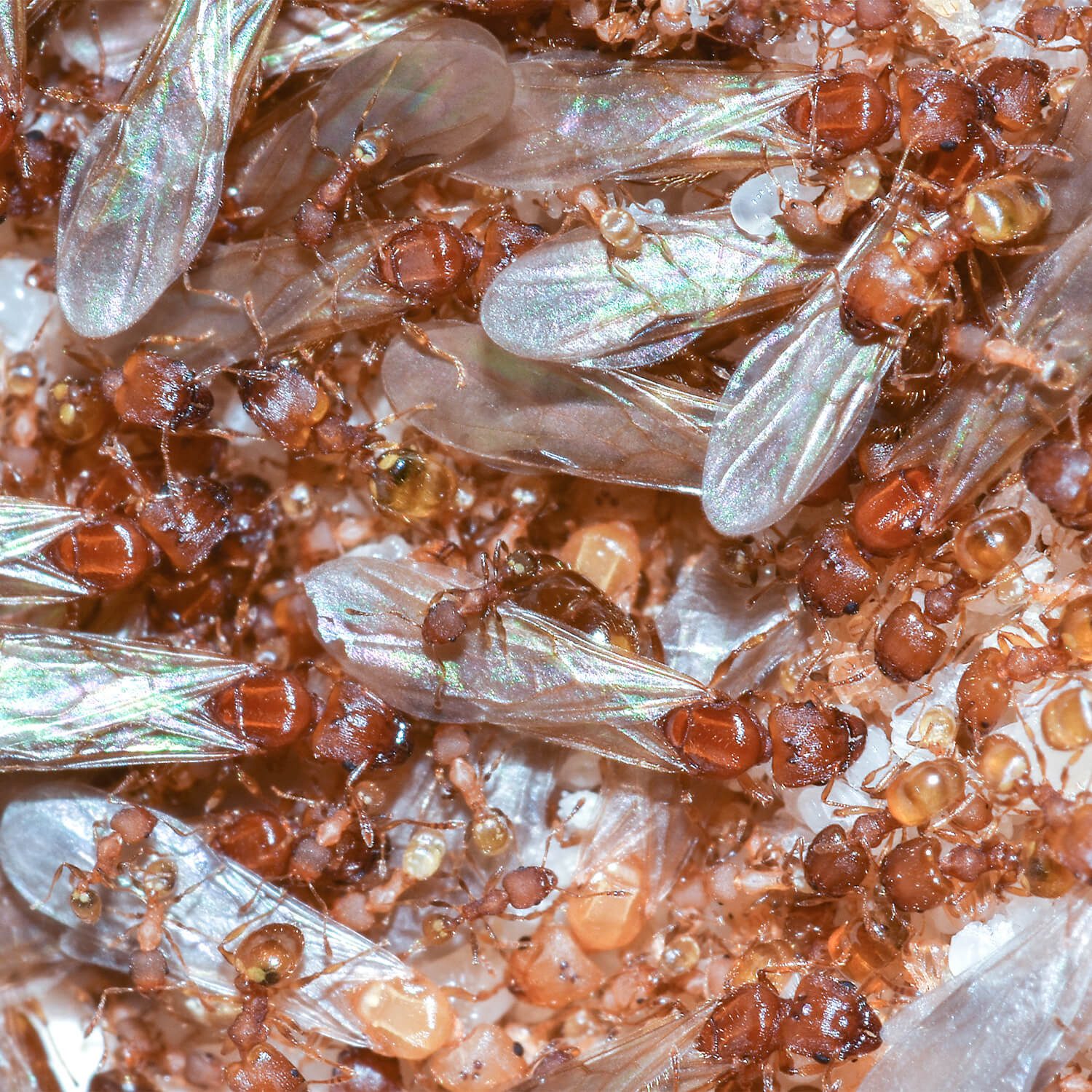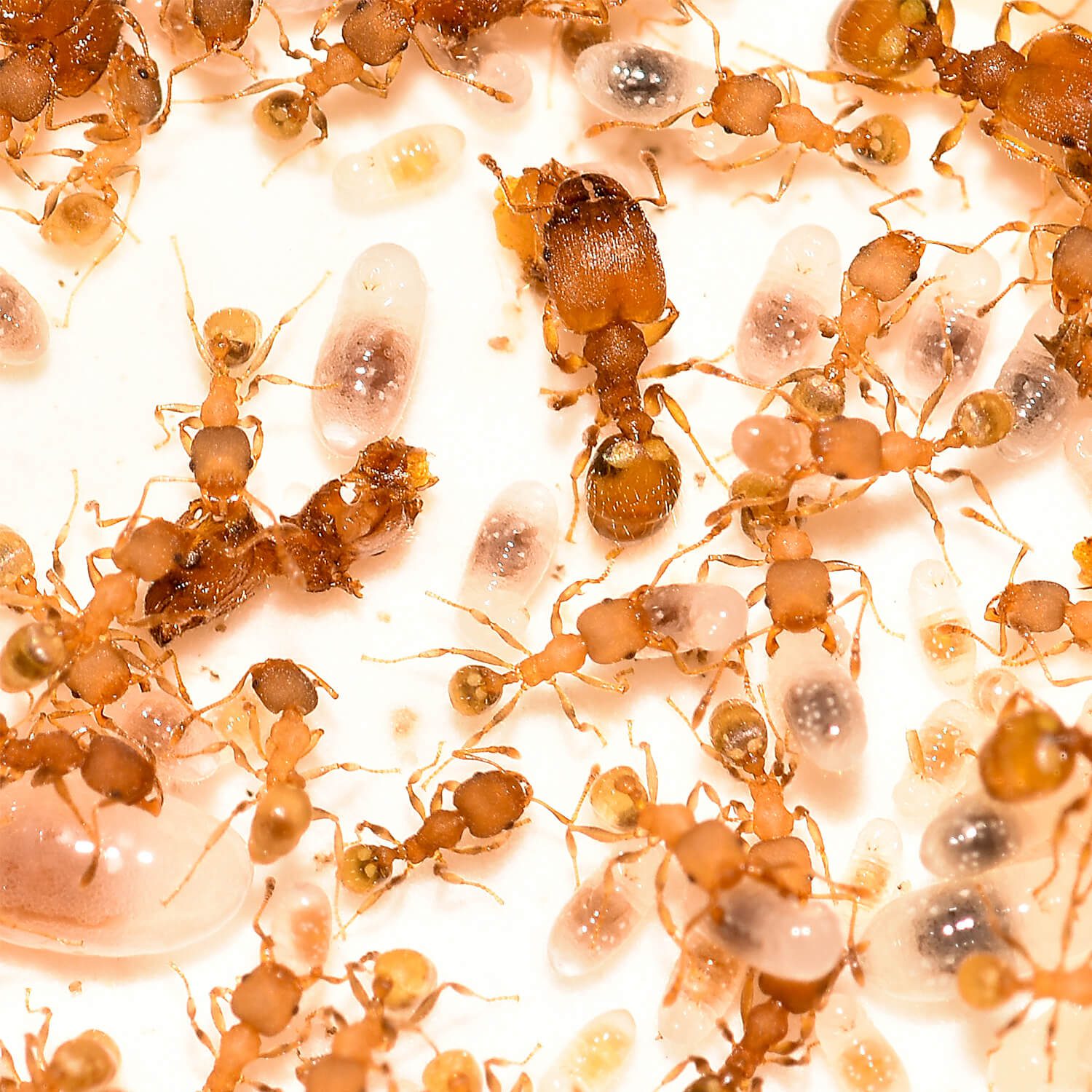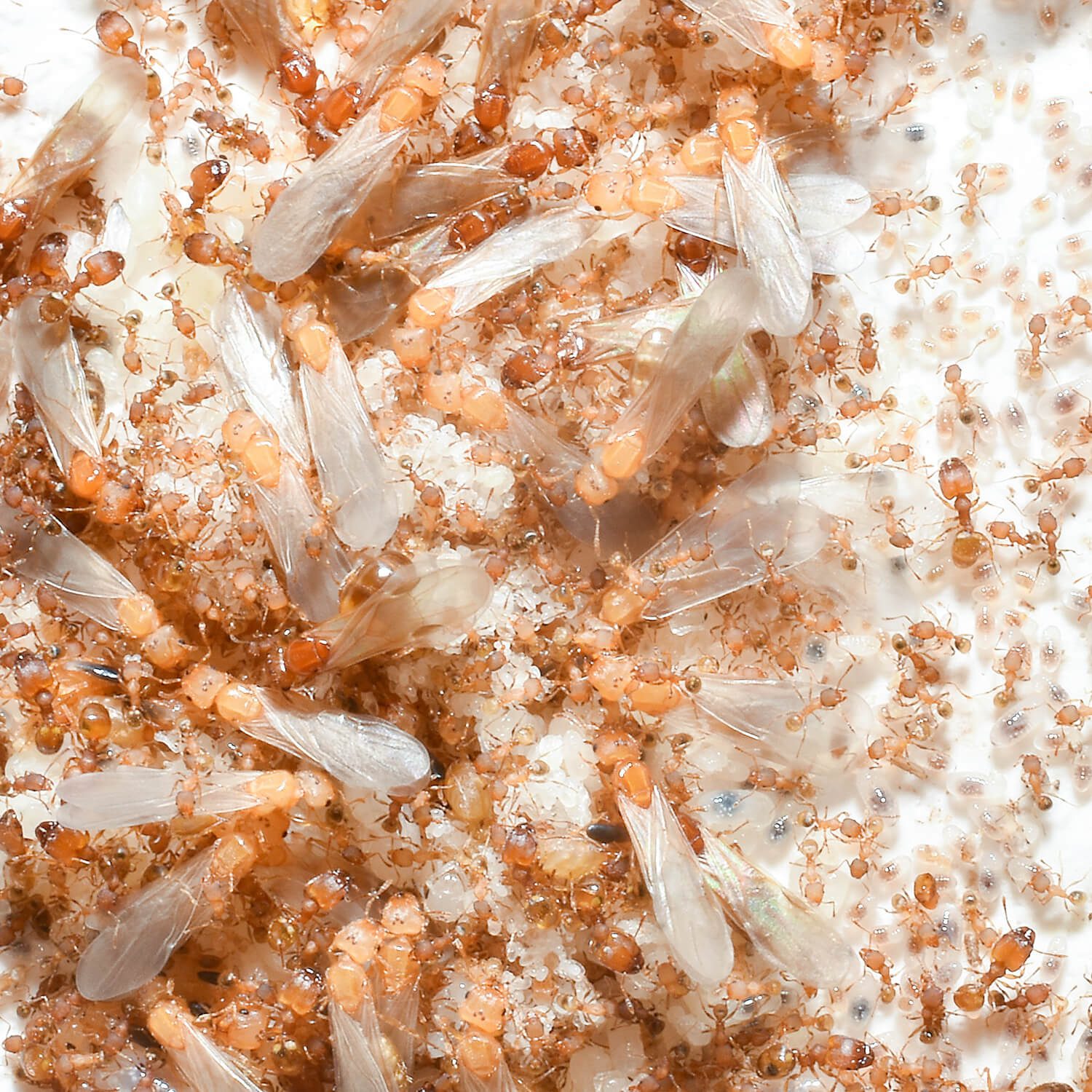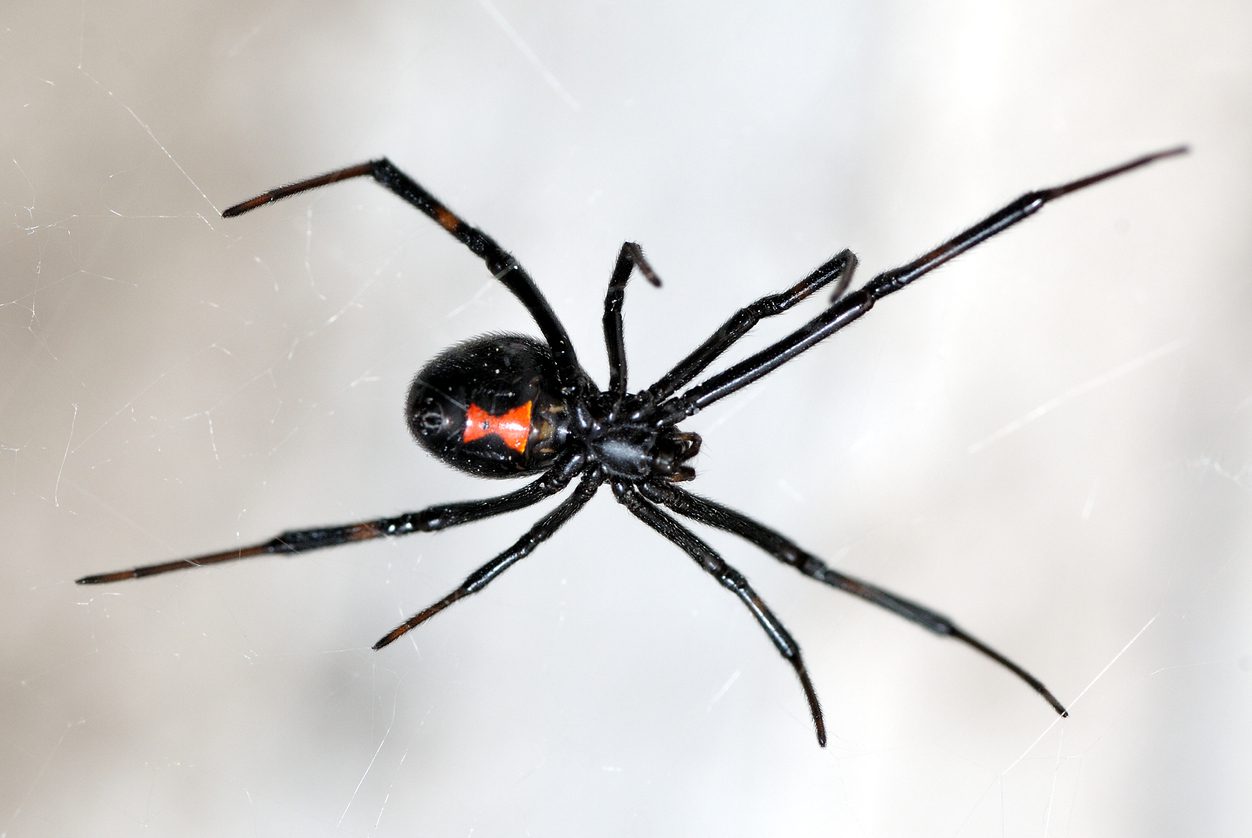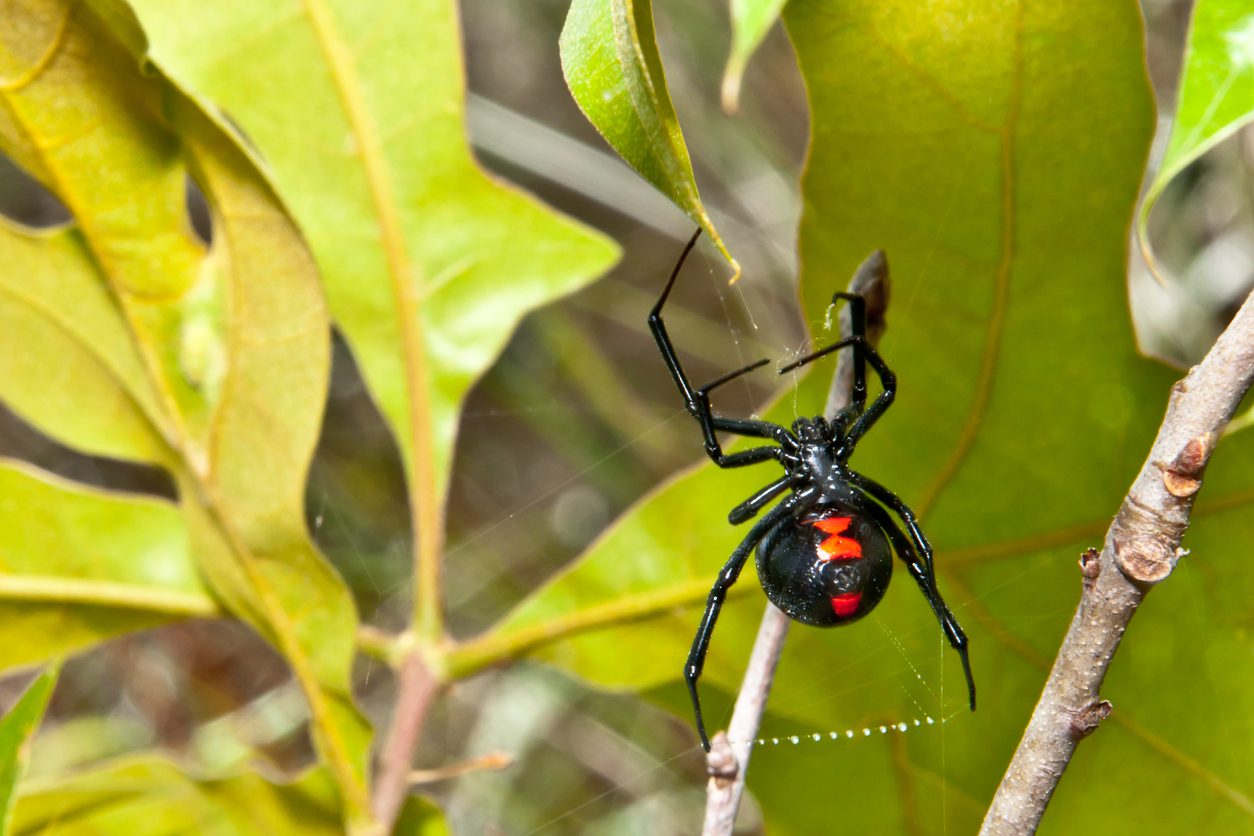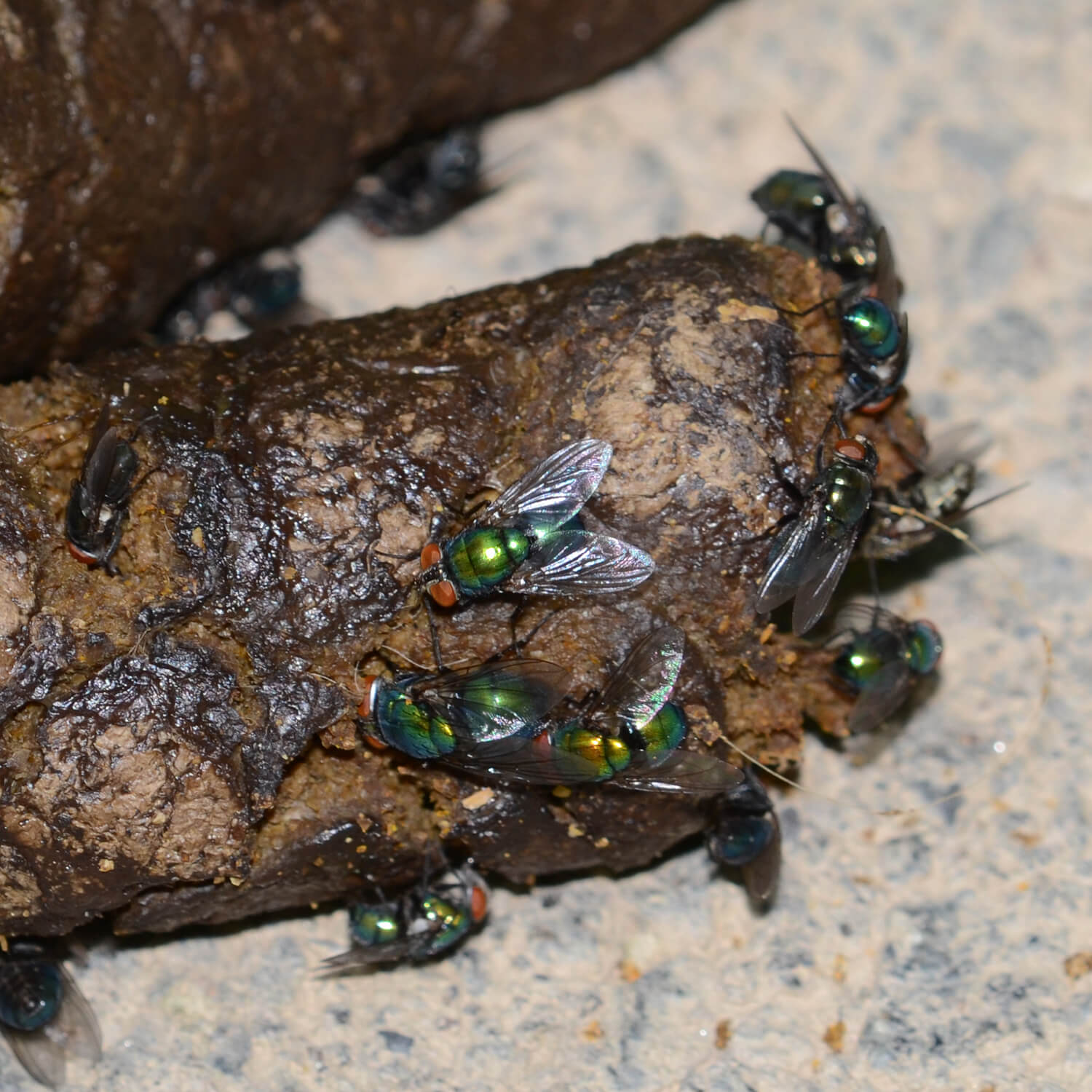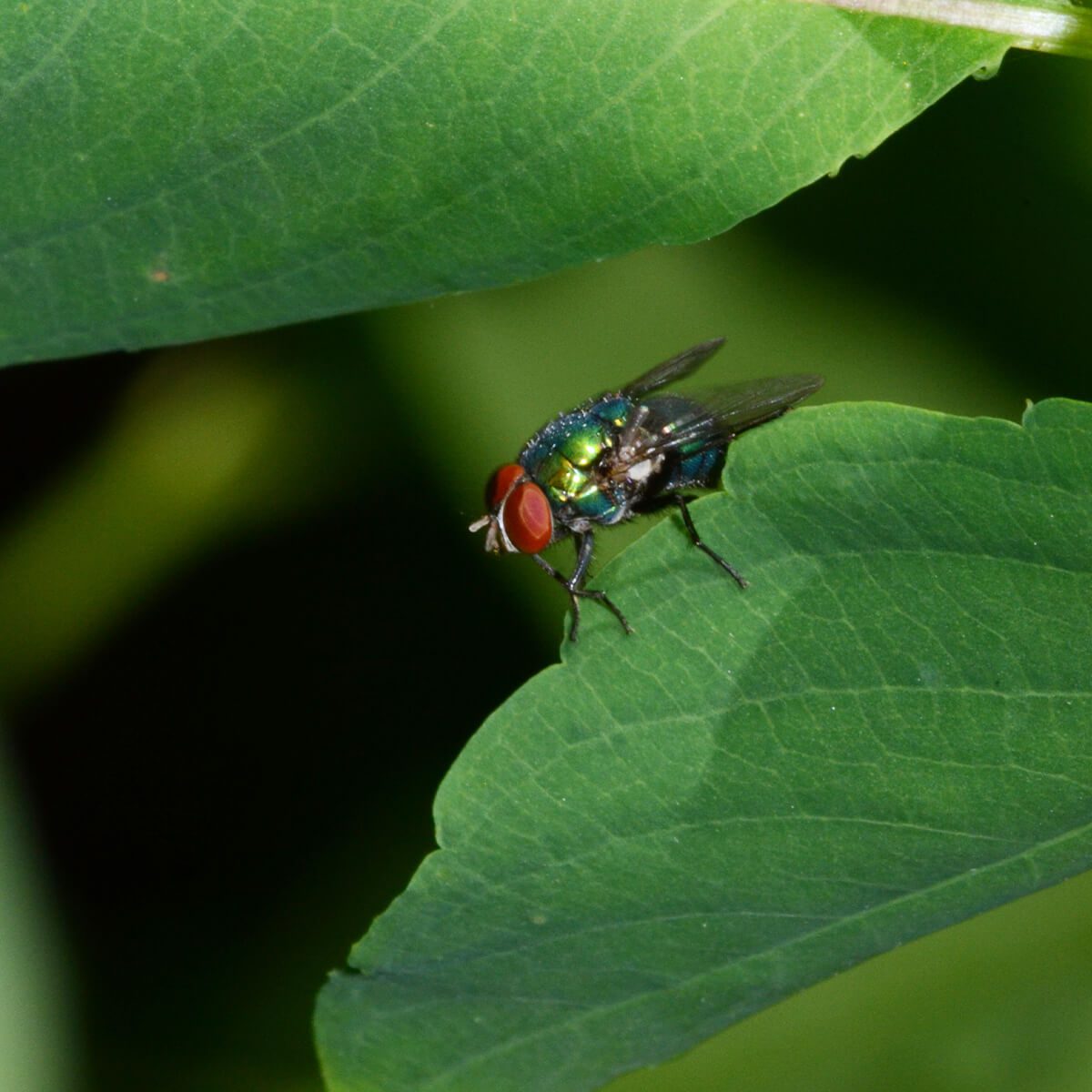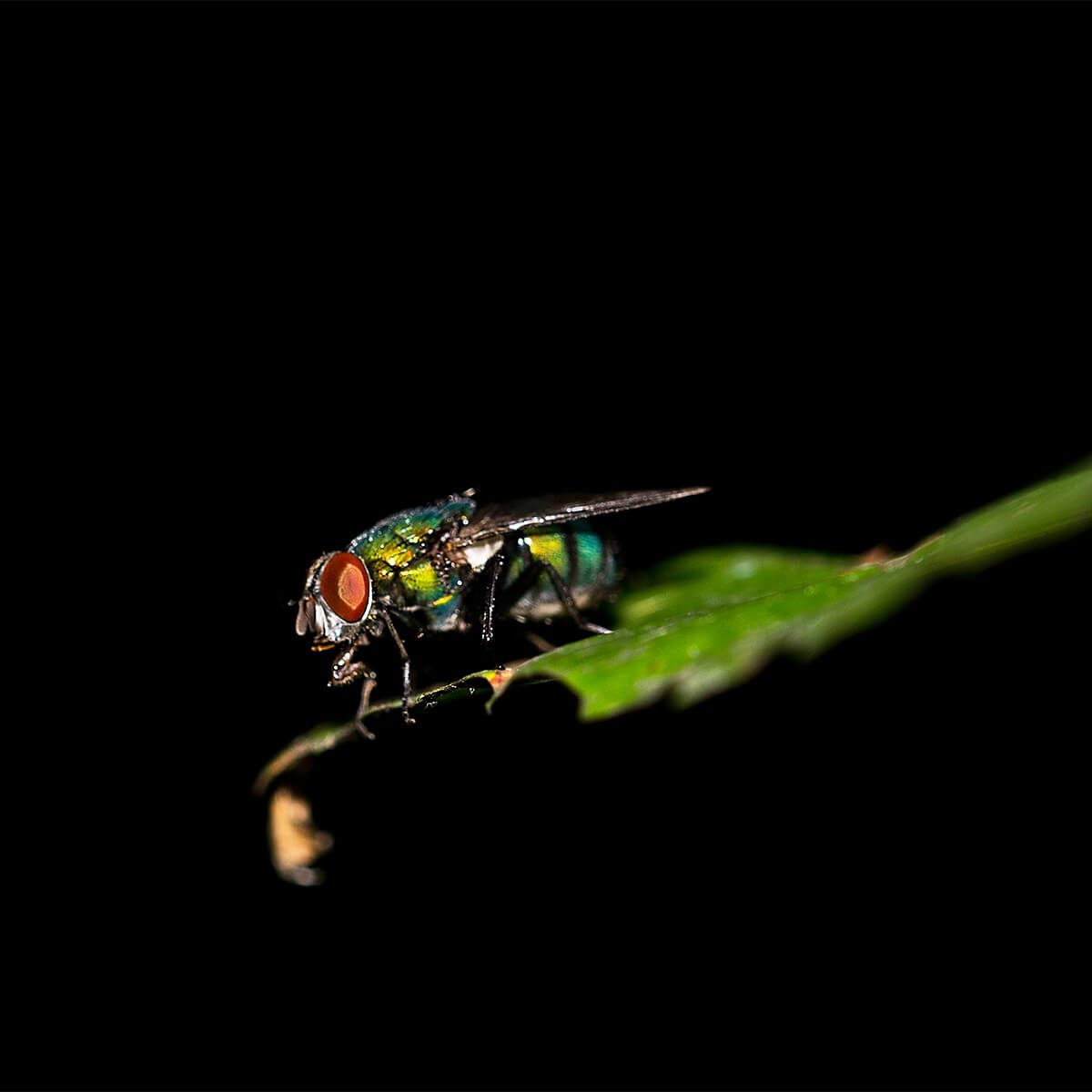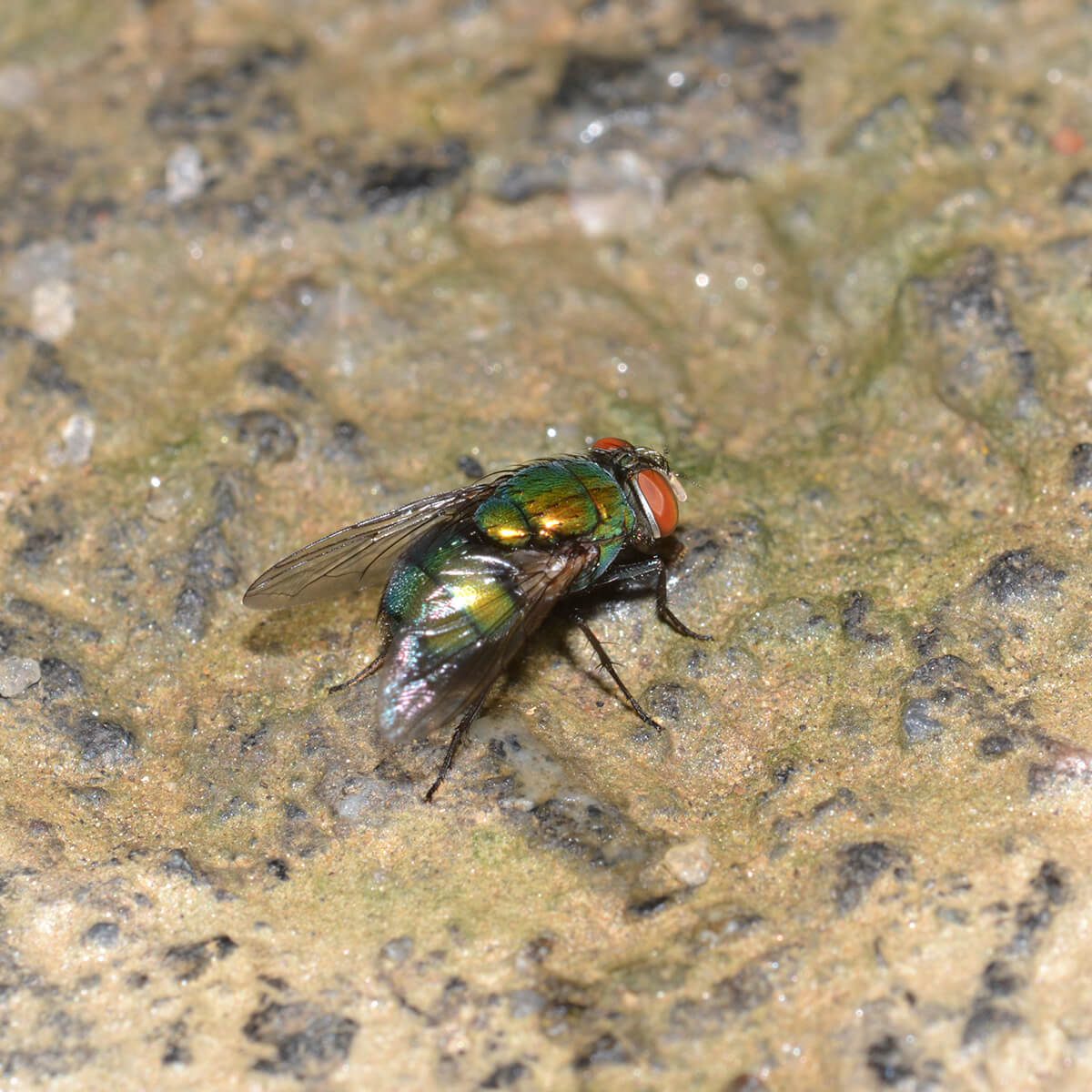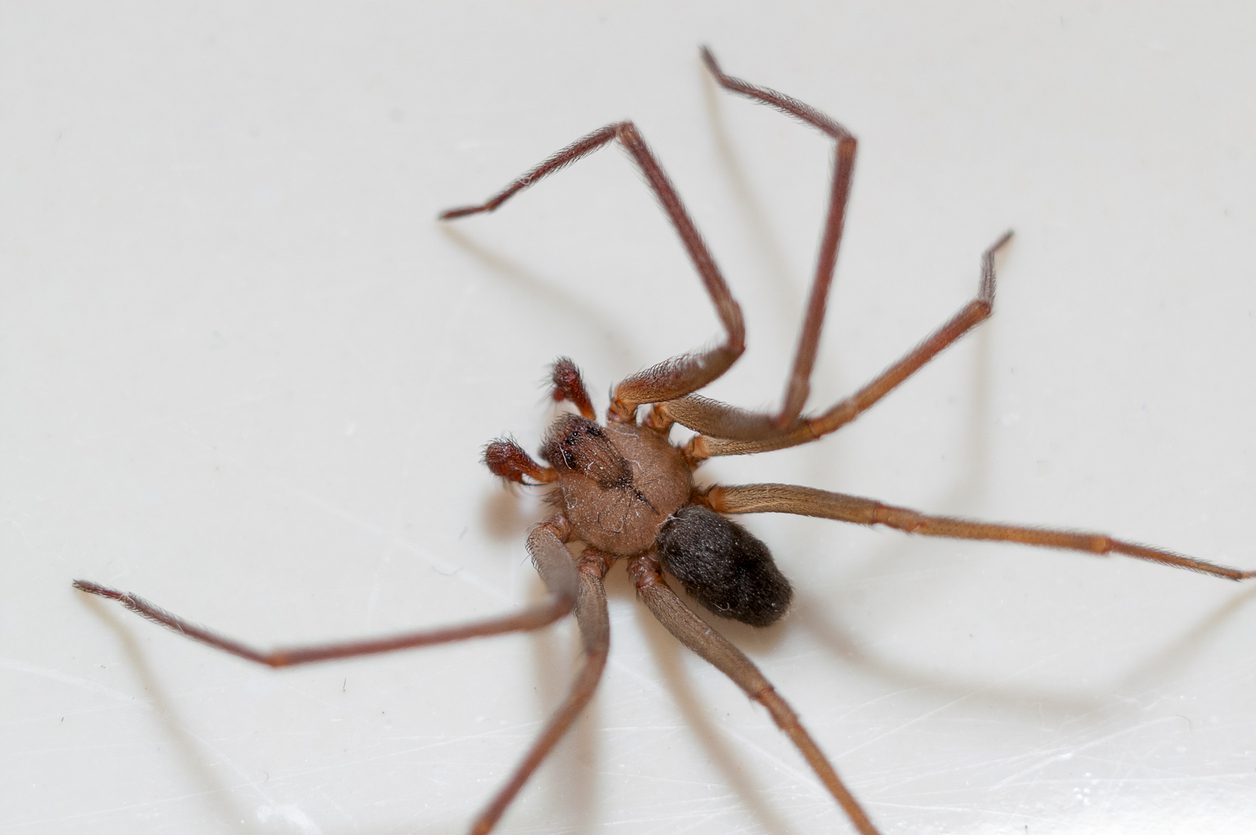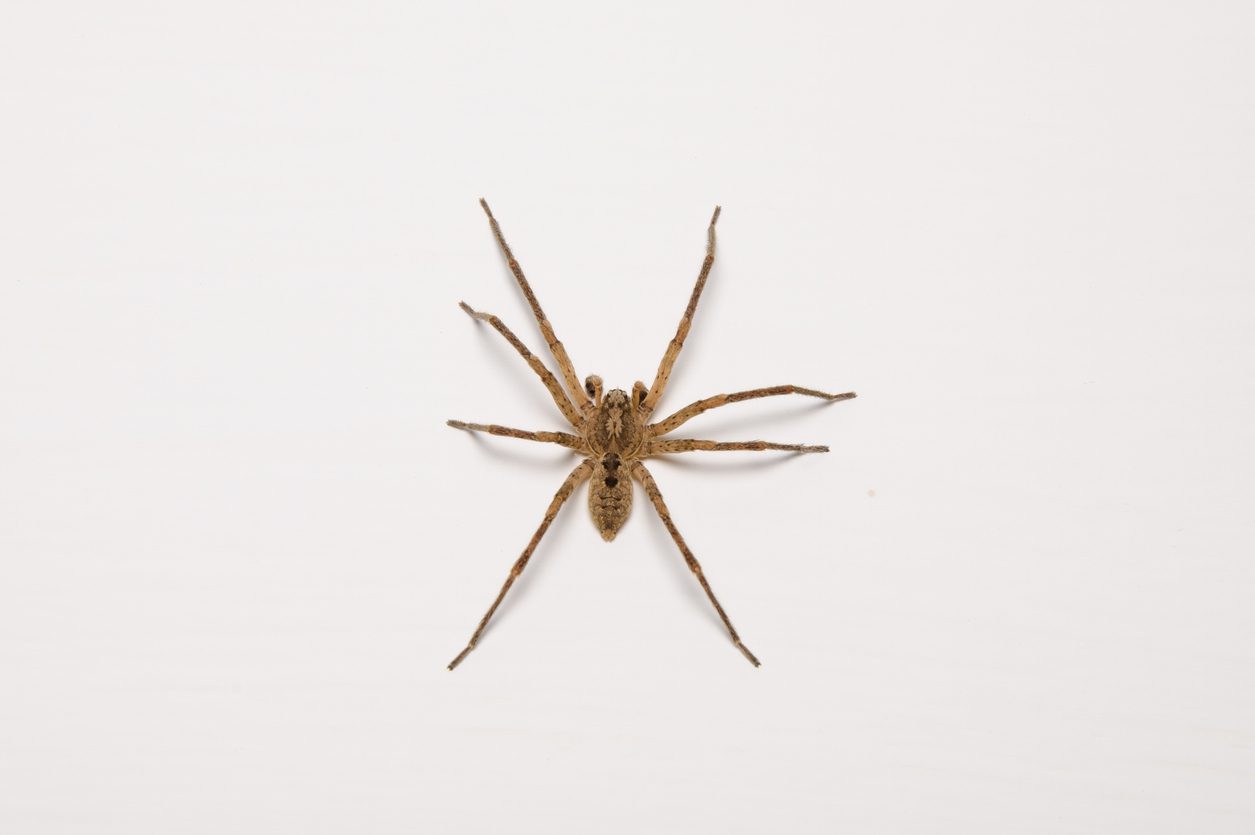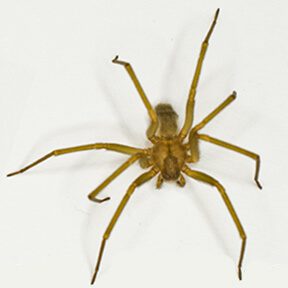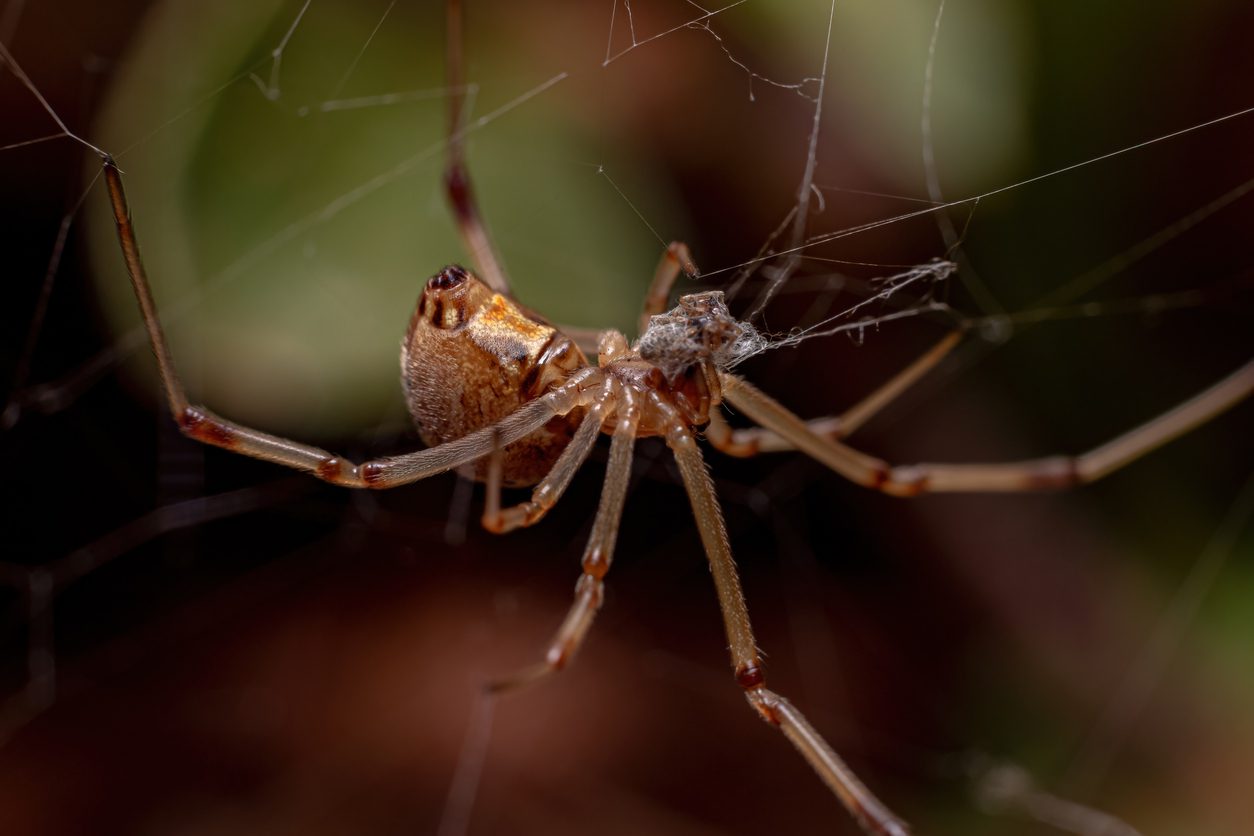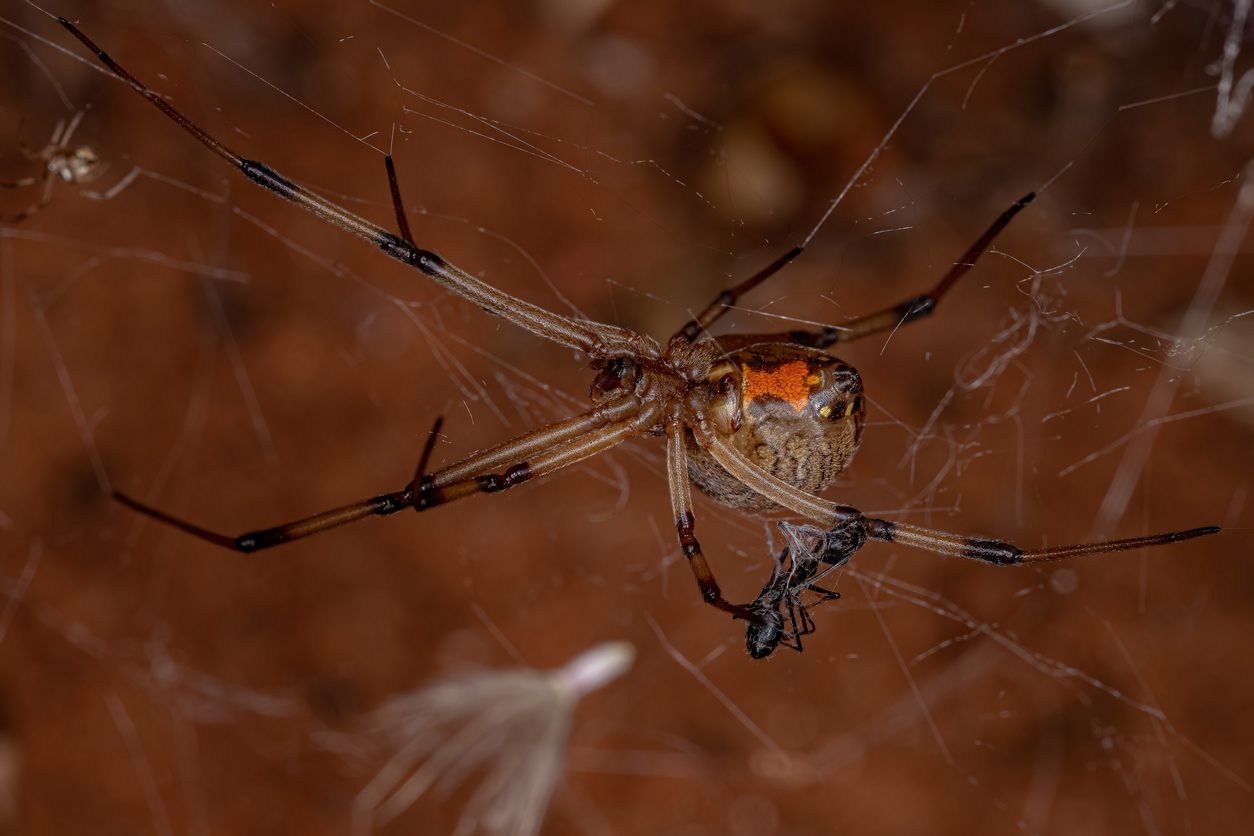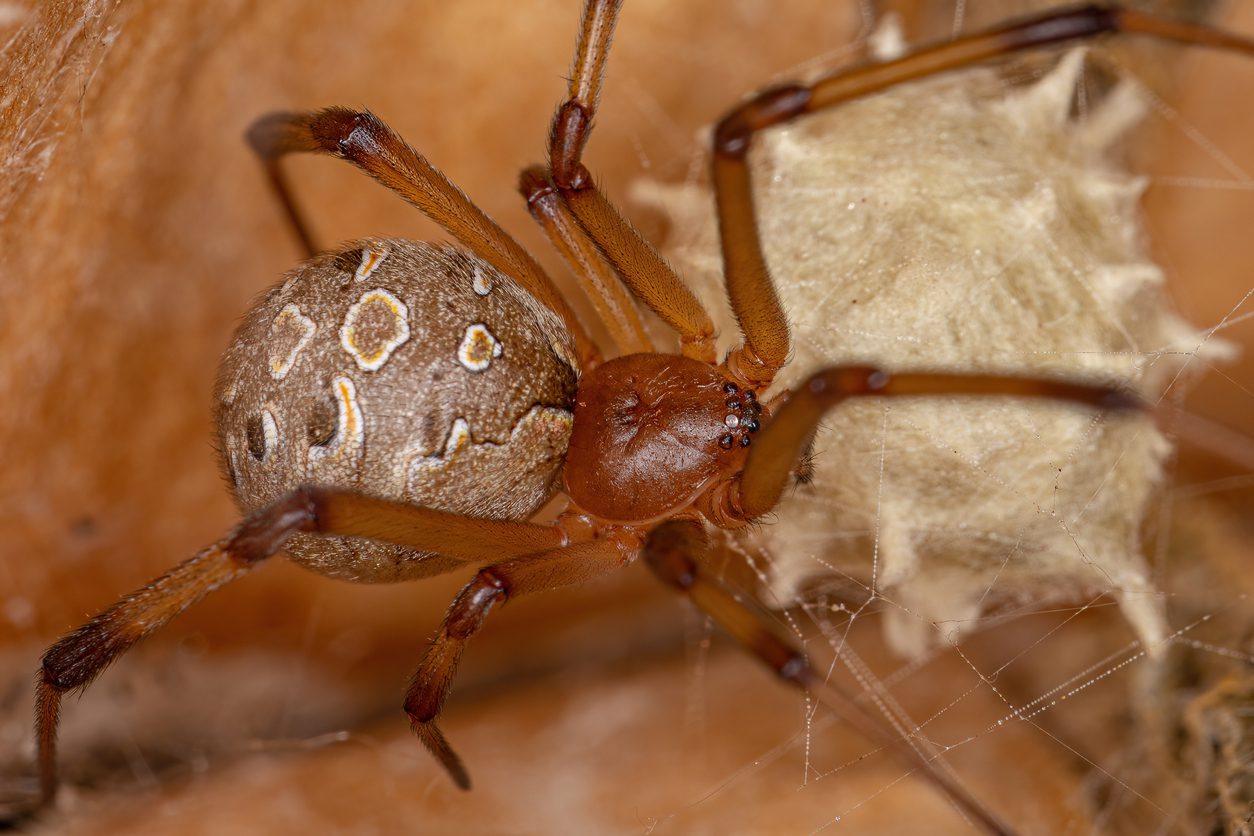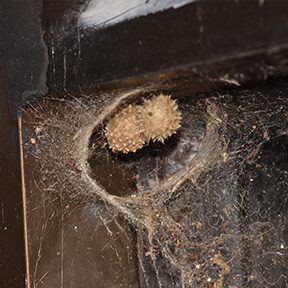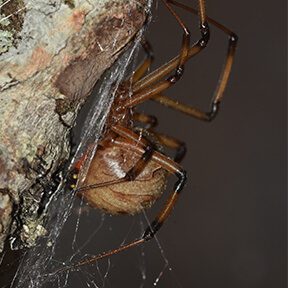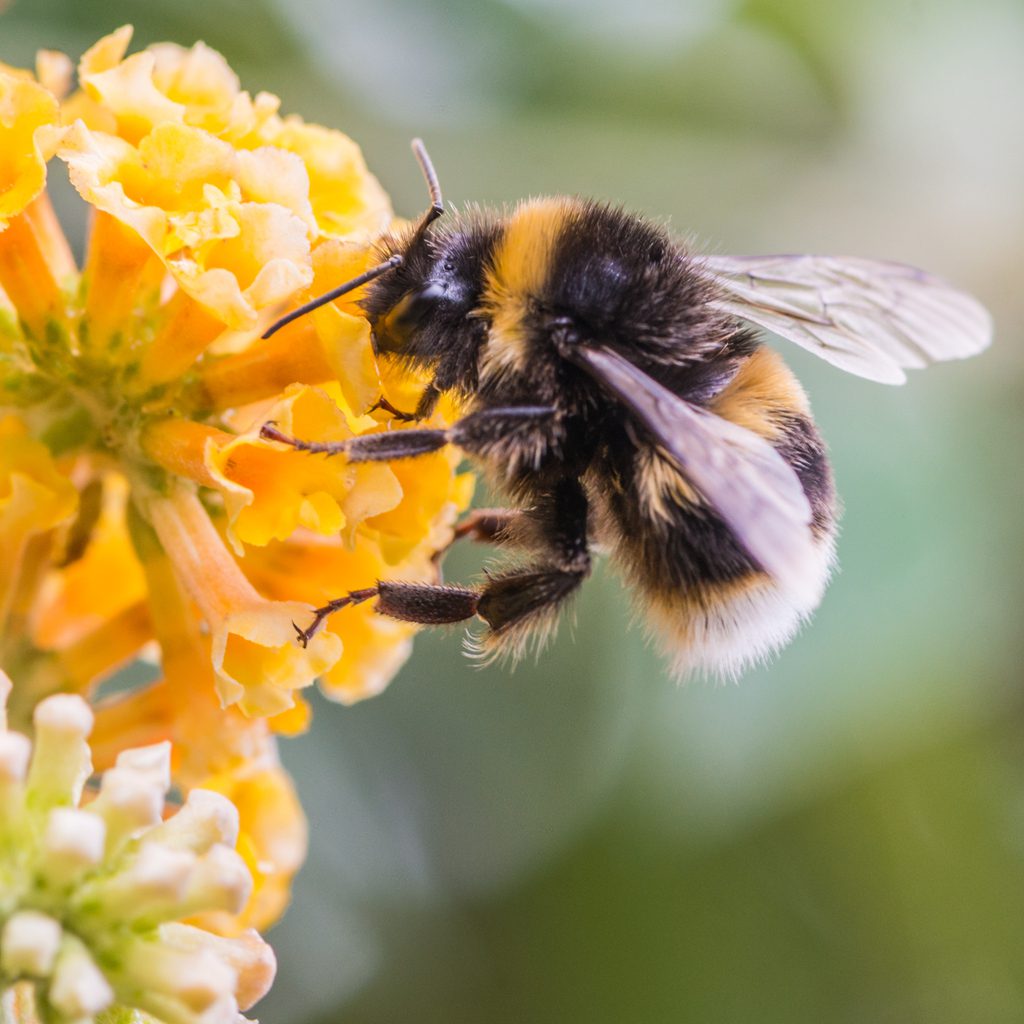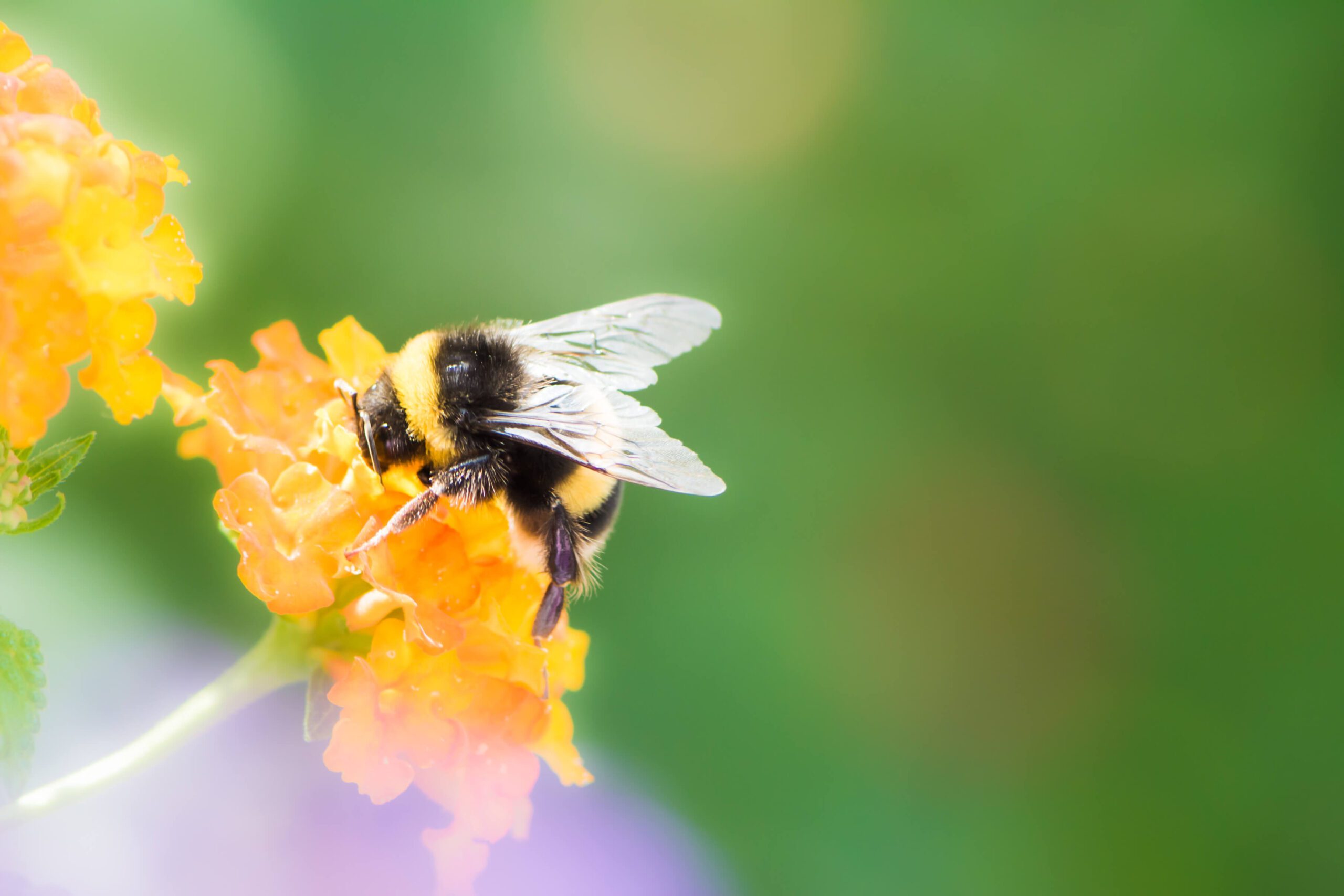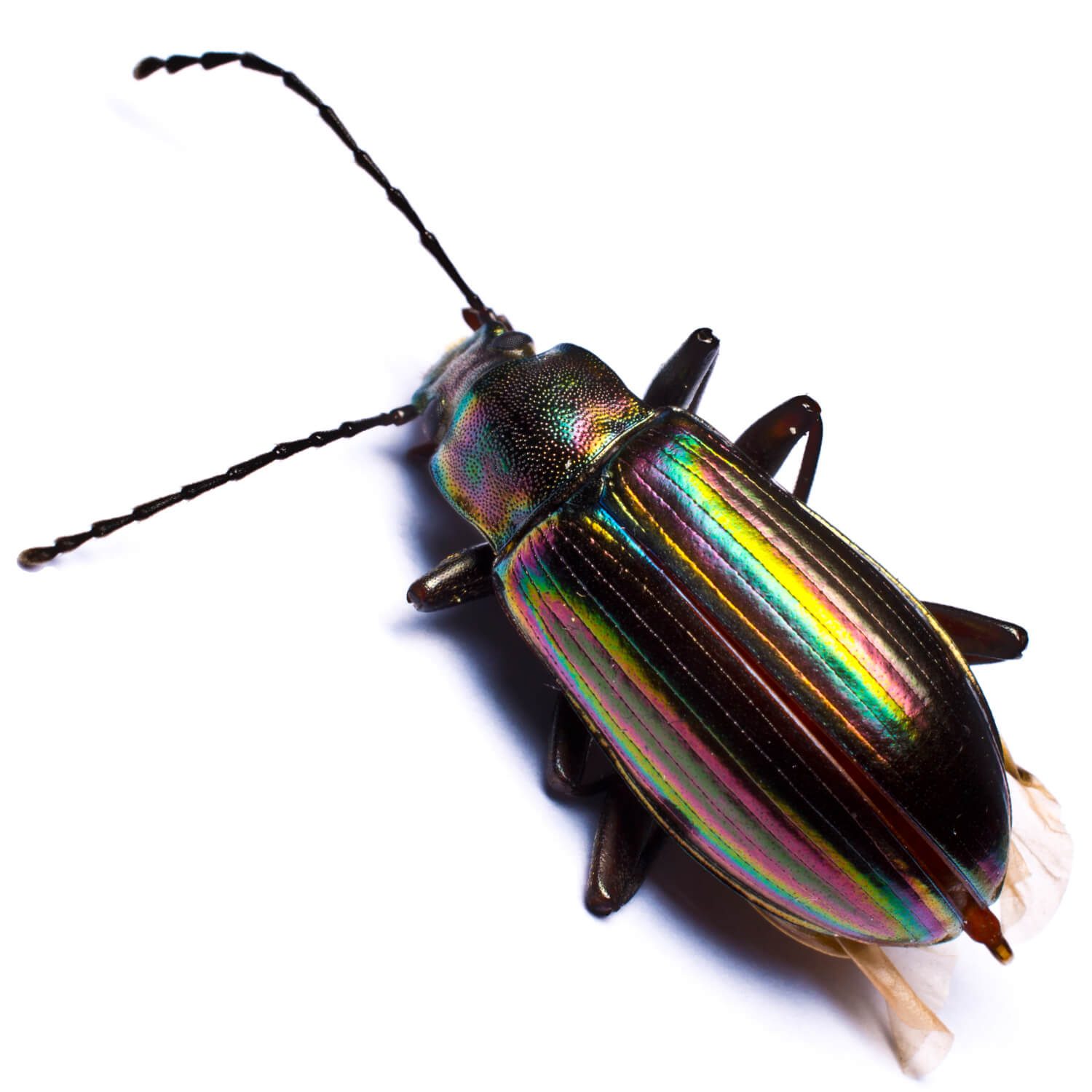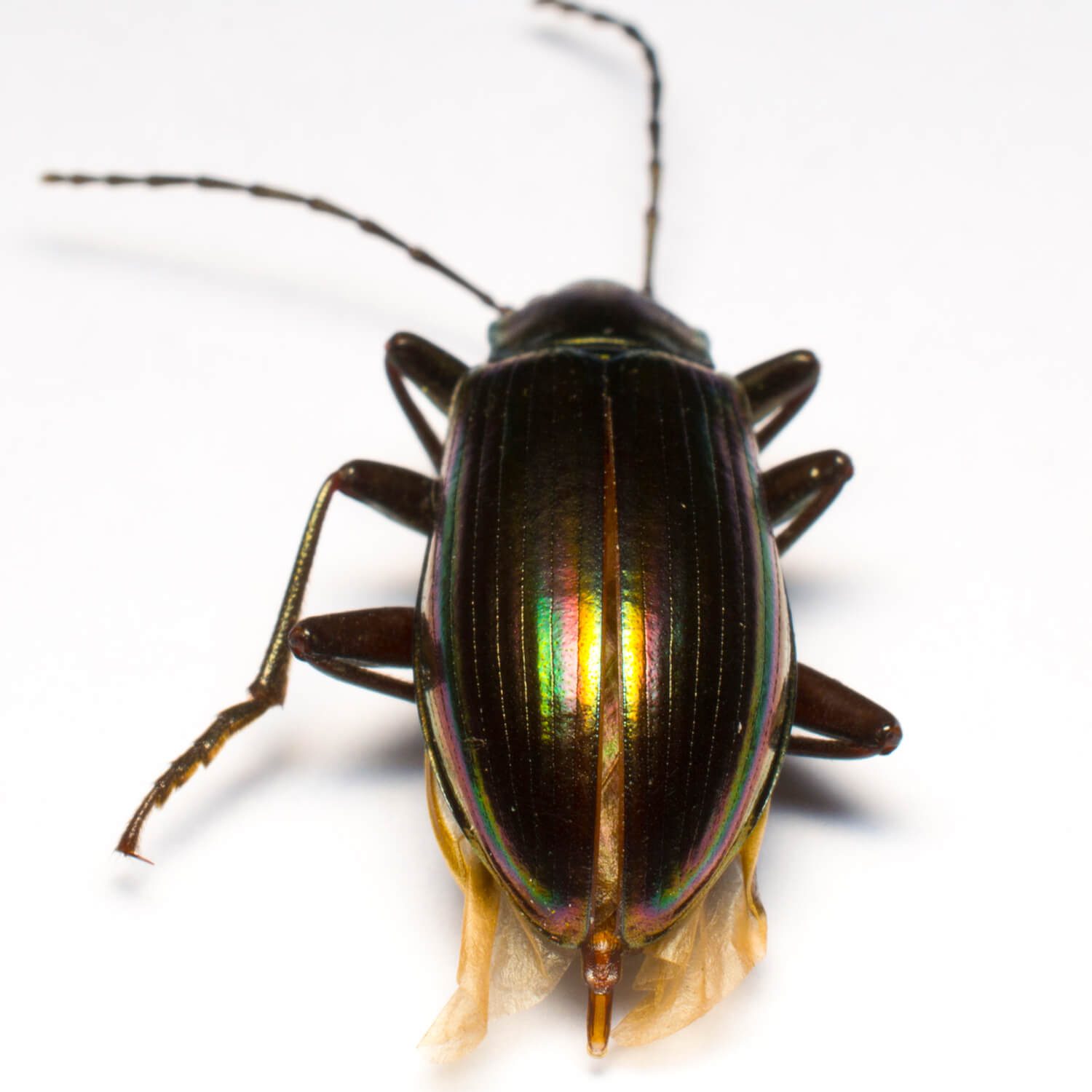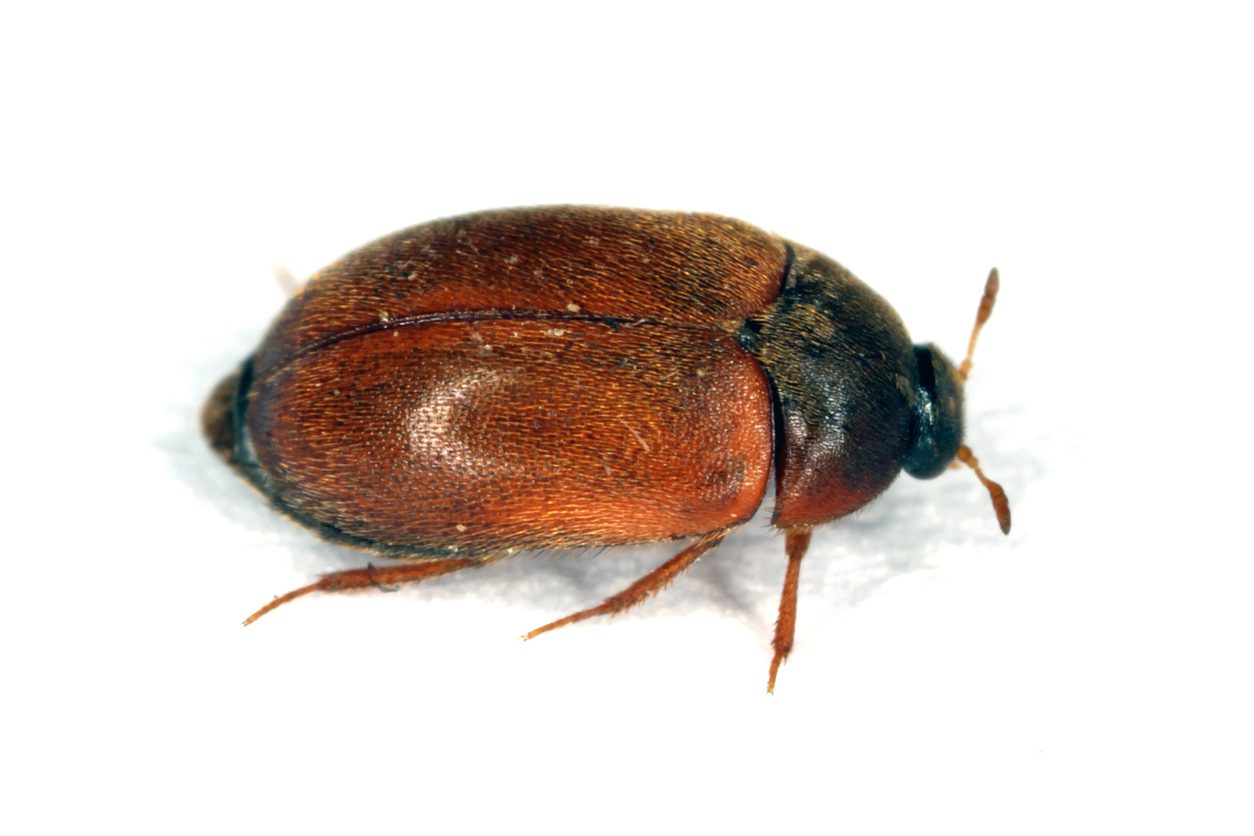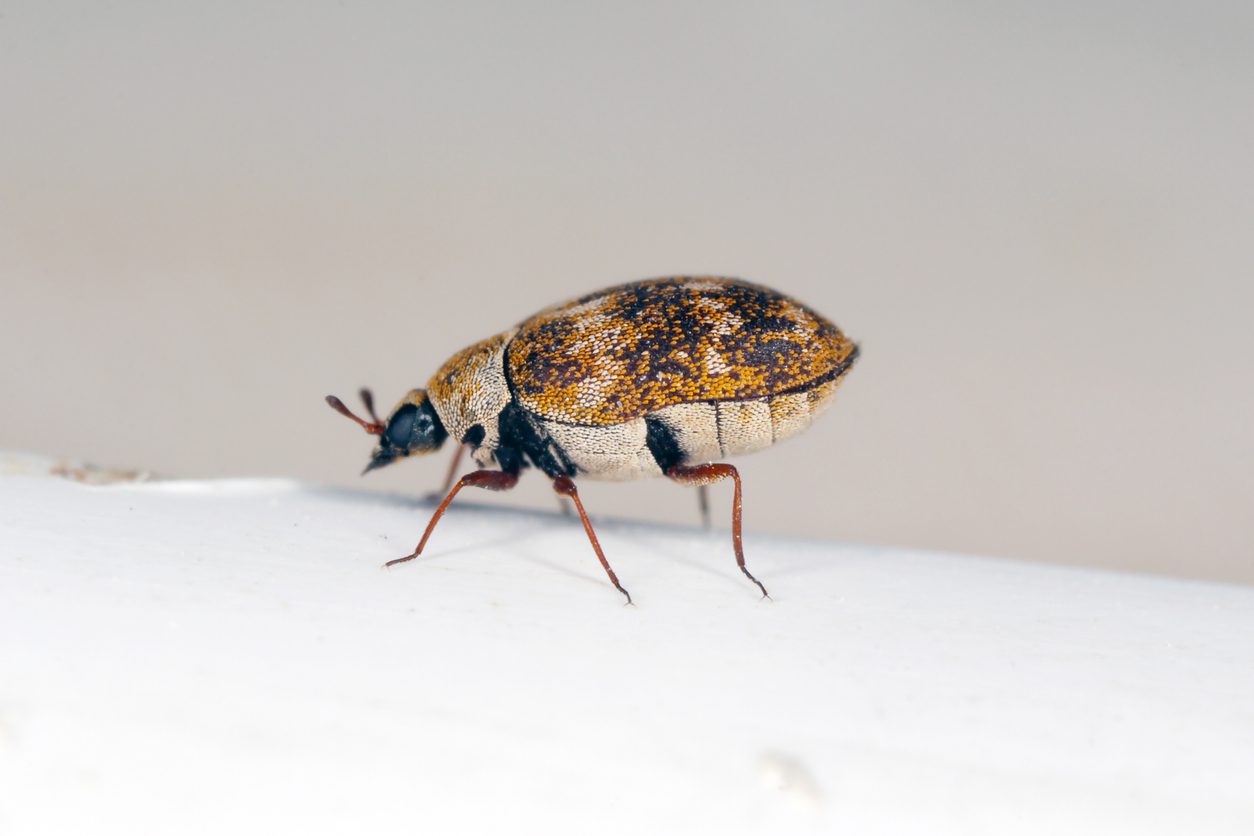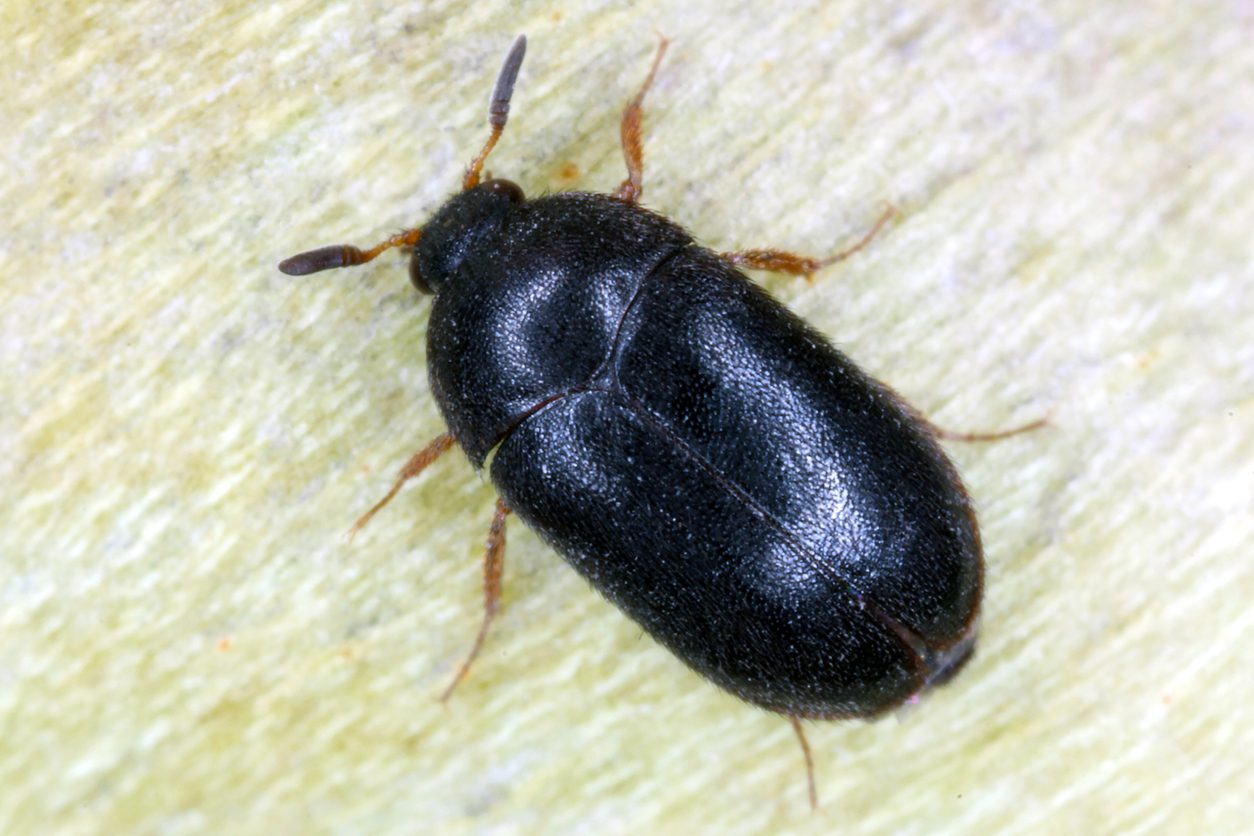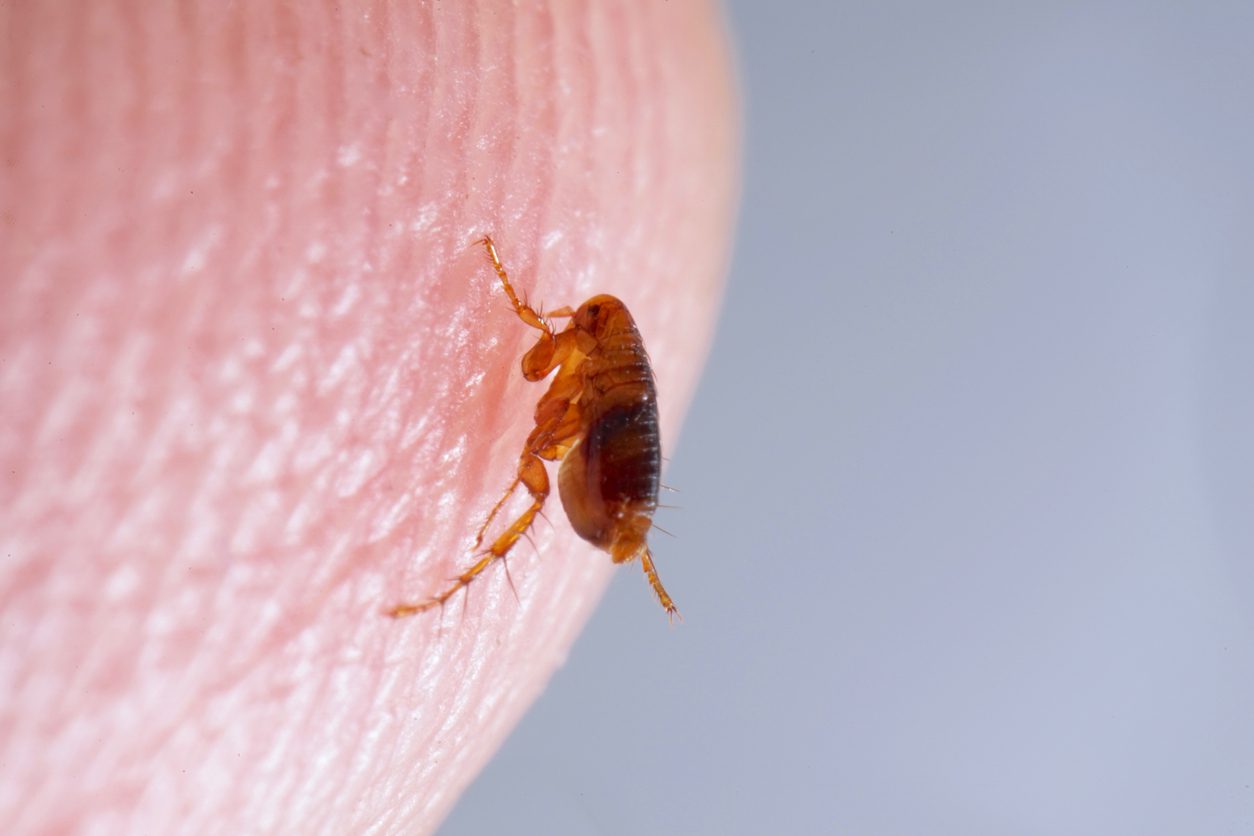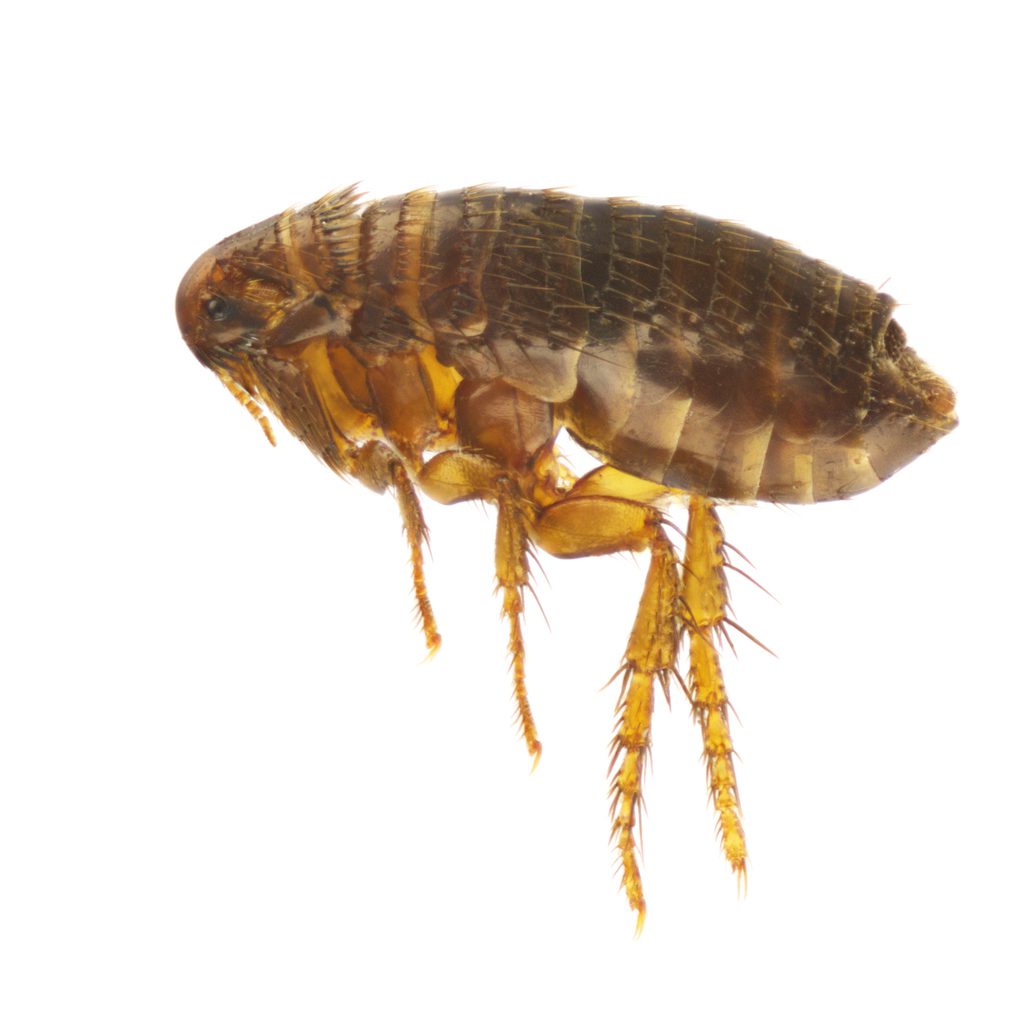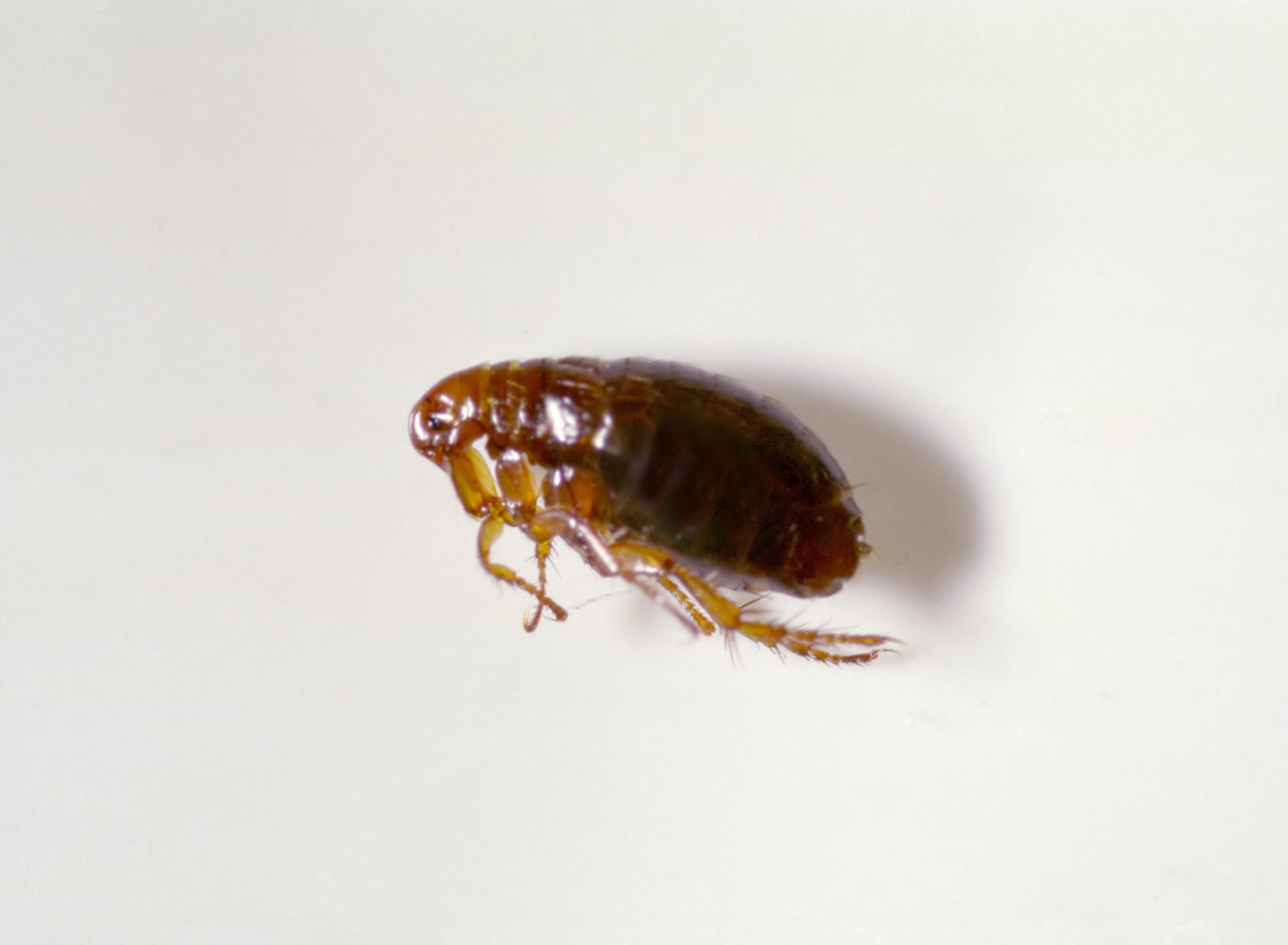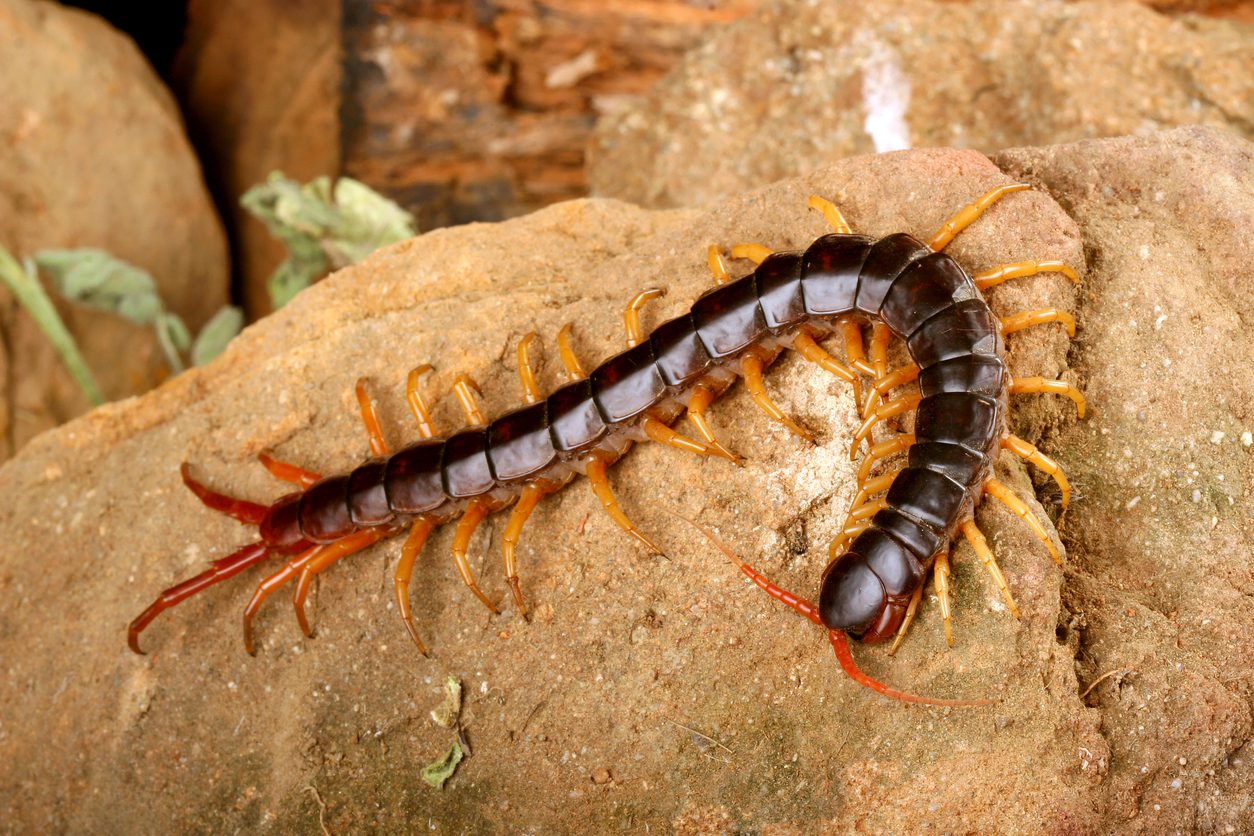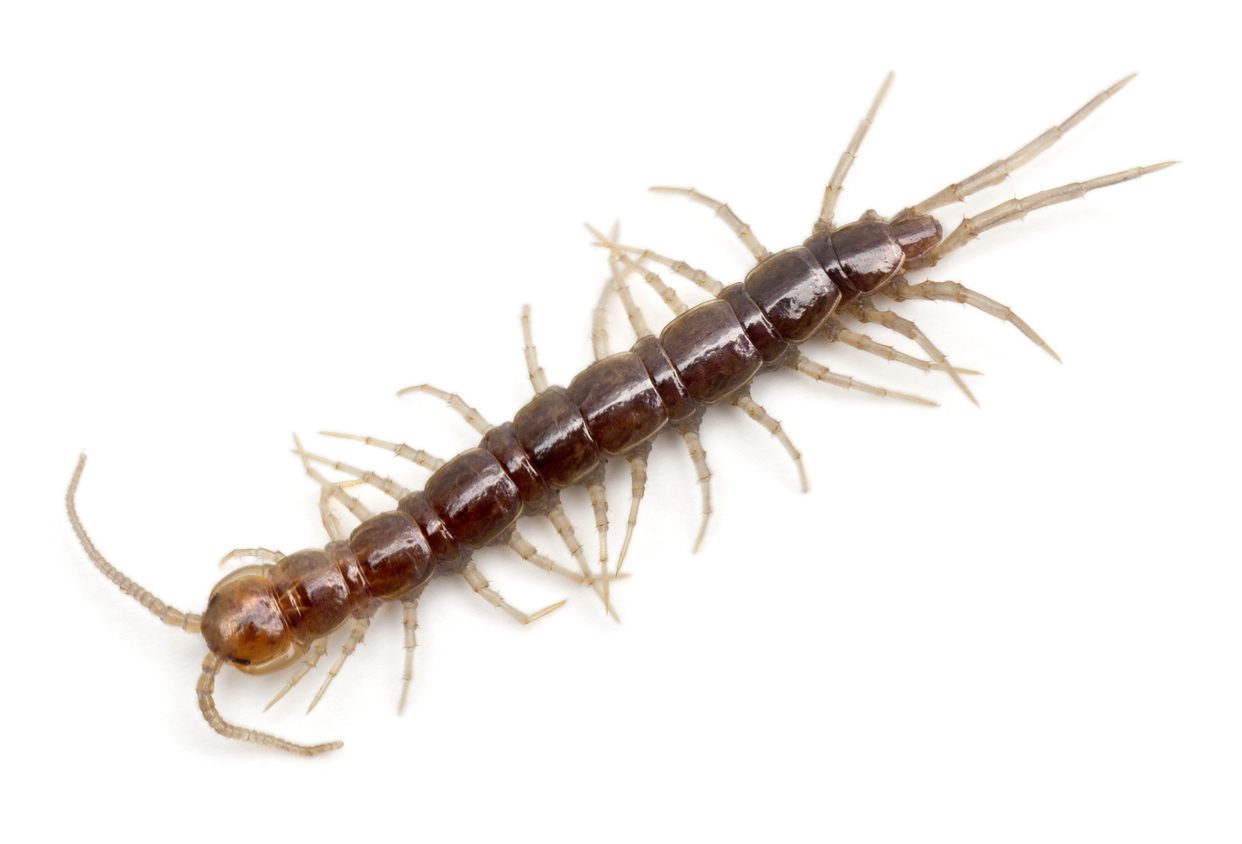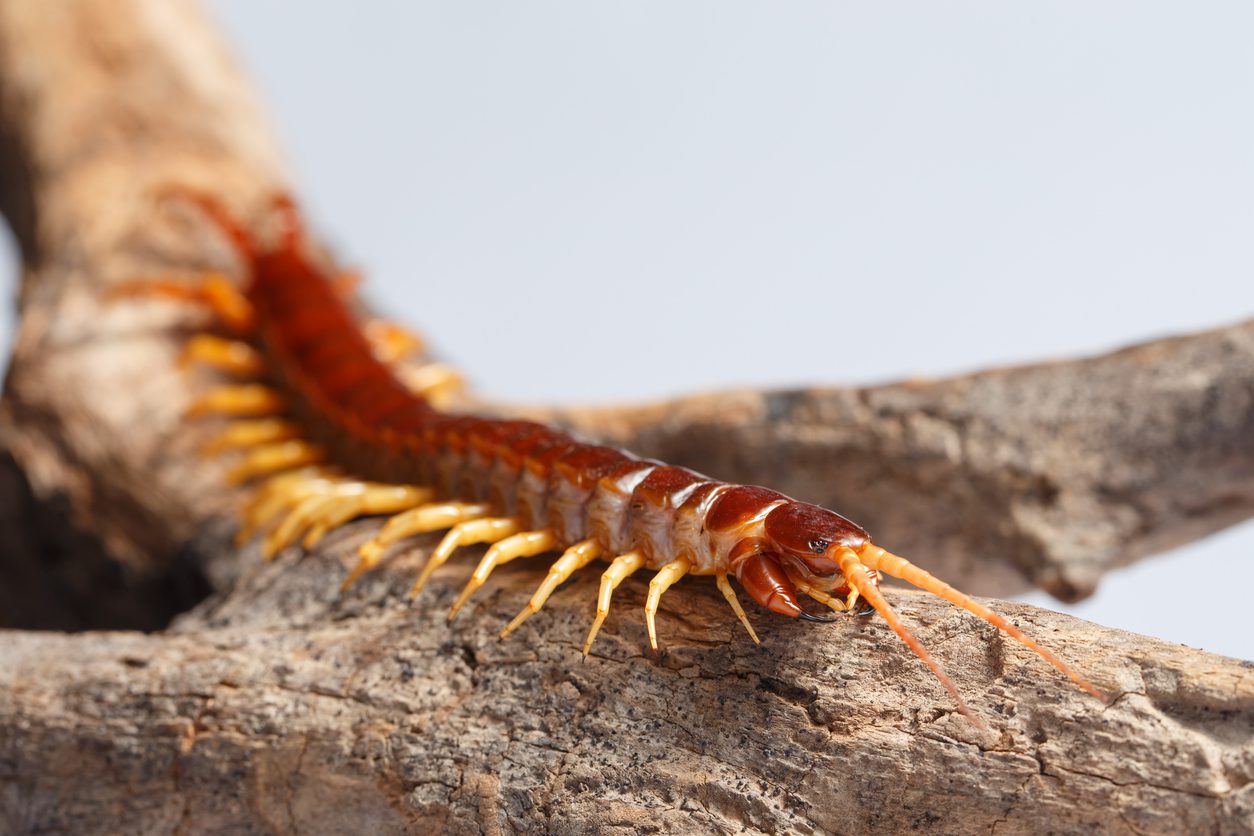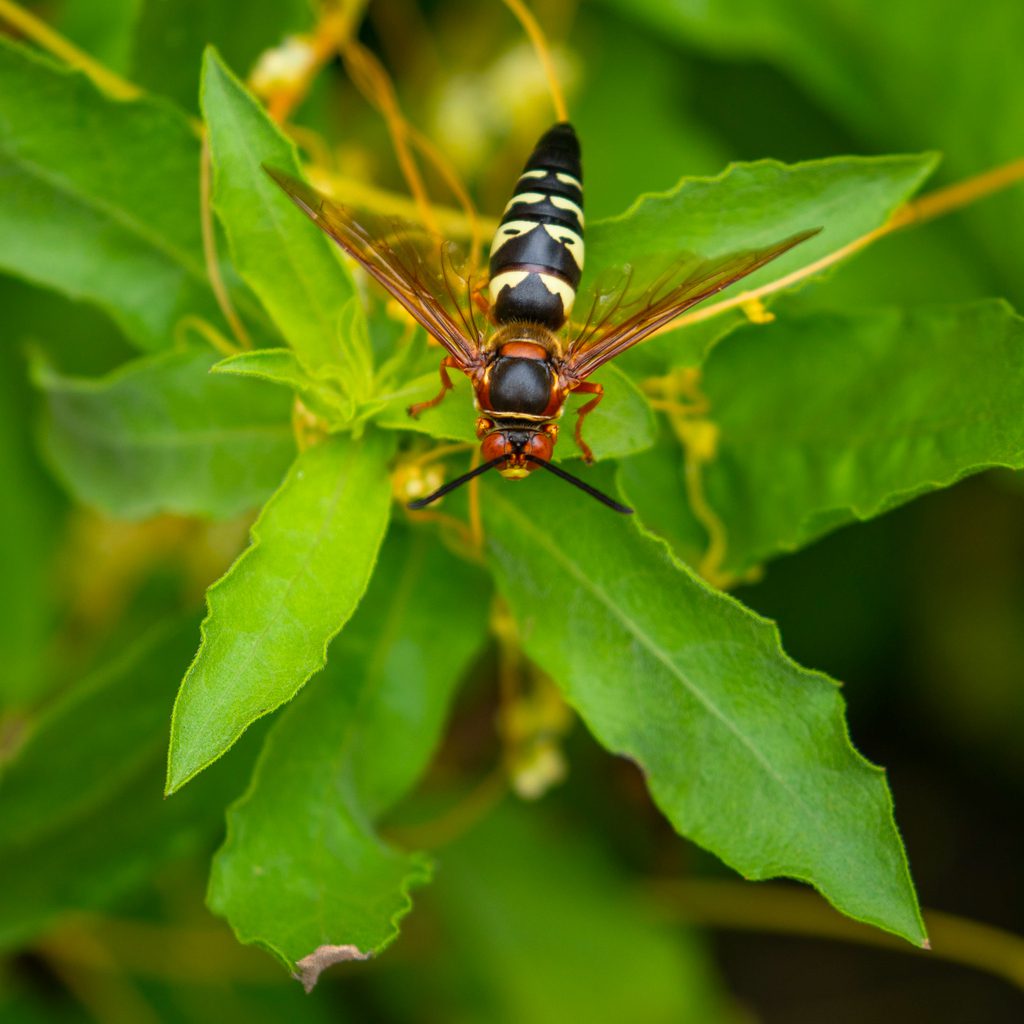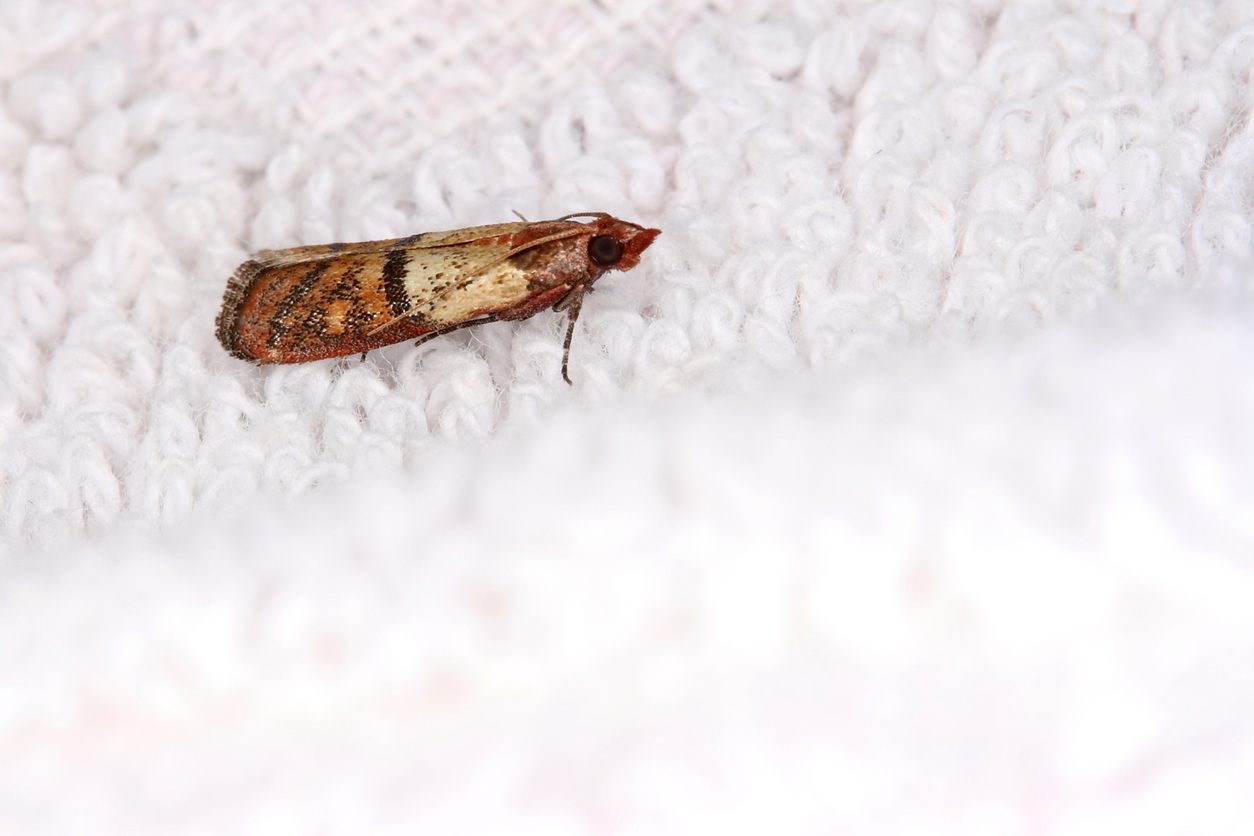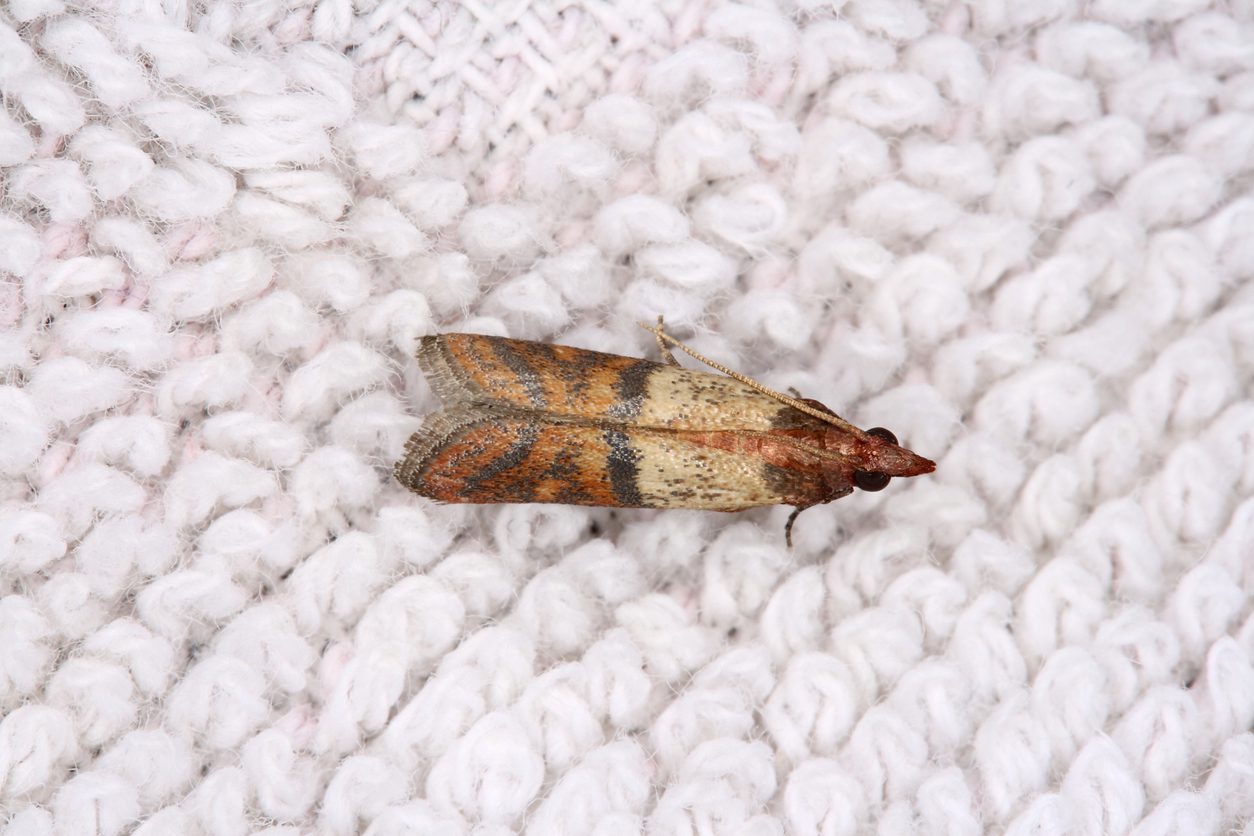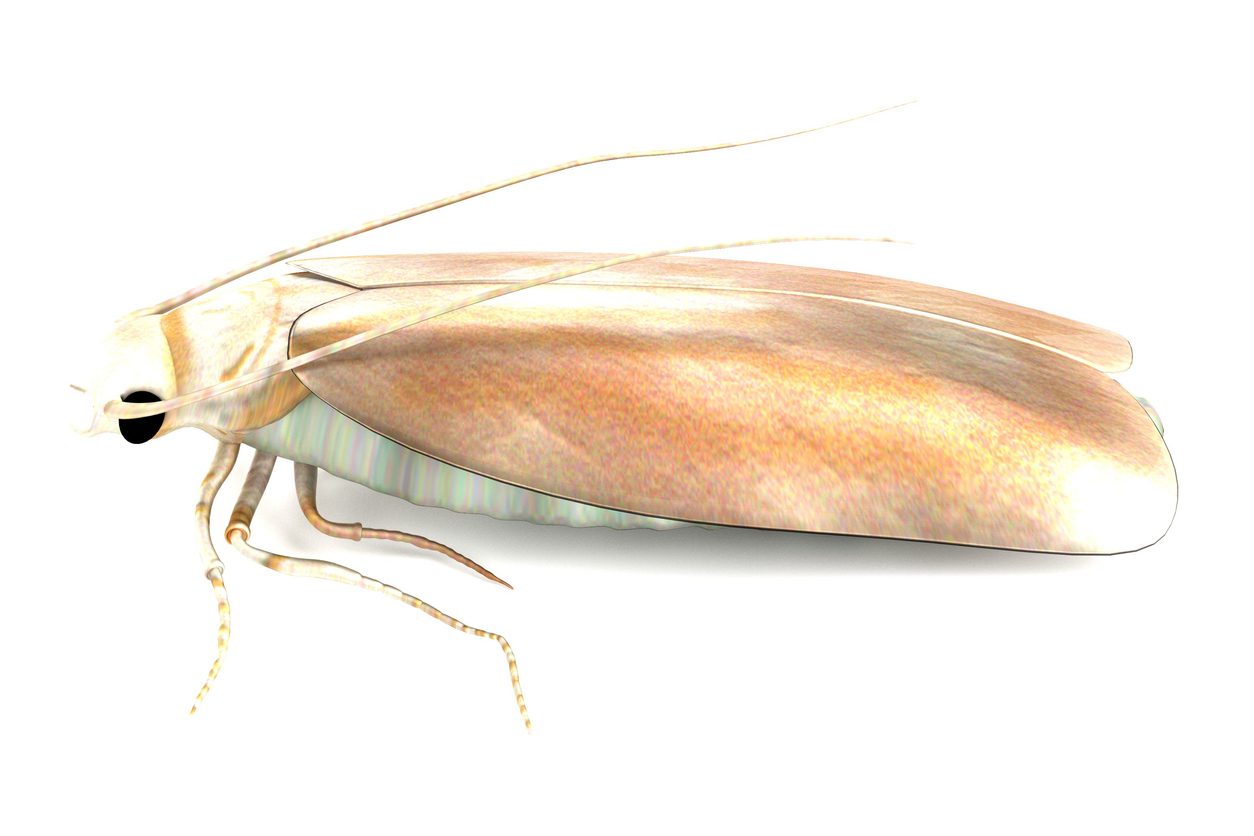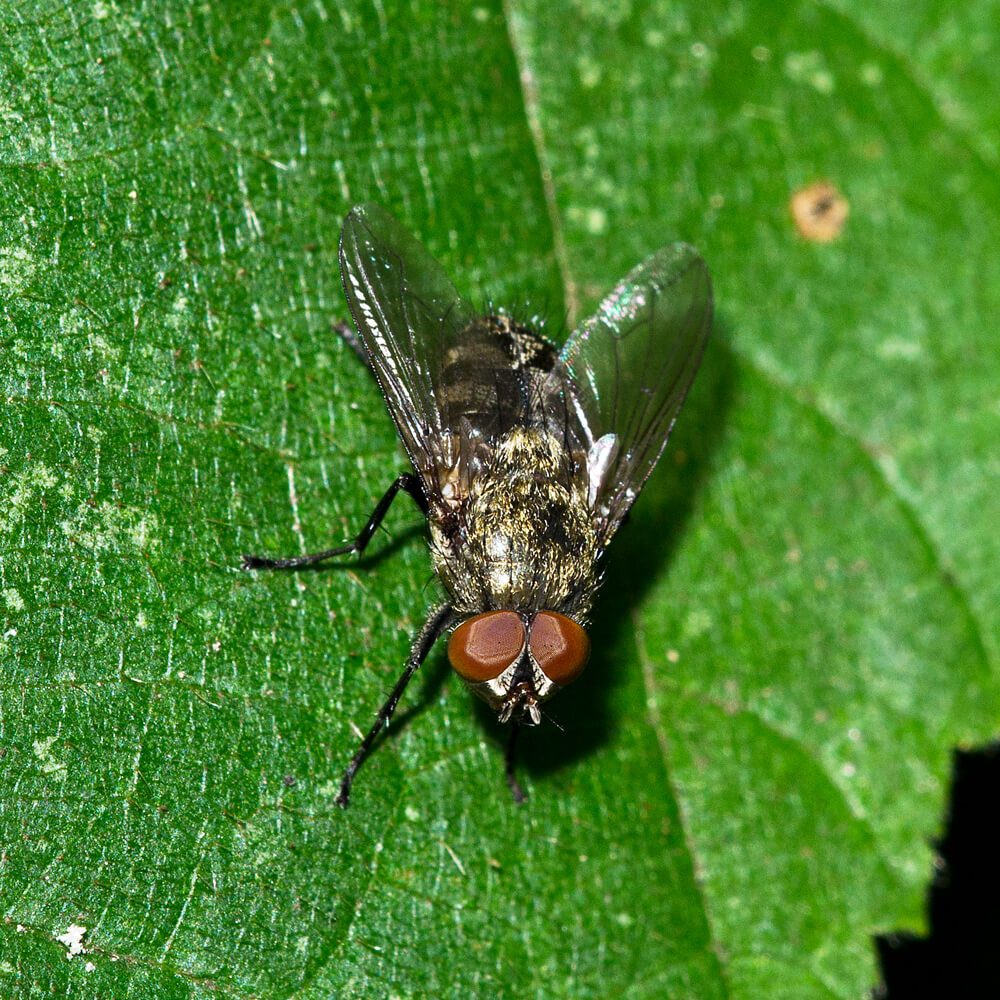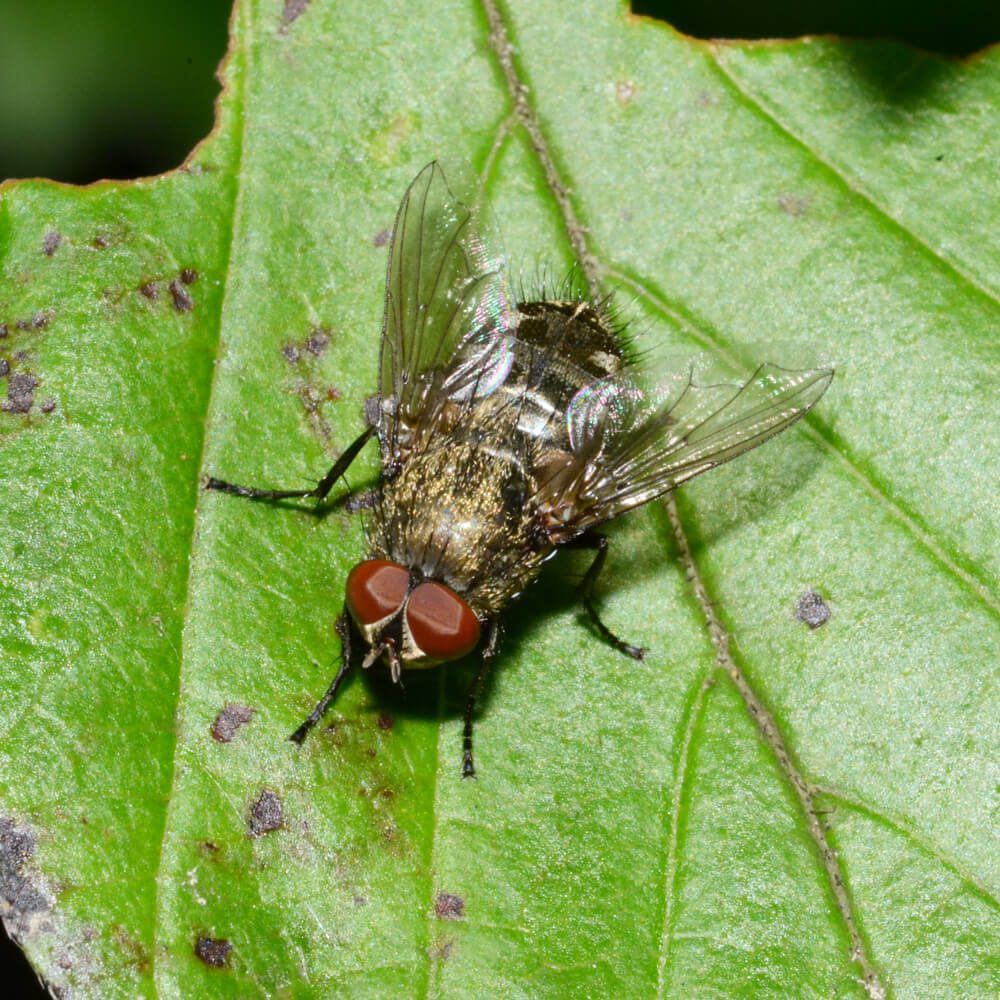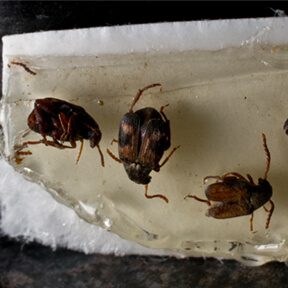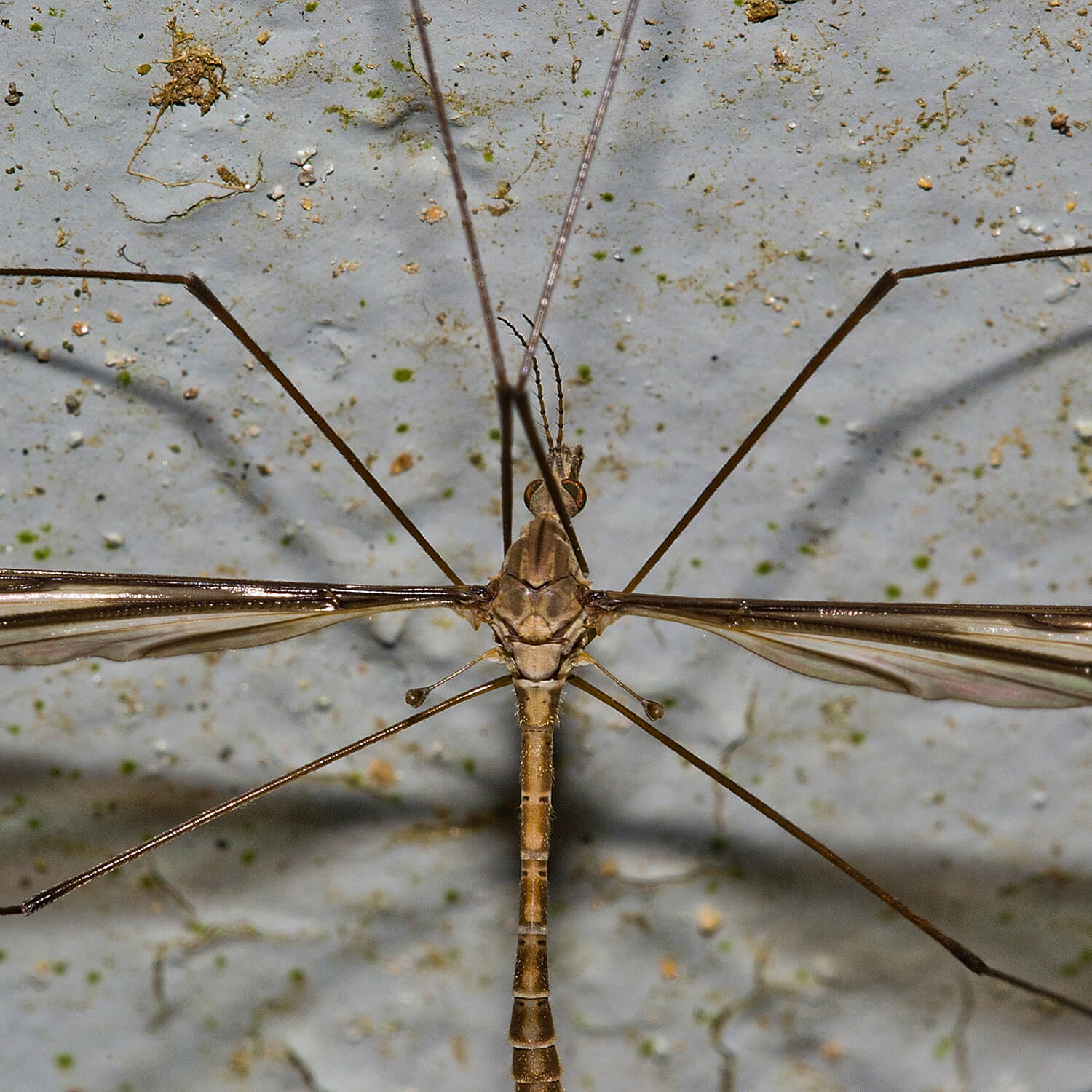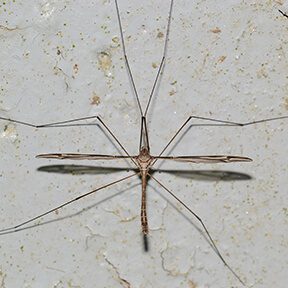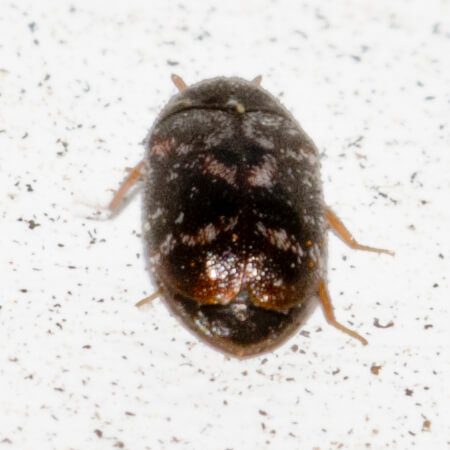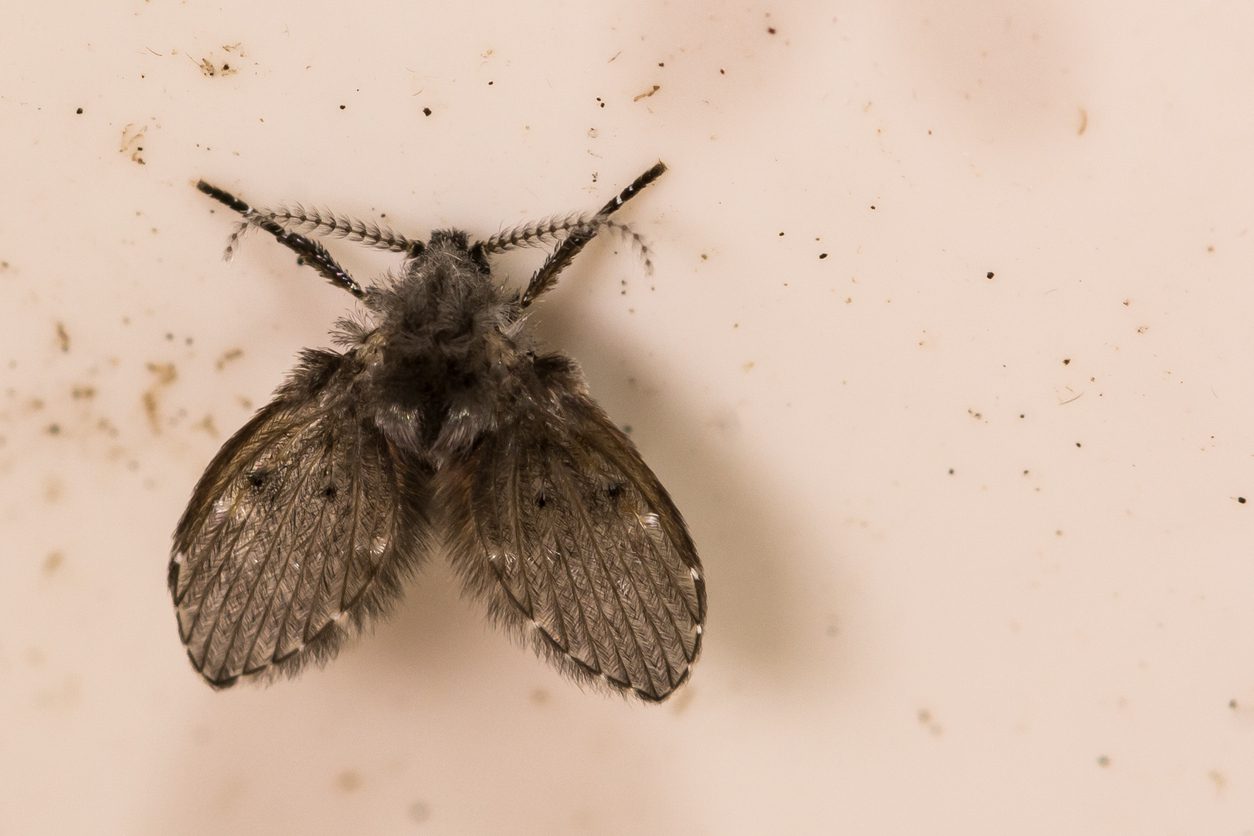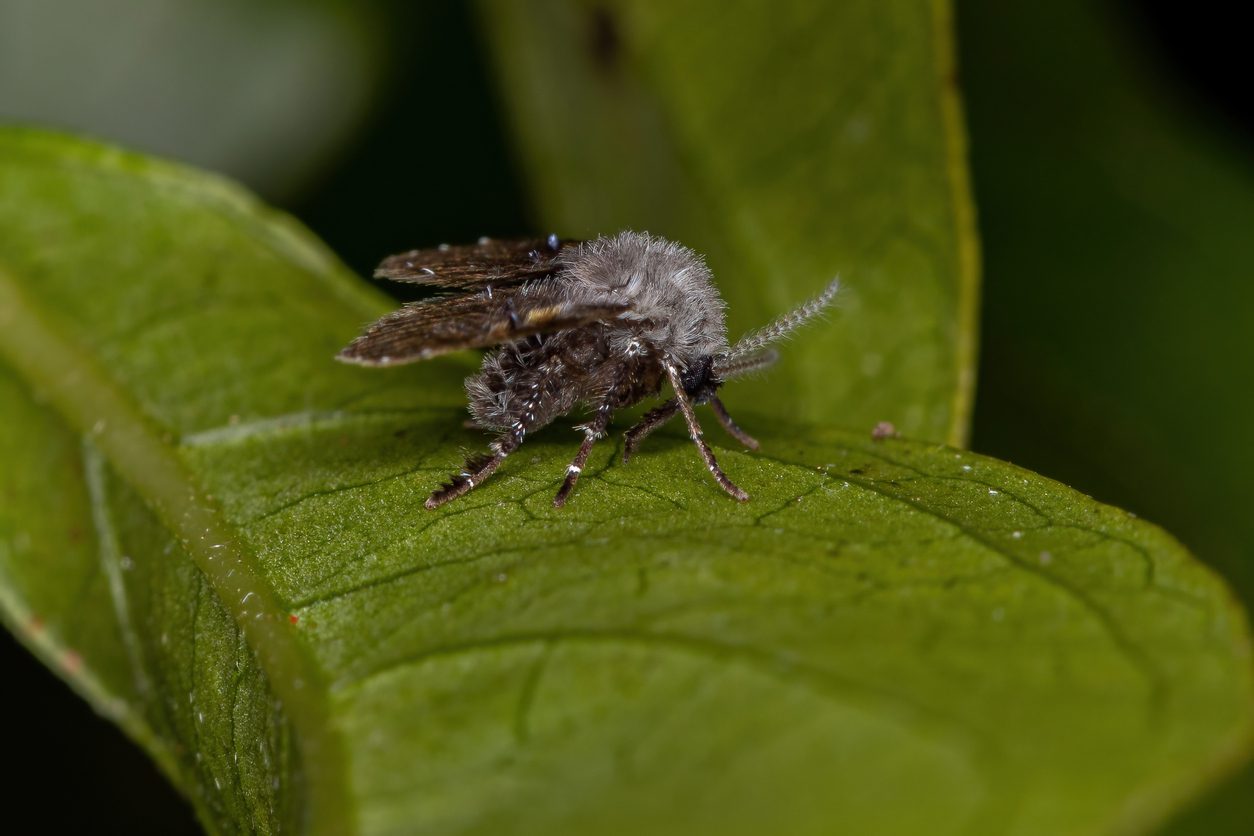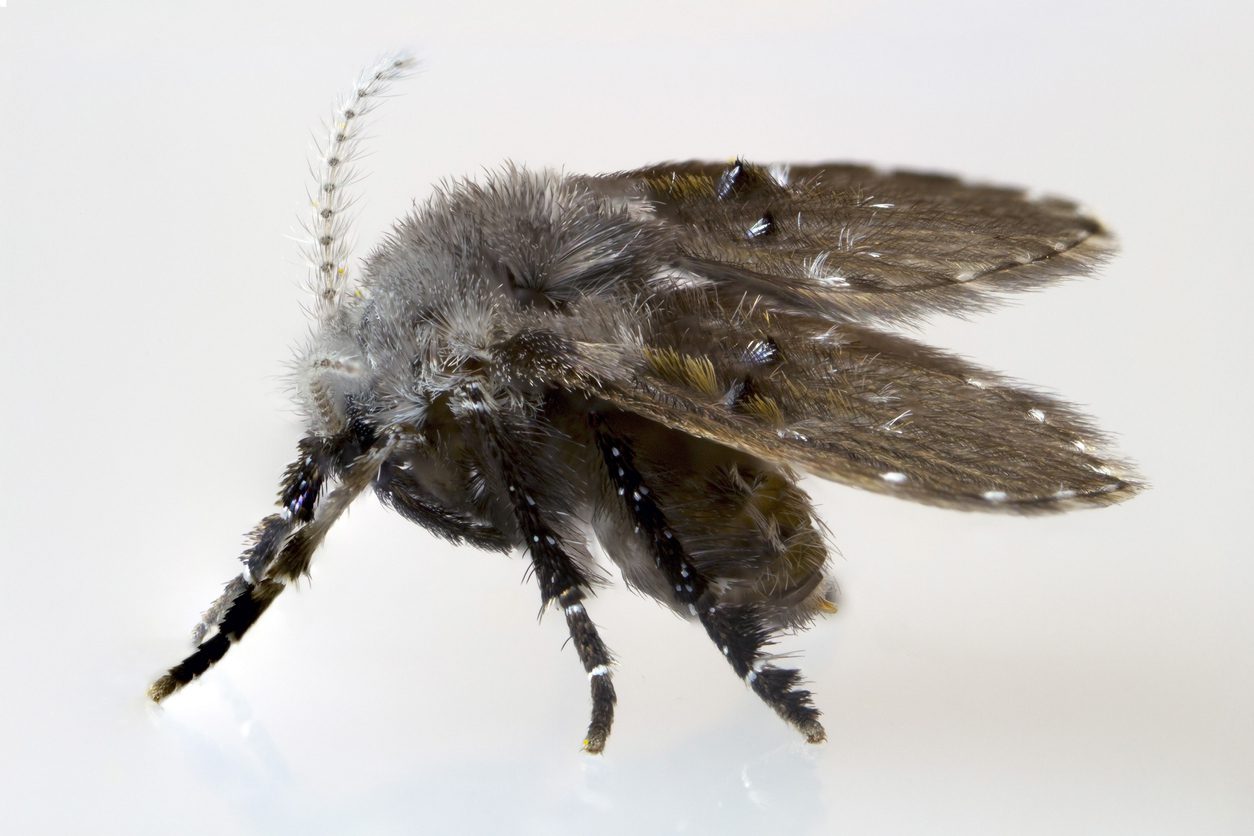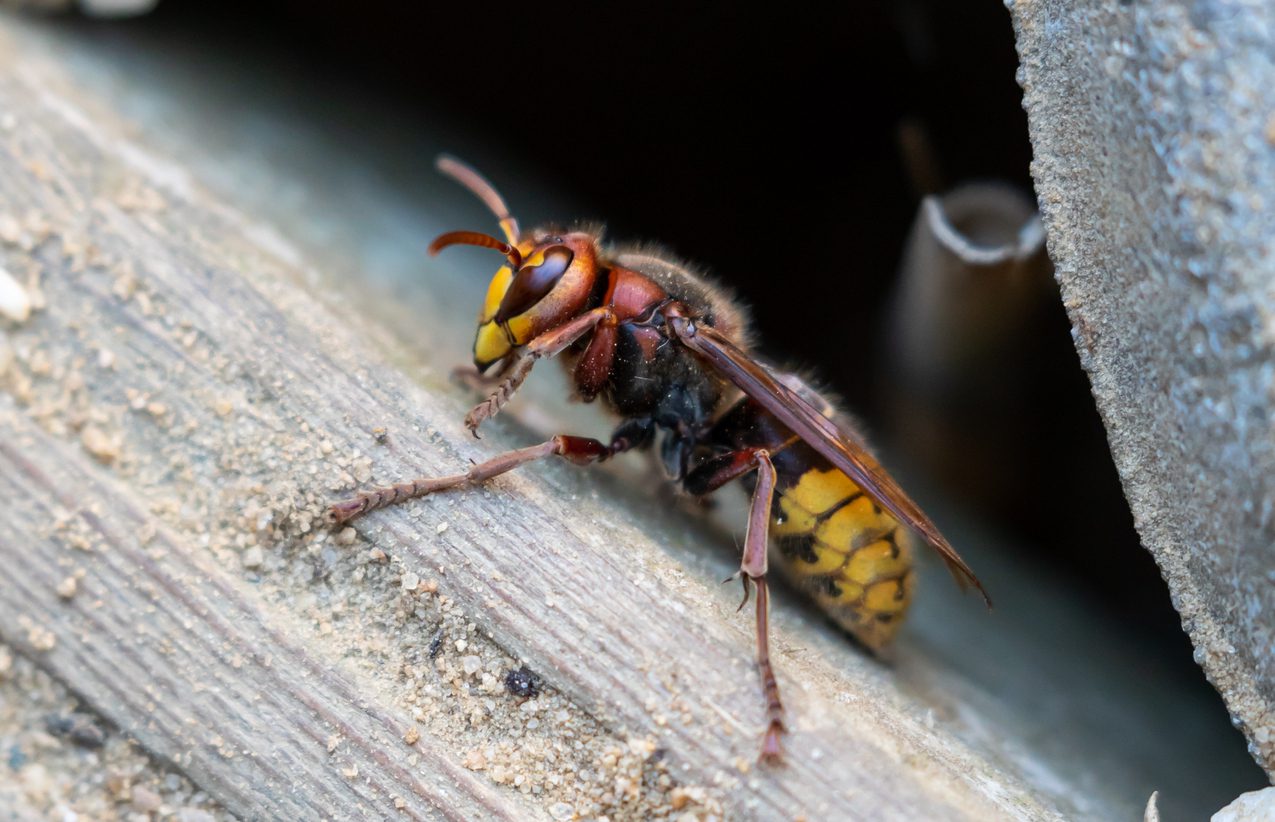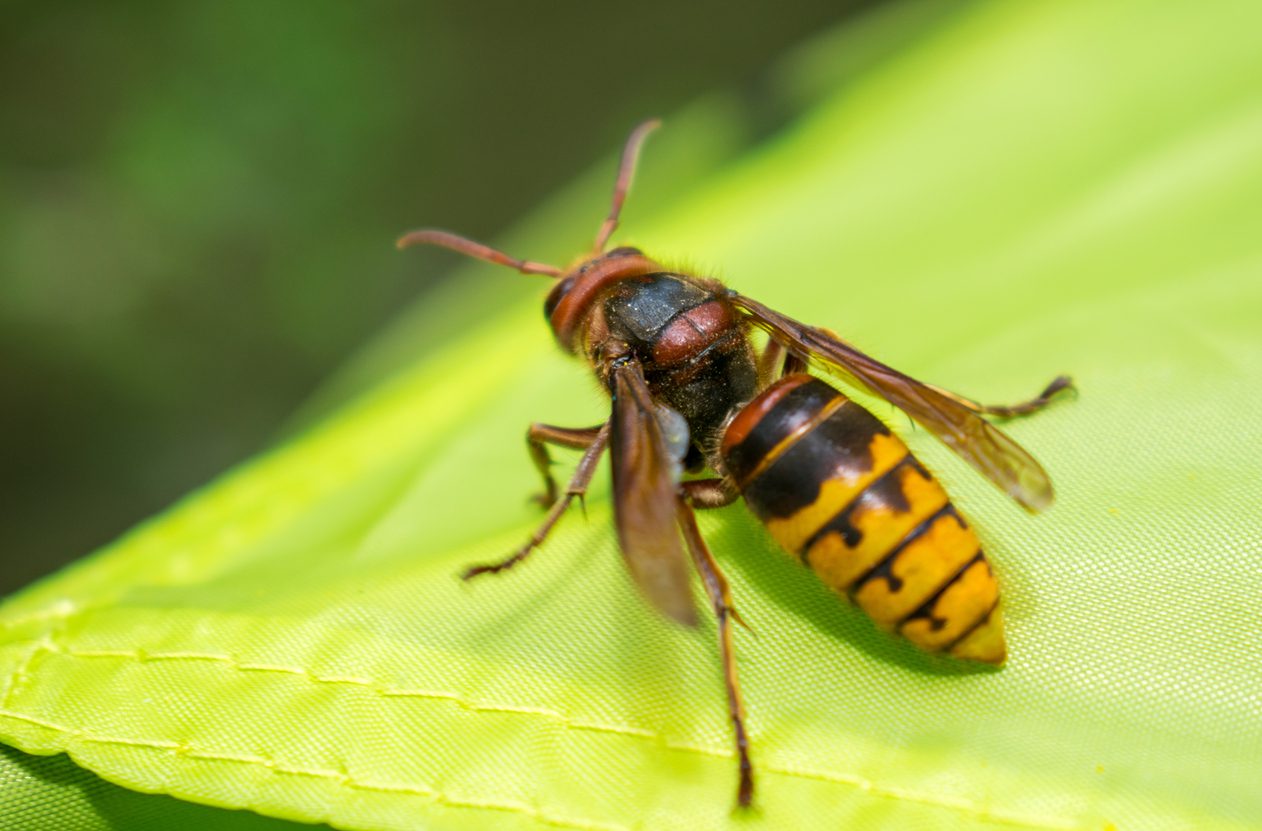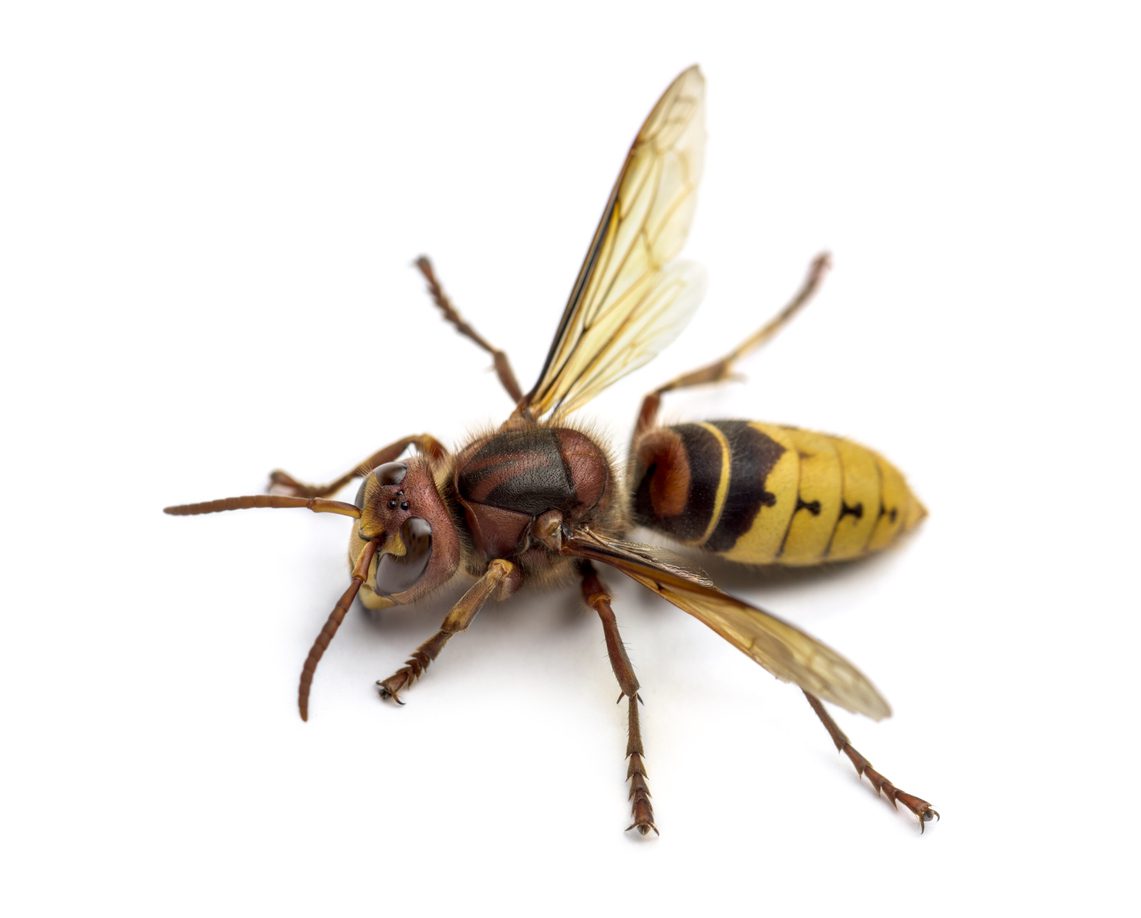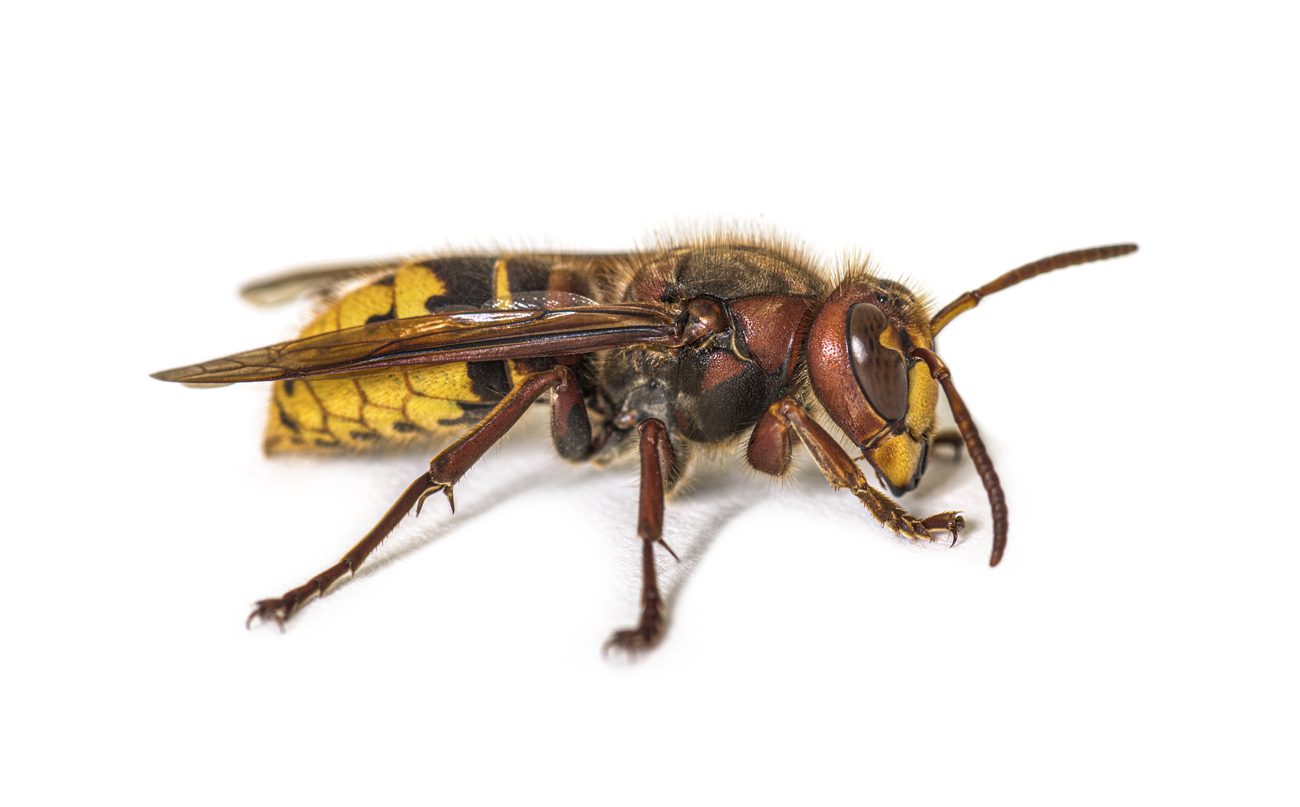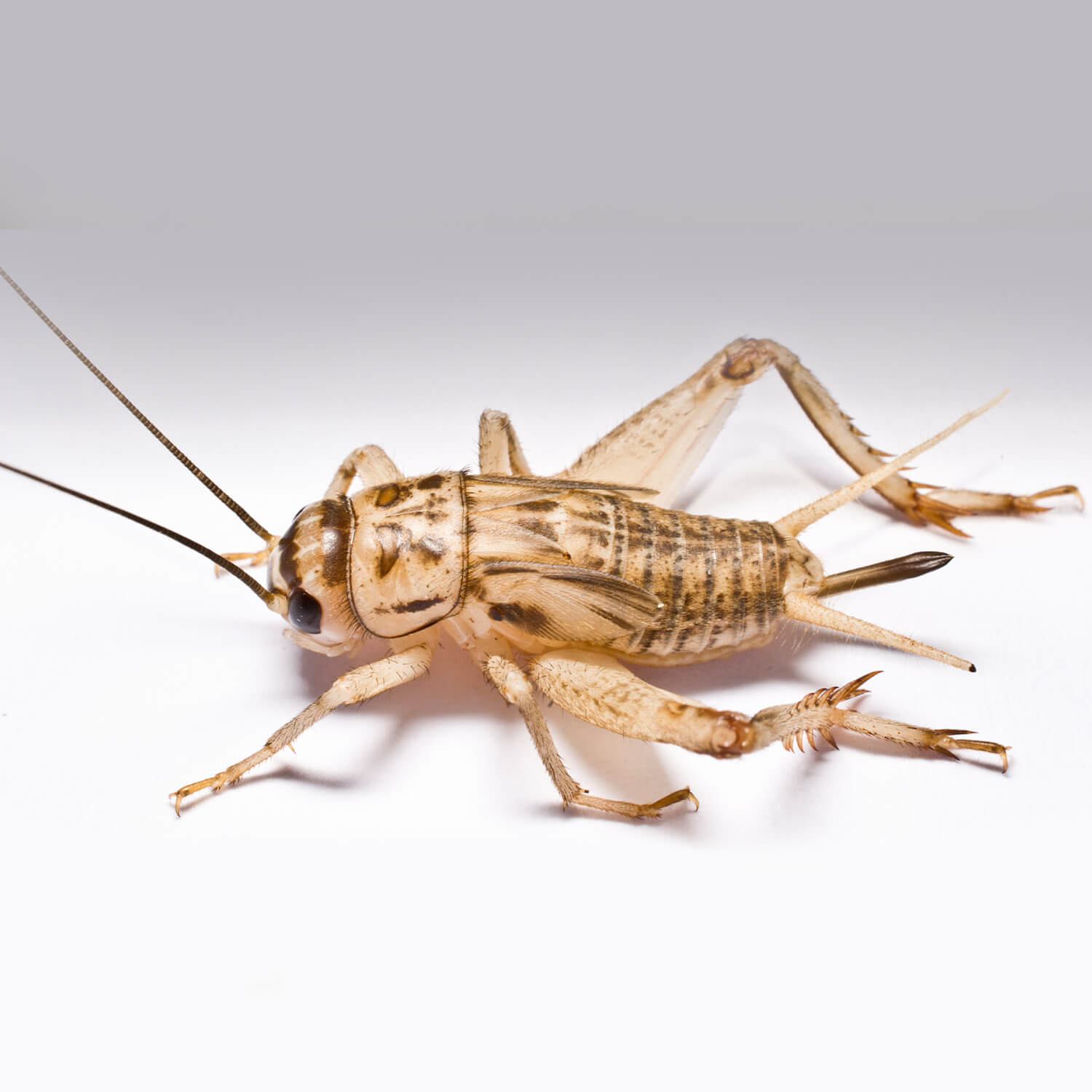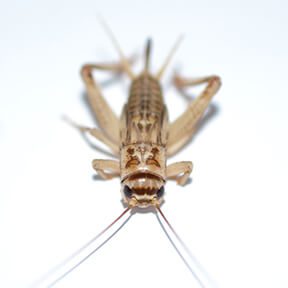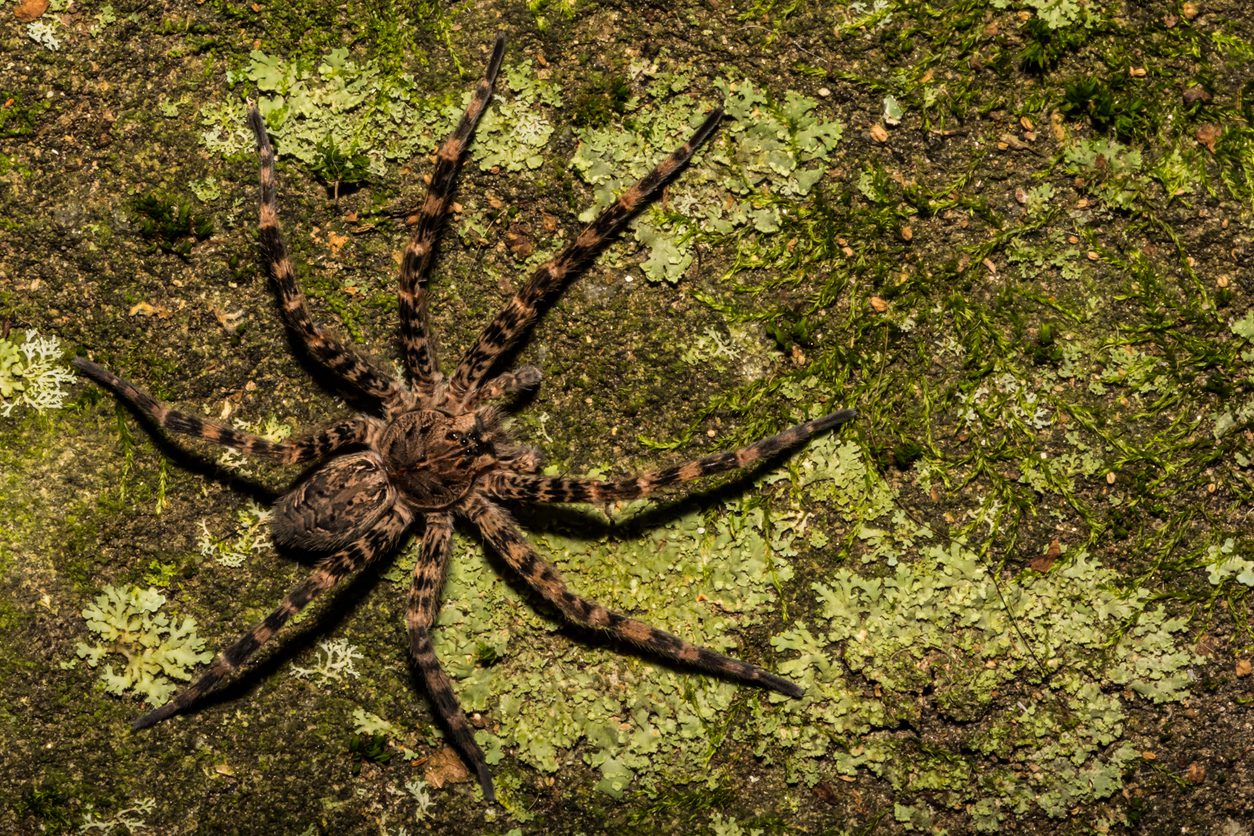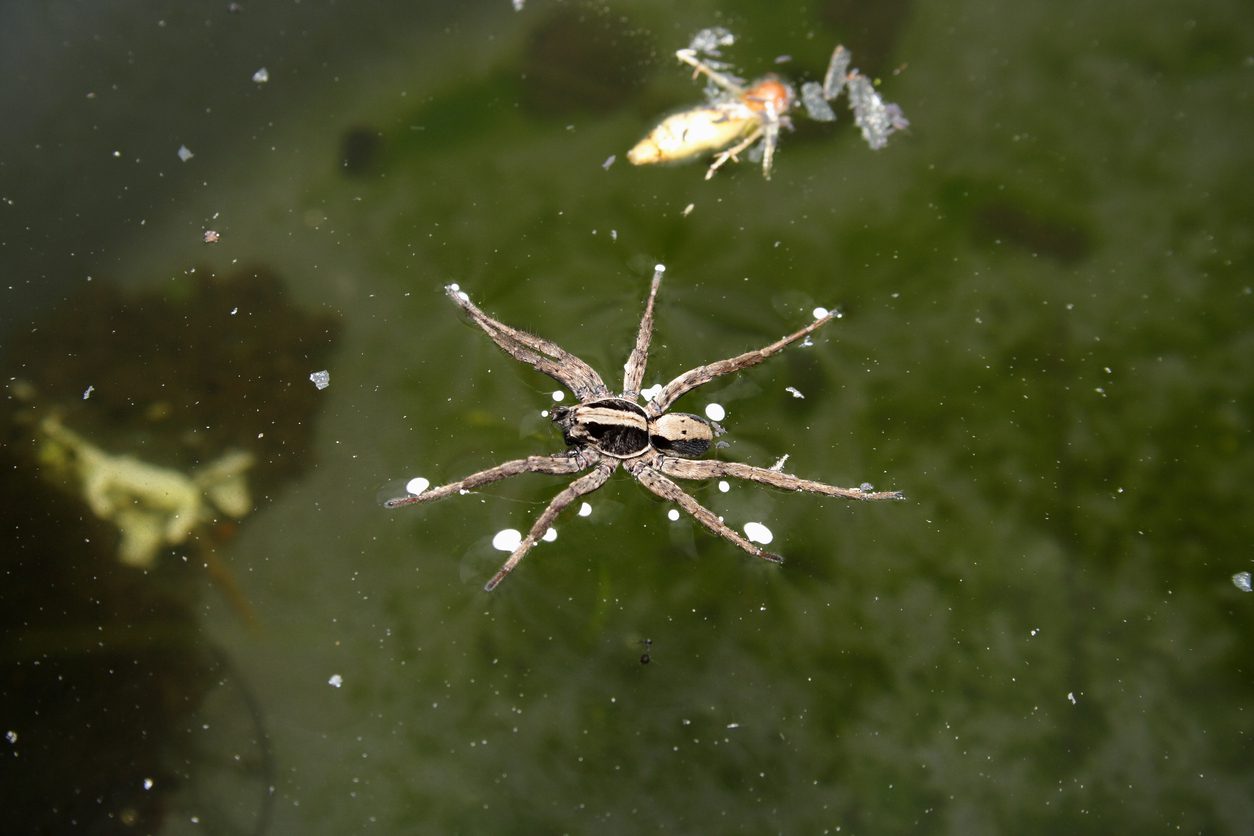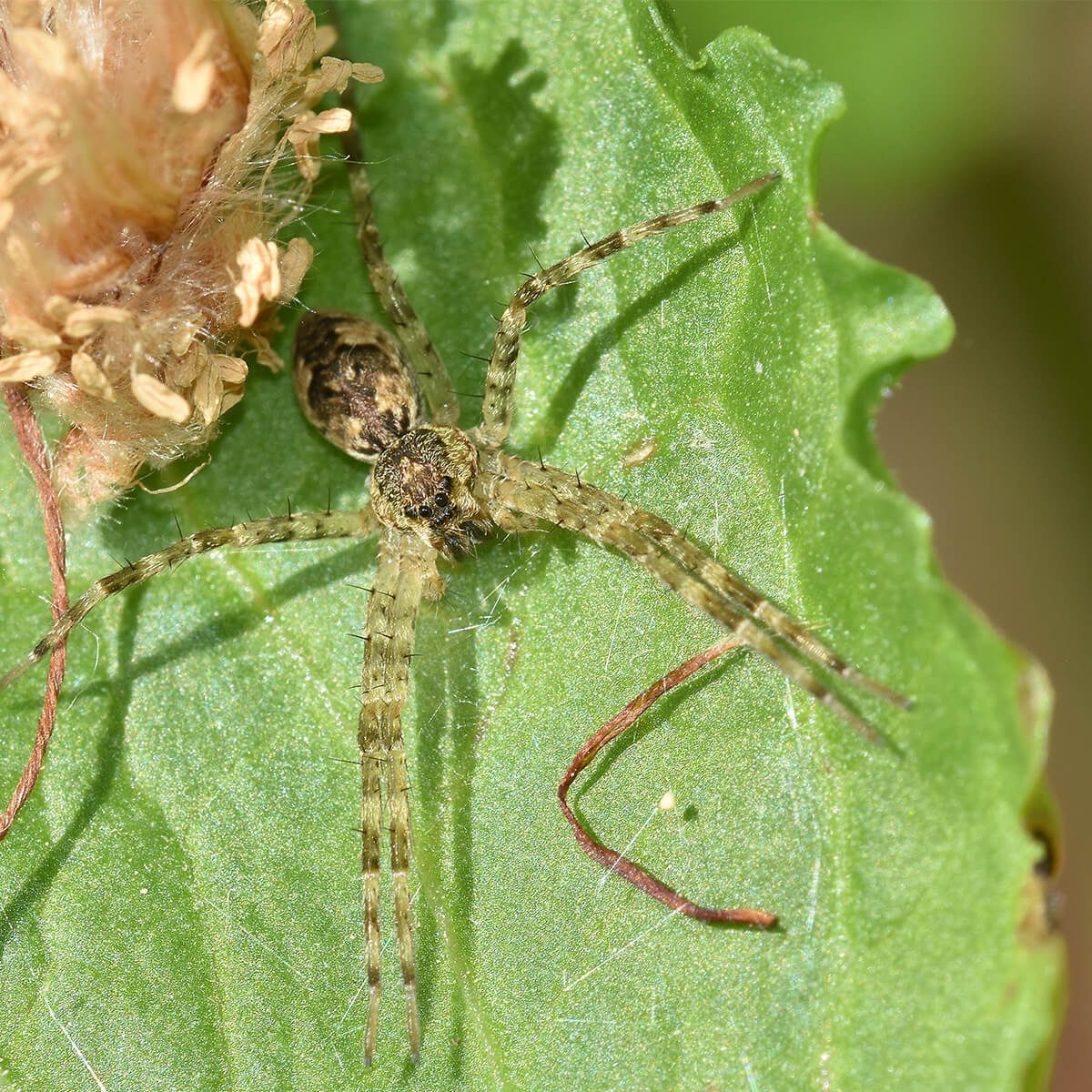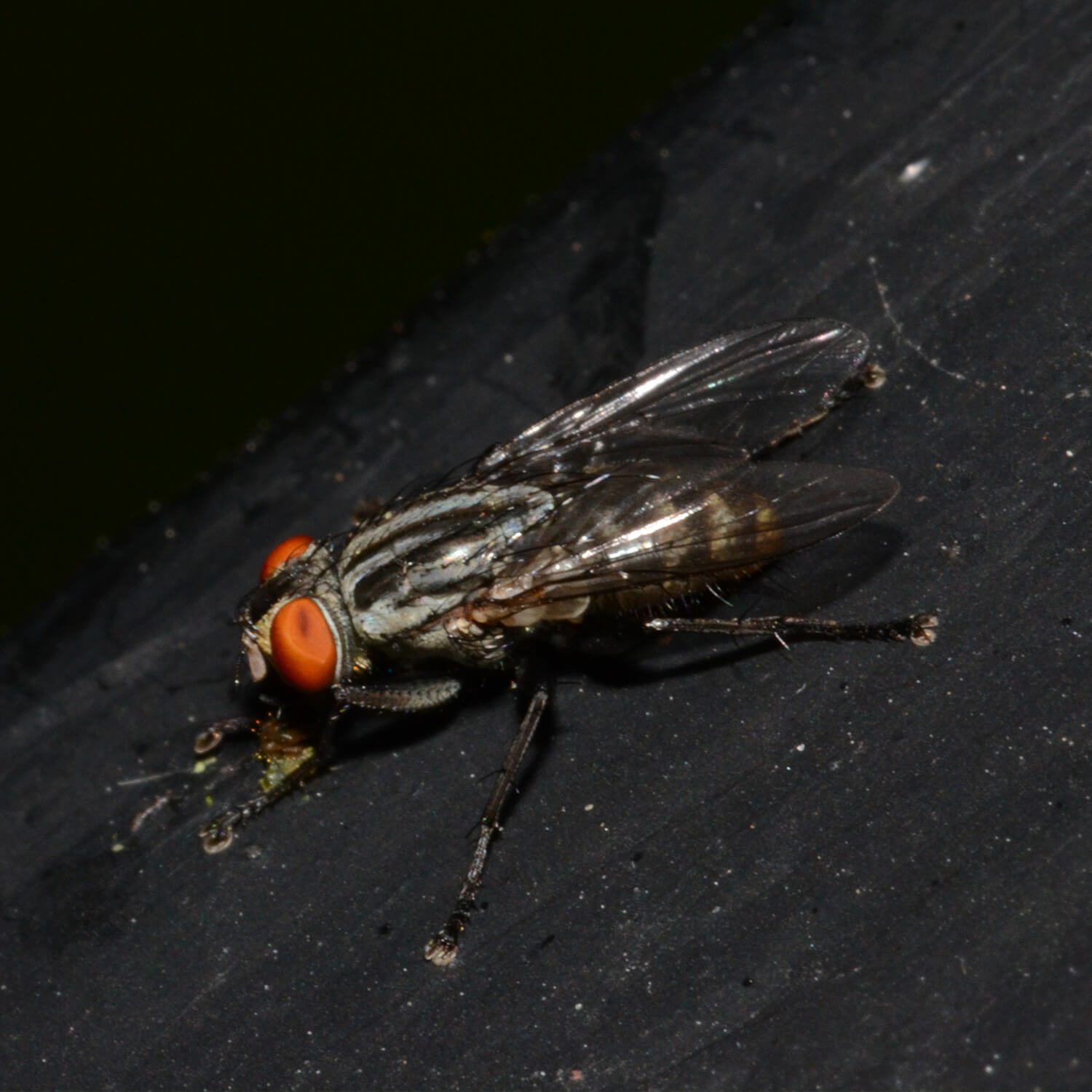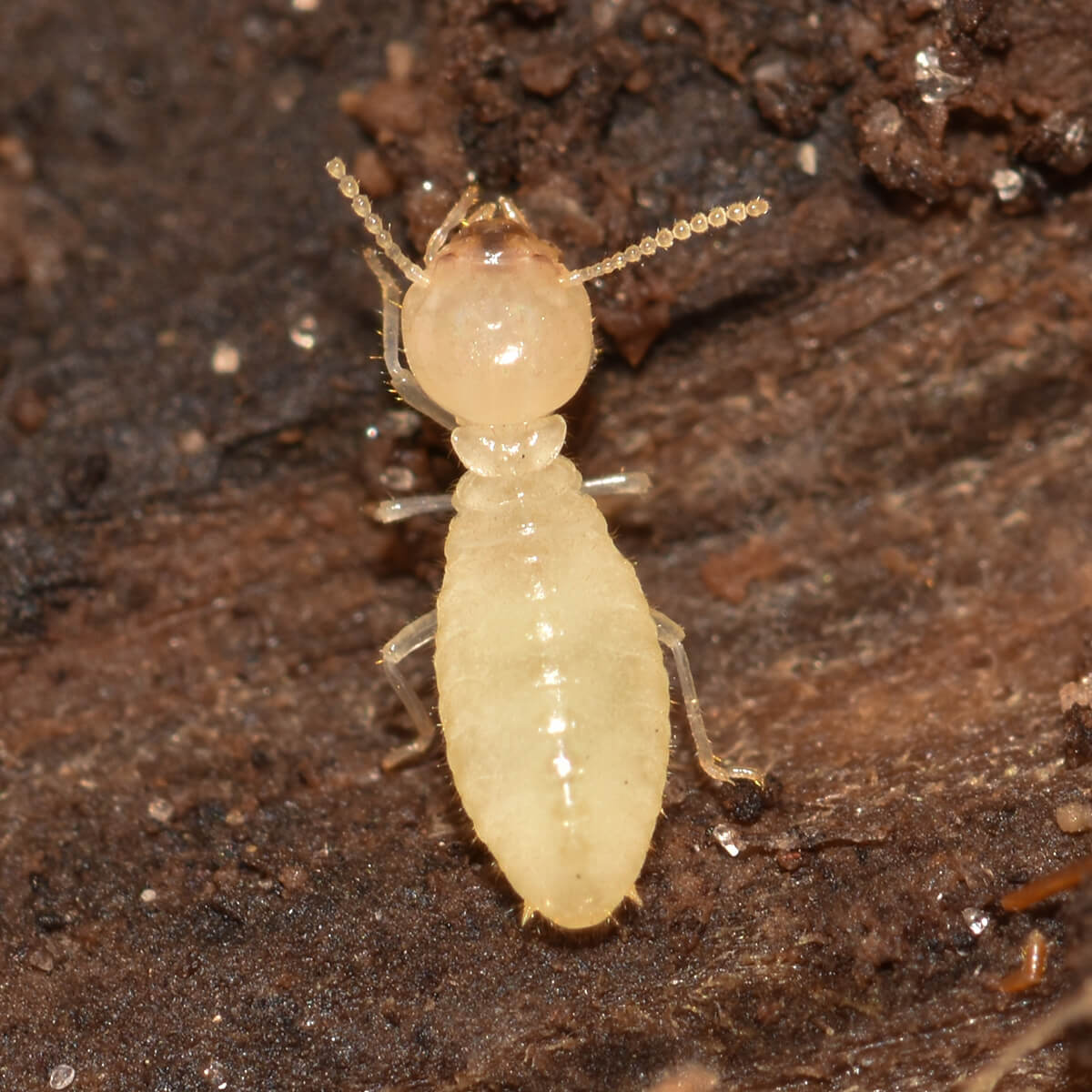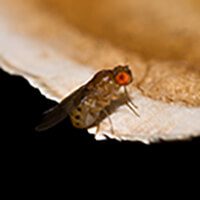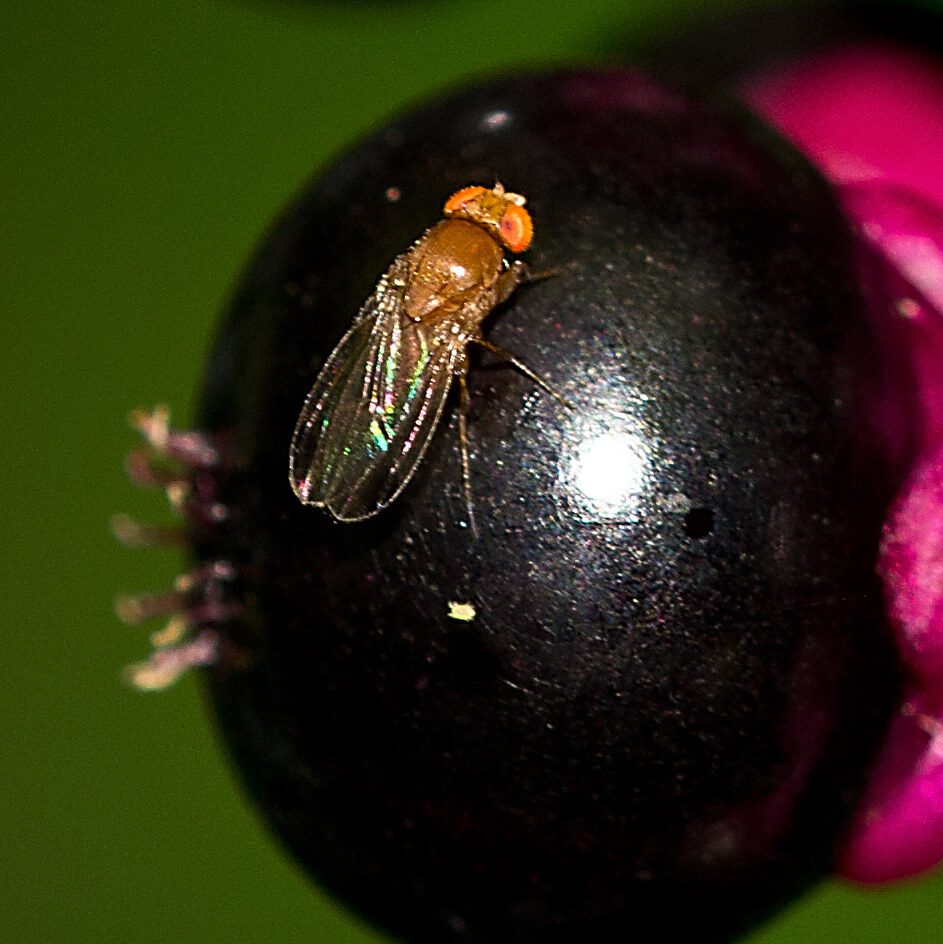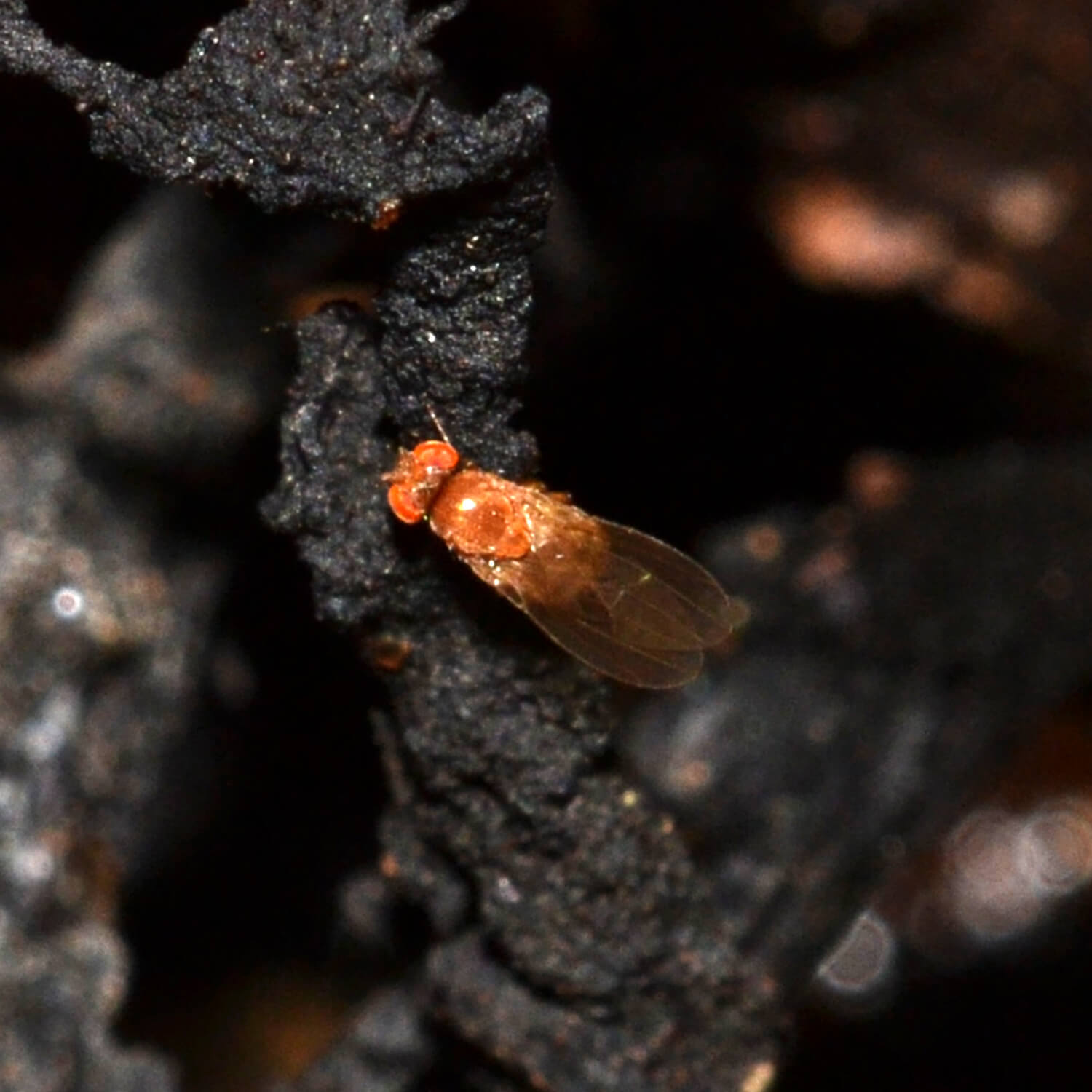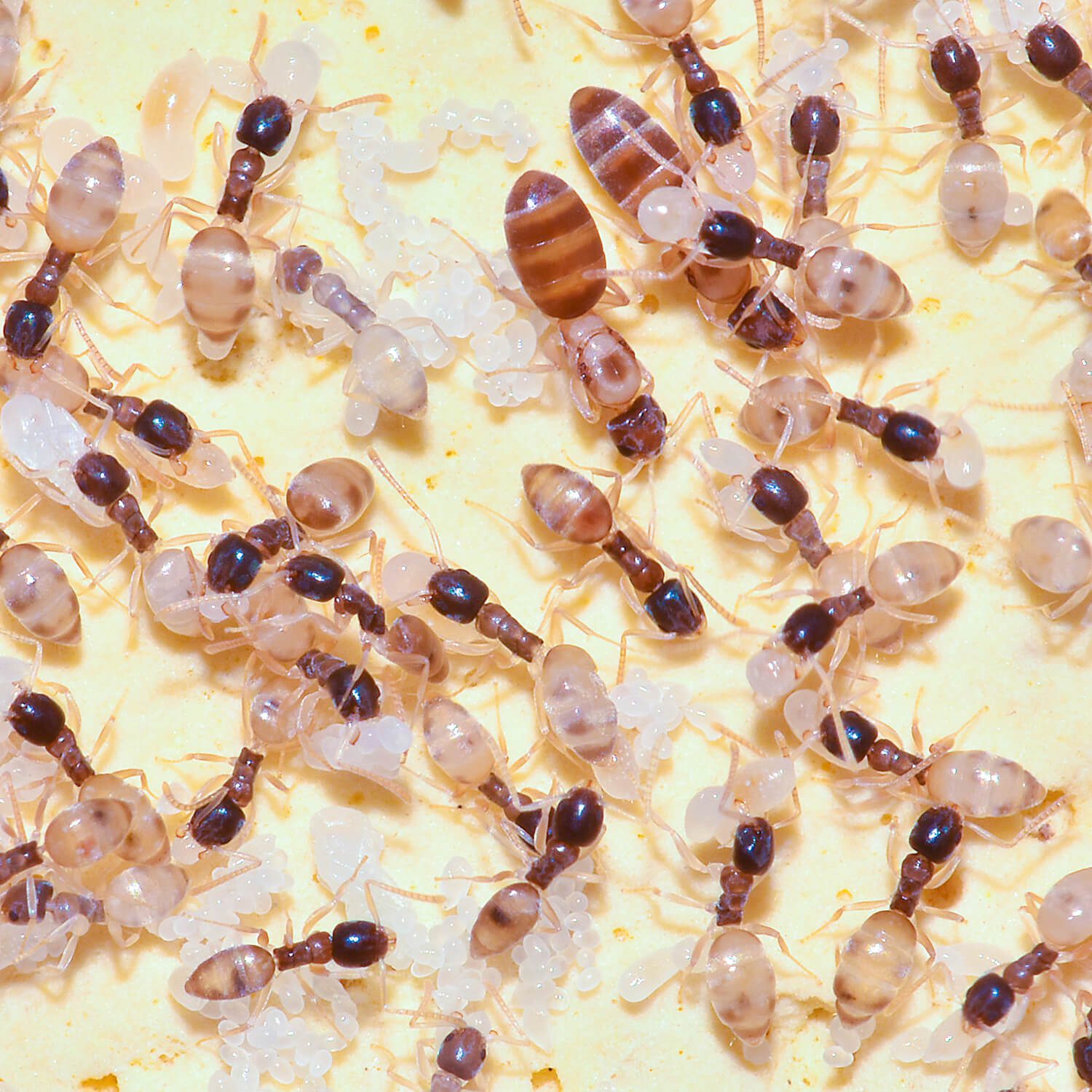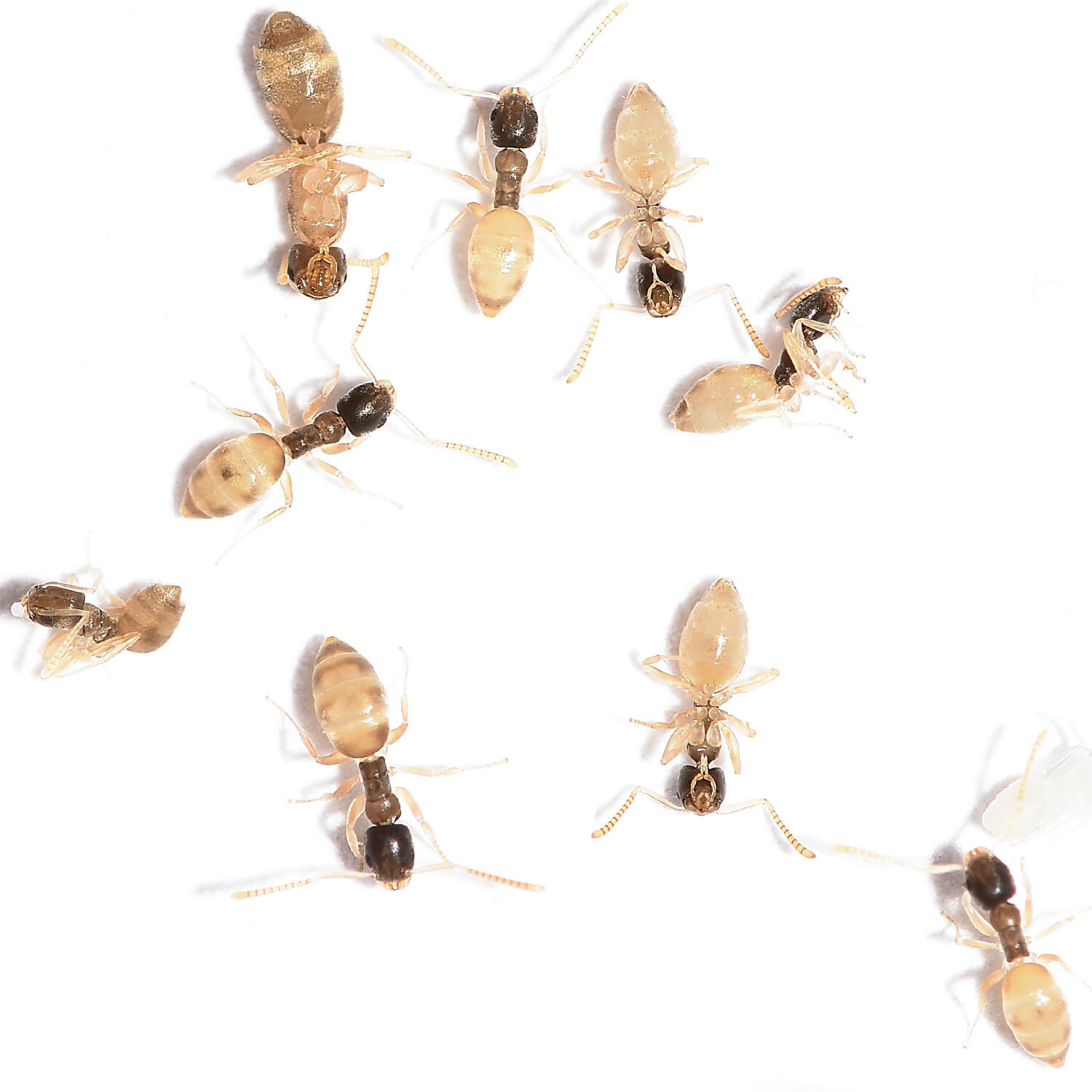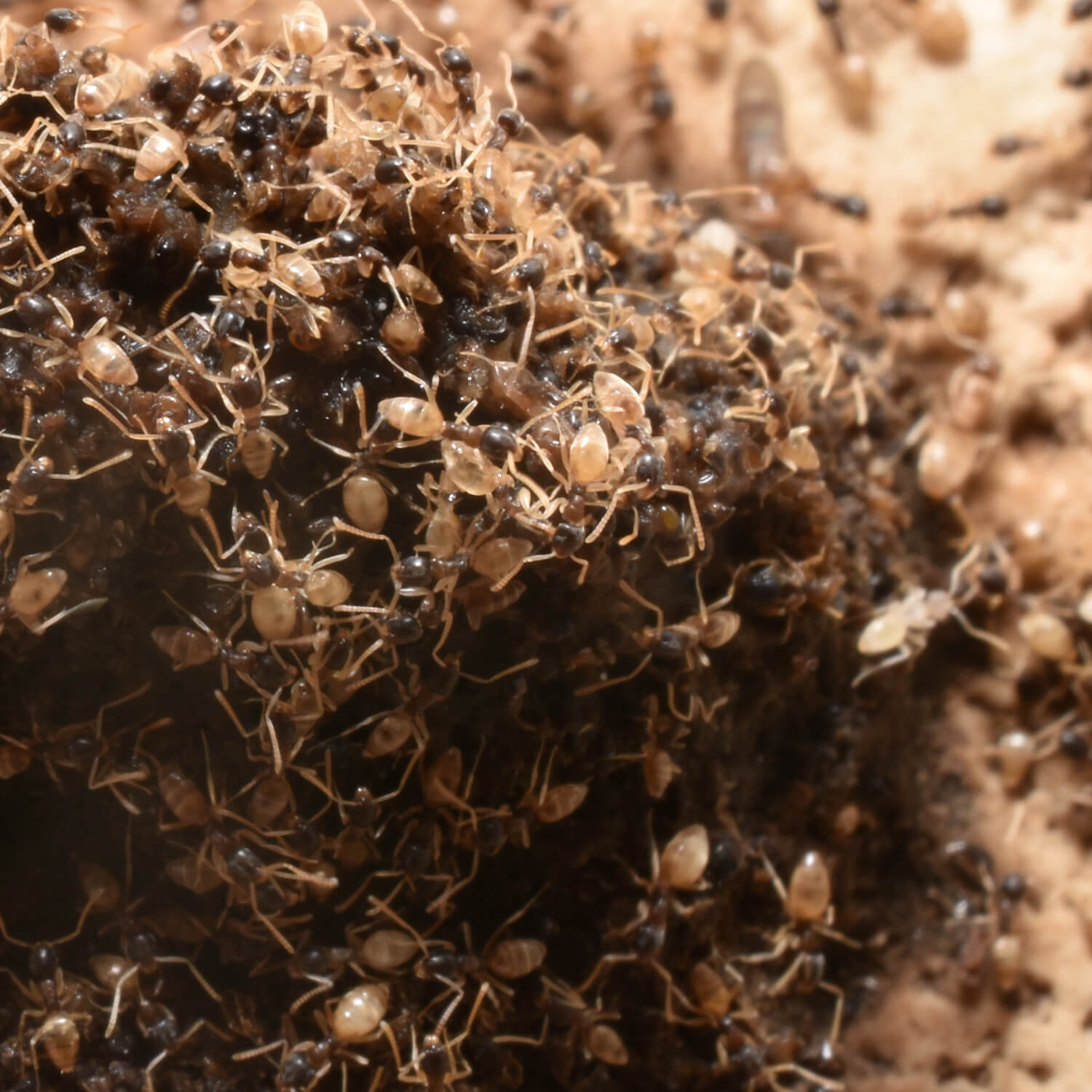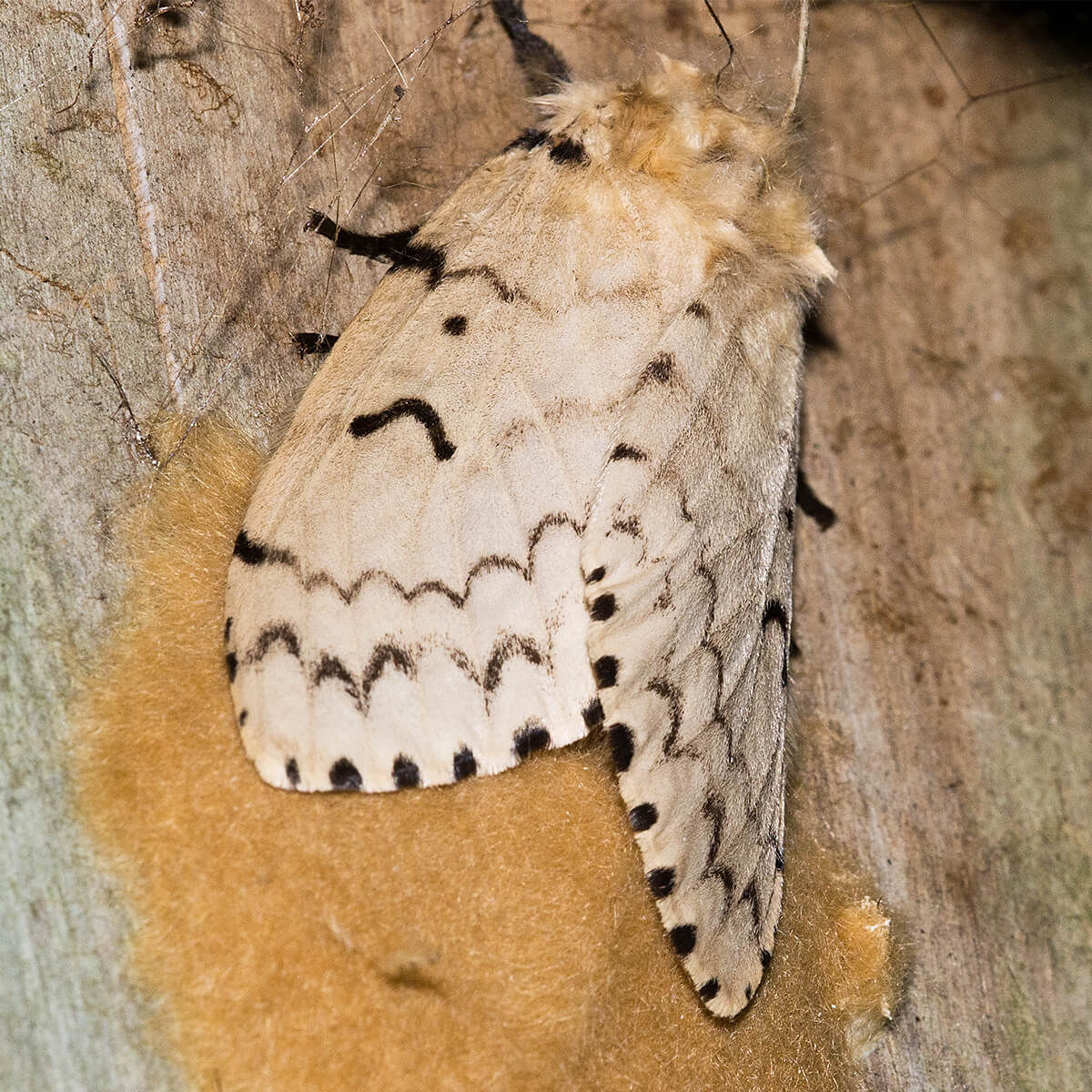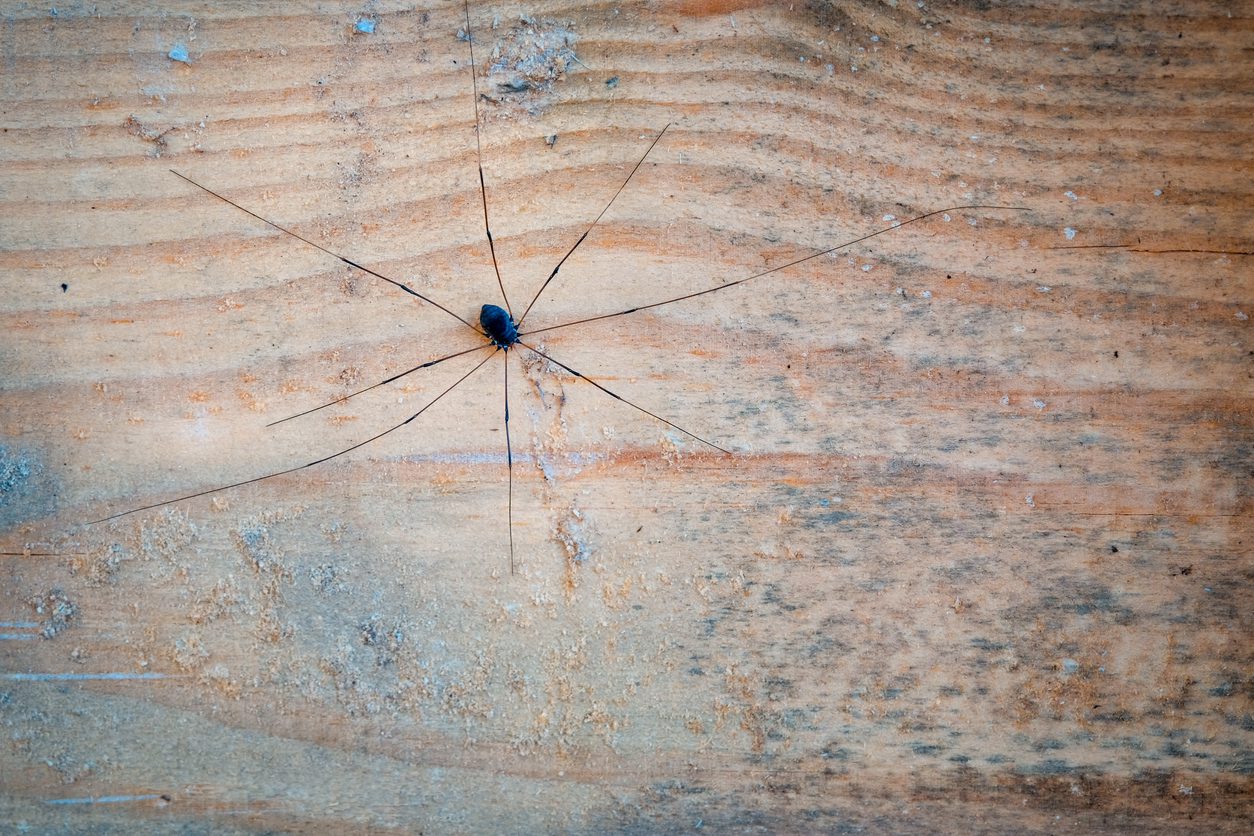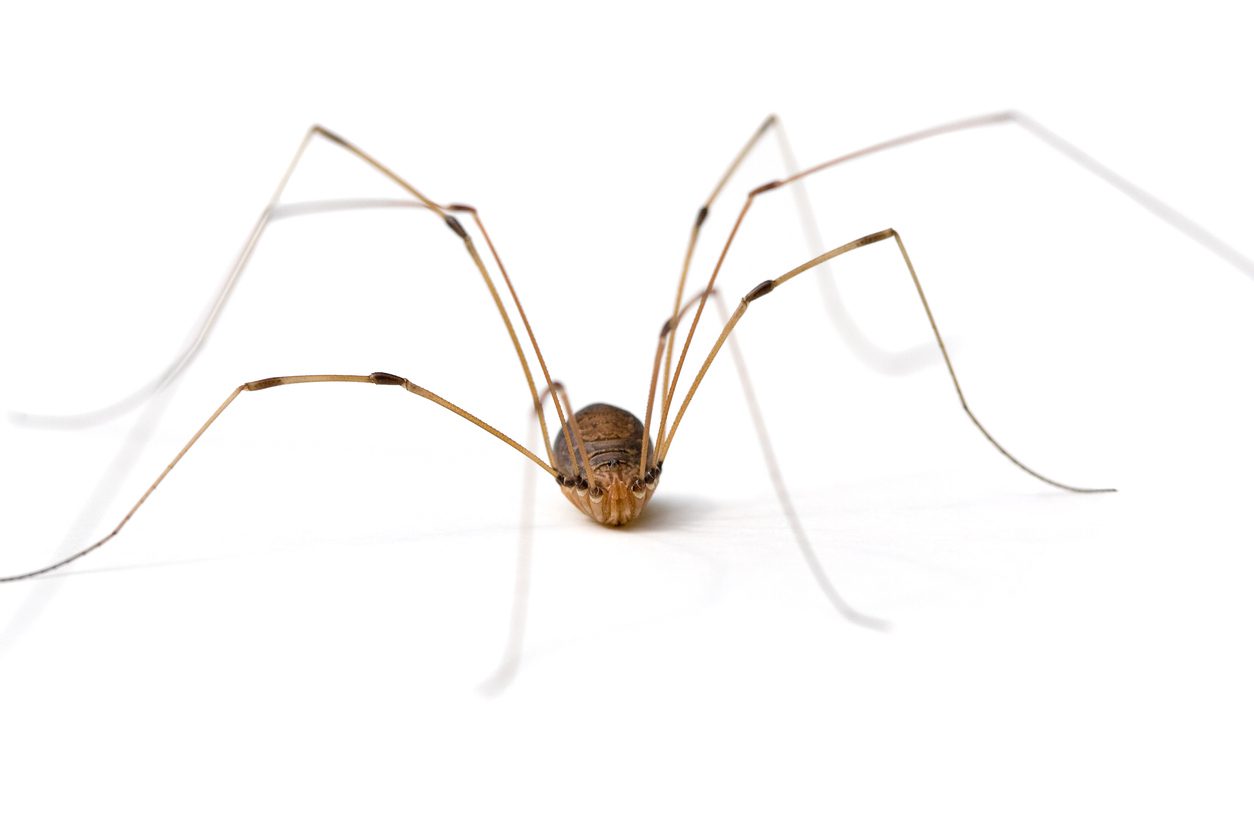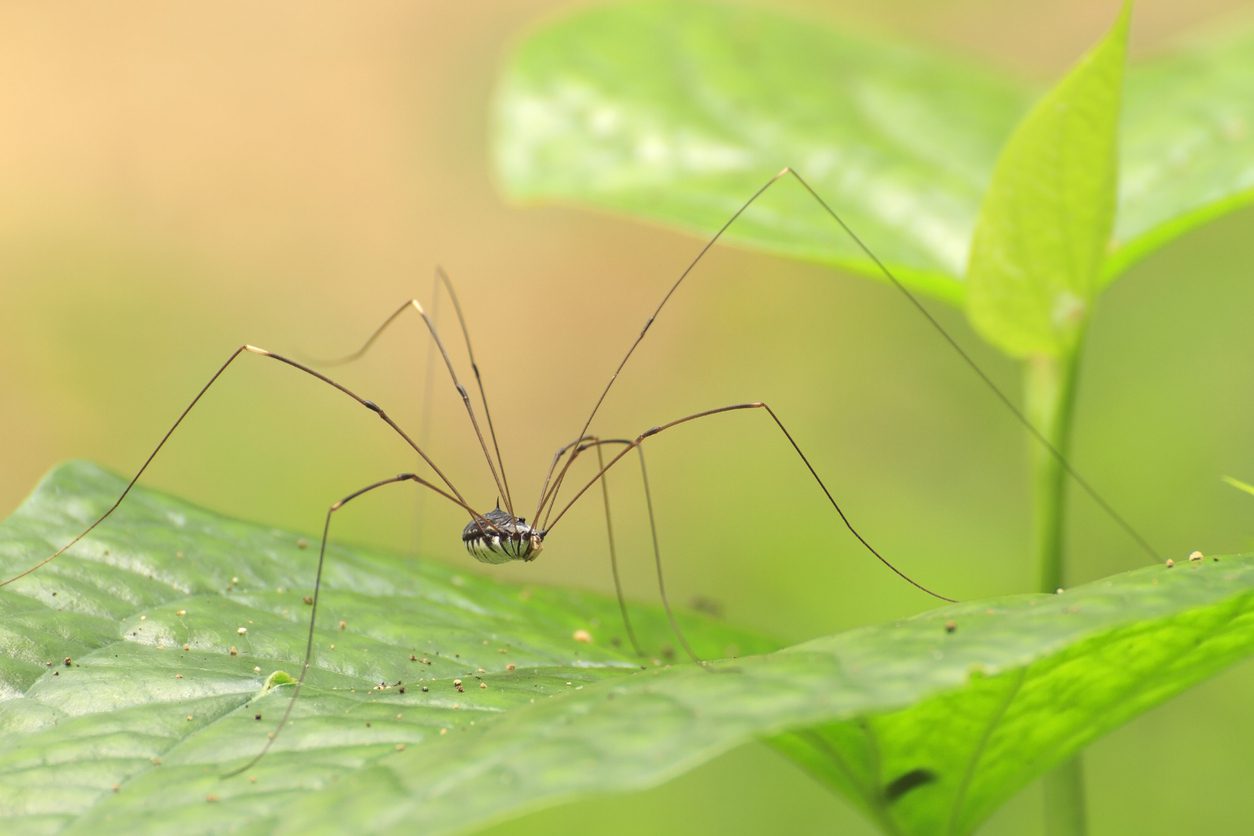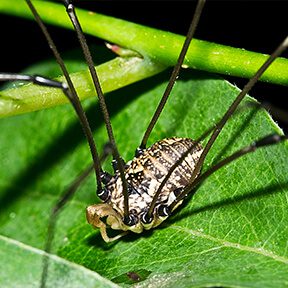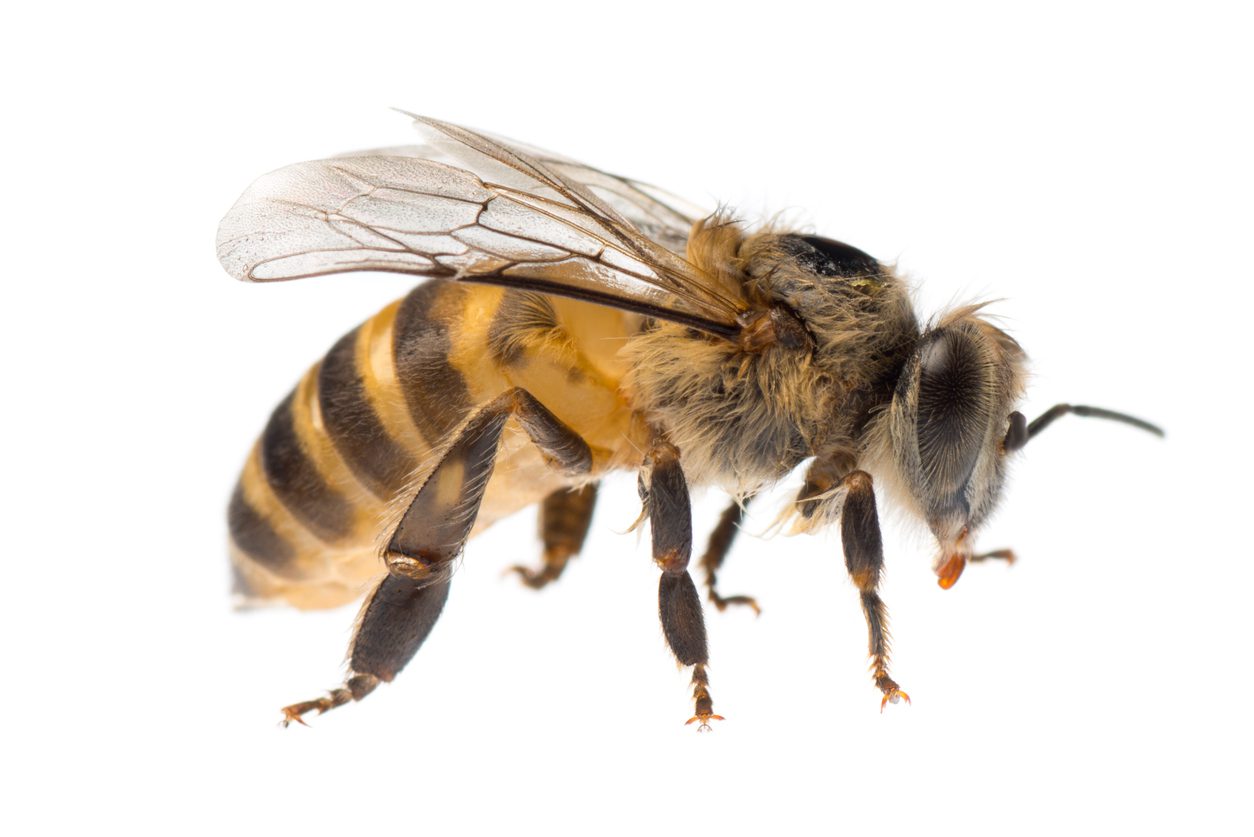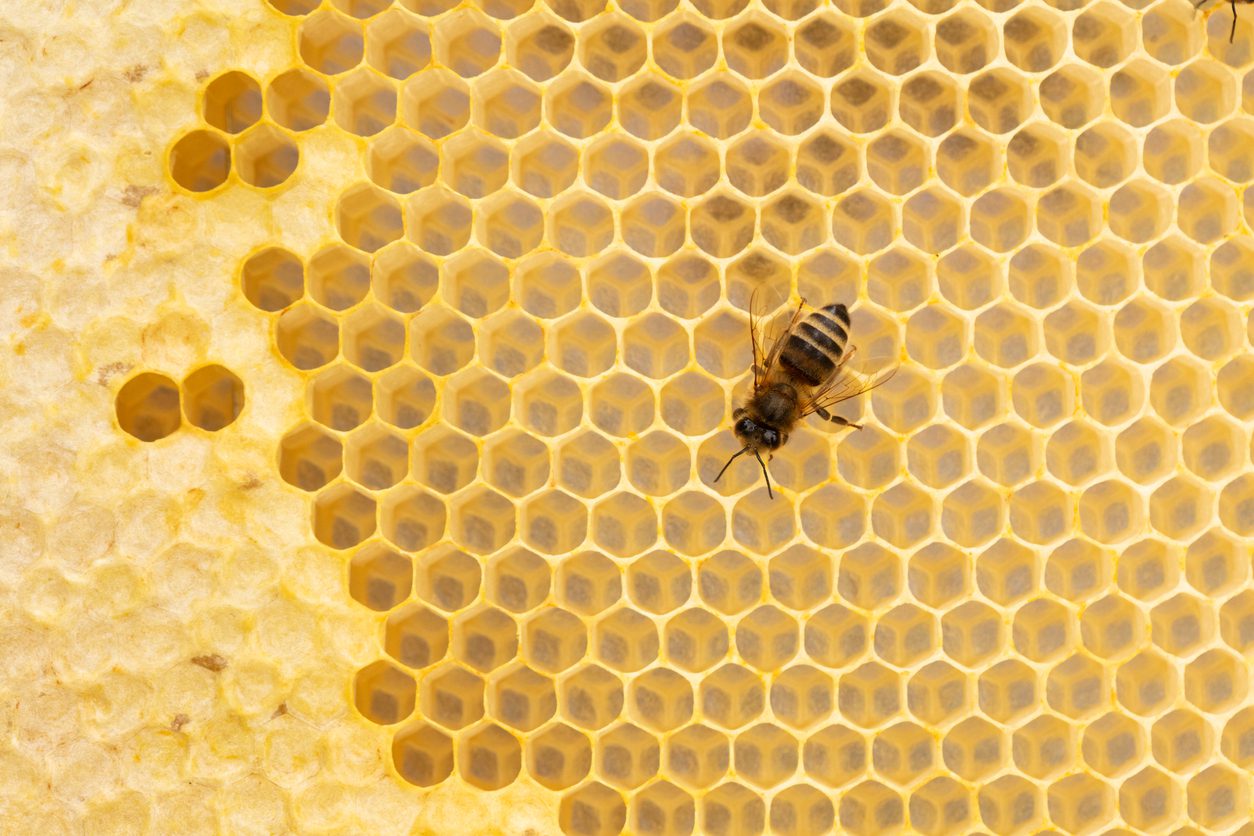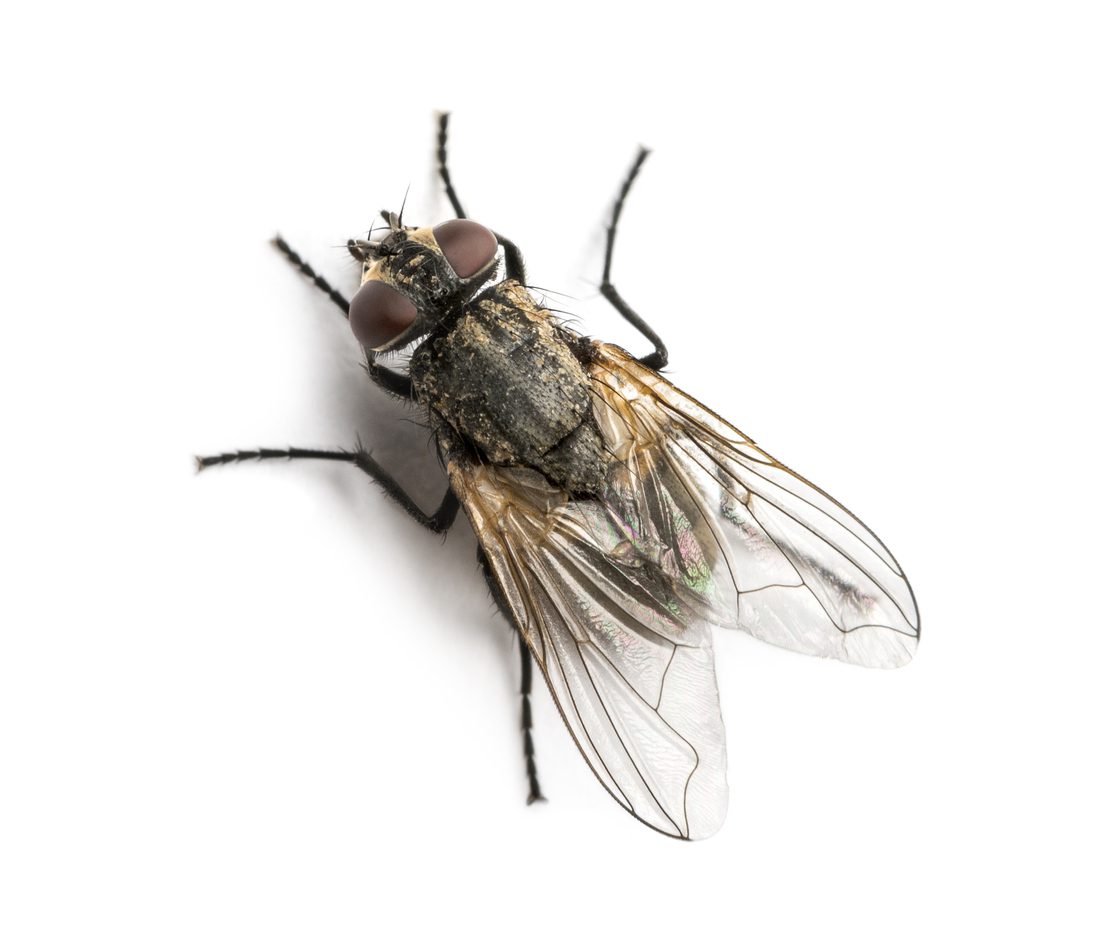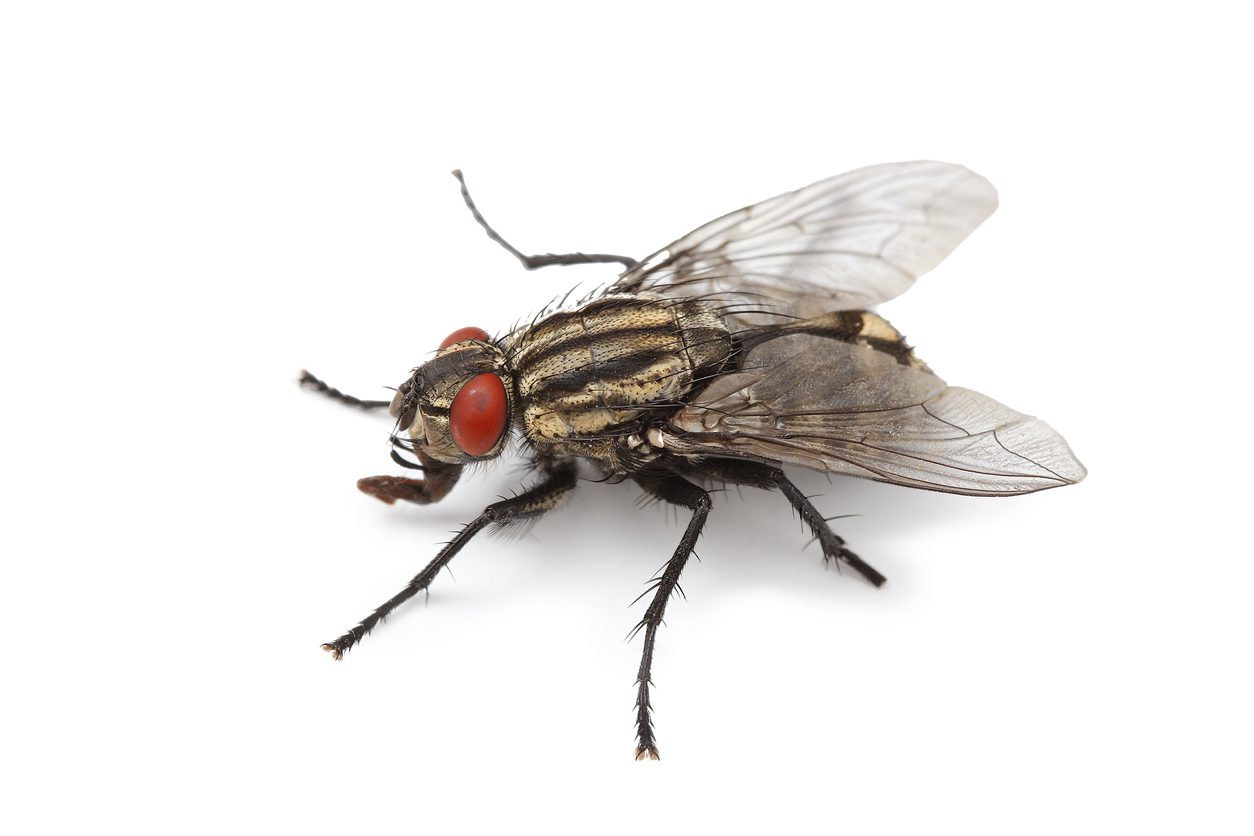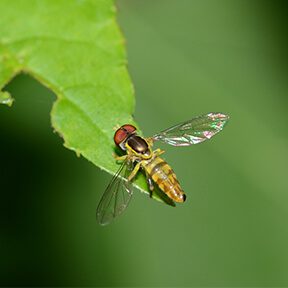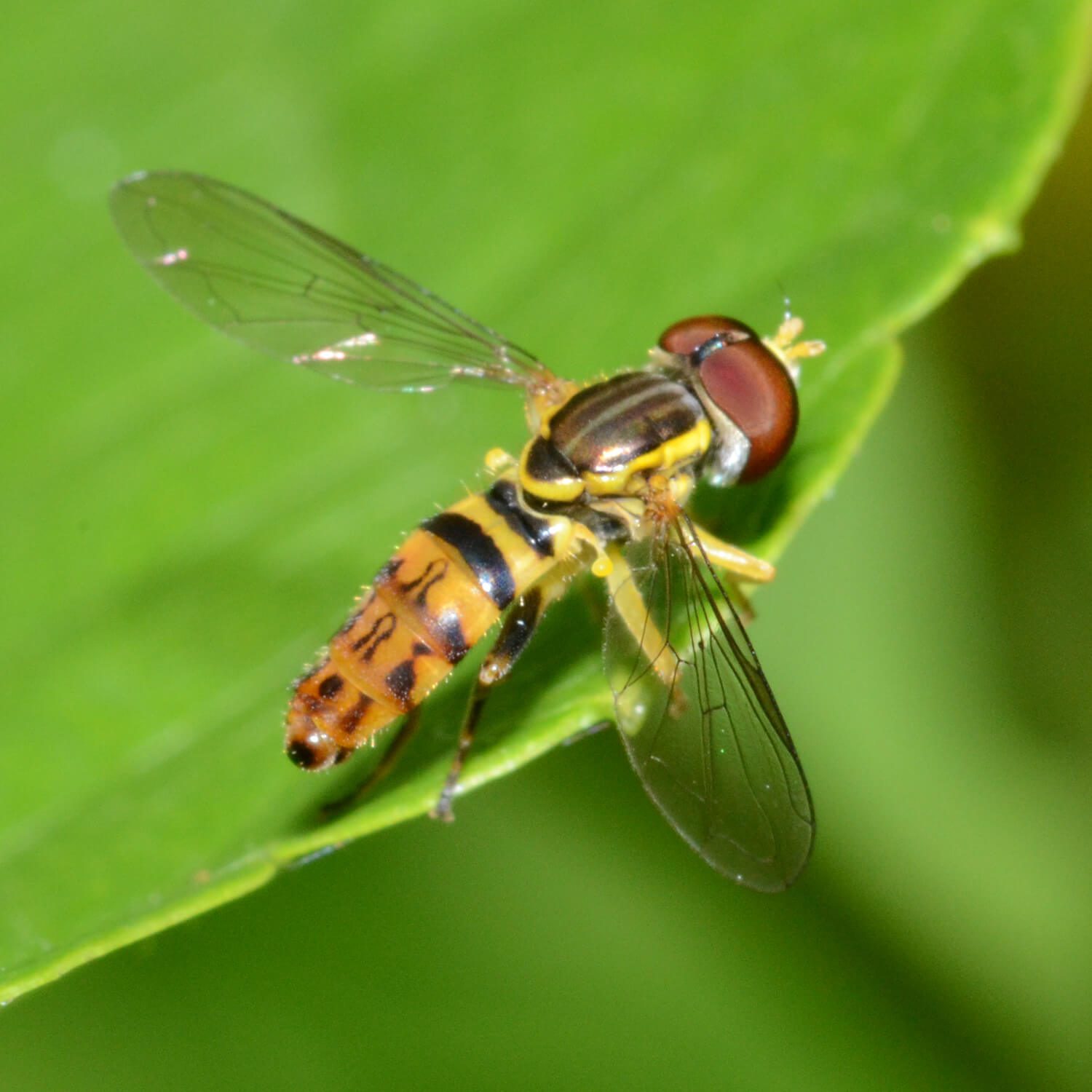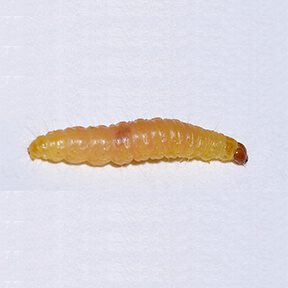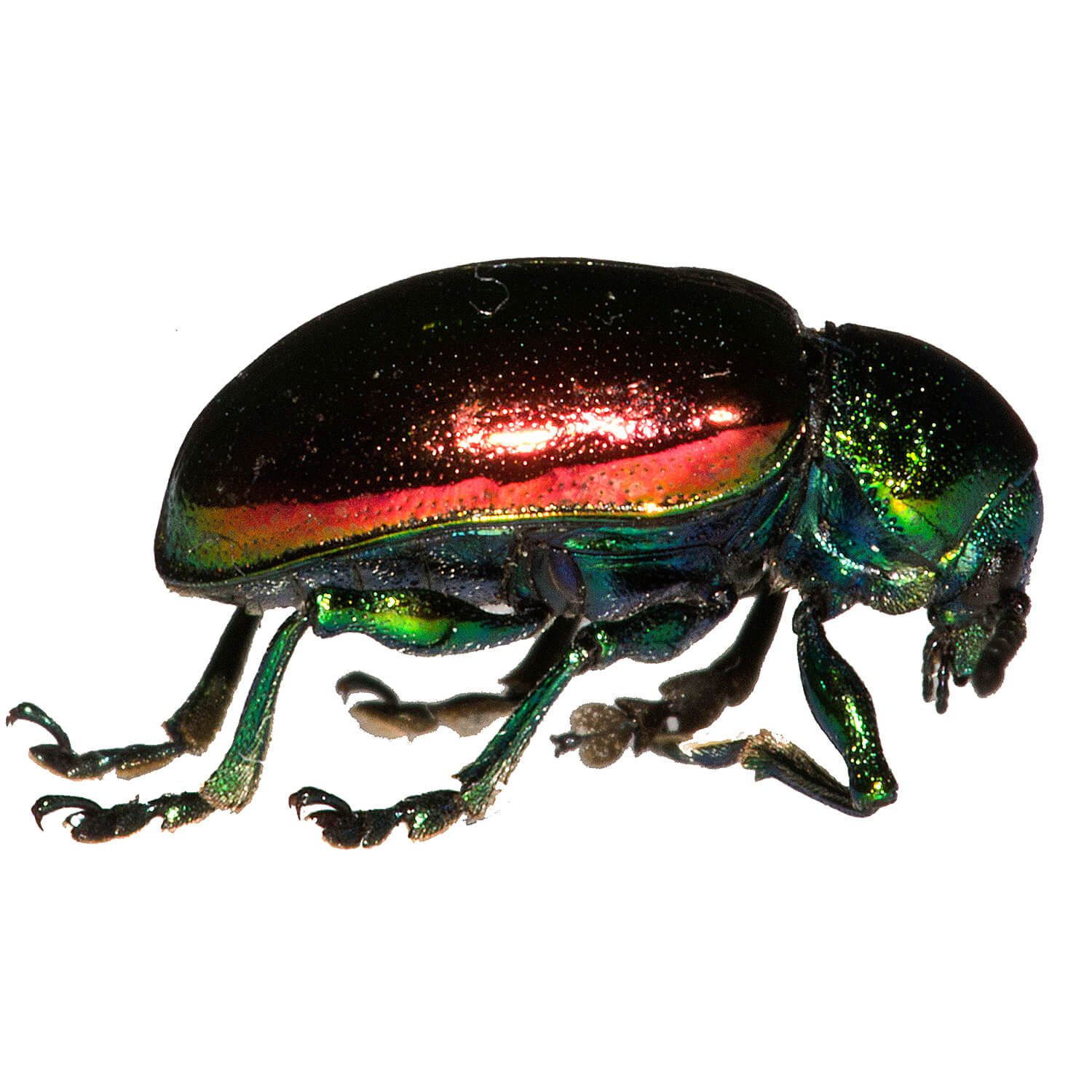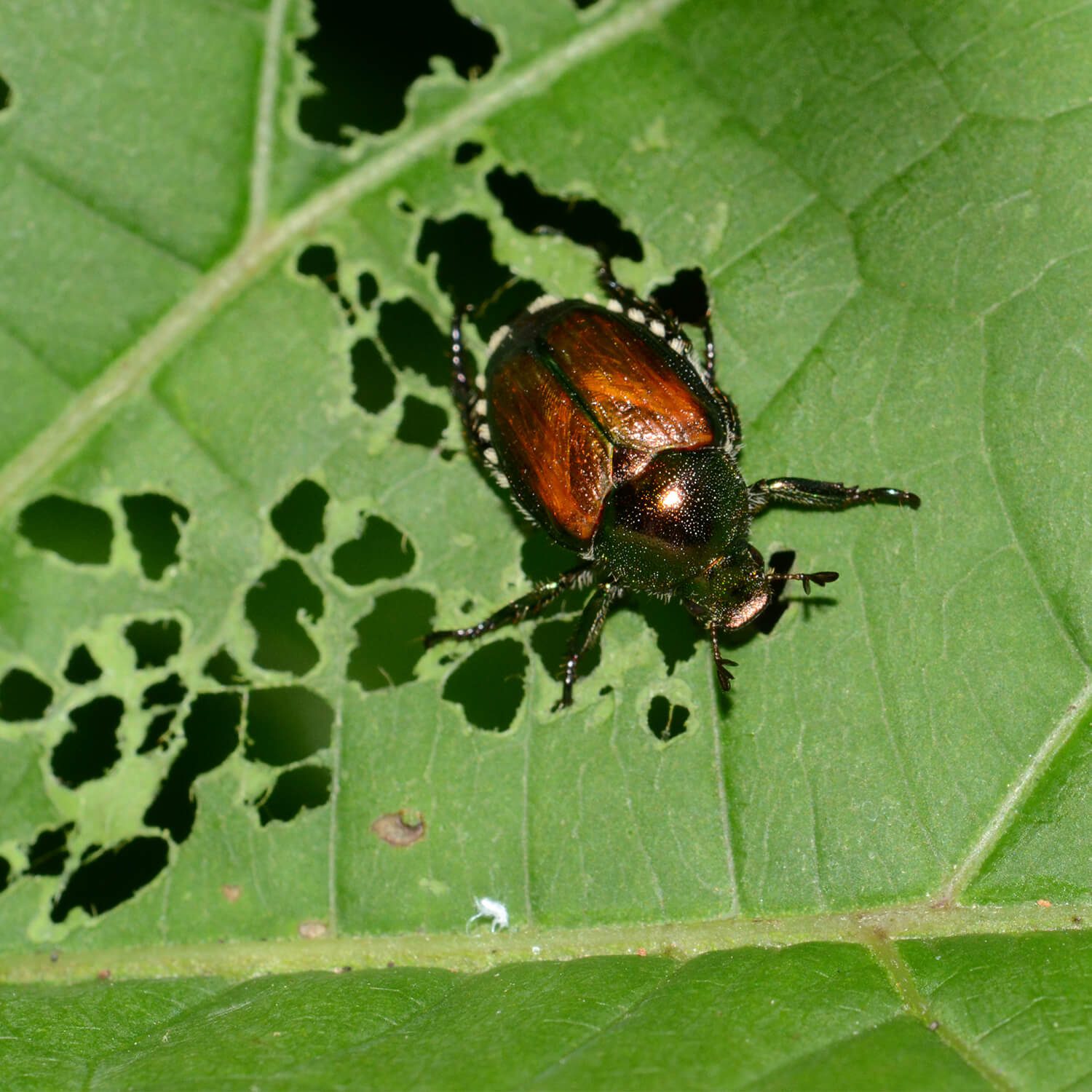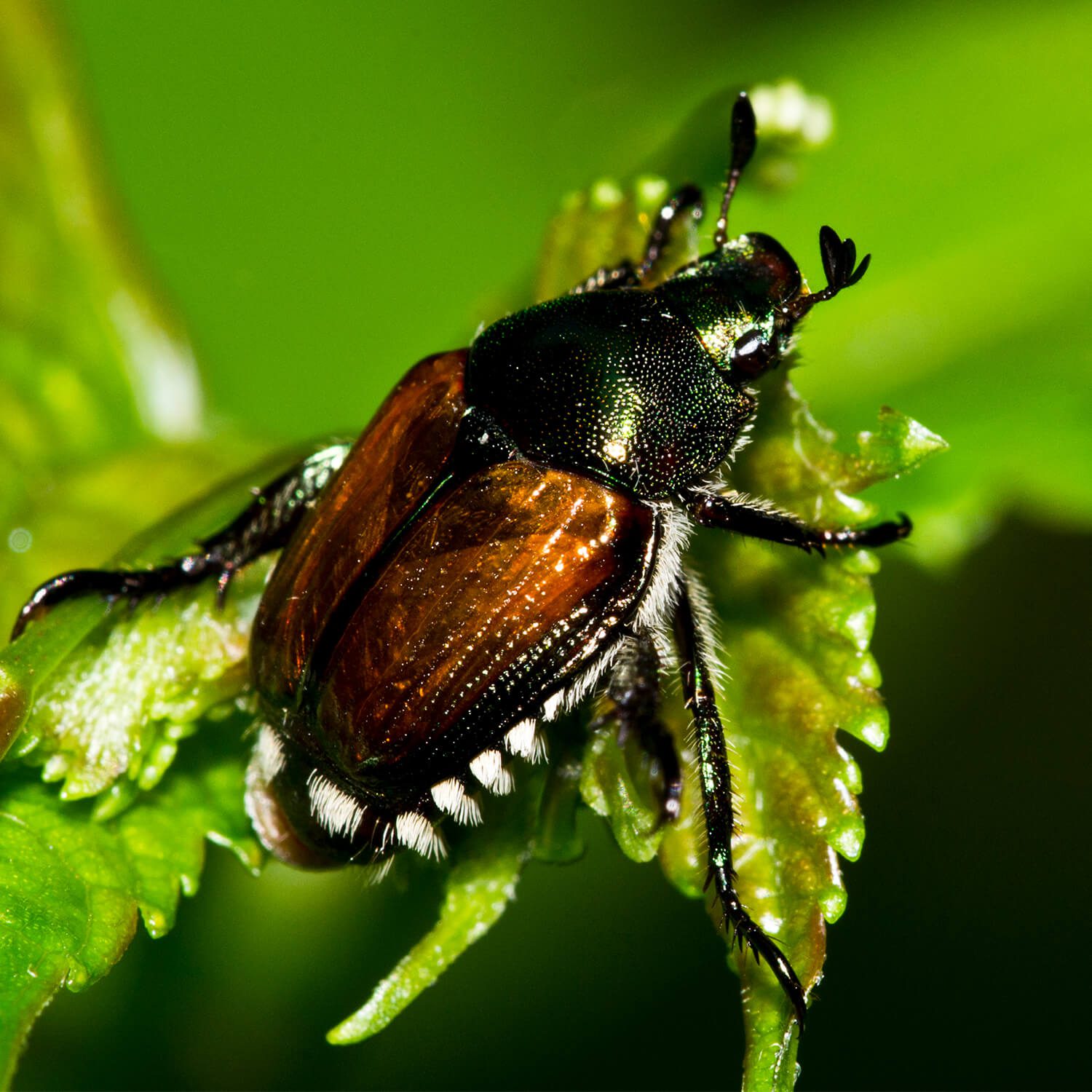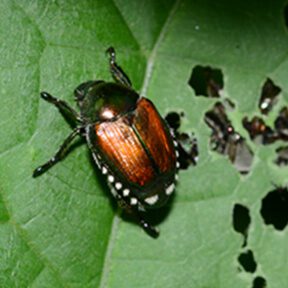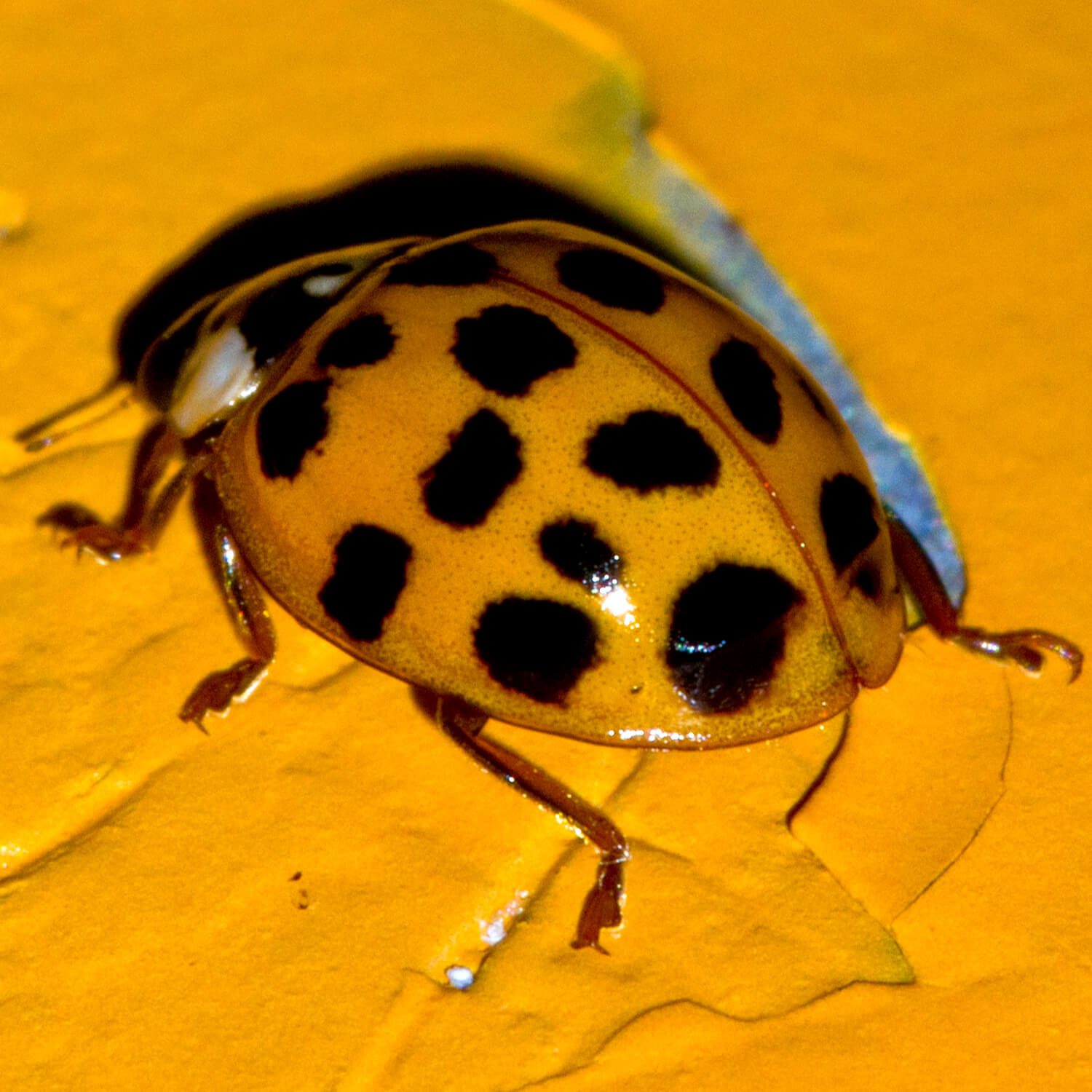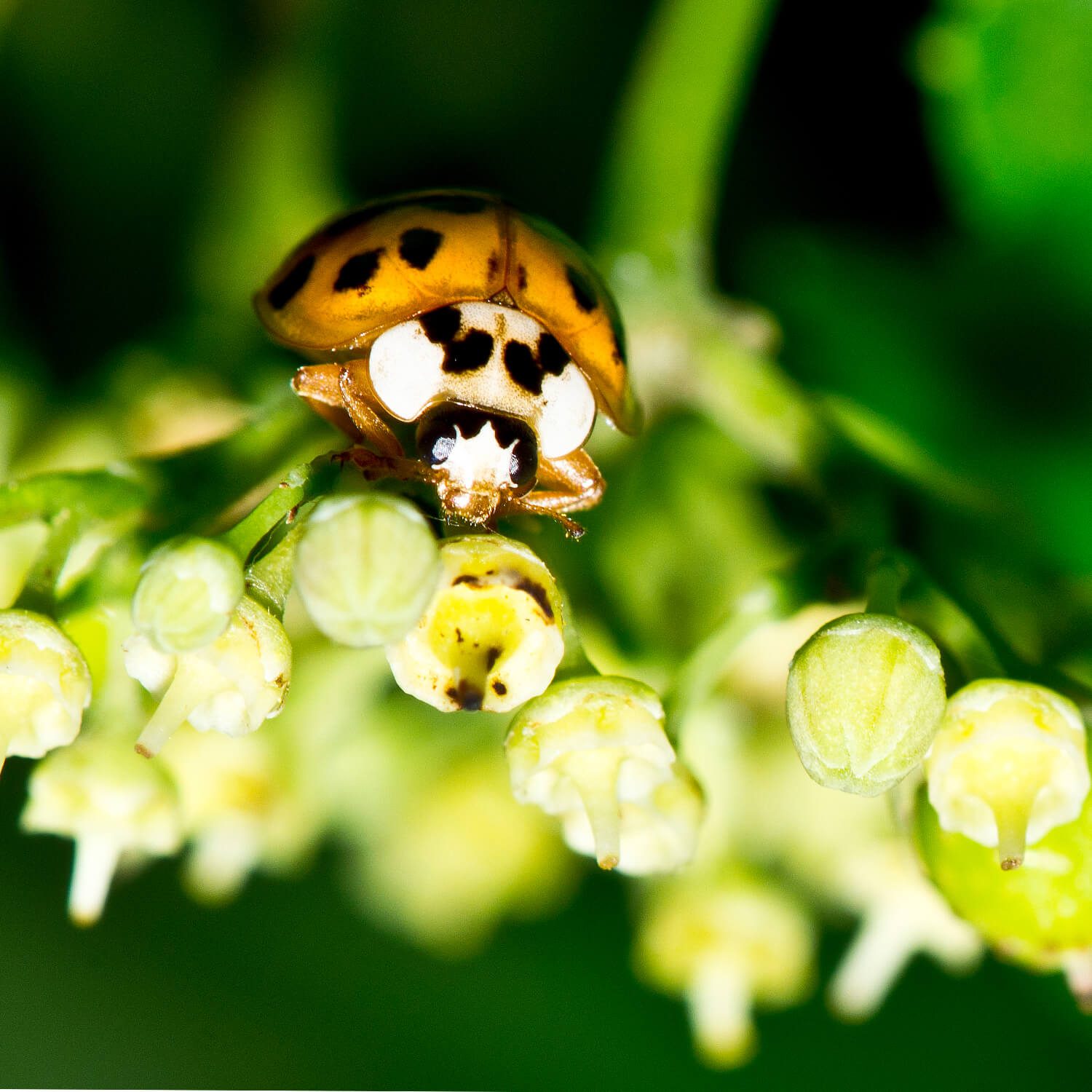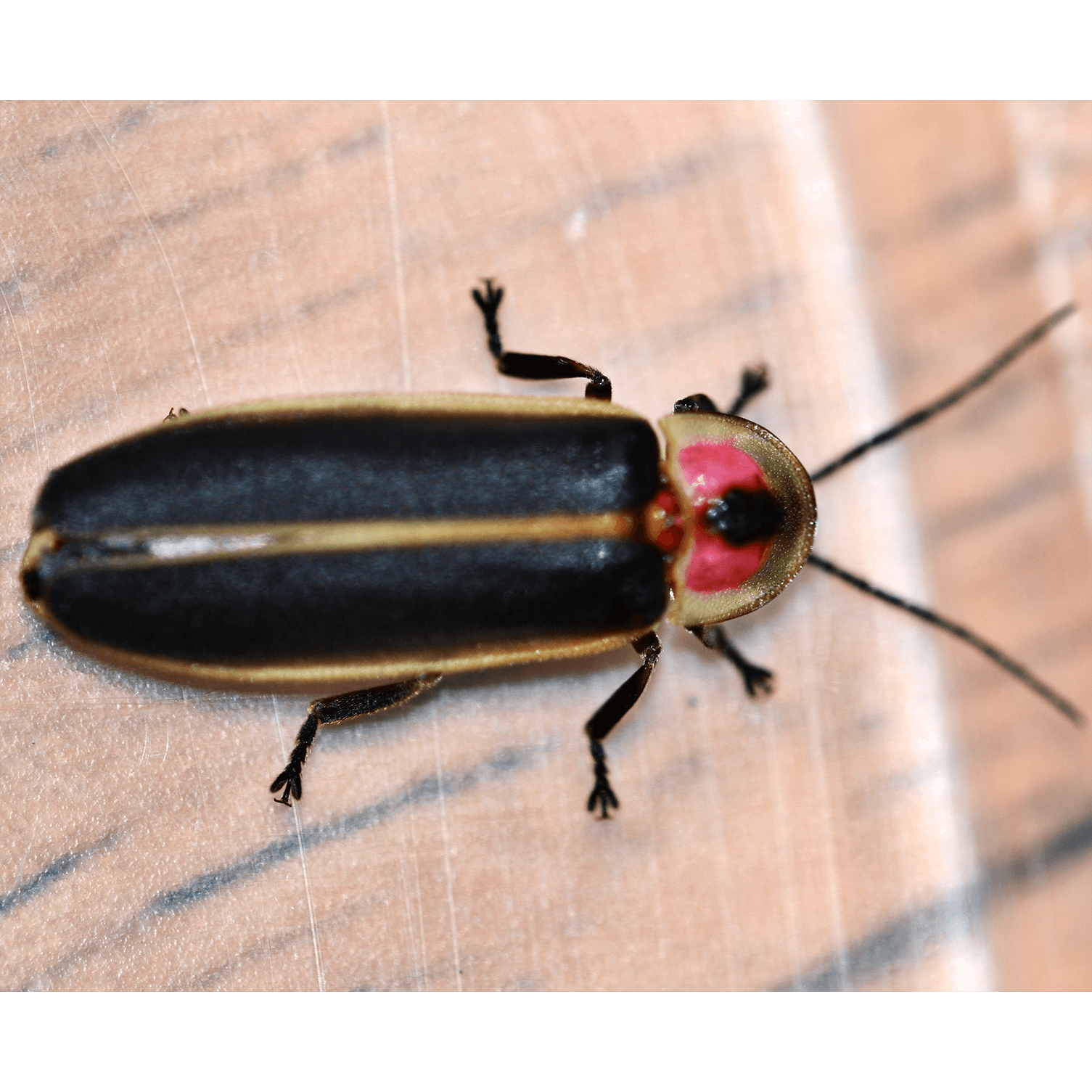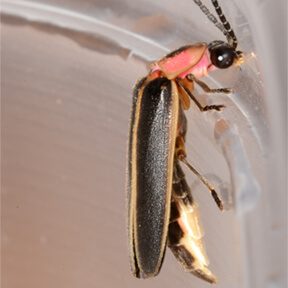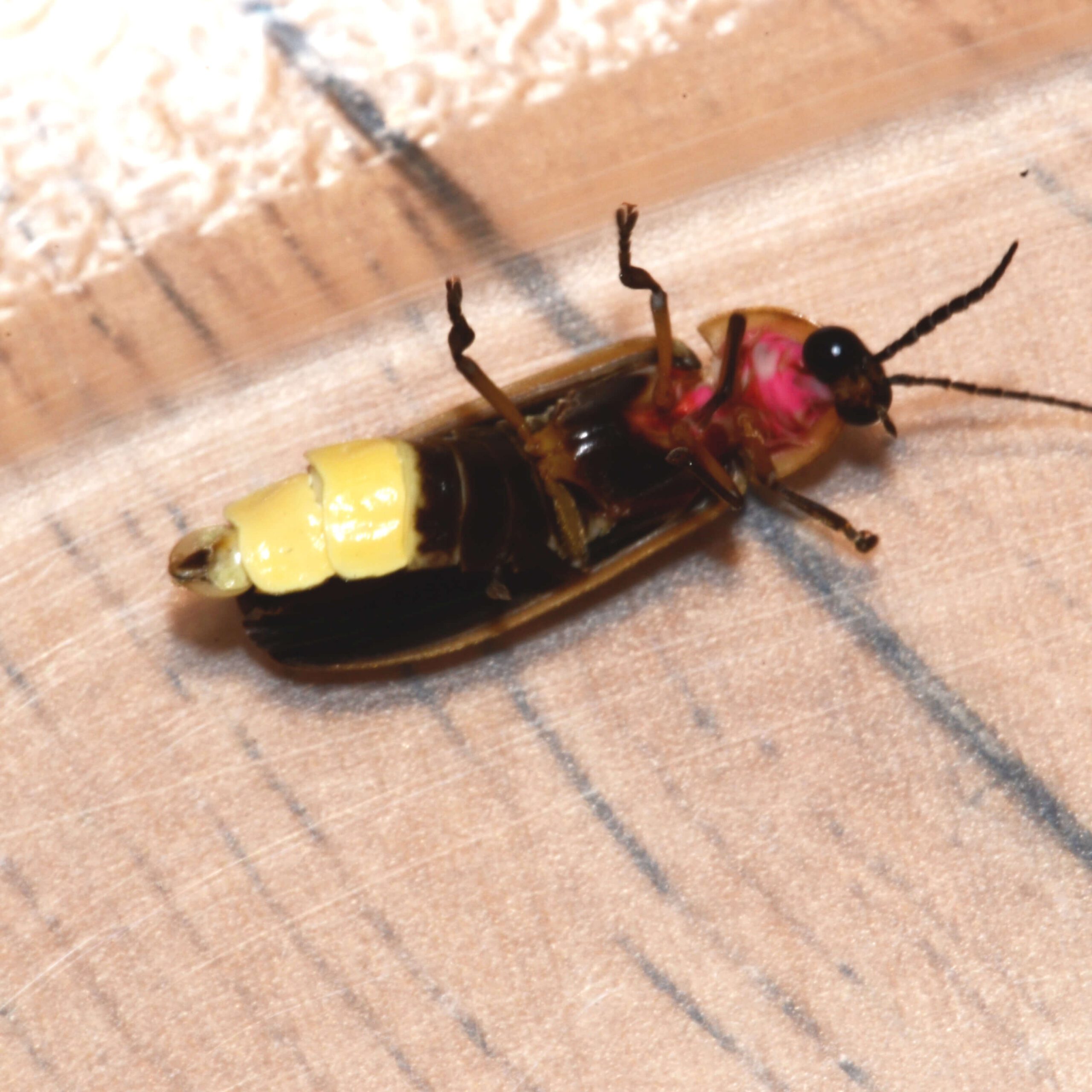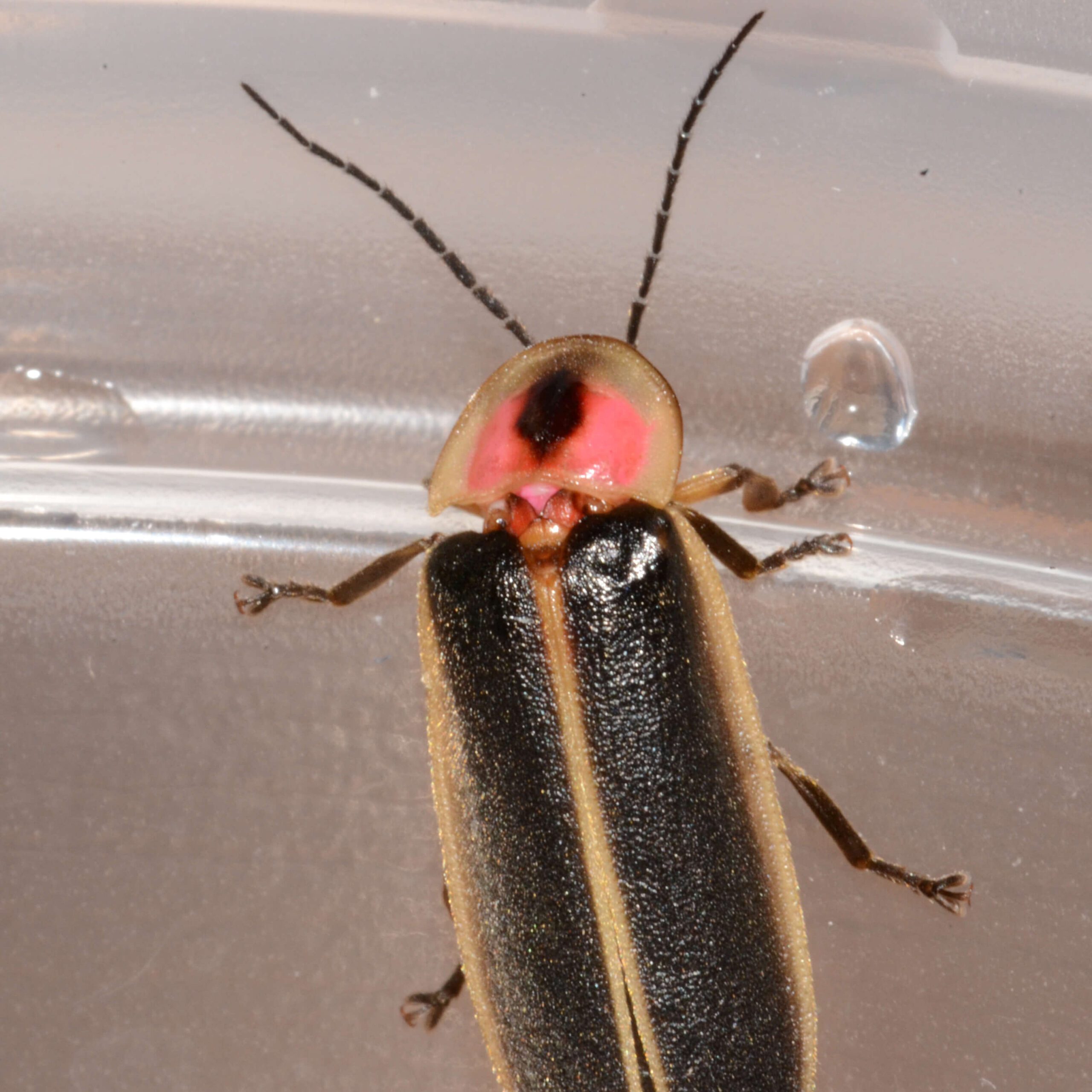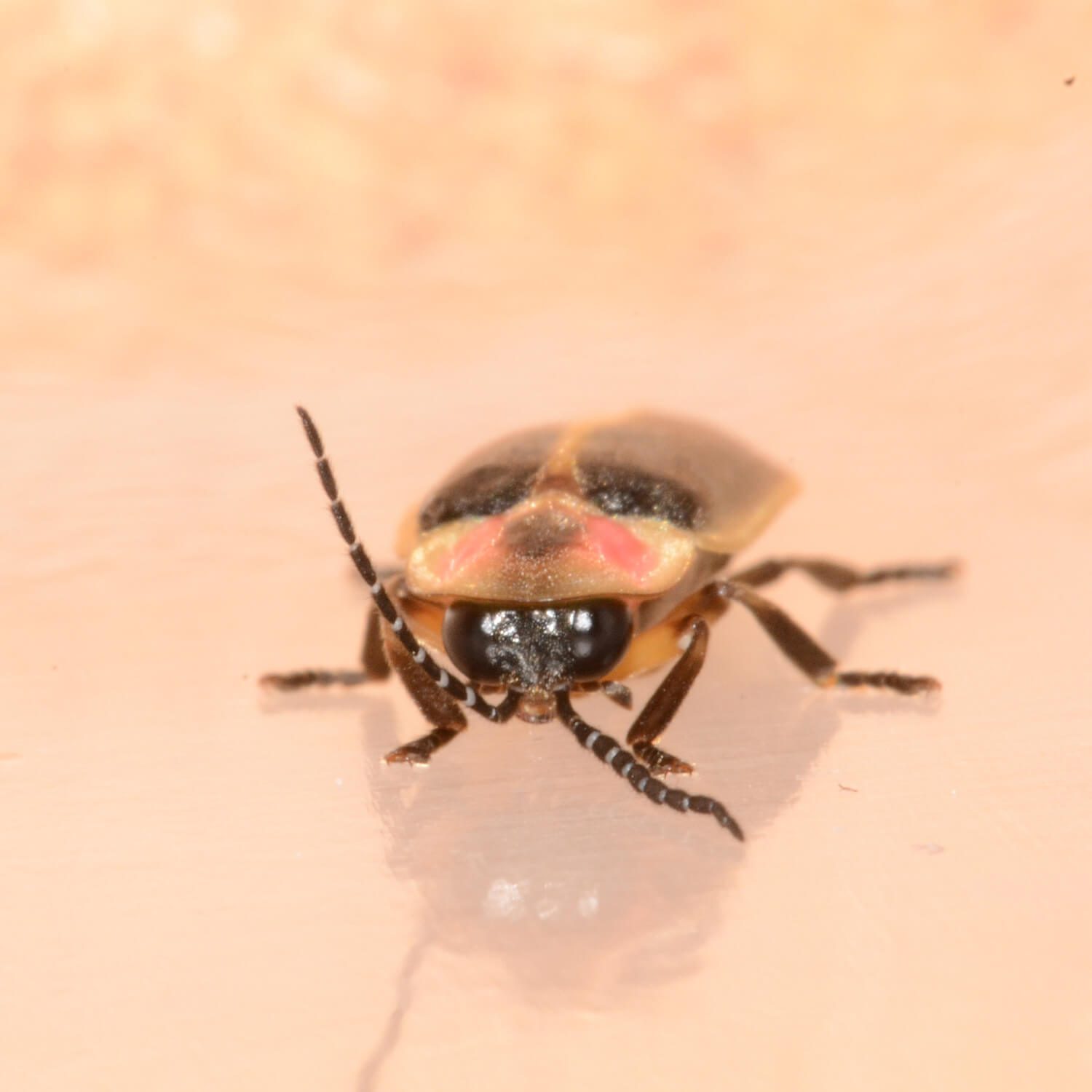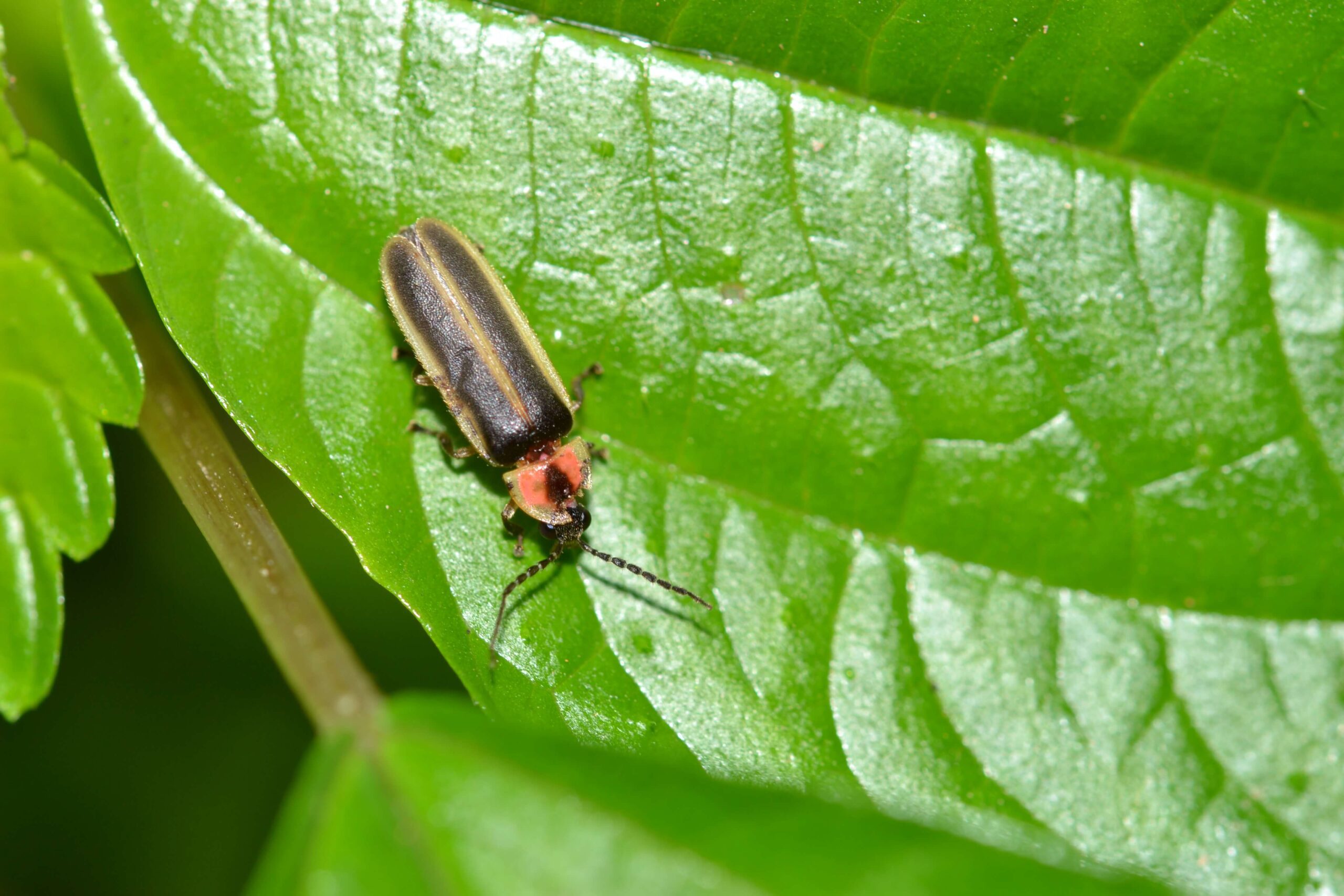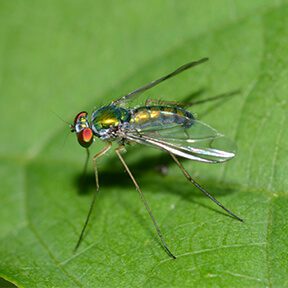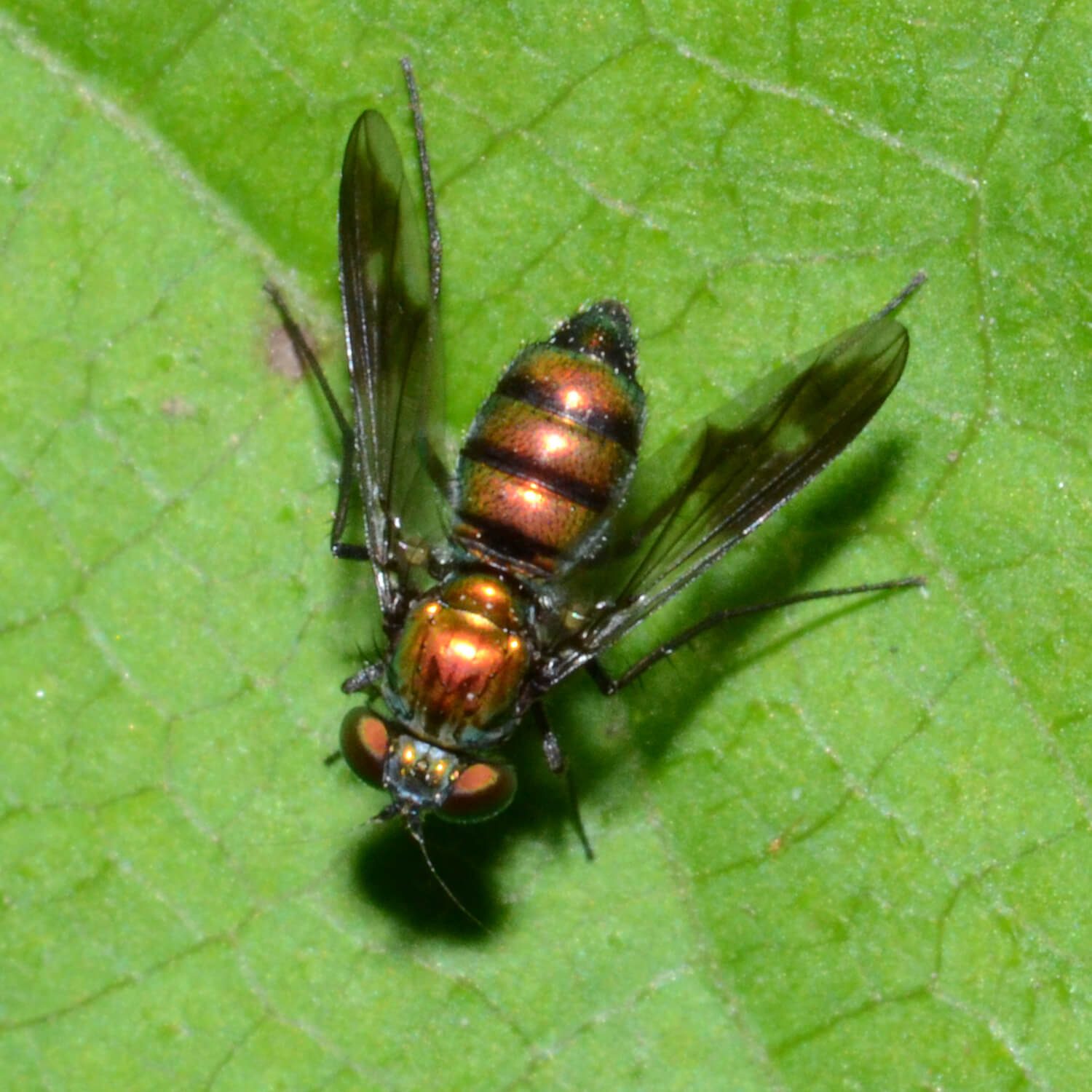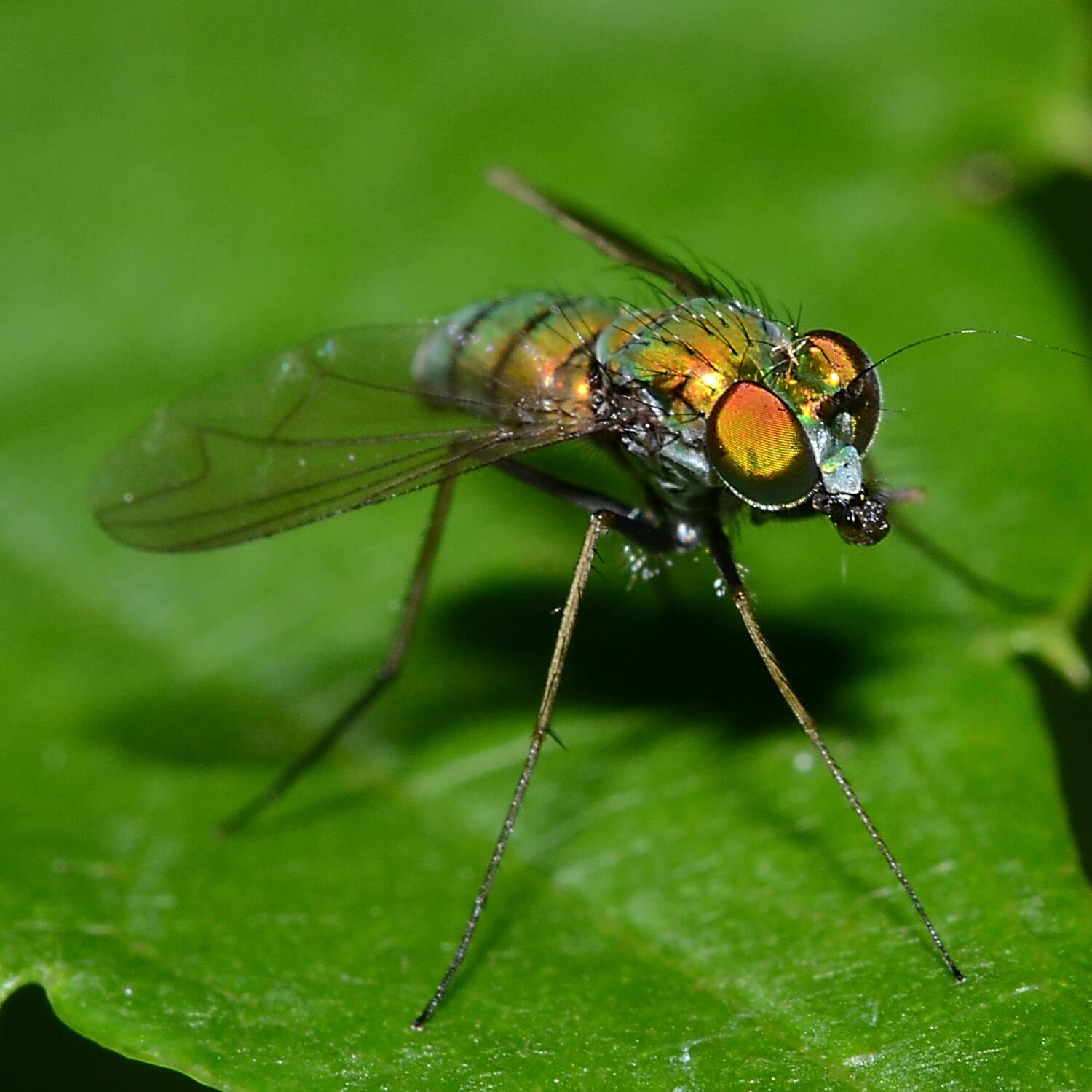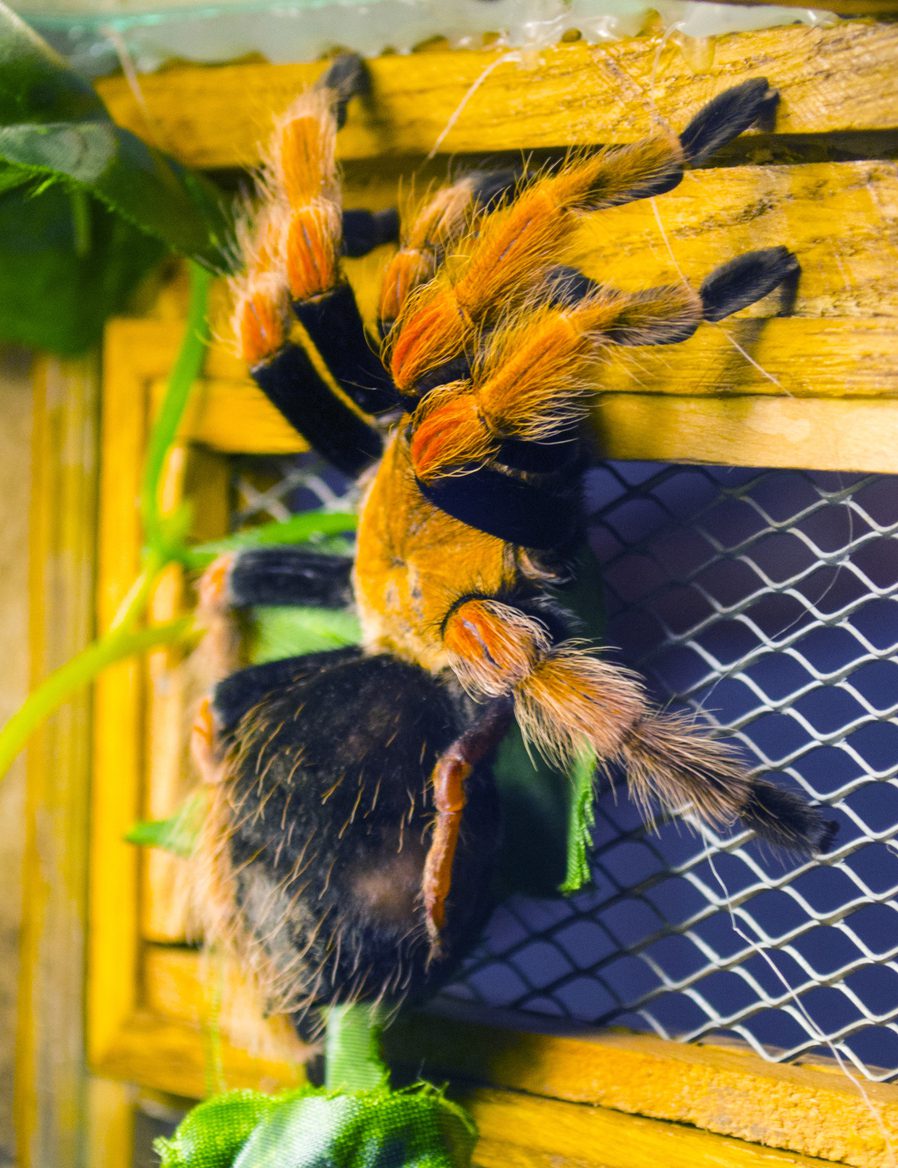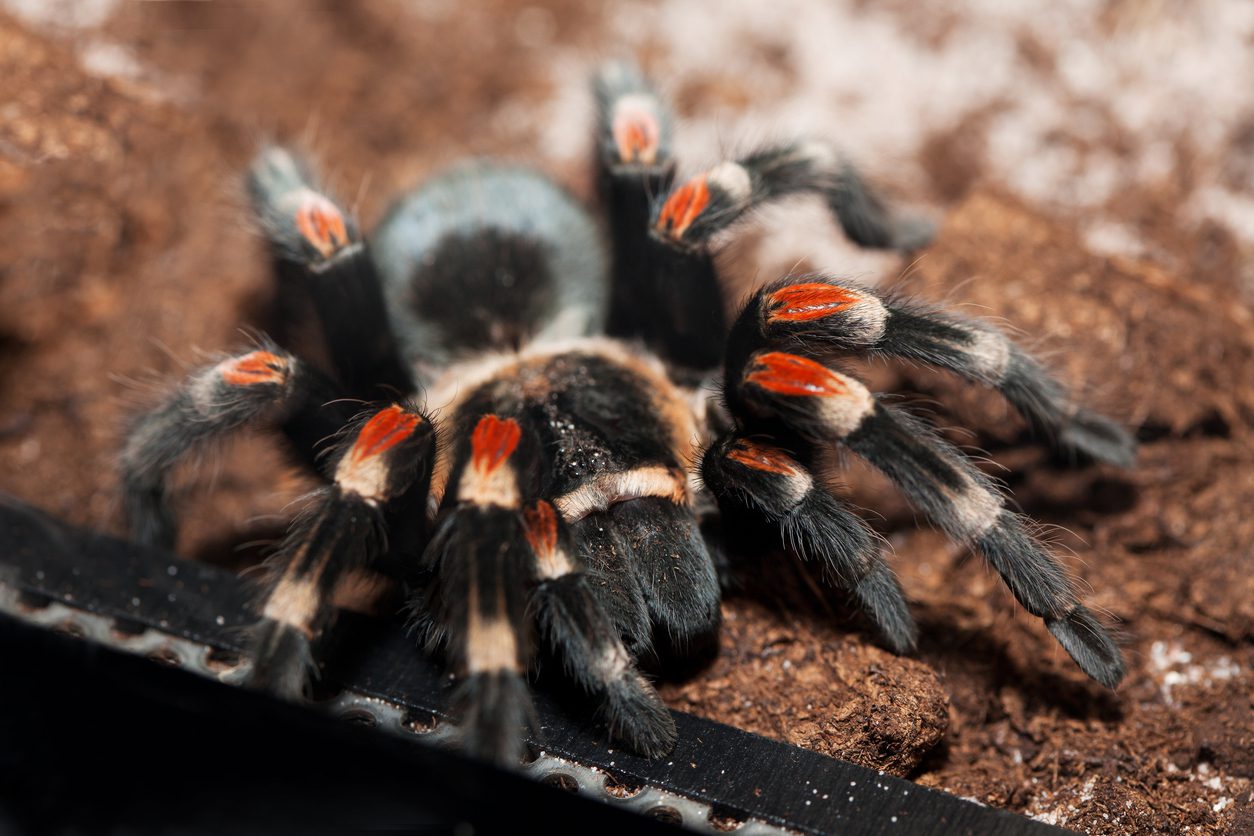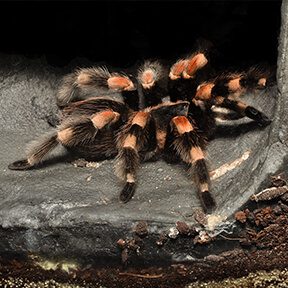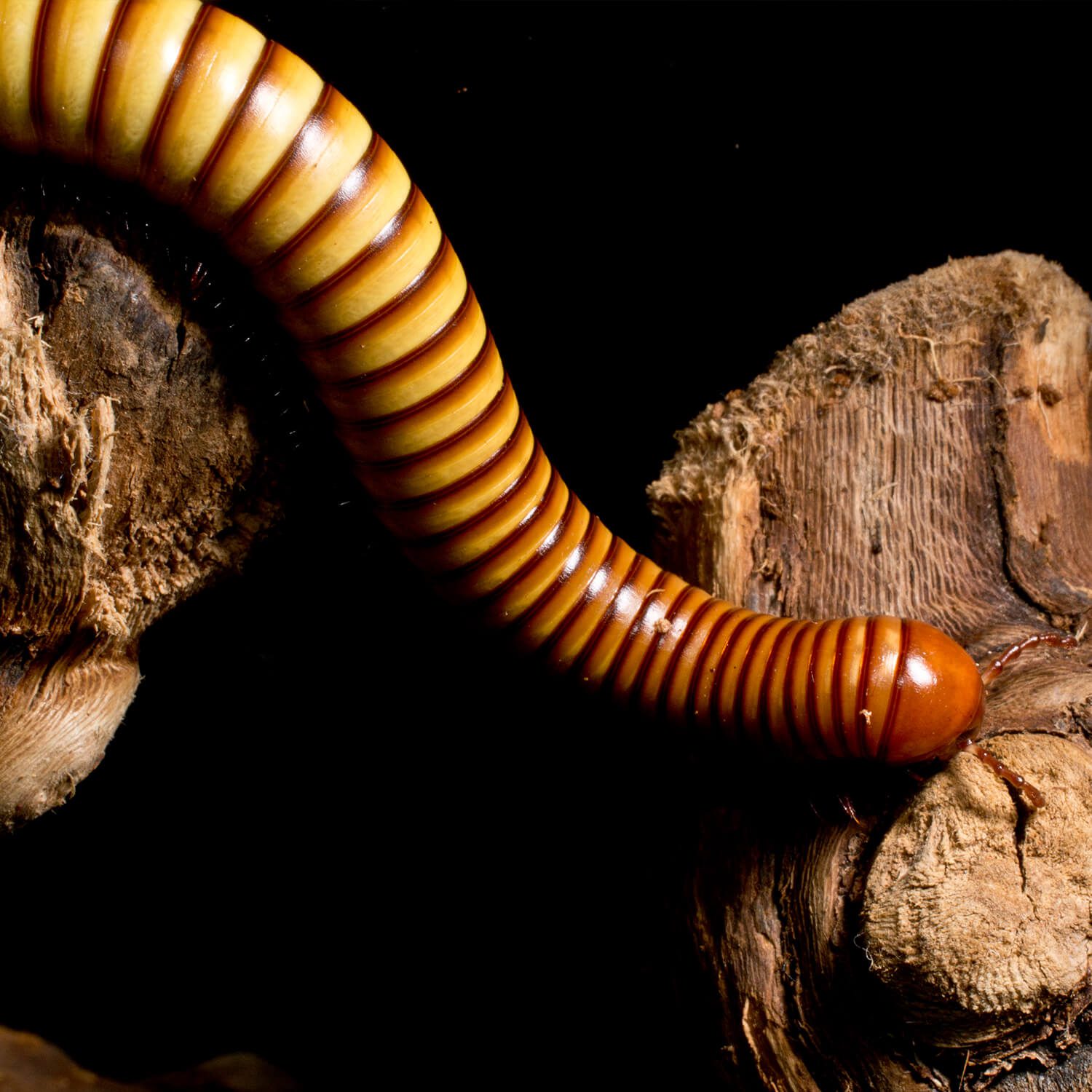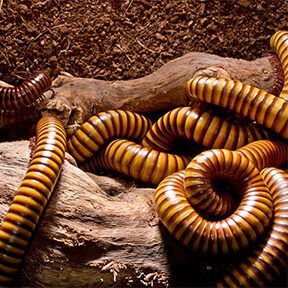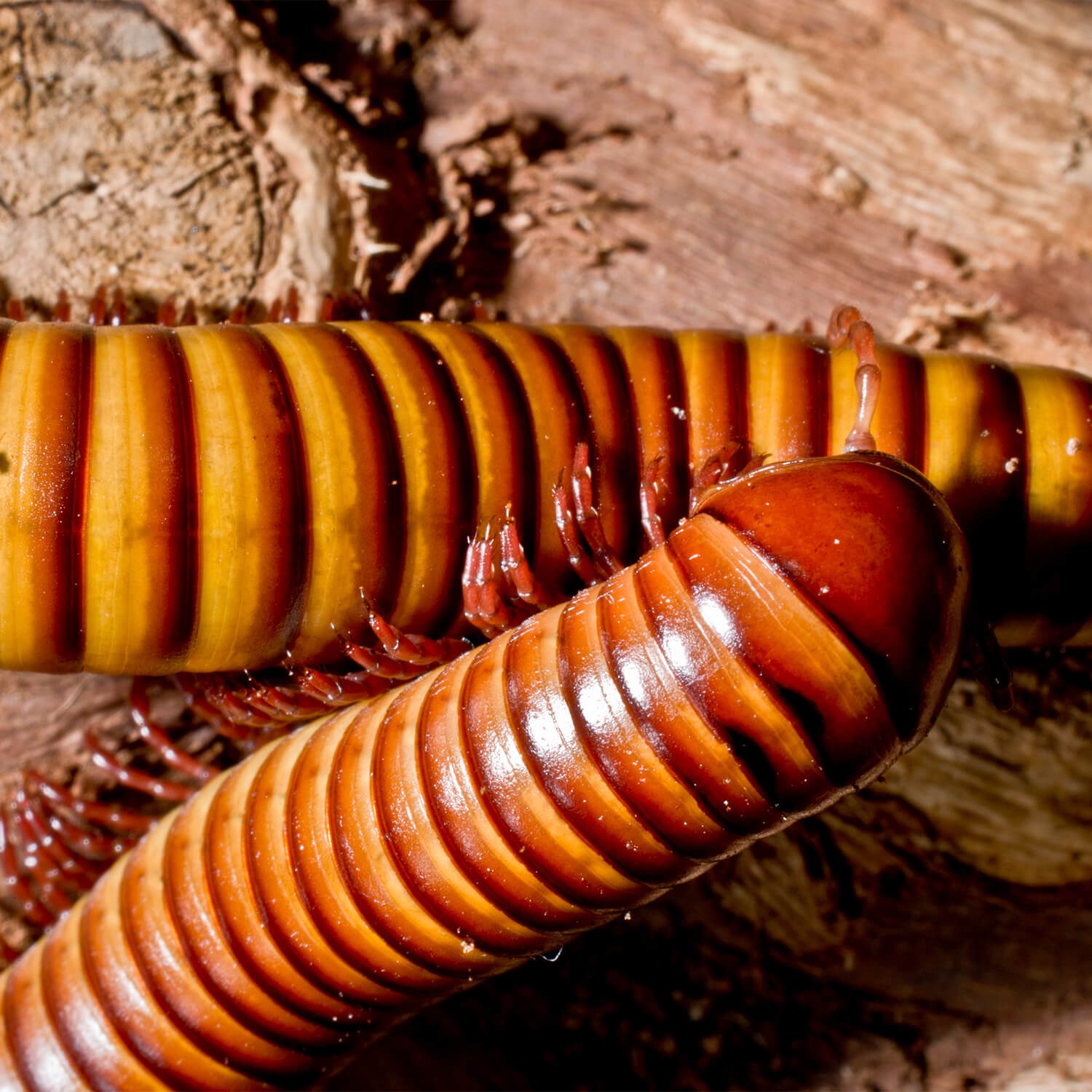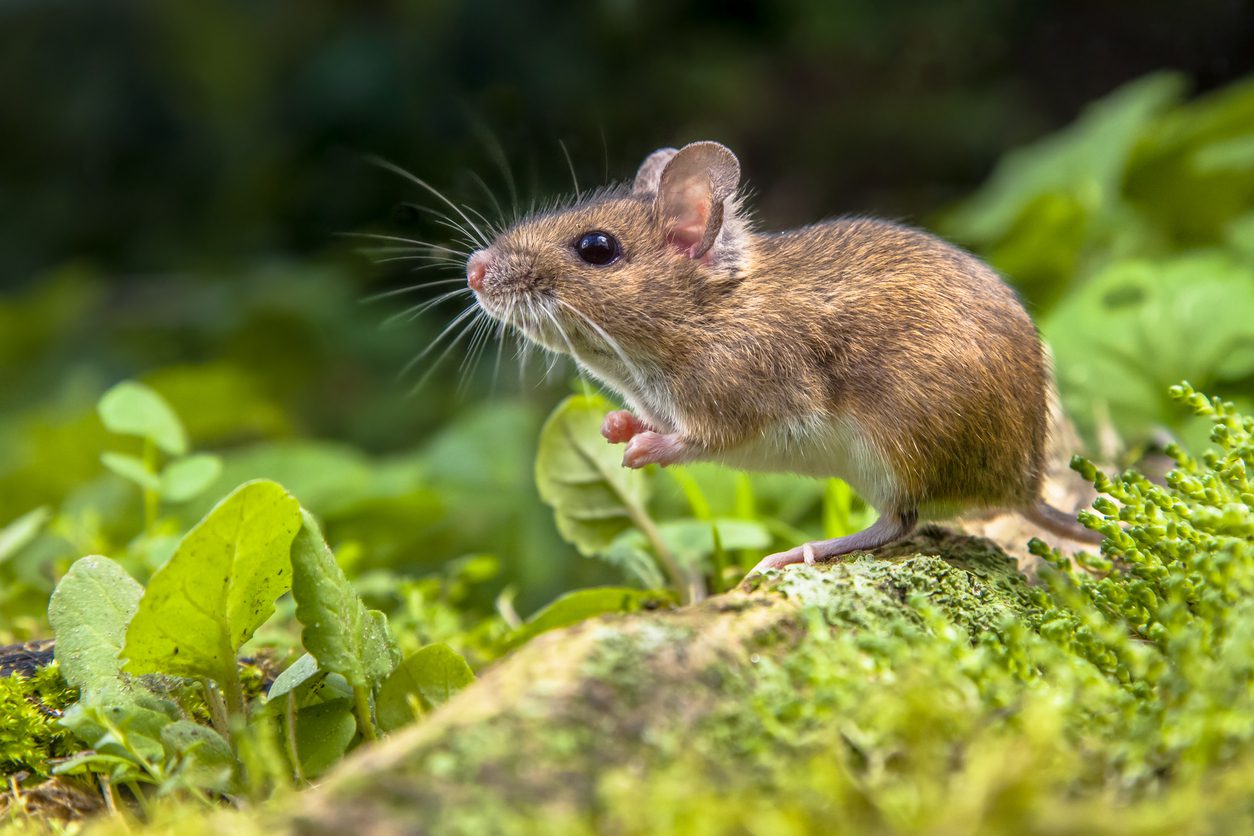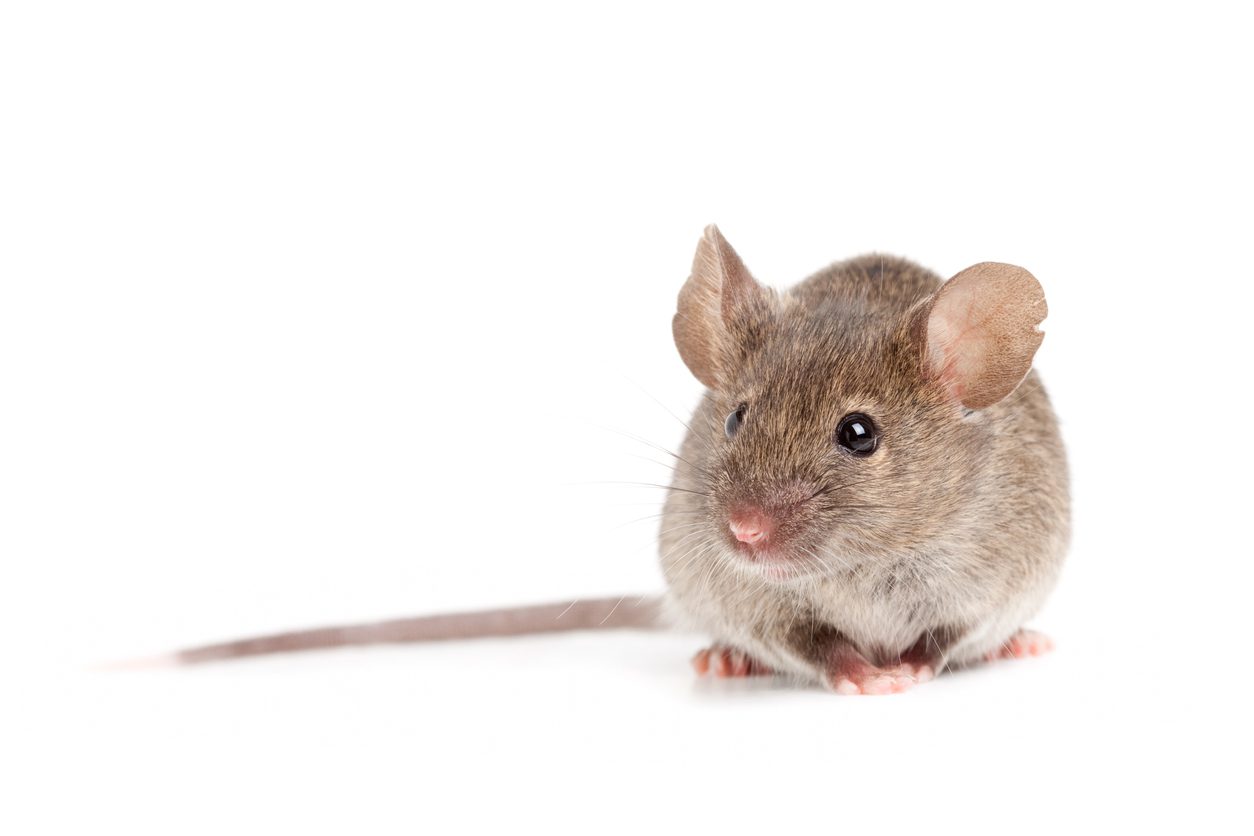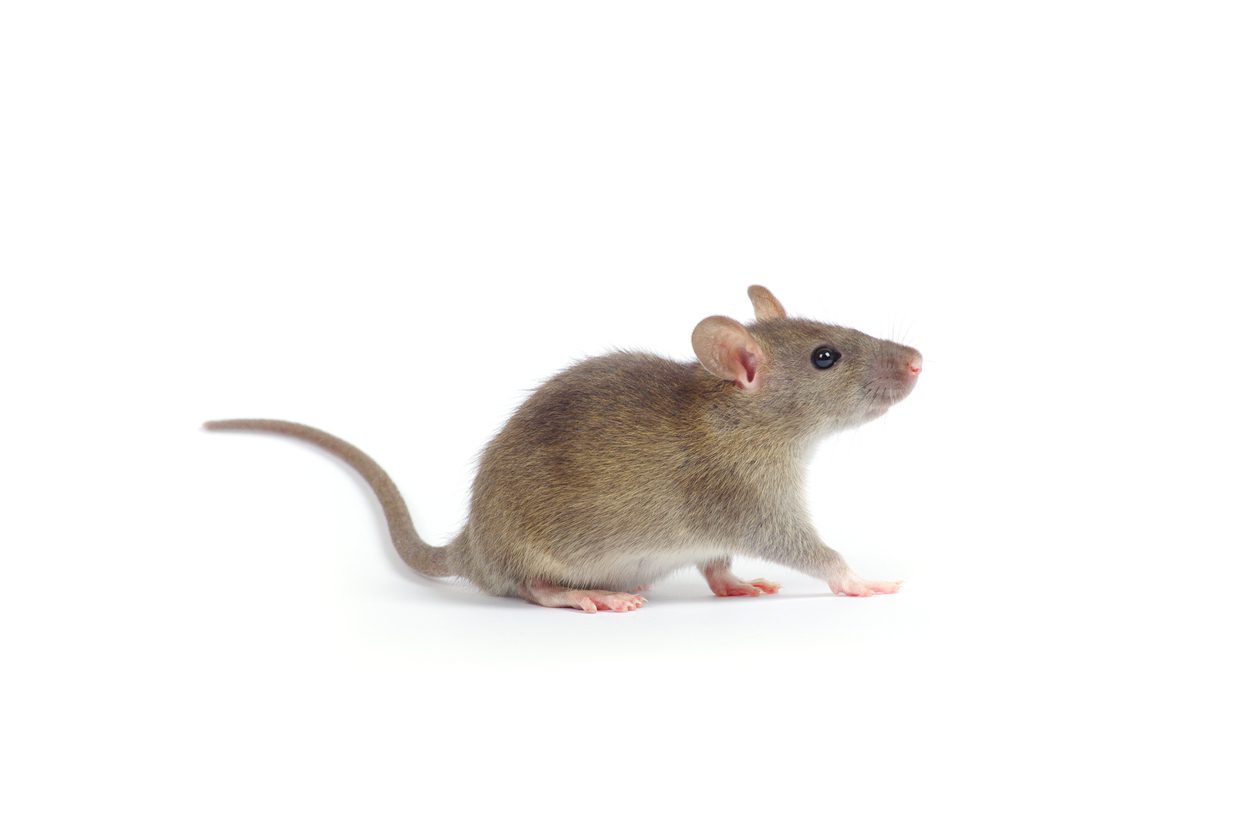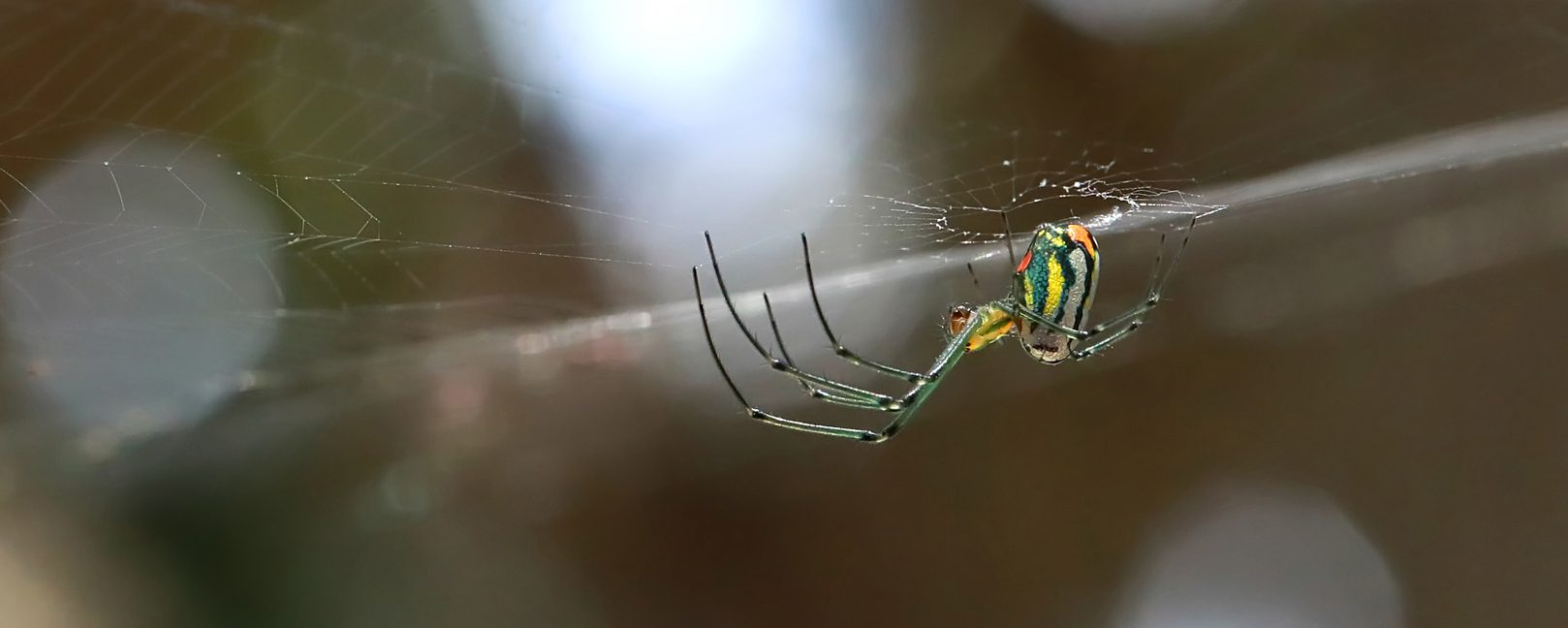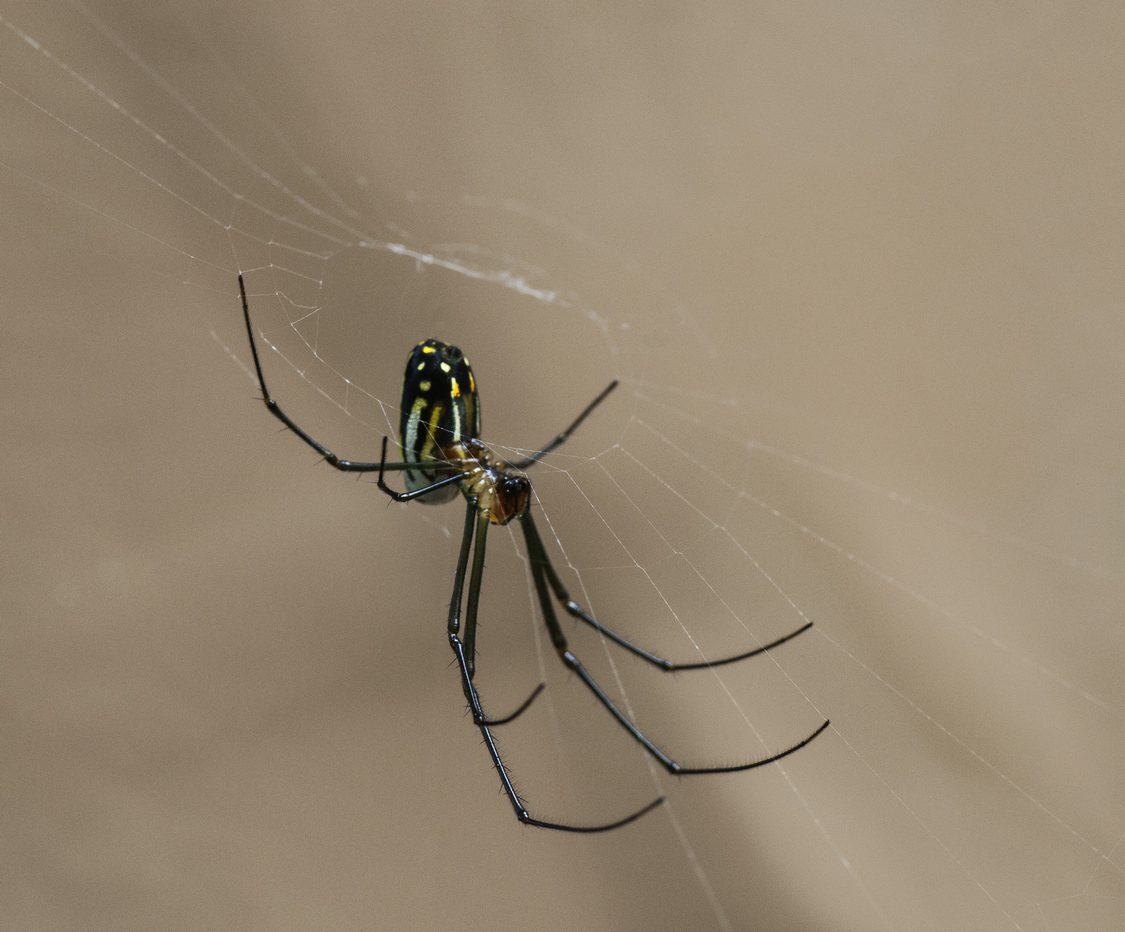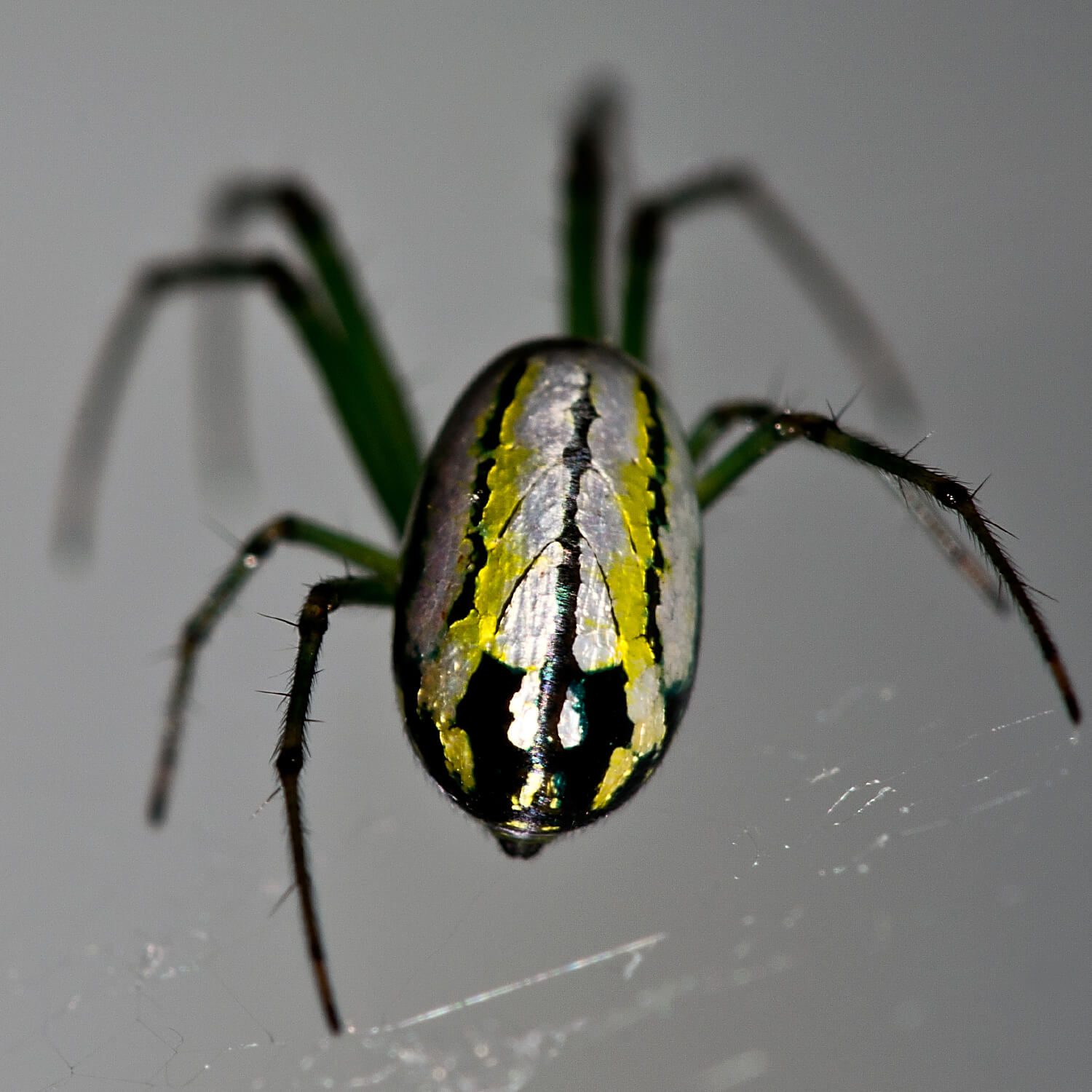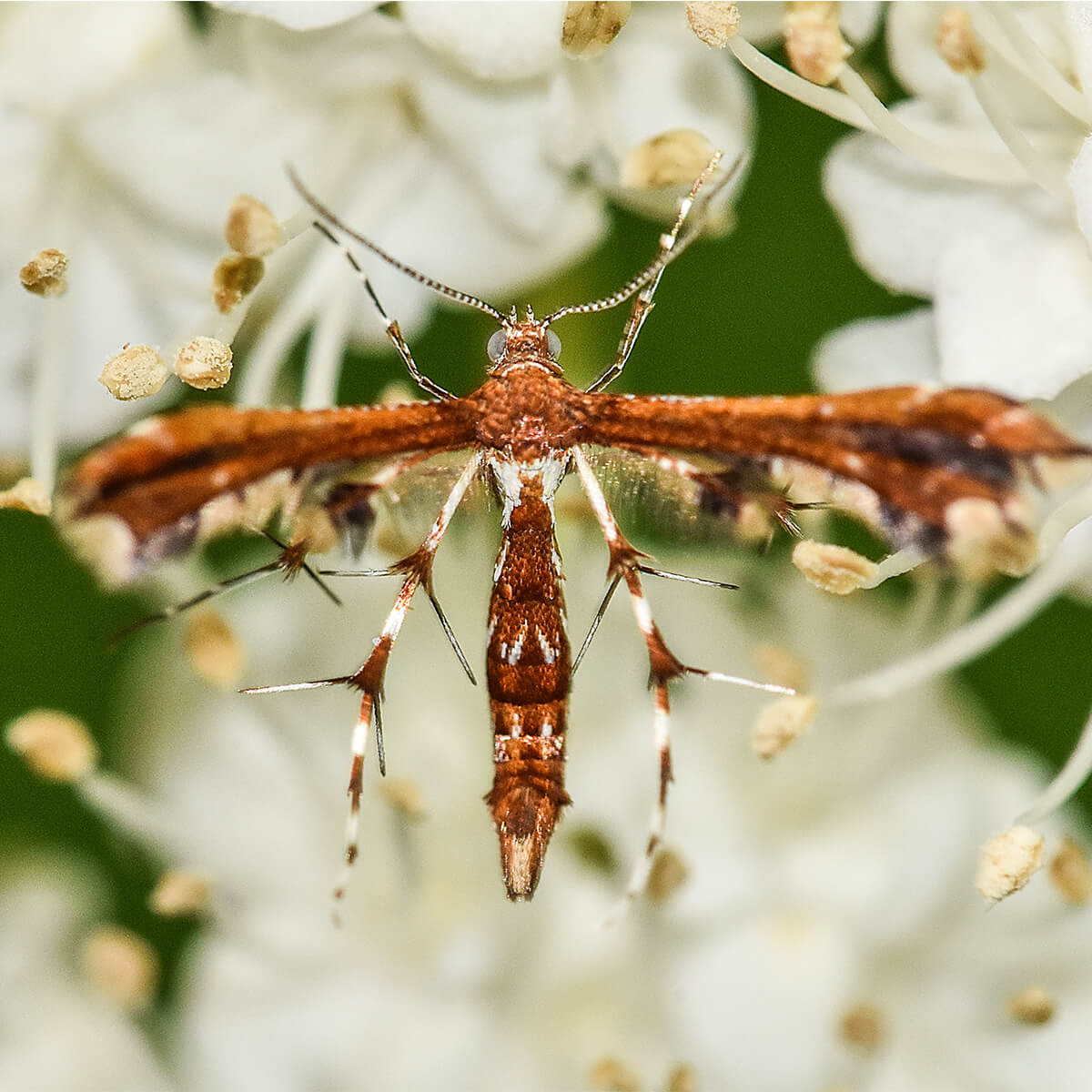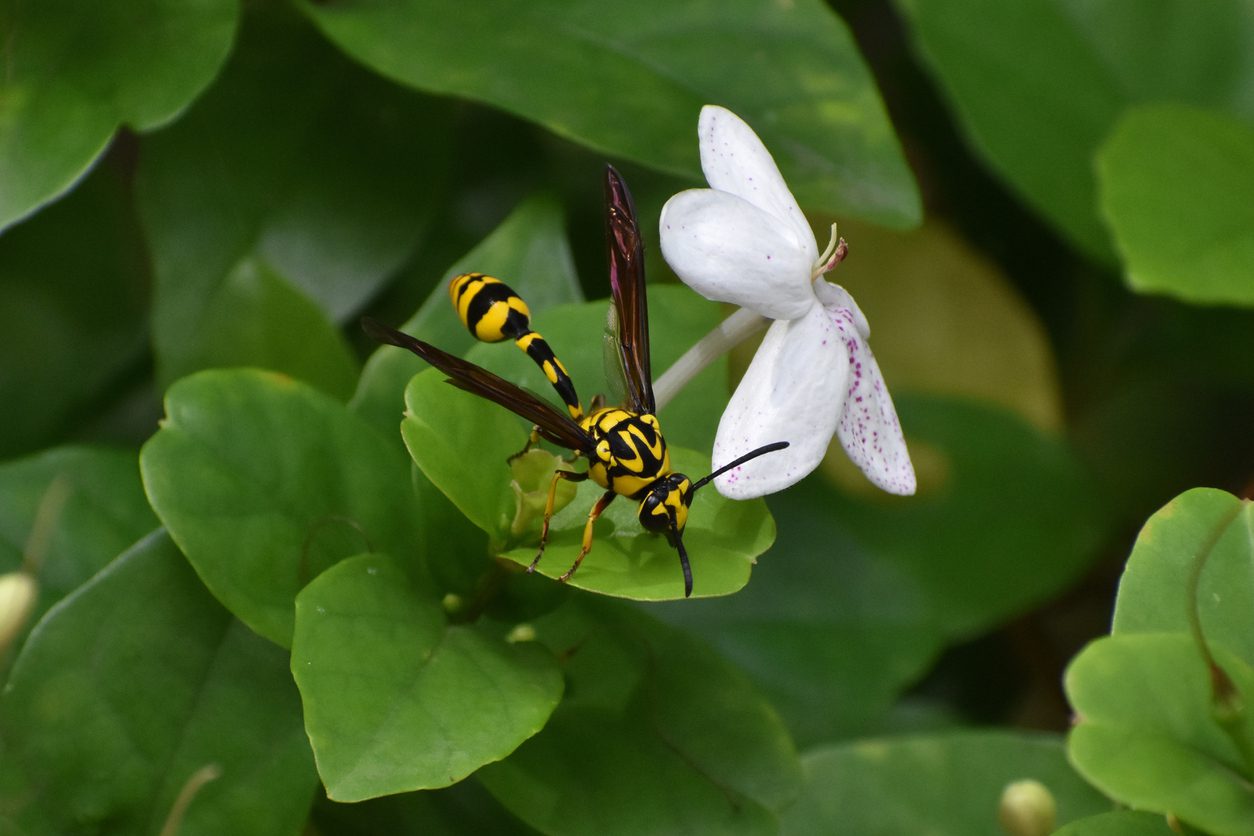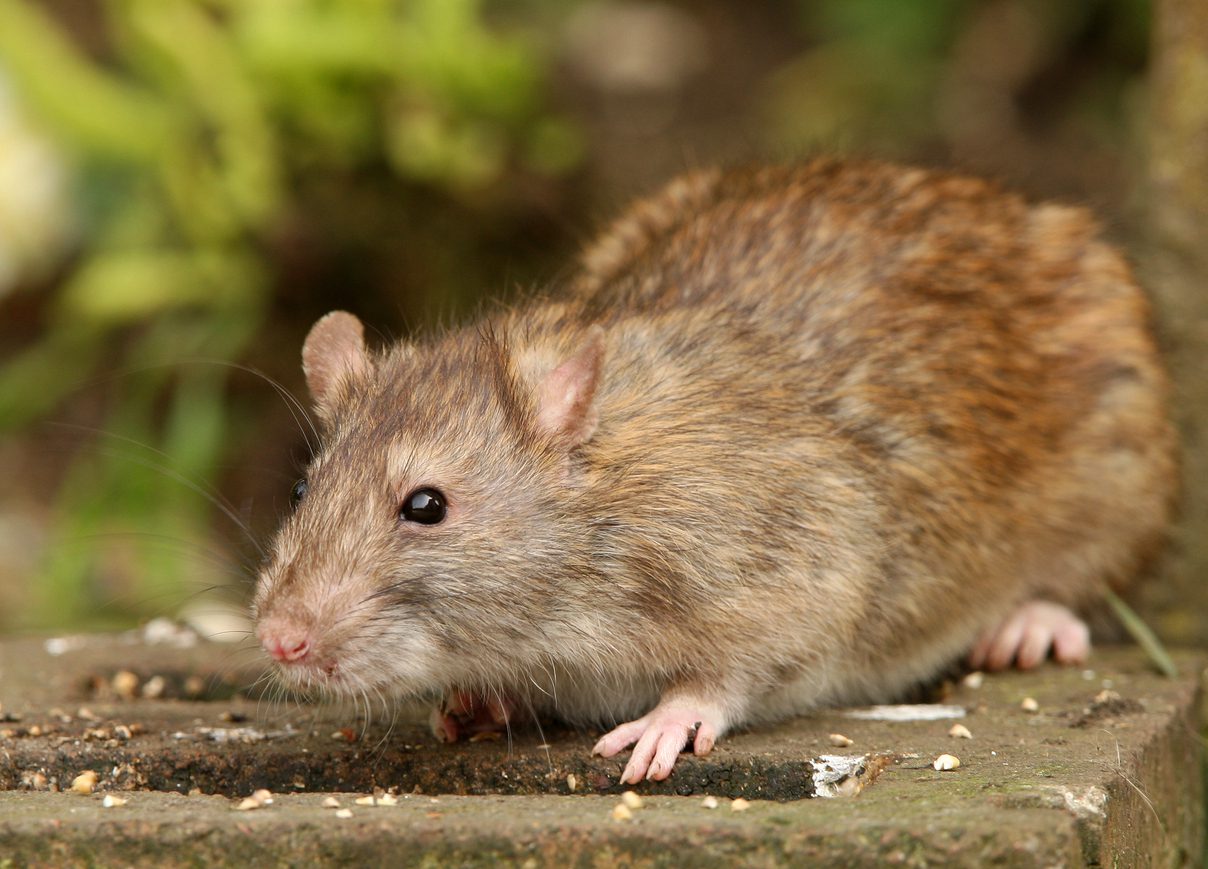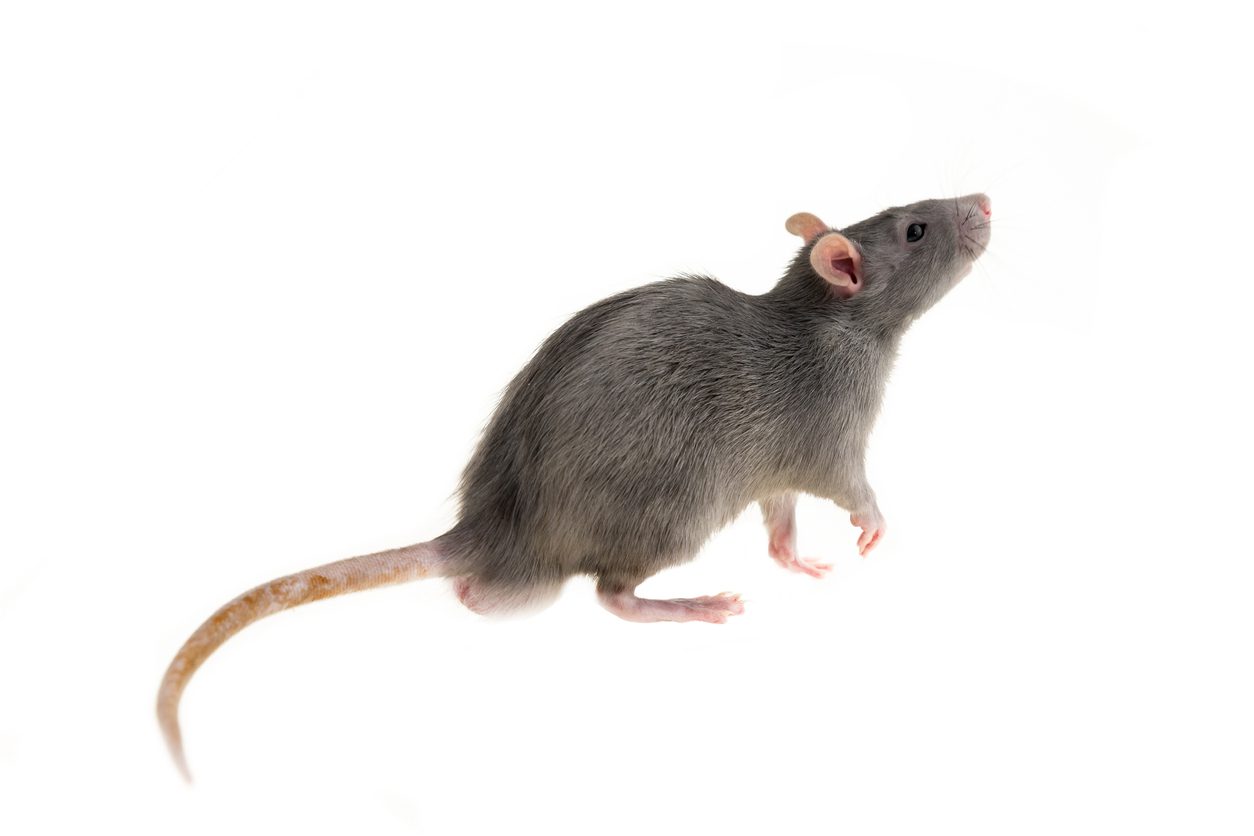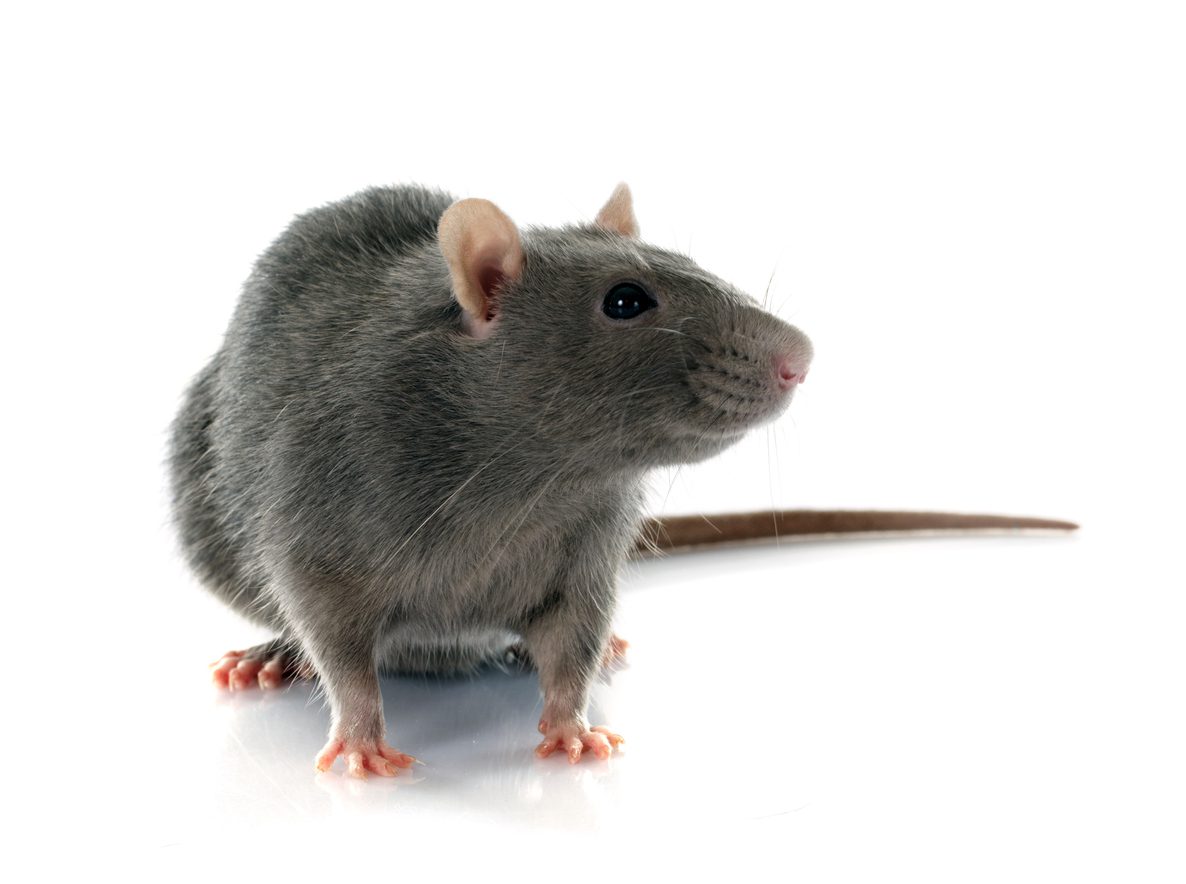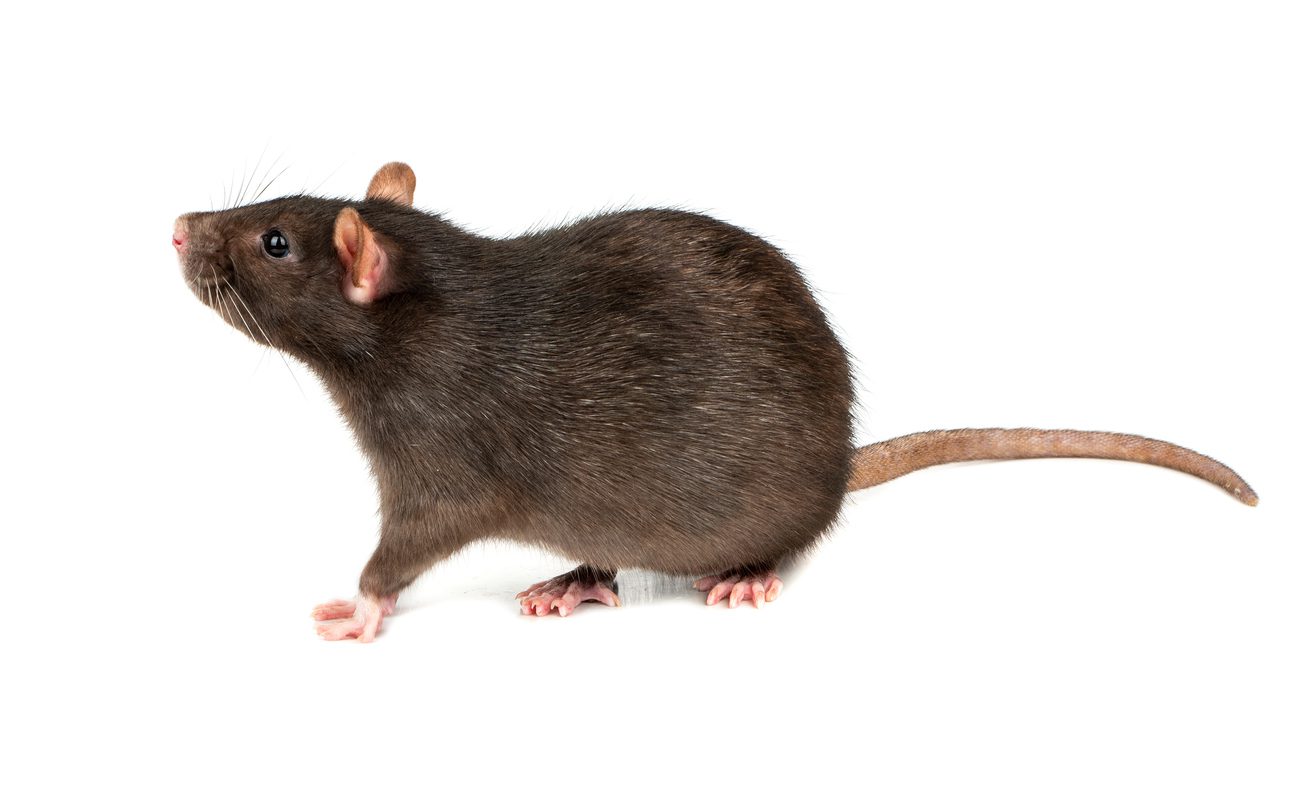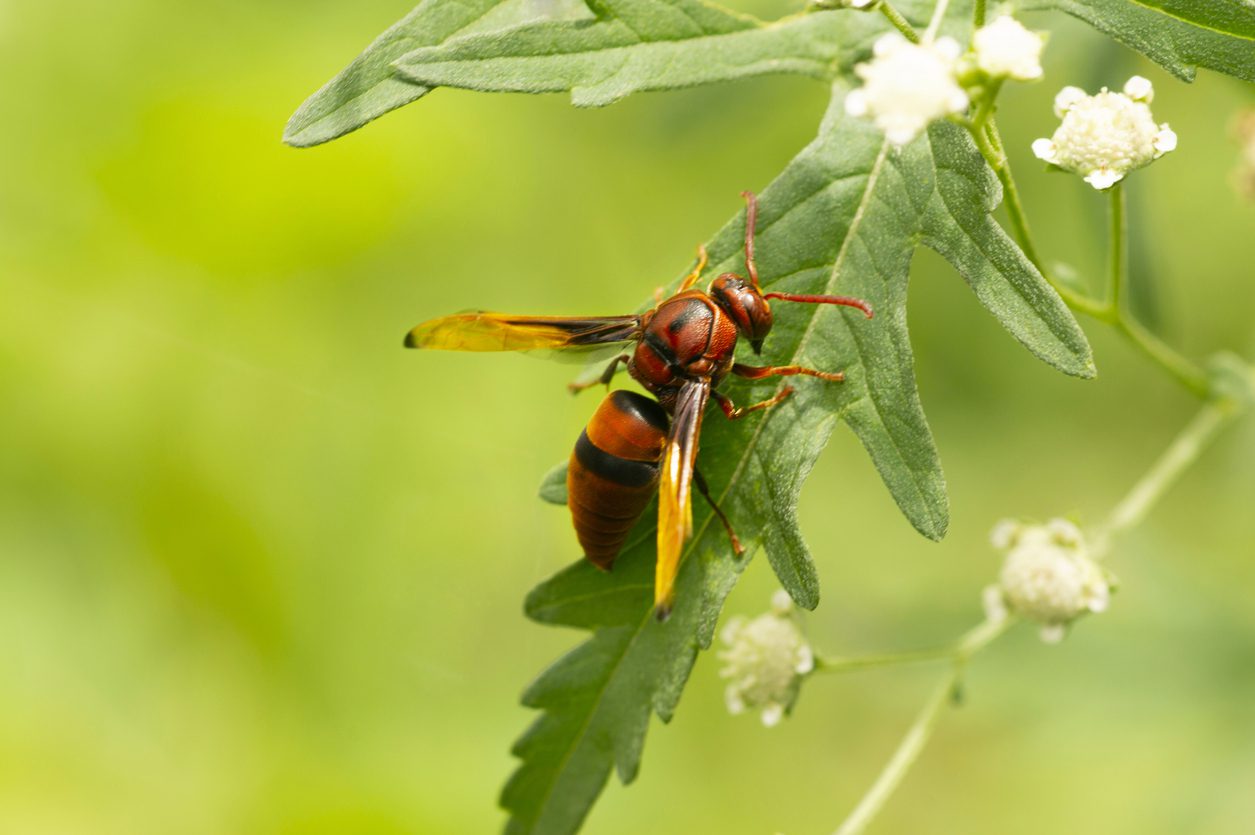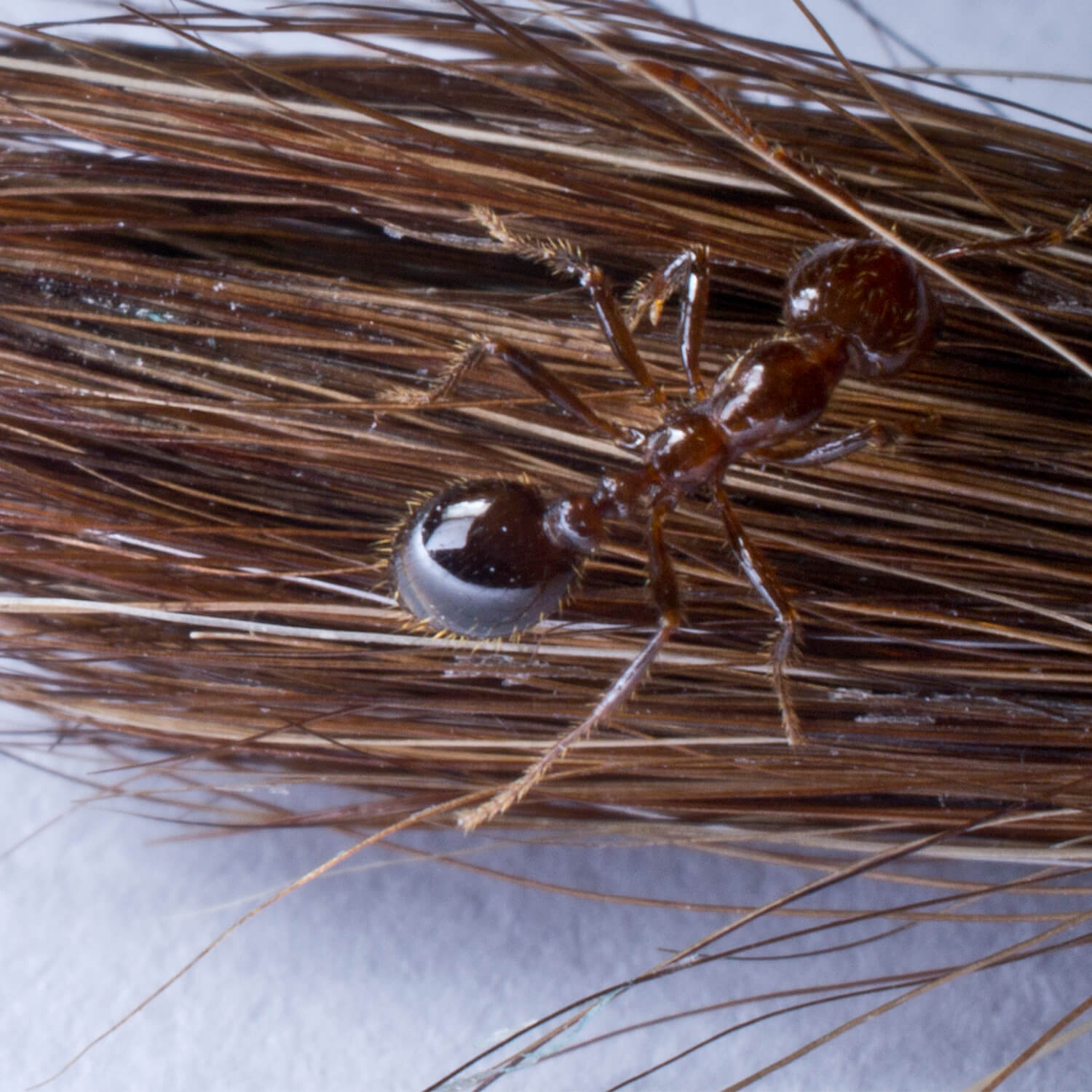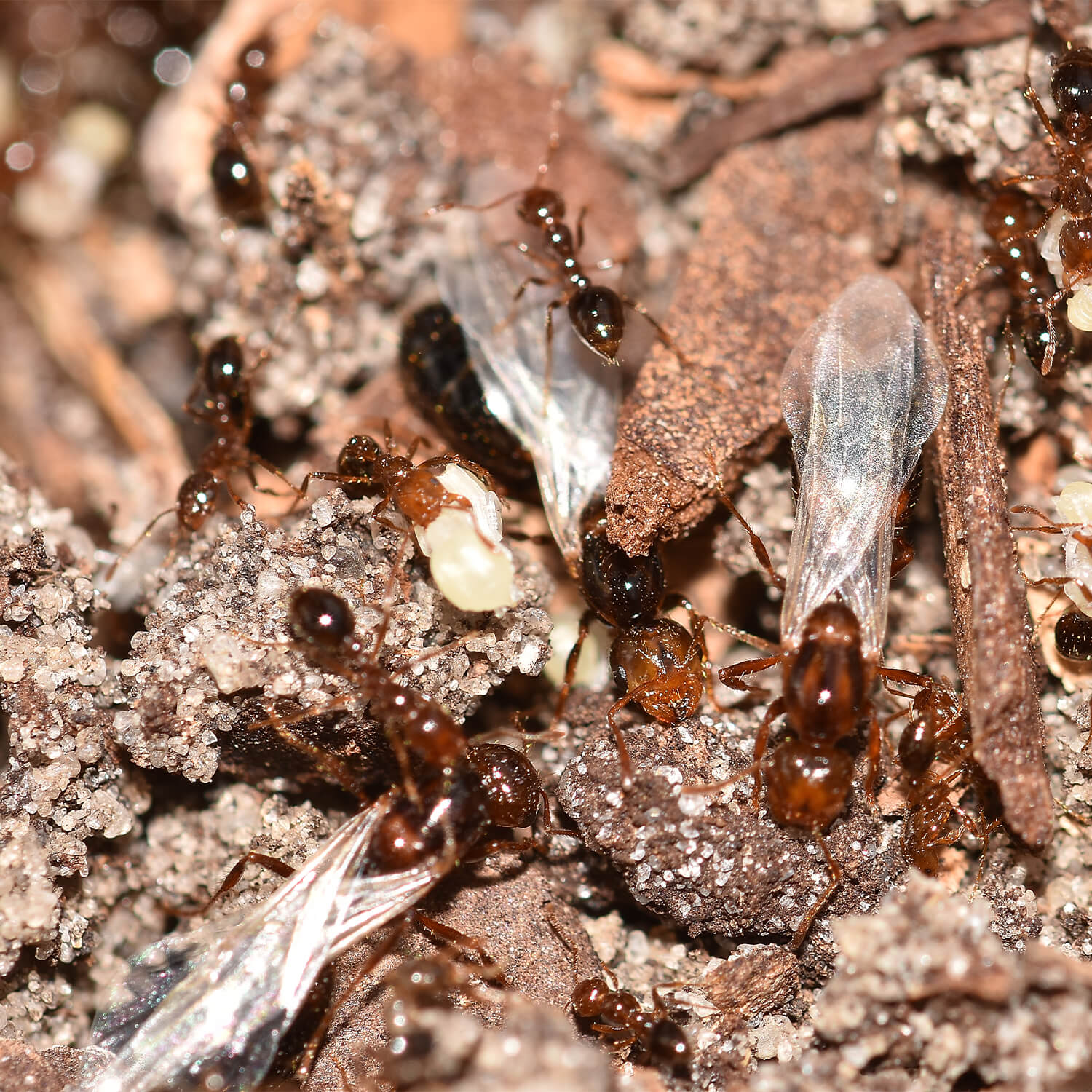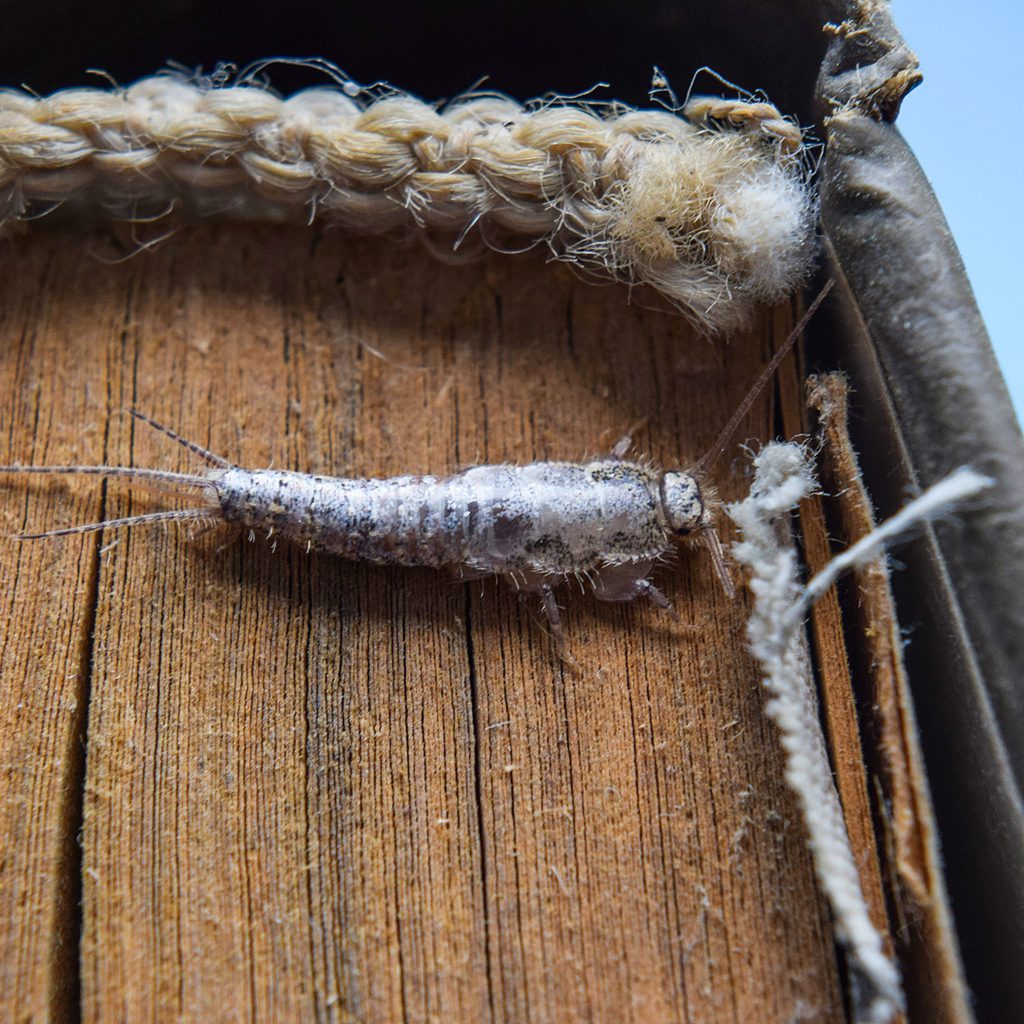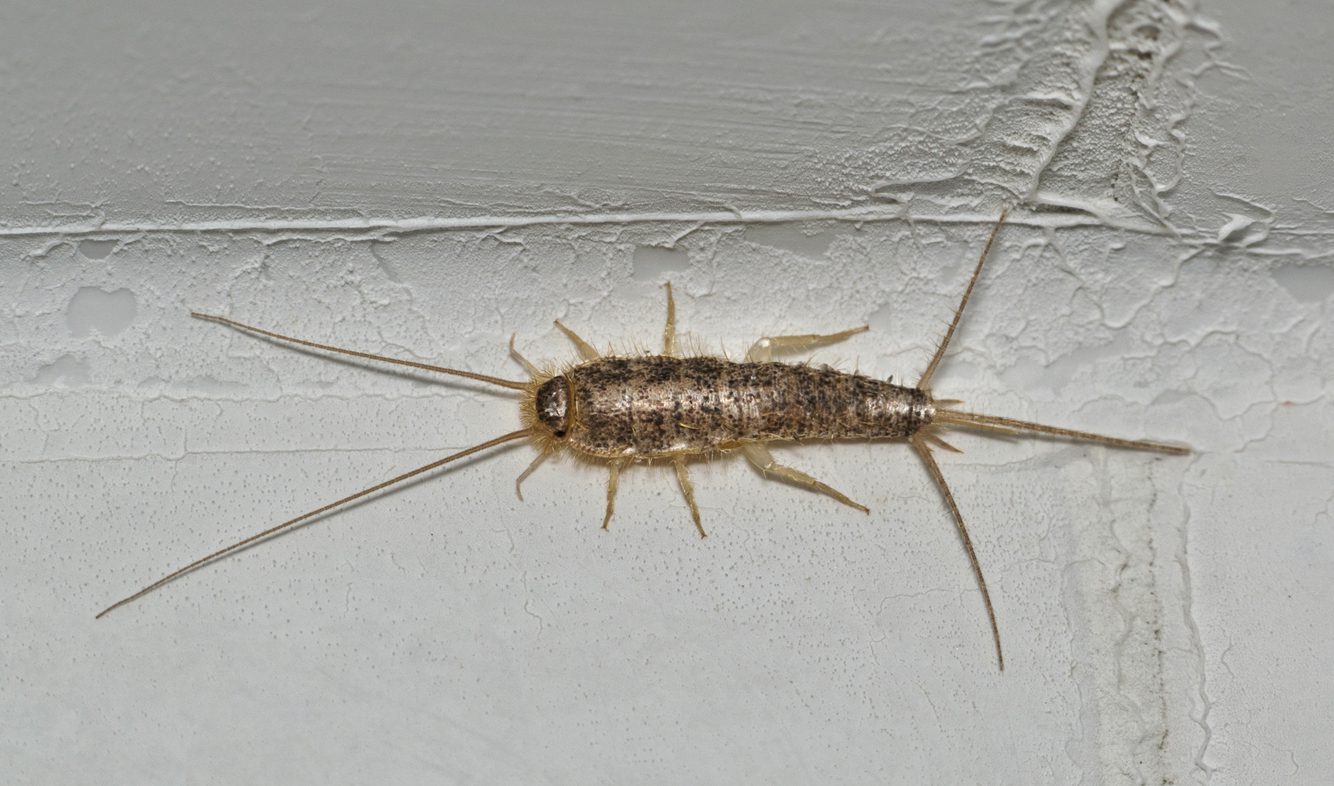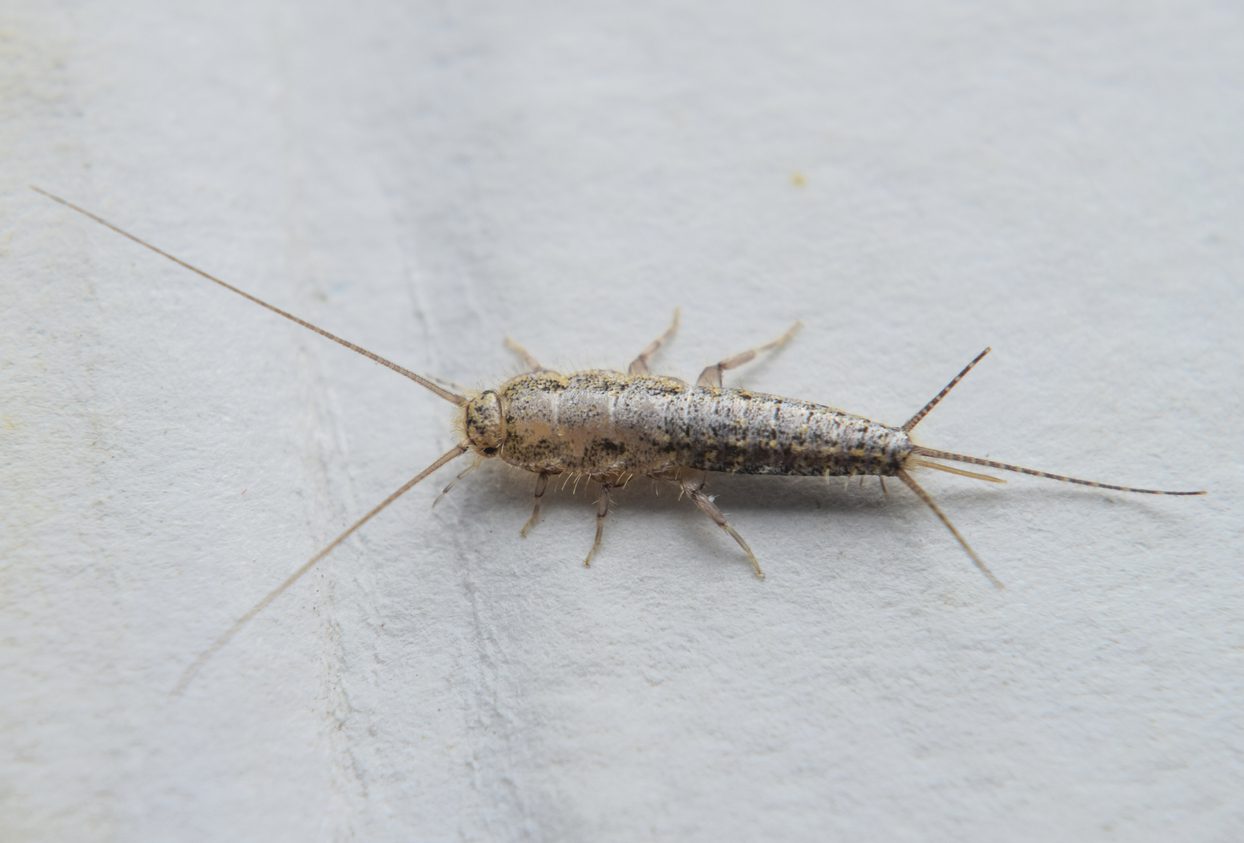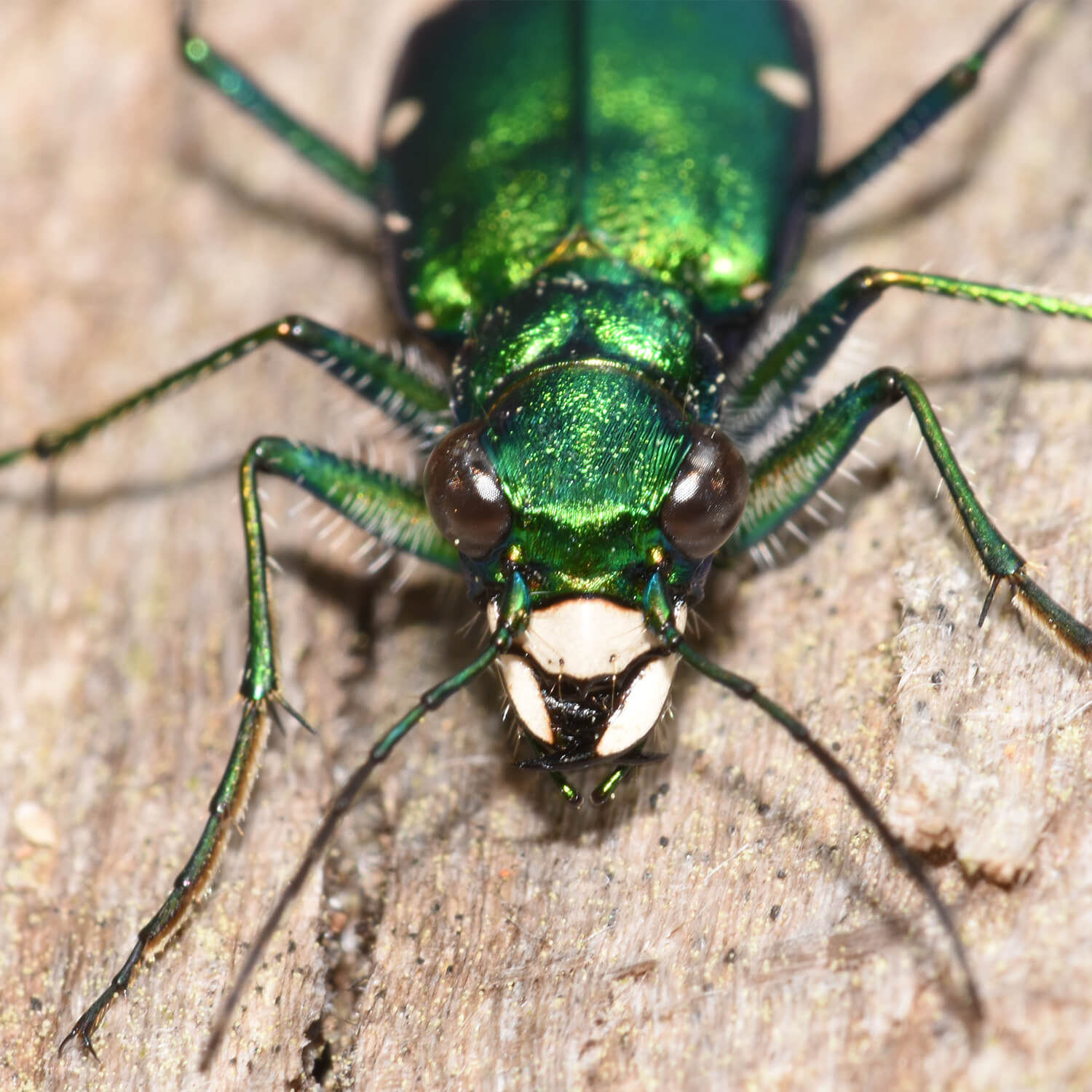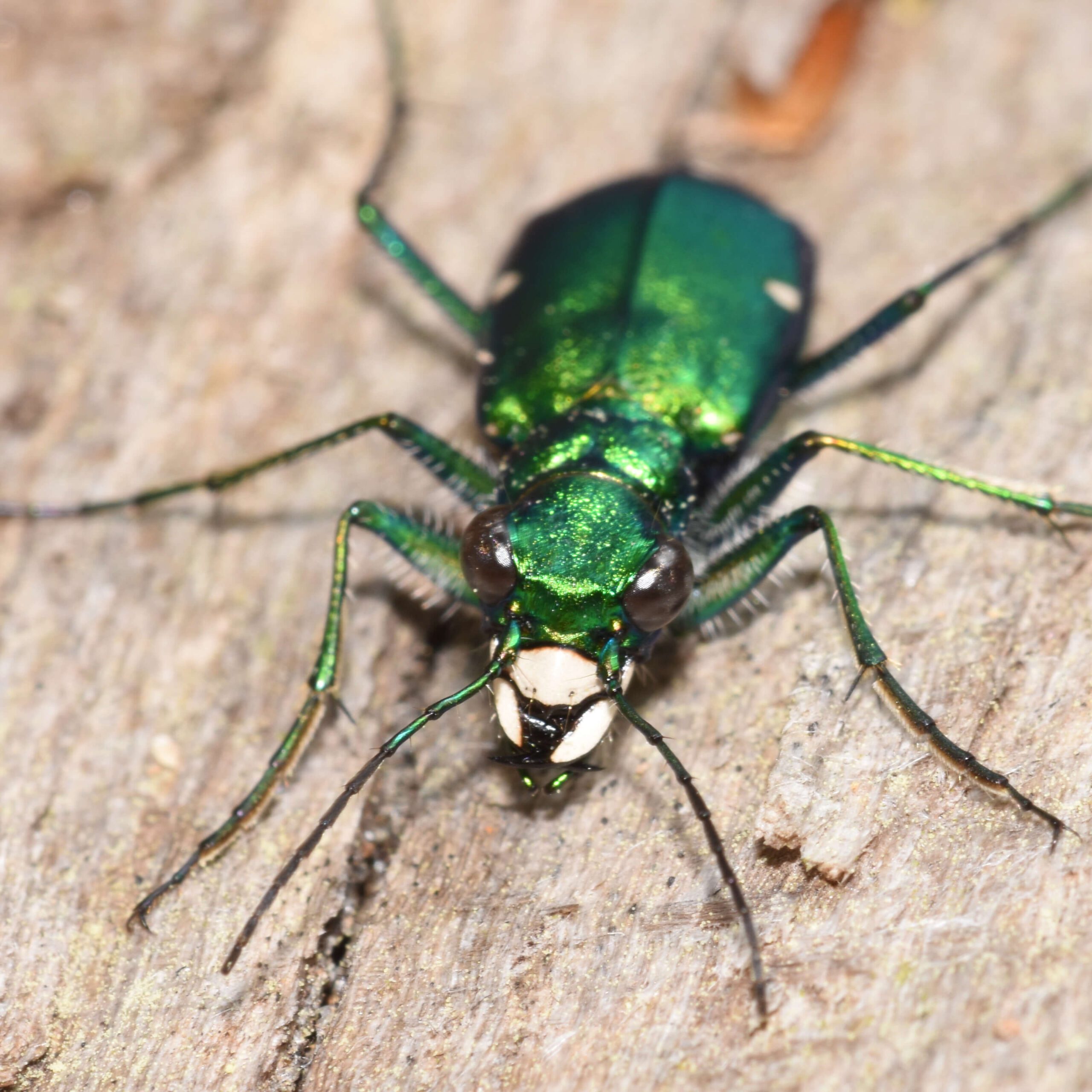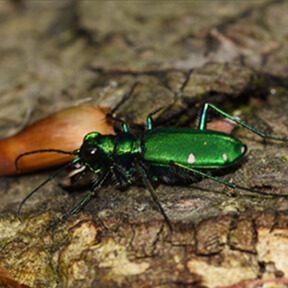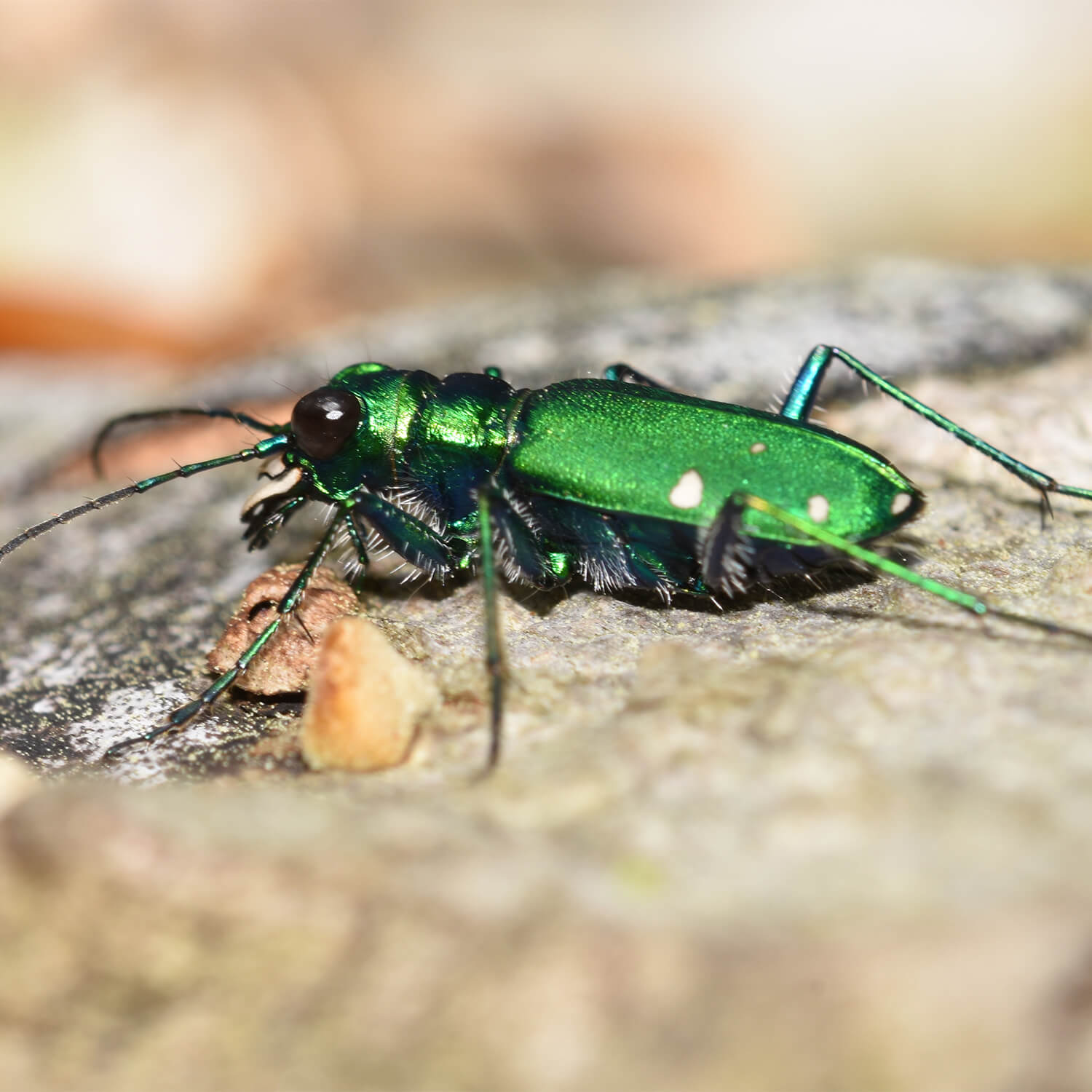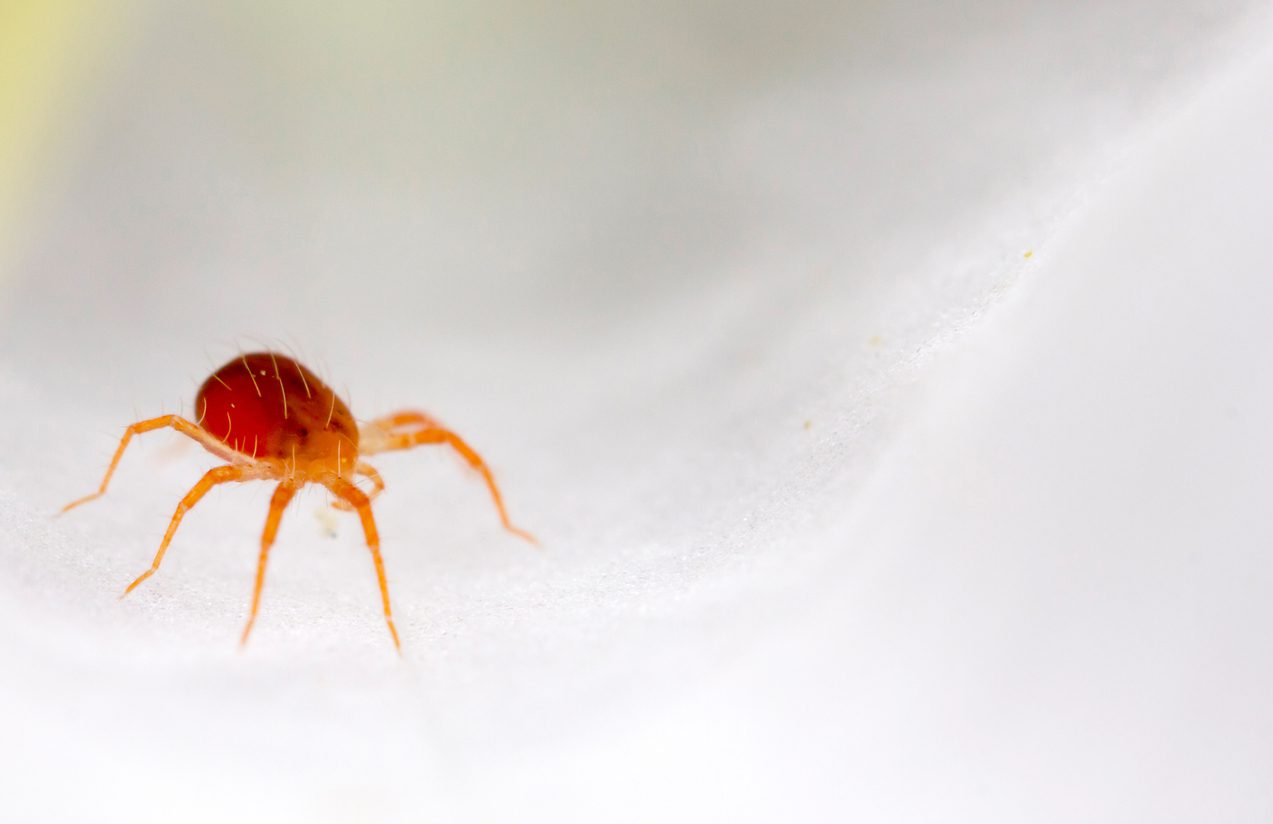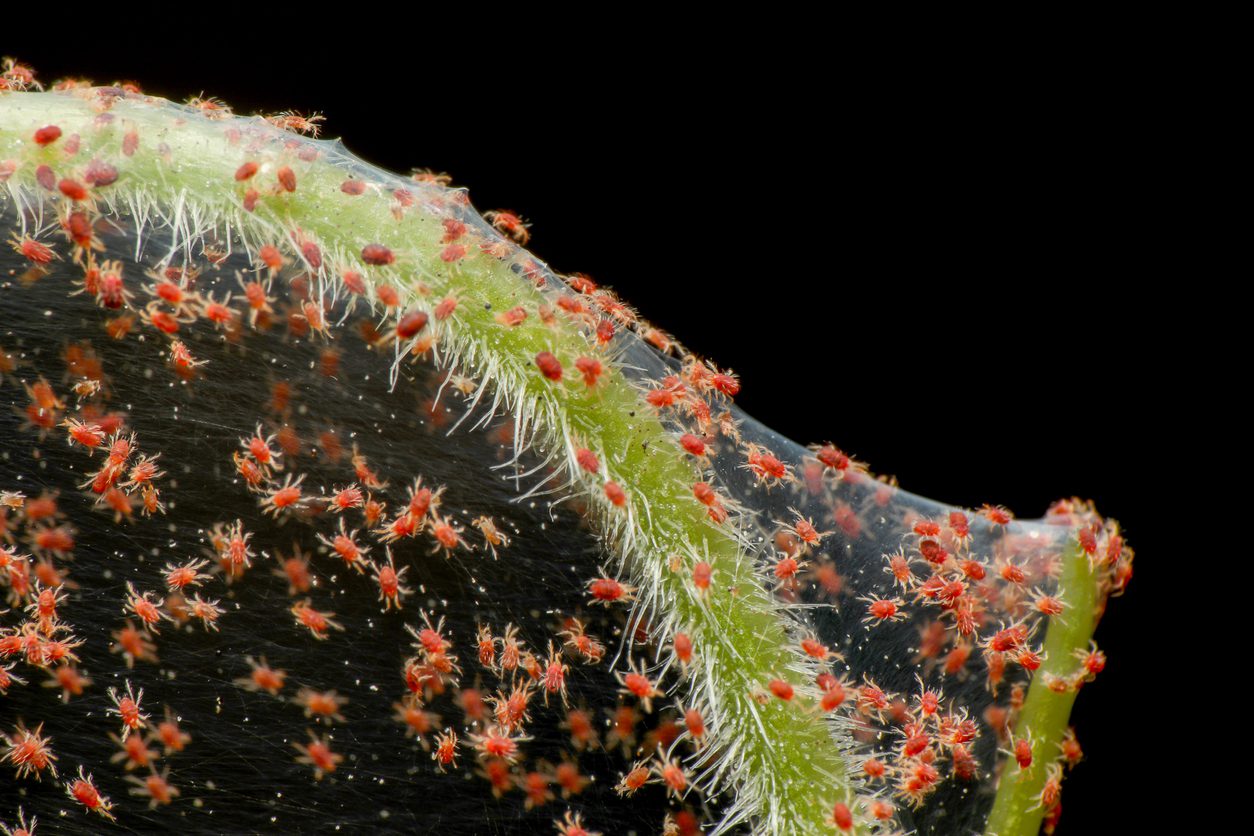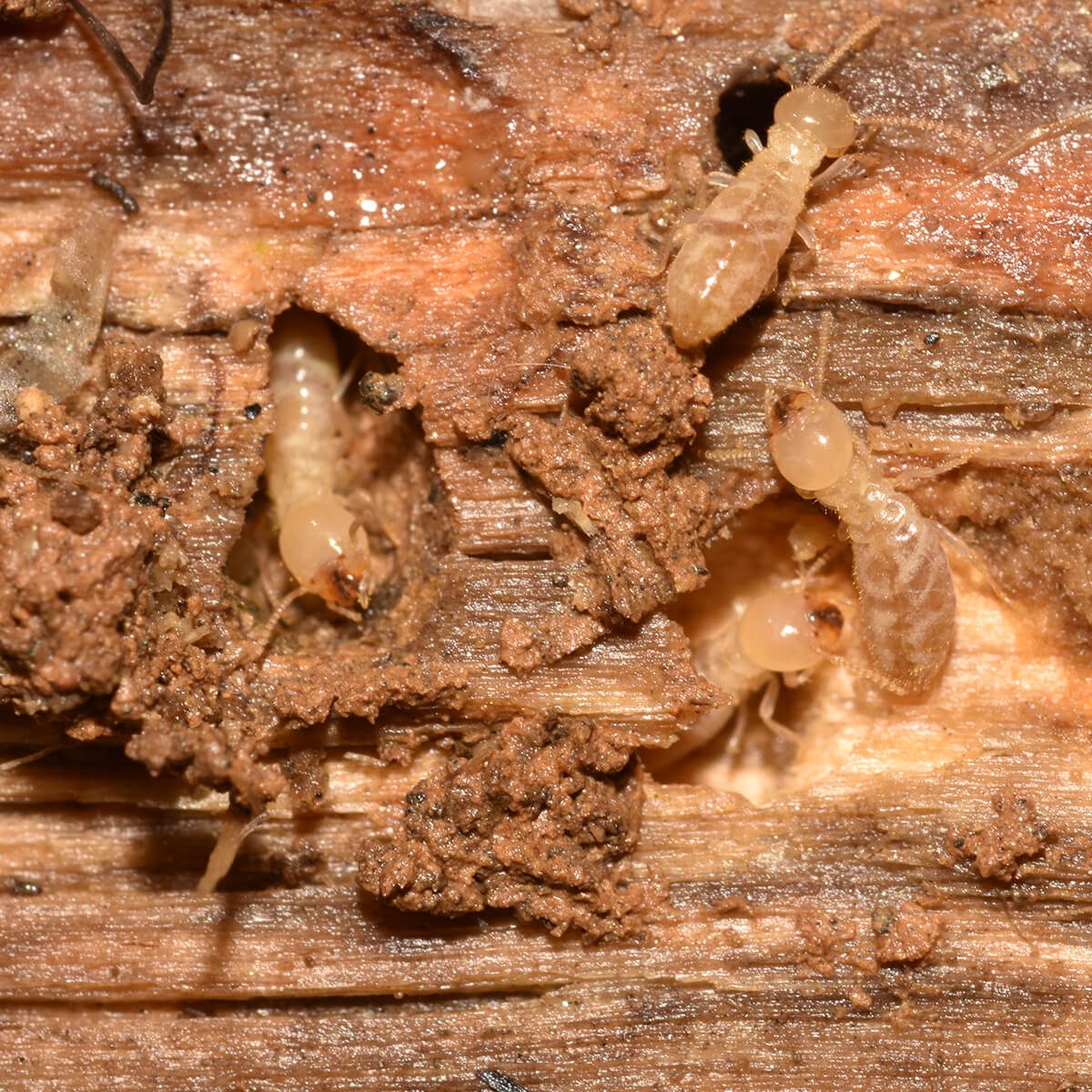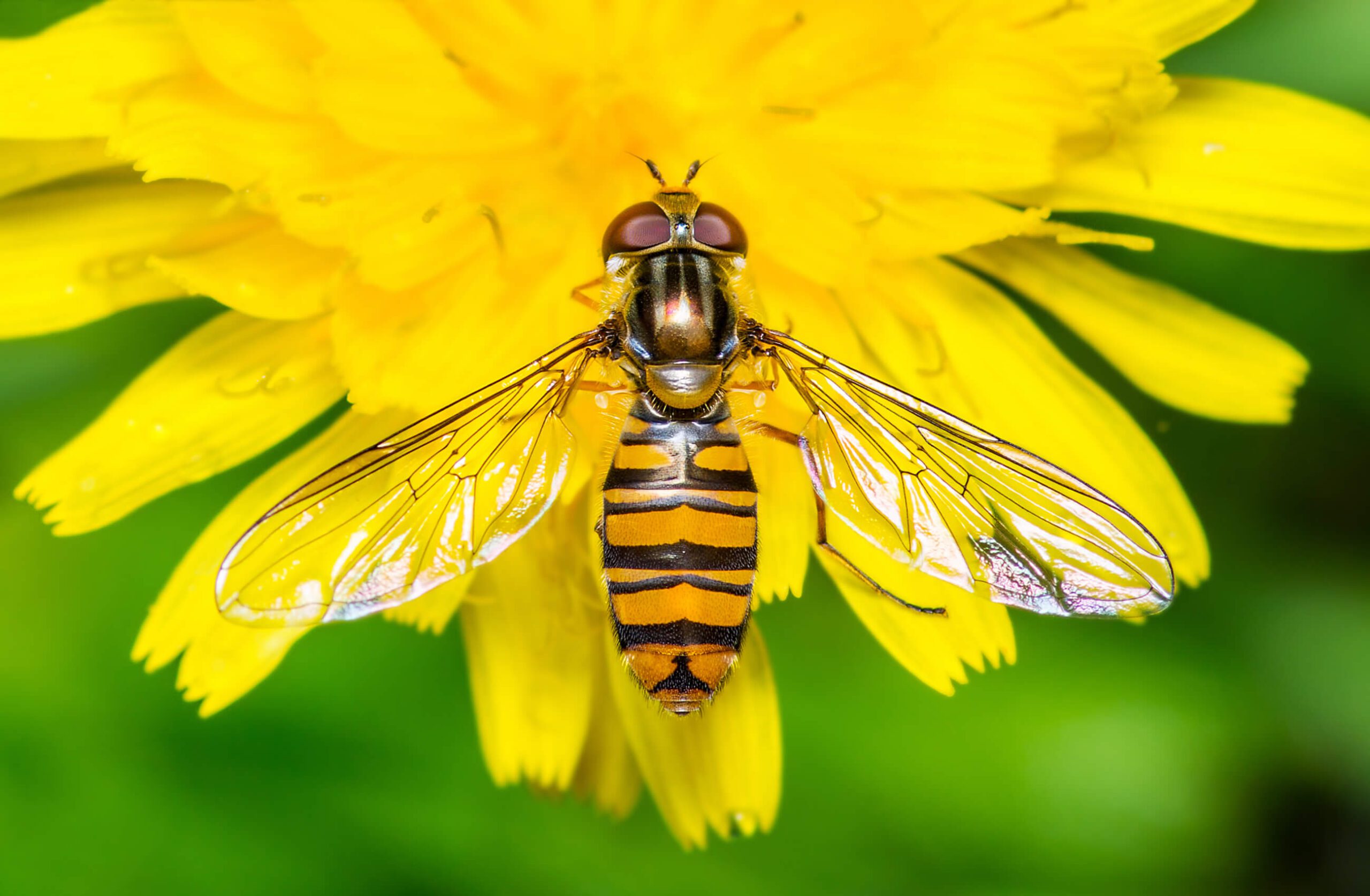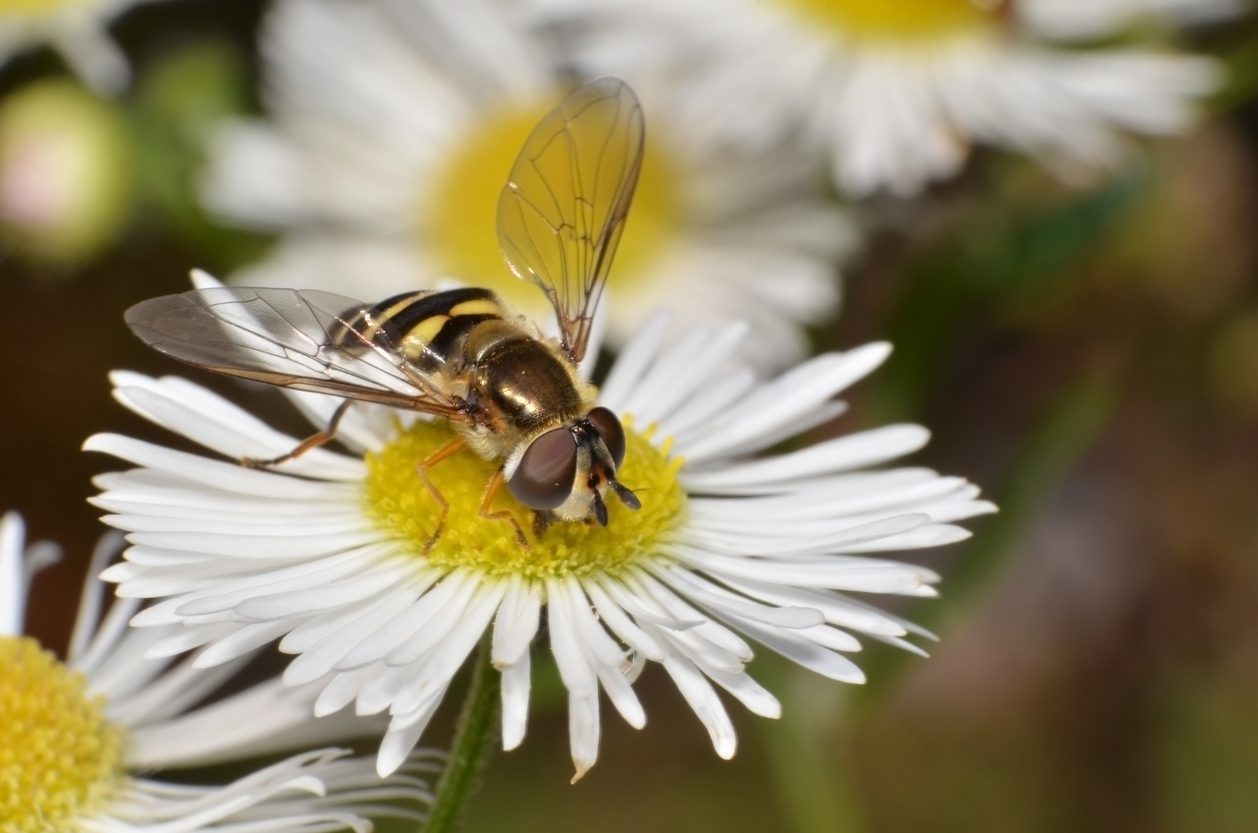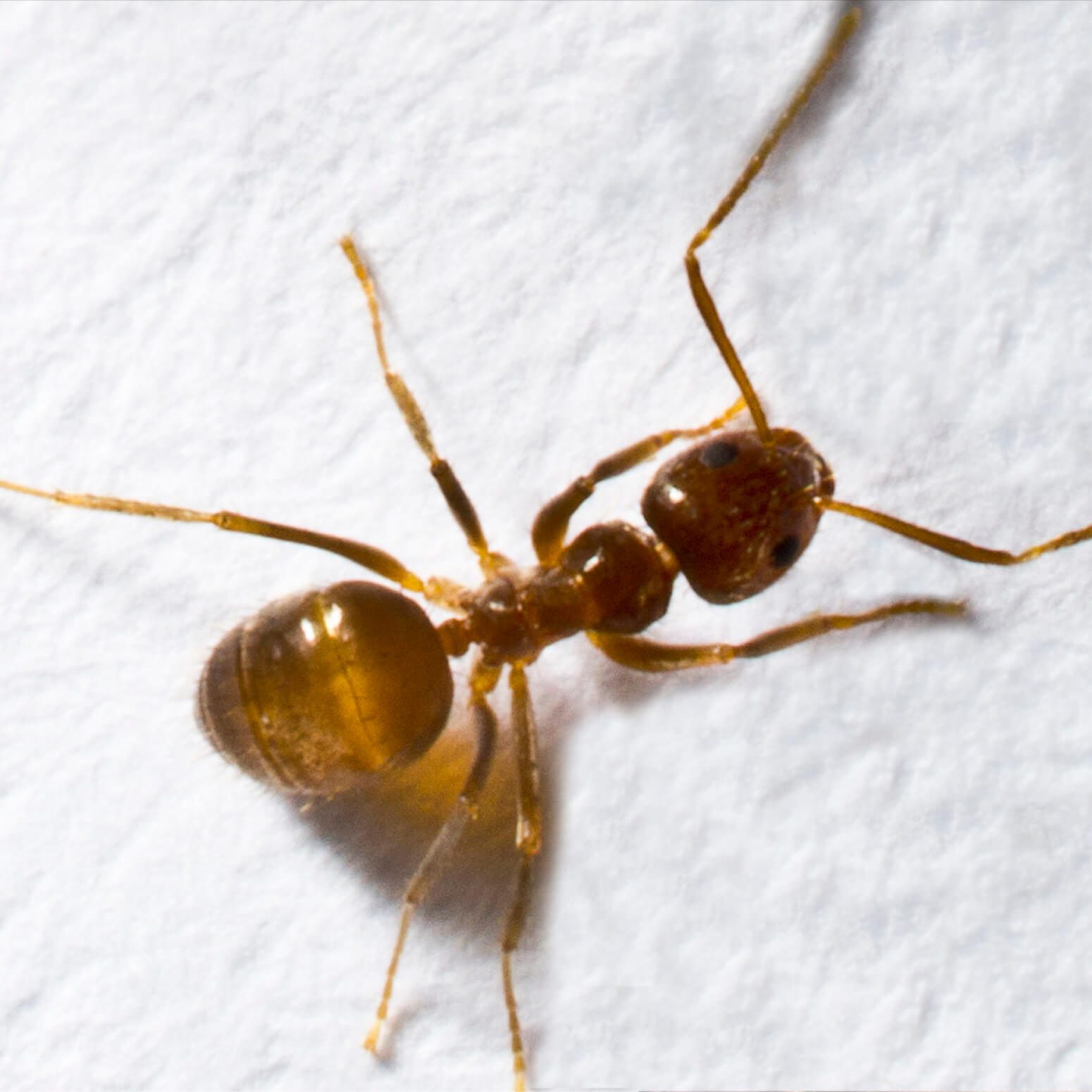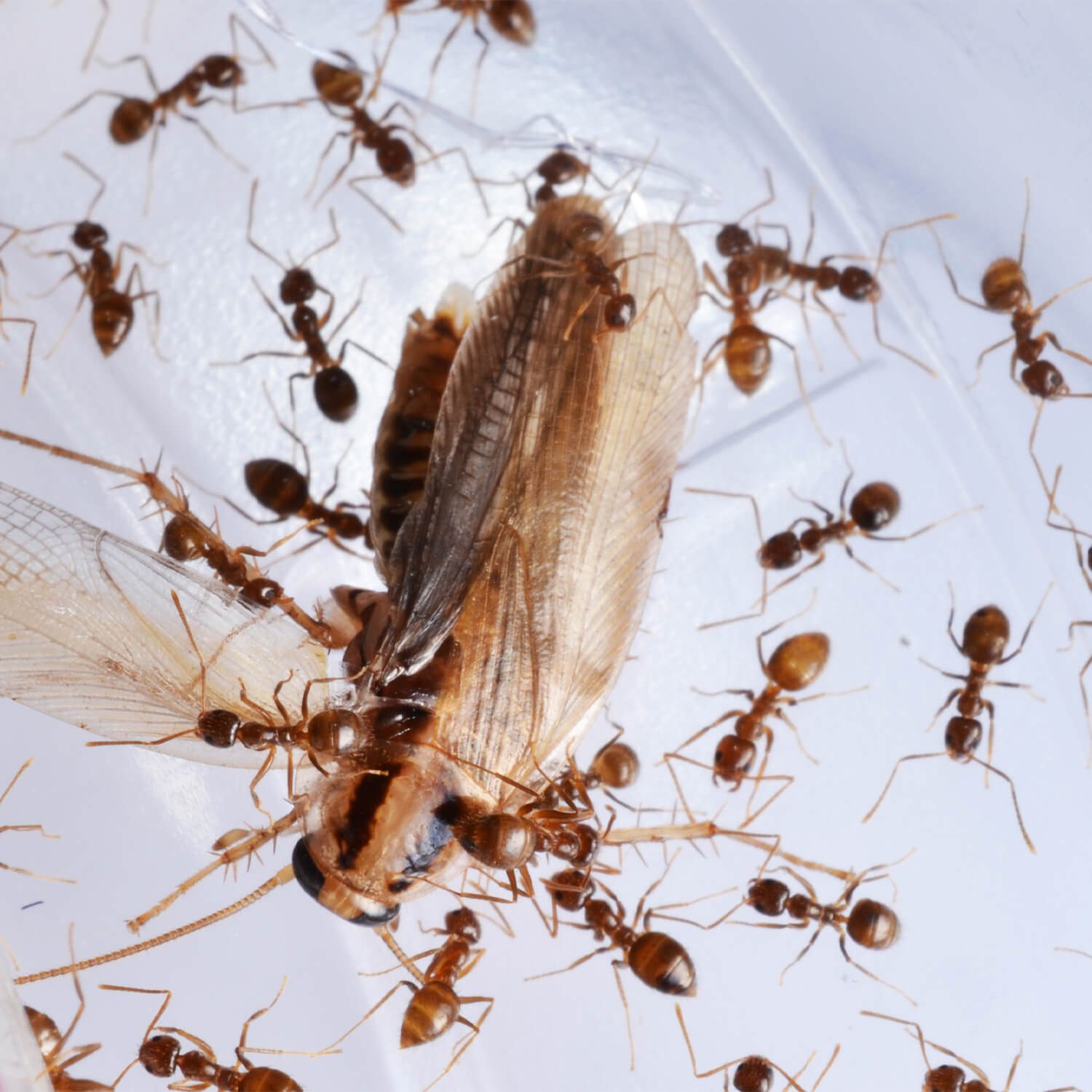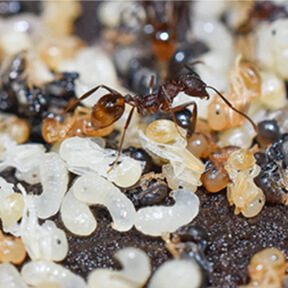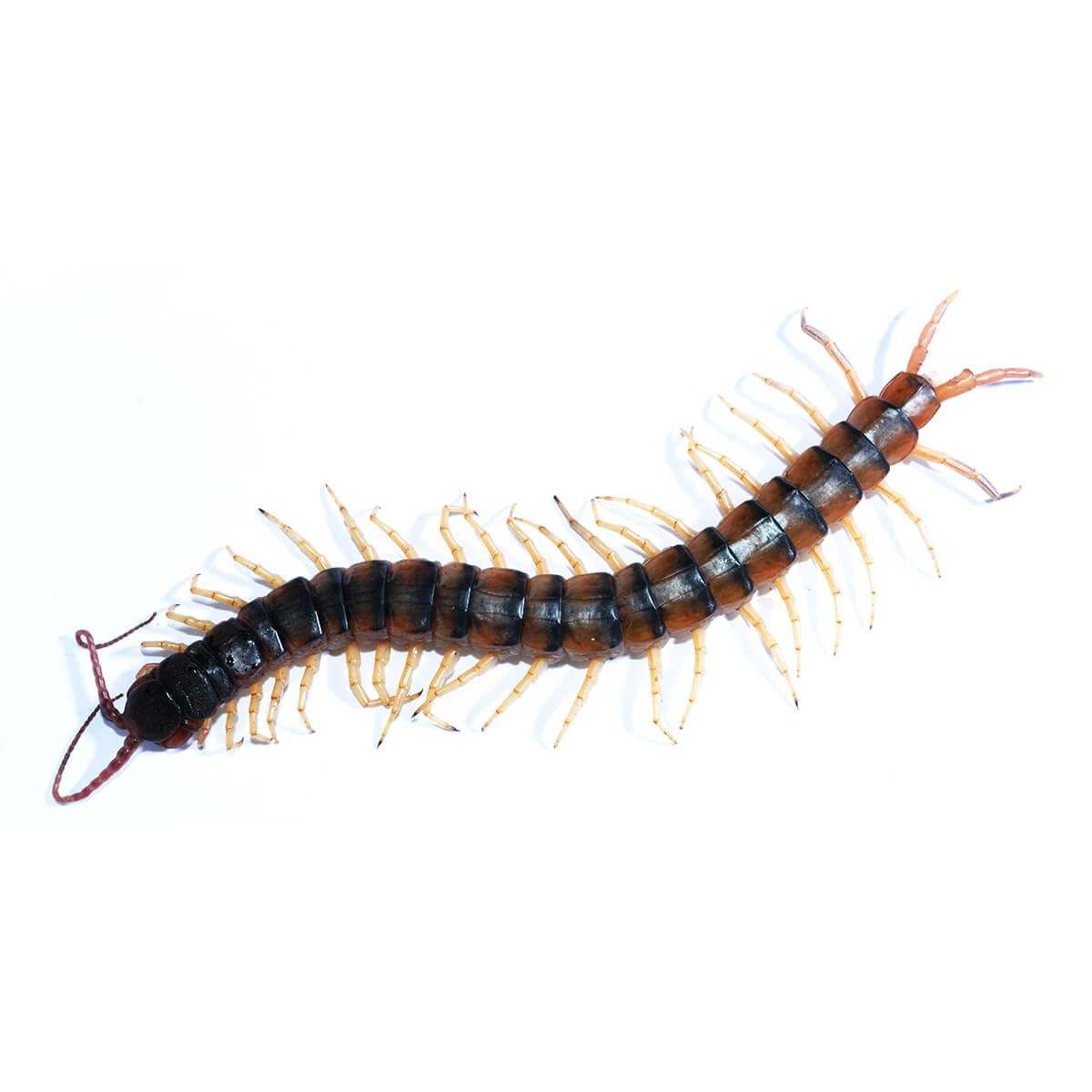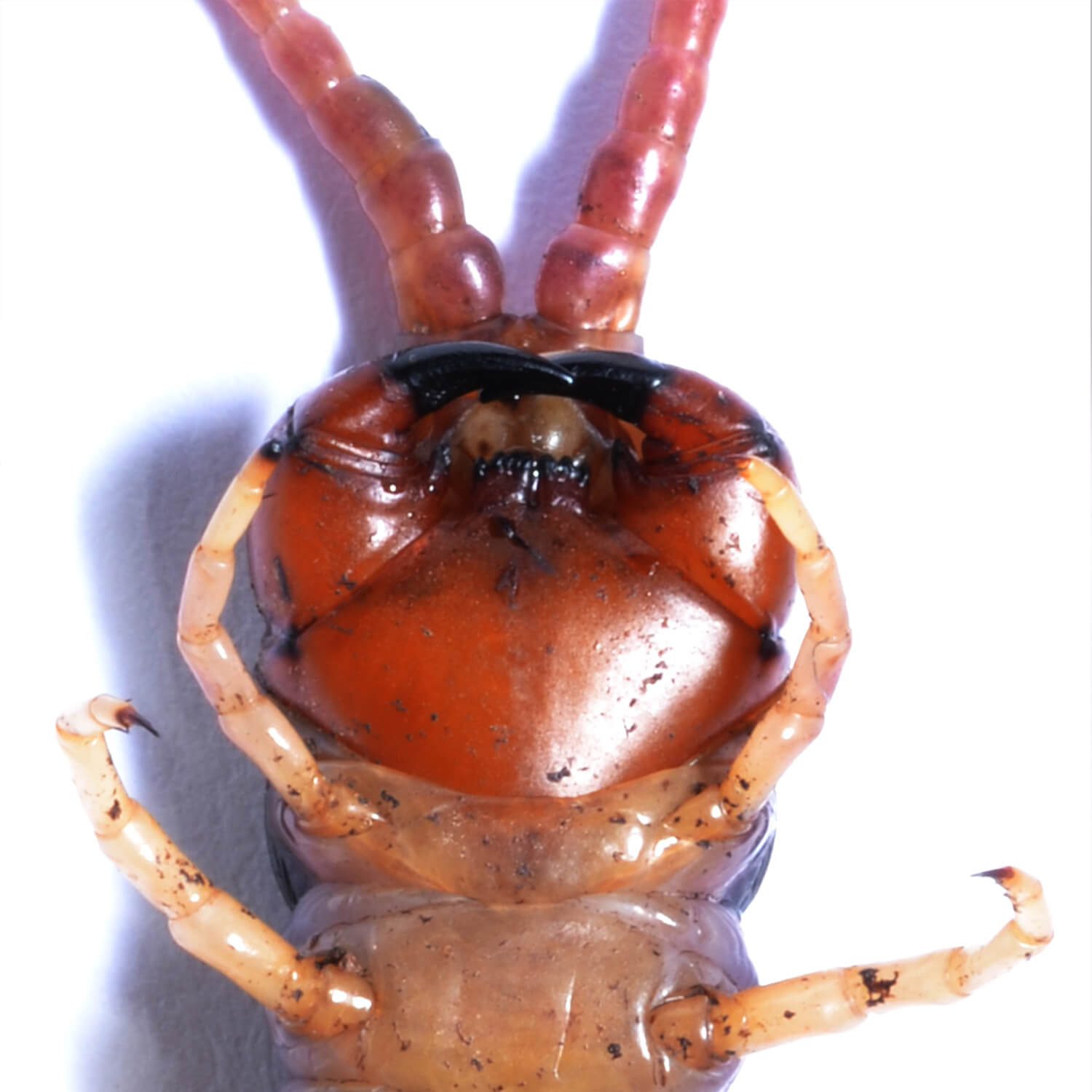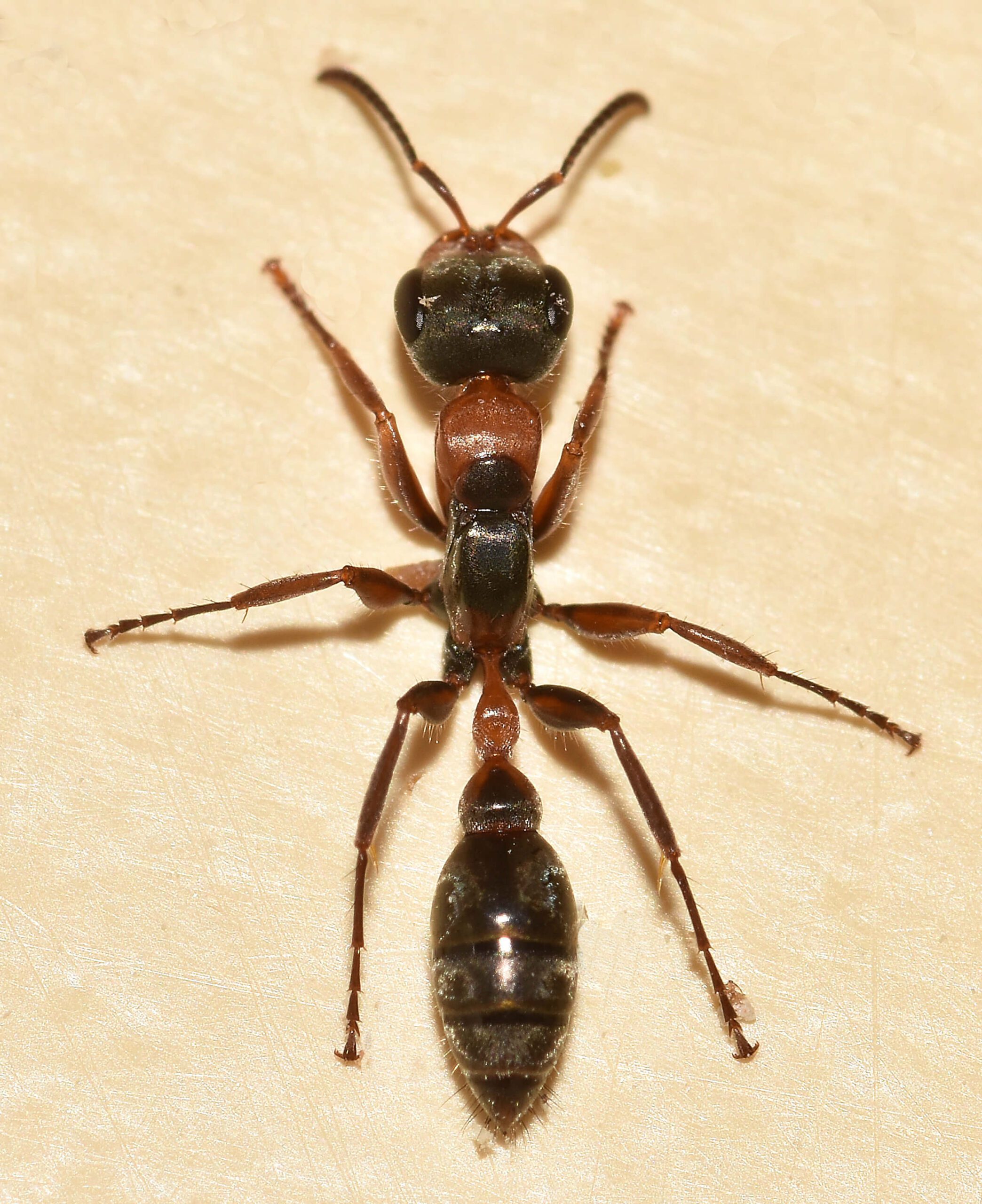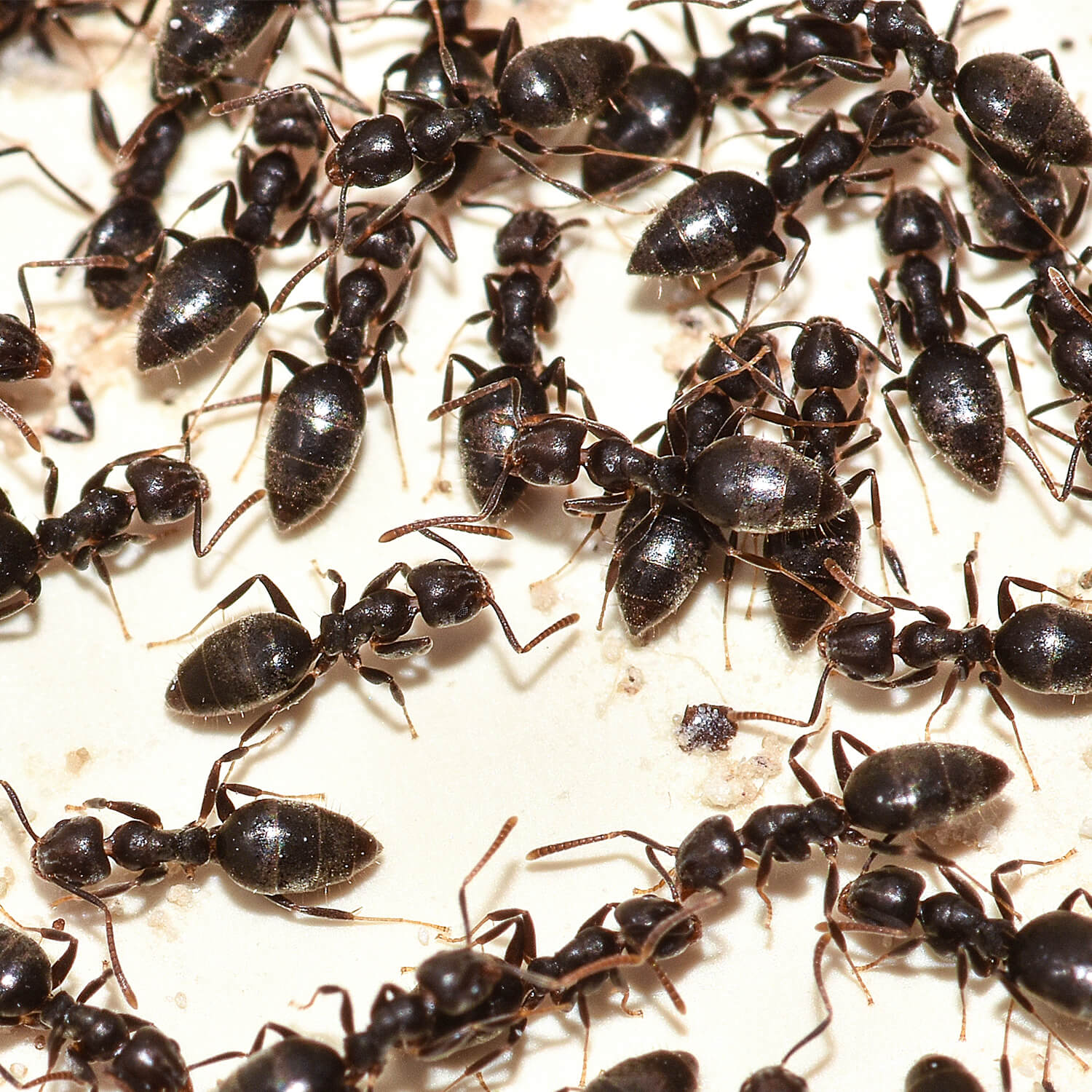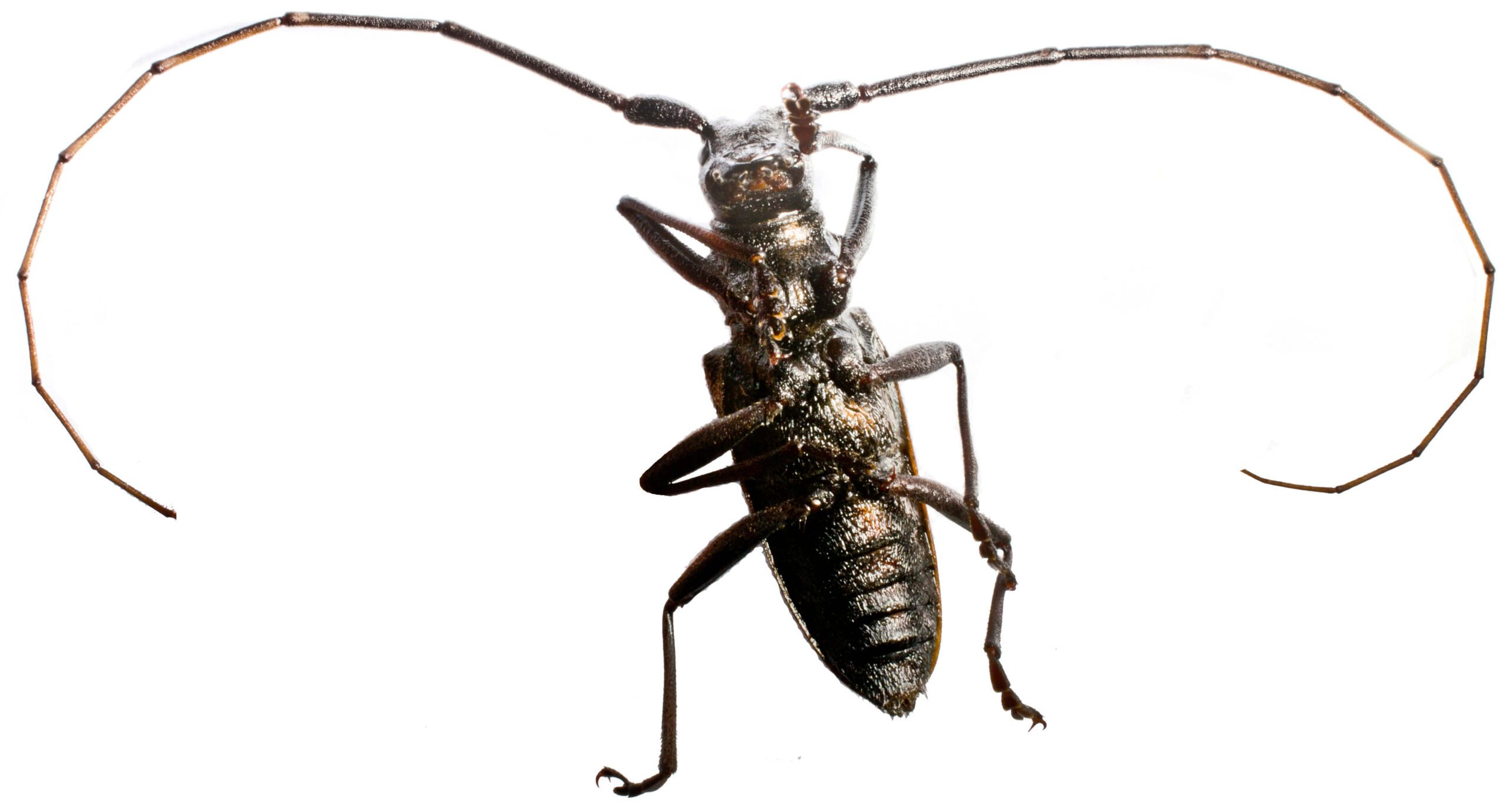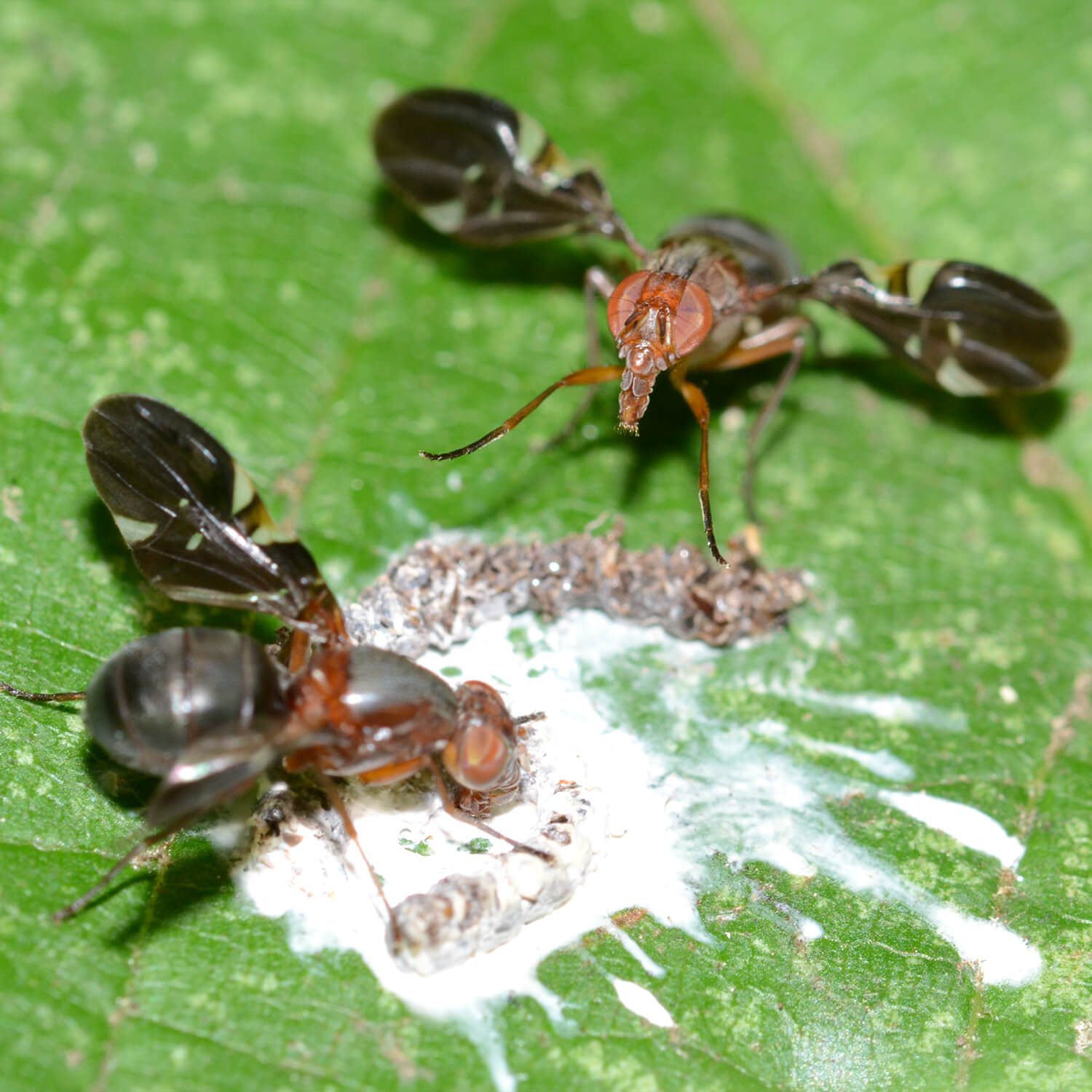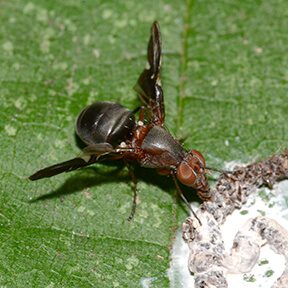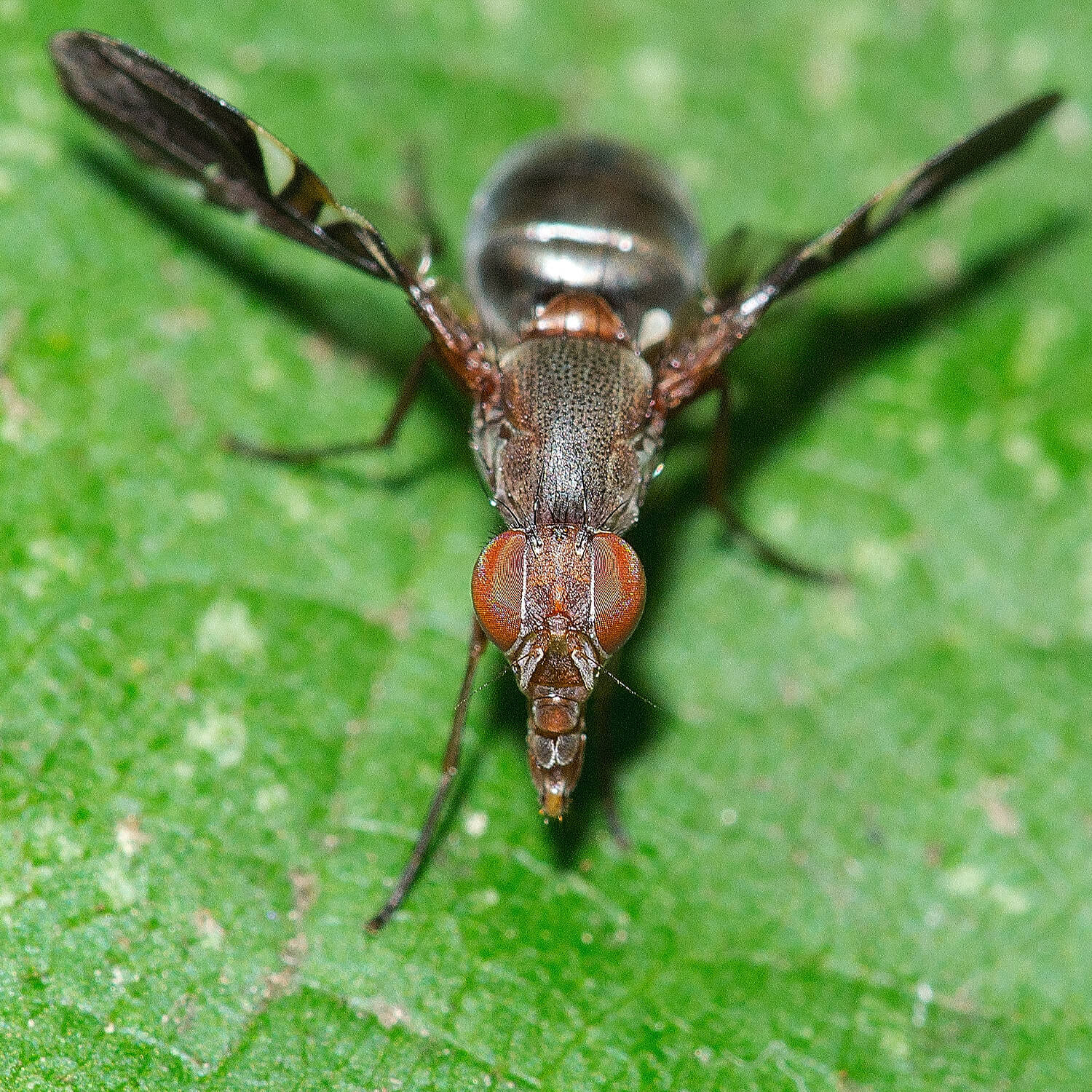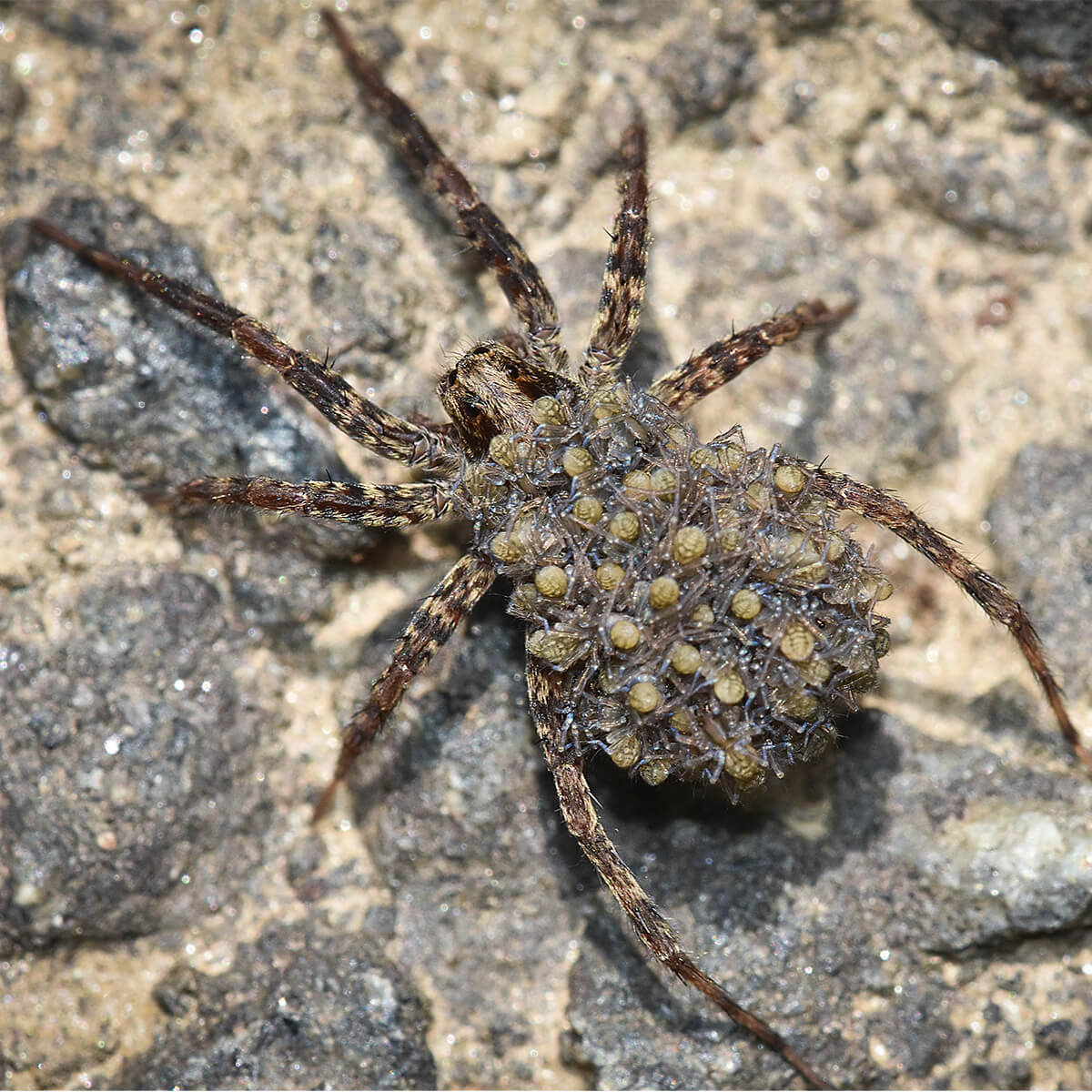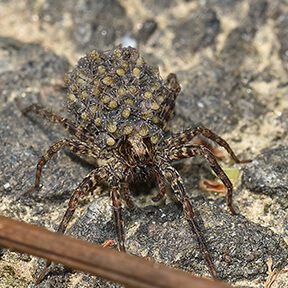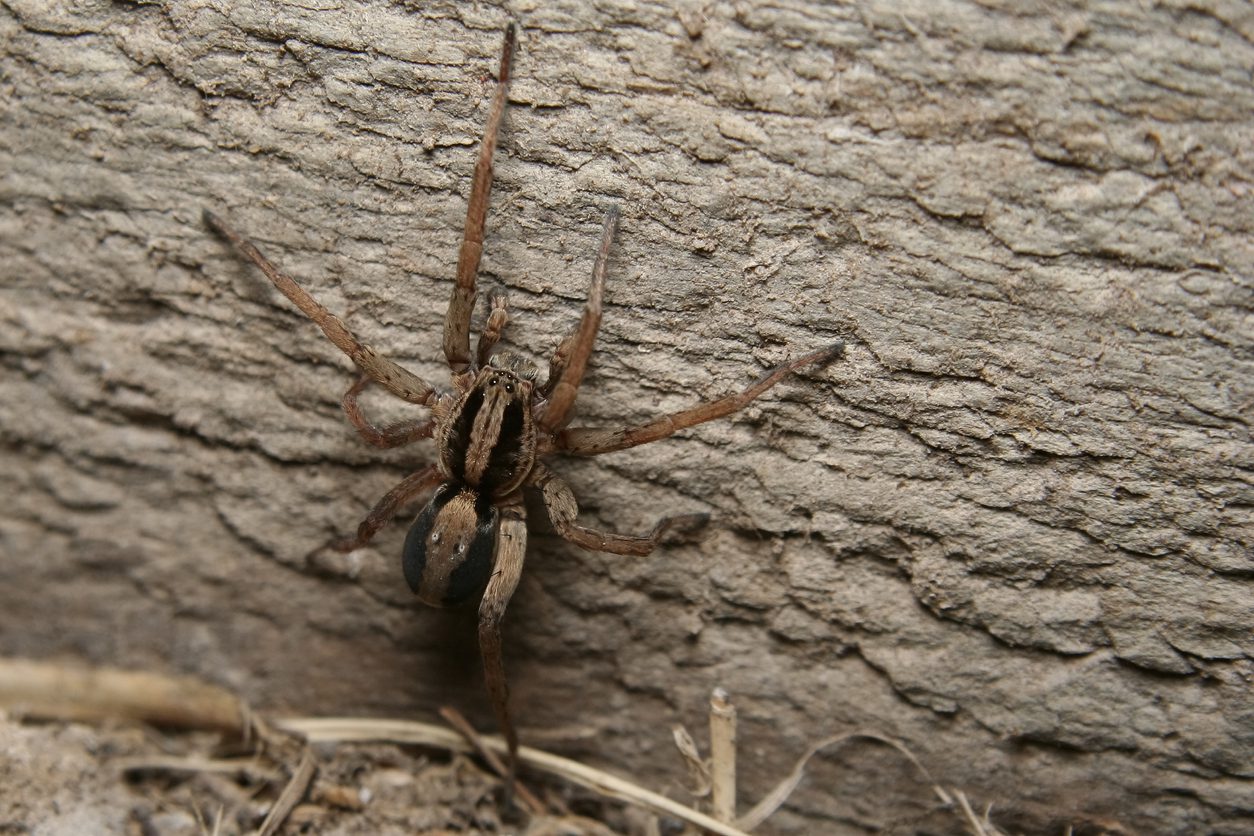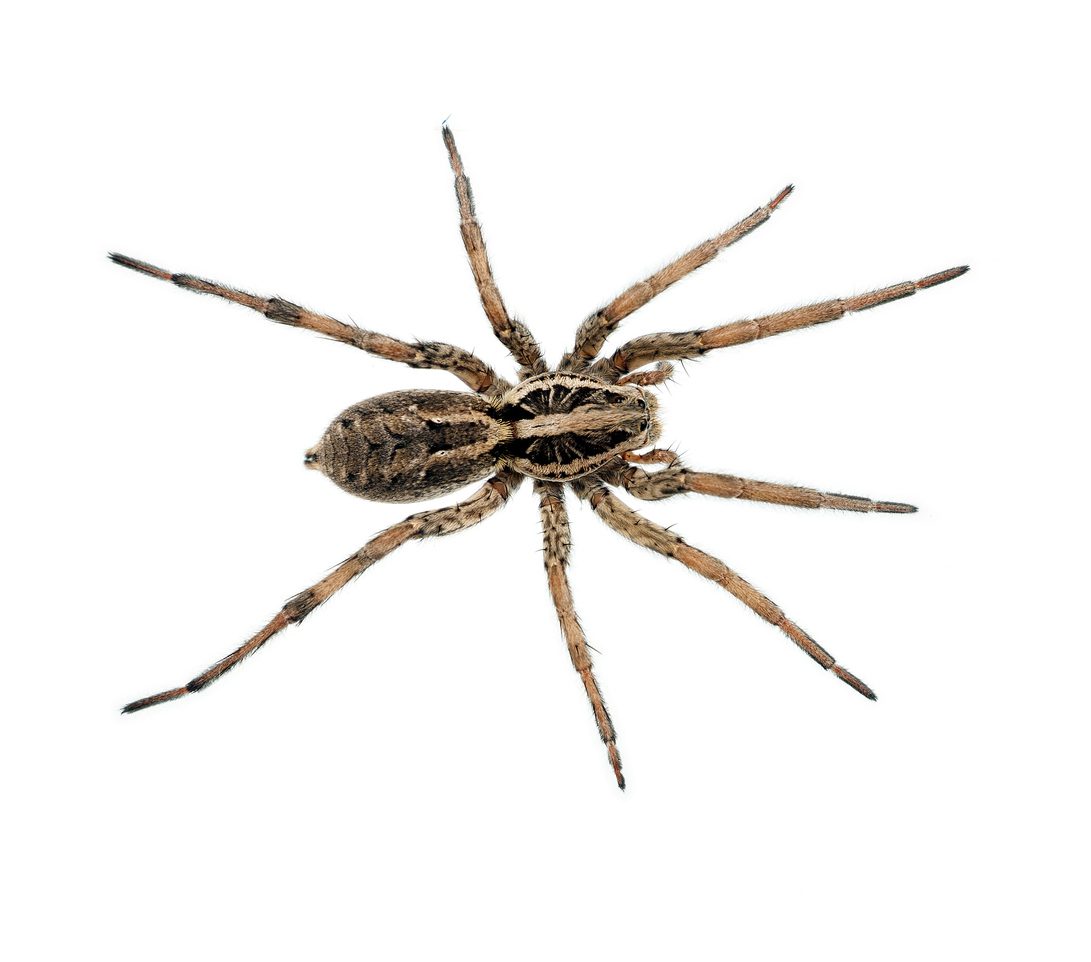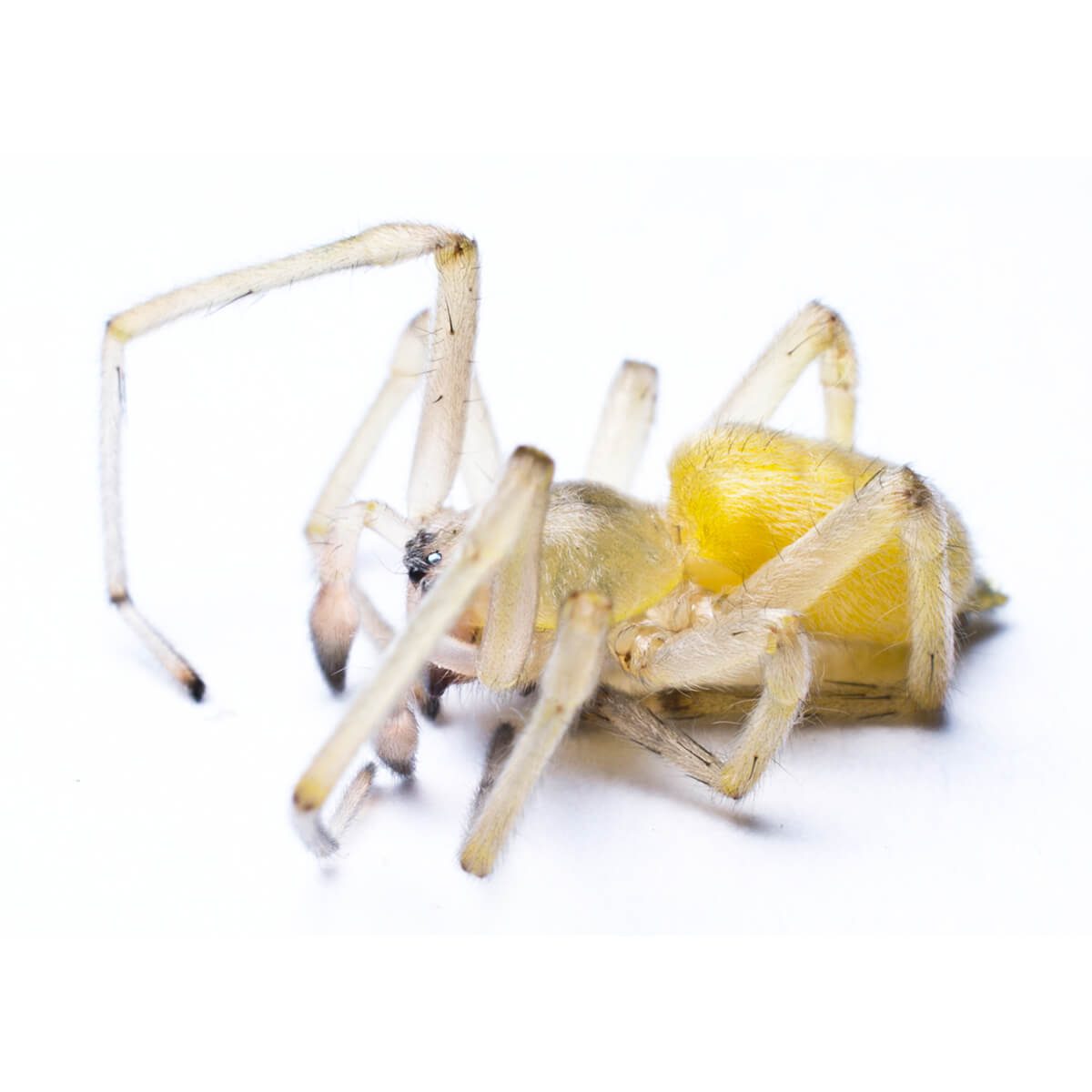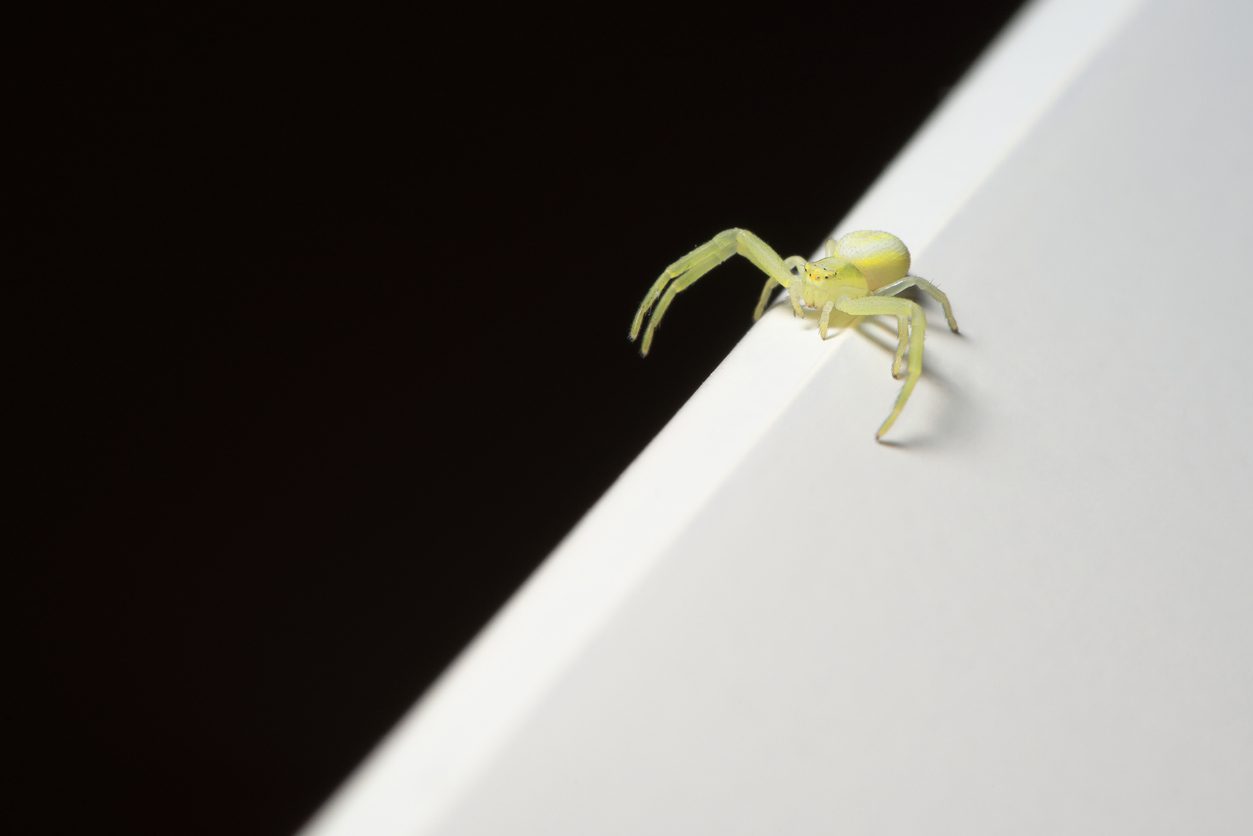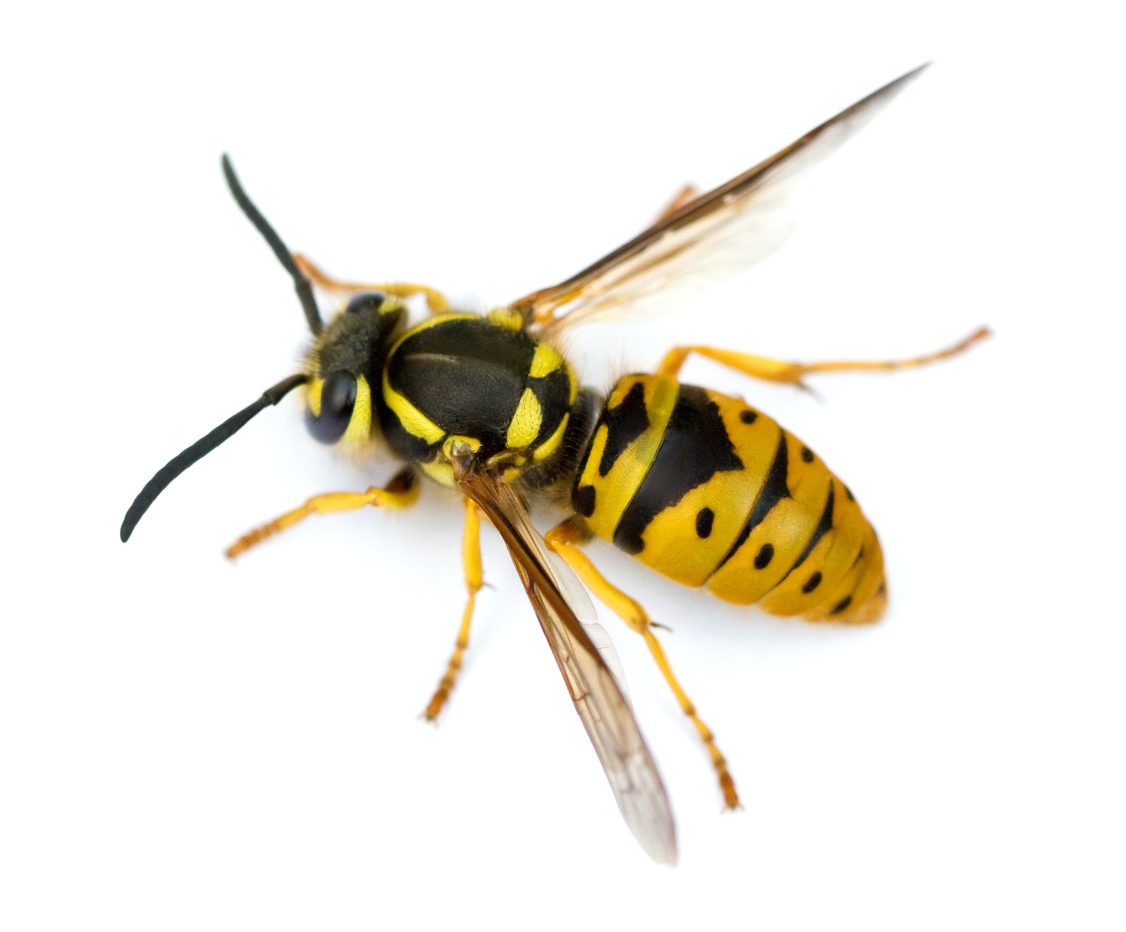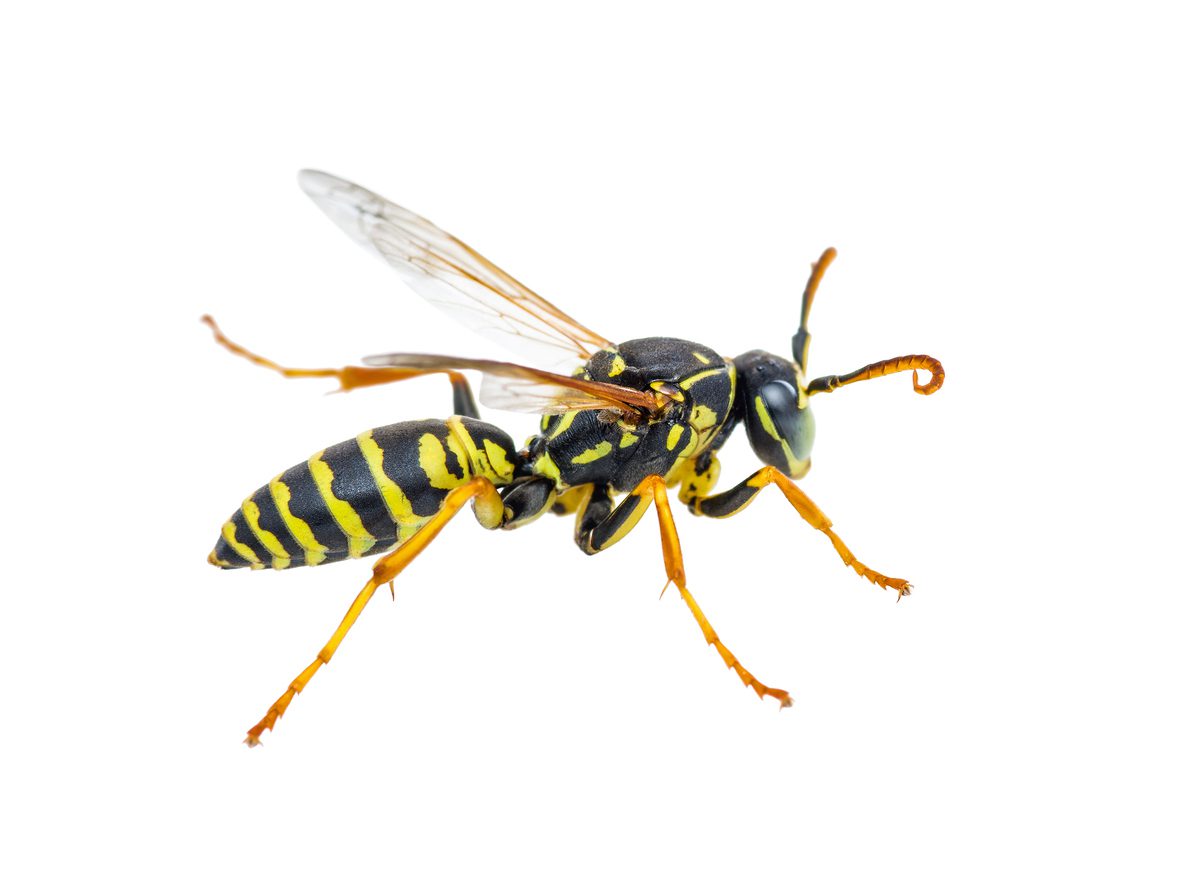Pest
Library

Know thy enemy
Before you can execute your home pest control strategy, you need to know what you’re dealing with. You can deal with some pest problems easily on your own, but you need to know when to call in reinforcements.
- All
- Ants
- Bedbugs
- Bees
- Beetles
- Centipedes
- Cockroaches
- Fleas
- Flies
- Hornets
- Mice
- Mosquitos
- Moths and Butterflies
- Occasional Invaders and Misc
- Rats
- Silverfish
- Spiders
- Termites
- Wasps
| Categories : |
Ants
|
|---|
Referred to as the tiger mosquito, Aedes Albopictus is a relatively new species in North America. It has spread worldwide over the past few decades through trade and travel from Asia and carries many viral pathogens. Zika Virus, Yellow Fever Virus, Dengue Fever, and more are carried by the species. The white bands across its body make it easily identifiable, and they frequently feed on humans.
| Categories : |
Mosquitos
|
|---|
Alates are a caste of termites. There are workers, soldiers, and alates. Alates—also called swarmers—are winged termites. They are reproductive termites that make use of their wings to explore new areas to start new colonies. One sign of a termite infestation is finding the discarded wings of alates on window sills and near light fixtures.
| Categories : |
Termites
|
|---|
American Cockroaches are reddish-brown insects that can reach 3 inches in length. They reproduce quickly and deposit their egg capsules in warm, moist places. Each egg capsule has a protective shell for the 16 eggs inside. They typically live outdoors but sometimes wander around inside to find food or water. They leave droppings everywhere and are distinguished by a stale, musty smell. American Cockroaches have also been known to transfer diseases.
| Categories : |
Cockroaches
|
|---|
Better known as the Woodland Malaria Mosquito, females prefer birds and mammals to feed on. This includes humans, and they are a major vector for malaria in North America. They also spread disease among deer populations. It’s important to protect your home and family from these pests.
| Categories : |
Mosquitos
|
|---|
The Ant Mimic Spider is just as it sounds. It looks and acts like an ant—with similar coloring and even walking with its front legs raised like antennae. Their slender bodies cause them to produce fewer eggs, which means they lay more egg sacs than other types of spiders.
| Categories : |
Spiders
|
|---|
Typically between 2.2 and 2.8 mm long, Argentine ants are experts in squeezing into small places. Mulch and other ground debris are among their favorite habitats, and they can expand rapidly. Just ten ants can start new colonies that will quickly number in the thousands. The ants are omnivores and will eat almost anything they can find on under leaves and brush, but prefer sweet foods. To prevent their rapid spread from taking over your home, contact pest control professionals.
| Categories : |
Ants
|
|---|
Known commonly as the yellow garden spider, the Argiope Aurantia is prevalent throughout North America. This spider tends to be a homebody, spreading wide webs wherever it lives and rarely moving far away. They aren’t very aggressive creatures, but if disturbed, they may bite, which feels similar to a bee sting.
| Categories : |
Spiders
|
|---|
under Aedes Albopictus
| Categories : |
Mosquitos
|
|---|
These hornets live in large colonies and are known to be quite aggressive. They will sting anything and everything that gets in their space. They have smooth stingers, which means they can sting many times without losing their stingers. Bald-faced Hornets typically build paper-like nests at least a few feet off the ground. If you come across a nest, do not attempt removal by yourself, as it can be extremely dangerous. Professional pest care should be contacted to try to remove Bald-faced Hornets.
| Categories : |
Hornets
|
|---|
Ever wonder where bed bugs got their name? Scientifically known as Cimicidae, bed bugs are attracted to the high levels of carbon dioxide which humans emit when we sleep. This is precisely why bed bugs are much more likely to bite during the night than during daylight hours. Bed bugs are most likely to bite their victims from the torso to the top of the body. In addition, bed bugs can be easily transferred from one area to another—so be sure and wash all clothes, sheets, towels, etc. when staying in a new location. Once an area is infested with bed bugs, it’s incredibly difficult to treat unless done so by a professional.
| Categories : |
Bedbugs
|
|---|
Regarded as one of the most pervasive and pesky ant species, big-headed ants are ⅛ to ¼ of an inch. They are reddish brown in color and come in two varieties, the major and minor workers. They are soil nesters and can commonly make a home under logs, rocks, or even planters. Their nests are often easy to spot, however, due to the large mound of dirt they create by excavating tunnels. If you spot a nest, call pest control specialists to remove them.
| Categories : |
Ants
|
|---|
The name for these venomous arachnids comes from the female’s tendency to eat the male after mating. They are widely feared as the most venomous spider in North America, as their bite is known to be 15 times more venomous than a rattlesnake bite. Death from a Black Widow Spider bite is very rare. However, reactions vary per individual based on the person’s sensitivity and health. If a Black Widow Spider is to venture into a house, it will probably be found in a basement, garage, or crawlspace. However, these occasions are rare. If you are keeping an eye out for these bugs, the females can be easily spotted. Known for their shiny black shell, they are identified by their infamous red hourglass marking.
| Categories : |
Spiders
|
|---|
There are over 80 reported species of Blow Flies in North America. They are metallic in appearance and can usually be found buzzing around any food you may have left out—especially decaying meat. They are most active during the day and are attracted to the light from windows. While they usually act as simply a nuisance in the home, they can also transmit diseases such as typhus and cholera.
| Categories : |
Flies
|
|---|
With a metallic green and copper appearance that distinguishes them from house flies, Bottle flies are still as much or more of a nuisance. These pests feed on decaying material and can be found near trash cans, animal feces, or decaying flesh. They are a concern to human health as they can spread disease, and if you have a problem you should contact your pest control company as soon as possible.
| Categories : |
Flies
|
|---|
Brown recluse spiders can be a whitish, dark brown, or black-gray color and have a marking resembling a violin on their dorsal side. These spiders only have six eyes, as opposed to having eight eyes like most spiders. Brown recluse spiders are typically between 6-20 mm. These spiders inhabit dry and undisturbed areas, such as woodpiles, sheds, garages, cellars, closets, dressers and shoes. The spiders leave their webs to hunt for soft-bodied insects. Their venom is necrotic; its bite may require medical attention. If brown recluse spiders are found inside, consider contacting a professional pest control service.
| Categories : |
Spiders
|
|---|
Brown Widow spiders are similar to Black Widow spiders. The difference lies in their brown appearance, tan and brown striped legs, and the missing red hourglass marking on its back. Unlike Black Widows, Brown Widows tend to make webs in more open areas, increasing the potential for humans to be bitten. While the bite of the brown widow is somewhat less toxic than the black widow, both spiders are known to be poisonous. Like other stinging or poisonous insects, the brown widow is more of a nuisance than a life-or-death situation unless there’s an allergy.
| Categories : |
Spiders
|
|---|
Bumble Bees aren’t usually harmful to humans. However, they can become a nuisance if they build their nests near your home. Safe migration may become necessary. They are also an allergy risk for certain people.
| Categories : |
Bees
|
|---|
Carabus is a category of beetle that comprises a large number of different species all over the world. Typically referred to as the ground beetle, this little bug is largely harmless, but can become a nuisance if their population is not kept in check. Most species of ground beetle don’t bite, but it can be an unpleasant experience to suddenly catch one or two skittering across the floor or countertops of your home.
| Categories : |
Beetles
|
|---|
Carpet beetles are typically small black beetles that are approximately 1/8 of an inch long. The adult beetles and larvae both tend to feed in dark, undisturbed areas. Carpet beetles feed on animal fibers, such as wool, silk, fur, feathers, and leather. Their feeding habits make carpet beetles a serious threat to your home, as they can damage clothing, bedding, and carpet. Carpet beetle infestations spread quickly and can cause major damage to your home.
| Categories : |
Beetles
|
|---|
Or, Ctenocephalises felis, are the type of fleas commonly found on cats. However, though they are known to be found primarily on cats, they can also be found on dogs, wild critters, and even humans. They are usually found in the carpeting of your home or on in your cat’s fur. They will leave eggs both on the animal and all around your house, so it is important to hire an exterminator immediately after finding signs of these.
| Categories : |
Fleas
|
|---|
Centipedes are usually found in damp, dark areas of your home. Although they don’t target humans, they are poisonous and their sting can be very painful.
| Categories : |
Centipedes
|
|---|
Cicada killer wasps dig underground burrows where they can leave food for their young. While not aggressive, their stings are meant to paralyze cicadas and are fairly painful. Where cicada killers cause the most damage is with their tunnels, which are extensive and displace several pounds of dirt. If located near tiled patios or gardens, they can cause structural damage and stunt plant growth. Proper pest control is a must to avoid problems early on.
| Categories : |
Wasps
|
|---|
Cloth moths are small, 1/2-inch moths that are beige or buff-colored. They have narrow wings that are fringed with small hairs. They are often mistaken for grain moths infesting stored food items in kitchens and pantries. Unlike some other types of moths, cloth moths are seldom seen because they avoid light. These are sometimes called “clothes moths” due to their ability to eat through wool and other clothing.
| Categories : |
Moths and Butterflies
|
|---|
Cluster flies, or Pollenia rudis, generally make an appearance in autumn as they fly near the sides of the home looking for a place to stay for the winter. They can enter your home in great numbers if they find an entrance. While they will probably not reproduce in your home, on warm days they may crawl out from their hiding spaces looking for a way to get back outside. Cluster flies are slightly larger than the common house fly and are a dull gray color with black markings and tiny yellow hairs on the thorax, which can give the cluster fly an overall yellow hue.
| Categories : |
Flies
|
|---|
The Conehead termite is unique from other termites, since they forage above ground instead of tunneling. Although, they still build dark brown tubes and nests in wooden objects like trees and buildings. Their nests can be as large as 3 feet across, and they tend to spread quickly. Conehead termites are aggressive and can cause countless dollars of damage if not dealt with right away.
| Categories : |
Termites
|
|---|
Not a true weevil, Cowpea Weevils are actually part of the leaf beetle family and are found on every continent except Antarctica. They feed on beans and peas and can quickly ruin any gardener’s day. As a damaging agricultural pest, you should seek out professional pest control if you encounter them.
| Categories : |
Beetles
|
|---|
An agricultural pest found worldwide, the Crane Fly looks similar to mayflies. They feed on the roots and leaves of crops, which can seriously damage or destroy them. They are invasive in the United States, and their larvae can be found on fruits, vegetables, lawns, and ornamental plants. Get in touch with your local pest control company if you spot these on your property.
| Categories : |
Flies
|
|---|
Culex is a genus of mosquito that transmits West-Nile Virus and encephalitis in the United States. They are some of the most common mosquitos encountered in major U.S. cities. Culex mosquitos occur worldwide in places that aren’t in the extreme north of temperate zones. If you have a mosquito problem, call your local pest control company.
| Categories : |
Mosquitos
|
|---|
Dermestids feed on dry animal or plant material, such as skin or pollen, animal hair, feathers, dead insects, and natural fibers. They come in many forms and can cause major damage to natural fibers in homes and businesses. Keep these pests from laying waste to your home or shop by contacting your local pest control specialists.
| Categories : |
Beetles
|
|---|
Or, Ctenocephalides canis, are primarily found on dogs and feed off the blood of dogs. These fleas can live without food for months, and females can produce up to 50 eggs per day, making these fleas extremely difficult to remove. These fleas have been known to cause various allergy developments and infections in animals, which are developed through flea saliva. Taking your pet to the vet is suggested for best treatment options.
| Categories : |
Fleas
|
|---|
Drain flies do not bite humans but may become a nuisance because of their tendency to present in large quantities. Sometimes it takes persistent effort to eradicate an infestation in the home. Drain flies thrive in stagnant and standing water. Common sources include slow or clogged drains, rarely used and unused toilets, refrigerator drain pans, and standing water created by leaking pipes. They typically enter buildings through basements, windows, and drains.
| Categories : |
Flies
|
|---|
The Eastern Subterranean termite is the most widely spread type of termite in North America. These pests will generally swarm during springtime and consume the inner, softer parts of trees and wooden structures, leaving a weak shell behind. Because of this, Eastern Subterranean termites can be hard to detect and very destructive without careful detection by a pest control professional.
| Categories : |
Termites
|
|---|
Eastern Tent Caterpillars are social creatures that build nests together in tree branches. They leave trails of silk on and around paths that they commonly travel. These pests defoliate trees and are toxic to horses. If you see signs of infestation, seek professional pest control to save your plants and animals.
| Categories : |
Moths and Butterflies
|
|---|
Despite its name, Europe is not the only area this hornet frequents. It was originally introduced in New York from Europe in the 1800’s, hence the name. These insects are unique in the fact that they can be found flying around long after the sun has gone down. This is an uncommon action for stinging insects. These hornets can be identified by their noticeably larger size when compared to a yellow jacket wasp. Instead of the jet black, they sport a warmer brown that contrasts against yellow abdomens. Their colonies do not span to the size of wasps. Instead, they can range from 200-400 hornets per colony. Be sure to check structures like barns, outhouses, and attics. Even though they may not be as aggressive as some insects, like yellow jackets, these bugs still sting!
| Categories : |
Hornets
|
|---|
Field Crickets are most typically a nuisance when they gather in groups and perform their famous chirping songs. They feed on plant material, so if you have a garden or potted plants to protect, you’ll want to keep this particular pest at bay.
| Categories : |
Occasional Invaders and Misc
|
|---|
Fishing Spiders grow to be quite large, their legs stretching out 3 inches. These intimidating pests get their name from their affinity to water and predatory nature. They can hunt on land and under water, being able to stay underneath the surface for as long as 30 minutes! Fishing spiders can bite, so seek out the help of professional pest control to clear out these water-loving pests.
| Categories : |
Spiders
|
|---|
Flesh flies are often the first insects to be found on animal carcasses. They lay their eggs in decaying material and can often be found on dog excrement. While they don’t commonly come in homes or businesses in large numbers, places like butcher shops or dog kennels can potentially have problems with them. Anywhere animals are common can attract flesh flies, and dog and cat food is a favorite thing for them to feed on. To keep these pests away from your pets and property, make a call to your local pest control experts.
| Categories : |
Flies
|
|---|
Formosan termites are regarded as the most aggressive type of termite, chewing through all types of wood and paper structures and objects. They even carry the nickname, “super termites.” Keep an eye out for the discarded wings of swarmers around window sills and light fixtures. Also, their tunneling through wood will cause it to make a hollow sound when tapped. They consume wood at such an incredible rate that your best chance at beating an invasion of Formosan termites is early detection by one of our pest control experts.
| Categories : |
Termites
|
|---|
For Fruit Flies (Drosophila Fly), there is nothing better than ripening fruits in the house, which they eat and then lay eggs on top of. Not surprisingly, they are named after what they are attracted to, but they may also be found in areas where there is moist and decaying food, such as the garbage can. Therefore, it is important to dispose of and clean any produce or food that is fermenting or rotting and move all fruits and vegetables into the freezer until the infestation disappears.
| Categories : |
Flies
|
|---|
German Cockroaches have a light brown shell with two black stripes across its back. They may travel into the house by hitchhiking on personal belongings or boxes that are brought inside. Then they find a moist and warm area of the house to hatch their eggs, where female German Cockroaches lay an average of 30-40 eggs. While they have a lifespan of 5-6 months, they are able to survive on almost any food source—even crumbs that are left behind in cracks. The German Cockroach population can grow rapidly, which is why it’s so important to prevent them.
| Categories : |
Cockroaches
|
|---|
Ghost ants are very small, typically coming in at less than 1/16 of an inch. Named after their pale bodies with dark heads, they can be very hard to combat once they’ve spread and created large colonies. They love to nest under items lying on the ground, and regular inspections are needed to keep up with their colonies and treatment. If you find ghost ants, don’t hesitate to call ant control professionals.
| Categories : |
Ants
|
|---|
The Gypsy Moth is a native of Europe and has since made its way to North America, where it causes massive amounts of damage to tree branches and the leaves of plants. These moths are voracious eaters and can completely defoliate trees until they die. With few natural predators, their population can grow without check.
| Categories : |
Moths and Butterflies
|
|---|
The Harvestman Spider is more commonly known by the nickname, “daddy longlegs.” The Harvestman spider is largely harmless, being a beneficial predator and unable to bite or produce venom. But if you have a problem with Harvestman in your home, don’t hesitate to call a pest control professional for help.
| Categories : |
Spiders
|
|---|
Honey Bees are generally good for pollinating plants and producing the tasty treat we enjoy. Usually, honey bees are not harmful in small numbers, but if they nest near your home, they can quickly become a nuisance. They are deadly if someone has allergies.
| Categories : |
Bees
|
|---|
House Flies are commonly found in garages, spoiled food, and even feces, but they also prefer to congregate in corners, edges, or thin objects. In the day, they may be seen on the ceiling, floors, and walls. A House fly infestation can cause health complications since they can contaminate food and water and carry diseases like typhoid and tuberculosis. While they have a short lifespan, their population can increase rapidly. The first step to eliminate house flies in the home is to locate the main source of the infestation and then clean and remove the source to prevent house flies from breeding. It is also important to block and fix damaged areas where future flies can invade and get inside the house.
| Categories : |
Flies
|
|---|
Hoverflies are often mistaken for bees due to their looks, but they have more in common with them than just appearances. They feed on nectar and pollen and can help pollinate plants in the same way bees do. Hoverflies’ larvae also eat aphids, which cause millions of dollars in crop damage each year, making hoverflies even more beneficial. Unlike bees, hoverflies cannot sting and are harmless to humans.
| Categories : |
Flies
|
|---|
Inchworms are interesting creatures. First of all, they aren’t worms—they’re actually caterpillars. They inch along tree branches by arching their backs and pulling their back legs toward their front legs. These “worms” eat foliage and cause plenty of damage to plant life in and around your home. In fact, the damage can be so severe that some plants, trees, and shrubs die from repeated feeding.
| Categories : |
Moths and Butterflies
|
|---|
Indian meal moths are commonly found in kitchens and pantries, since they tend to feed on grain and cereal products. There are different life cycles of Indian Meal Moths: egg, larva, pupa, and adult. Larvae may dig through bags of rice and seed. Adult Meal Moths have a gray top with a gold-rusty brown near its lower body. Indian Meal Moths have a short lifespan of 5-7 days, and females lay around 350-500 eggs. Manufacturers may inspect the dry food, but sometimes they may not detect Indian meal moths. Thus, an infestation may occur in the house. There are also cases where they have crawled into dry food at the store. The first step is to find its food source, which usually means looking in the cupboard or where food is typically thinly covered. It is important to check to see if there are any larvae and pupae in cracks of the cupboard or walls. Then seal the food tightly to prevent future infestations.
| Categories : |
Moths and Butterflies
|
|---|
Also known as the figeater beetle, Iridescent beetles feed on nectar, pollen, and petals. They are often mistaken for green June beetles and like to live in moist areas. Their larvae eat decomposing organic matter and can feast on plant roots. This can cause garden damage to your home, ruining your hard work! If you want to protect your garden, call expert pest control for help.
| Categories : |
Beetles
|
|---|
Considered a pest worldwide, most of the United States has had Japanese beetles since their accidental introduction to the country in shipments in the early 1900s. They measure 10-15 mm and are brown and copper in appearance. Their larvae feed on the roots of many plants, and adults eat the leaves of plants. Both of these processes kill these plants and cause environmental damage. To help keep Japanese beetles from destroying your plants at home and in your community, contact pest control.
| Categories : |
Beetles
|
|---|
Also known as ladybugs, Lady Beetles can be beneficial to gardens and orchards, since they eat insects that can harm plants. However, nobody wants a colony of them inside their home. They often migrate into warm homes to hide themselves from the coming cold winter temperatures during the fall. If you don’t want these guests staying until Spring rent-free, get in touch with your local pest control company.
| Categories : |
Beetles
|
|---|
Otherwise known as lightning bugs or fireflies, these glowing insects can vary in size drastically by species. The males are luminescent while the females are not, but some entire species cannot glow at all. Those that are nocturnal have males that can emit light; however, diurnal species don’t need this skill and therefore do not have it. Larvae feed on other larvae, snails, and slugs while adults have a very diverse diet, and some do not even have mouths at all.
| Categories : |
Beetles
|
|---|
Typically small with large eyes and metallic looks on their bodies, long-legged flies are actually beneficial to your property. They prefer to live near streams, meadows, and woodlands and feed on pests such as spider mites, helping keep desired insects such as butterflies safe.
| Categories : |
Flies
|
|---|
The Mexican Red-Kneed Spider inhabits the dry areas in western Mexico. They tend to build burrows underneath convenient objects, where they retreat from the heat of the day. While not particularly aggressive, its hairs can cause unpleasant skin reactions in humans.
| Categories : |
Spiders
|
|---|
Millipedes are arthropods that are characterized by their two long leg segments. They may be found under dead leaves or grass clippings. They especially love damp areas because of the moisture it provides, so they tend to dwell in crawl spaces such as basements, ceilings, or sliding windows. Millipedes are beneficial because they remove dead plants and animals from the environment. However, they are a nuisance to have in the house. They are usually seen in the house during spring and fall and may enter the house through various openings like cracks under doors or windows. There are no obvious indicators of a millipede infestation, but millipedes are attracted to areas where decomposition is occurring, like under mulch or dead leaves. If a few millipedes are present, they can be removed by using a vacuum cleaner. It may also be helpful to dry areas where millipedes have been spotted.
| Categories : |
Occasional Invaders and Misc
|
|---|
While there are a wide variety of species of mice, their overall appearance is very similar. Most mice range from 5-10 inches in length. Their ears are much larger than rats, particularly in comparison to their small frames. A few common mice are house mice, field mice, deer mice, and wood mice. Most mice find their way indoors through minor cracks, open doors, windows, wall cavities, etc. While the presence of mice may not strike as much fear in humans as rats do, they still present a large threat to the home or business owner.
| Categories : |
Mice
|
|---|
These beetles typically begin flying into homes in the fall months to stay for the winter. They return outside when the weather starts to get warm again in the spring. Consequently, it is typically the spring months in which a ladybug infestation is the most noticeable. They can be a big nuisance to a homeowner, and they have been known to secrete a yellowish liquid when disturbed.
| Categories : |
Beetles
|
|---|
The Orchard Orb Weaver, or Orchard spider, is named for its prevalence in orchards. It’s a very colorful, beautiful spider, and it tends to spread its webs with other Orchard spiders in a cooperative manner. They inhabit bushes, shrubs, and lower parts of trees and wait for prey to come to them.
| Categories : |
Spiders
|
|---|
The Plume Moth is a unique moth, with its closed wings making a “T” shape. They are most active at night—they drink flower nectar and they eat the leaves and stems of plants. The damage to plant stems in particular makes them a garden pest.
| Categories : |
Moths and Butterflies
|
|---|
The potter wasp uses mud as a primary building material for its nests. This wasp gets its name from the pottery-like shapes of their nests, which are also typically located in elevated and dry areas around houses. The Potter wasp hunts insects and other prey to paralyze and store in the egg chambers for the offspring to consume.The Mason wasp uses a similar method of construction, but instead of mud uses plant resin and dried leafy growths. Both the mason wasps and the potter wasps have nests on the smaller side, especially when compared to the European hornet nest. This is because the two are not social wasps. They create a habitat for their offspring, not an entire colony. Both Potter and Mason wasps are highly unlikely to sting, even if touched.
| Categories : |
Wasps
|
|---|
When facing a rat infestation, you are most likely to identify a Norway rat or a Roof rat, the most common species of rats in the United States. Norway rats are larger and thicker in comparison to the long, thin build of the Roof rat. In contrast, the Roof rat has much larger ears and eyes in comparison to the smaller features of the Norway rat. Rats can hide around the structures and foundations of walls, in bushes, attics, etc.
| Categories : |
Rats
|
|---|
These wasp stings are usually painful but have few lasting effects. In rare cases, their venom may provoke a serious allergic reaction if the person stung is highly allergic to the wasp’s venom. Red wasps are not as aggressive as yellow jackets and sting only when provoked or if they sense the need to defend their nest. These flying wasps have long, red or brown bodies and dark, usually black, wings.
| Categories : |
Wasps
|
|---|
RIFA’s, or Red Imported Fire Ants, have become a major nuisance in the United States since becoming accidentally introduced from South America. They can range greatly in size and are known for their extremely painful, stinging bite. They are red in color and create large colonies that can span multiple properties. Don’t wait until it’s too late to counter their spread on your property, contact your local pest control.
| Categories : |
Ants
|
|---|
Despite their name, these “fish” are actually pests that are frequently found in dark areas. Their favorite household locations include basements, kitchens, and bathrooms. Silverfish are attracted by damp clothing and paper, and by snacking on them they can ruin these belongings and more. They will feast on anything from shampoo to cloth in your home. Unfortunate households acquire these unwanted guests thanks to damp locations, unwashed dishes, and sometimes even by homeowners unknowingly carrying them inside when transporting items from an infested area. Even though they are not dangerous to have around, silverfish can cause allergic reactions in some individuals.
| Categories : |
Silverfish
|
|---|
Living in deciduous forests from the Midwest to the East Coast, the appearance of these beetles makes them easily identifiable. A bright blue-green color with long legs, these bugs can often be found in sunny patches along the forest floor. They can be found hunting ants, spiders, and caterpillars around logs, and their larvae feed on arthropods such as pill bugs.
| Categories : |
Beetles
|
|---|
Spider Mites are a type of invasive species known to infest many species of plants, which can stunt its growth or destroy it completely.Spider mites generally live on the undersides of leaves of plants, where they may spin protective silk webs, and they can cause damage by puncturing the plant cells to feed.
| Categories : |
Termites
|
|---|
Indigenous to the Americas, Africa, and Eurasia, squirrels are a common sight across the world. While they are considered cute by many, they can also cause plenty of problems. They can make nests in homes and cause damage in much the same way rats can by burrowing into walls and chewing through wires and anything else in their paths.
| Categories : |
Occasional Invaders and Misc
|
|---|
These termites are one of the most destructive, causing 95 percent of all termite-oriented damage in North America. These pests live in the earth under and around your home. They can enter a household through the wood that is touching the ground or by making their own passageways. Their paths usually consist of mud tubes that allow them to infest the wood of your house. Any cracks in your home can also serve as a point of entry for these pests. Beyond destroying your home, these termites will also devour paper products and other plant-based items you may have.
| Categories : |
Termites
|
|---|
Sweat Bees, also called halictids, are small bees that burrow in soil and rotten wood. They aren’t a problem in smaller quantities, but if they gather in large numbers, they can be a threat to your peace.
| Categories : |
Bees
|
|---|
The Tawny Asian Ant is a type of crazy ant. (Yes, you read that correctly!) Tawny (crazy) Asian Ant have become quite the nuisance in the Southern US, where they are most prevalent. They tend to swarm in large numbers, often displacing other ant species. With these ants present, it can often be unbearable to spend any time outside—and it can be downright dangerous for animals. Definitely seek help from professional pest control to be rid of this awful pest.
| Categories : |
Ants
|
|---|
Also known as pavement ants, Tetramorium ants are introduced pests in North America and are native to Europe. They are dark brown to black and typically around ⅛ of an inch long. These ants eat almost anything and usually nest in ground-level masonry but can make a home out of anywhere in your home.
| Categories : |
Ants
|
|---|
The Tiger Centipede is most commonly a resident of the American Southwest and Northern Mexico. These centipedes are venomous and cause a painful sting when they bite. This can be problematic with small children and people with allergies. Those that are bitten should be closely watched, and medical attention may be necessary.
| Categories : |
Occasional Invaders and Misc
|
|---|
Trap Jaw ants use their jaws to hunt and kill their prey. They live in warmer subtropical and tropical climates. They are dark brown in color and are 2-3 mm in size. They love to nest in homes and gardens, meaning you shouldn’t hesitate to contact your local pest control company to keep them out of yours.
| Categories : |
Ants
|
|---|
At 7-12 mm long, twig ants are larger than most ants. They can often be found feeding on vegetation or foraging for live insects. They are dark-orange with dull shading and look similar to wasps in appearance. Look for help from professional pest control if you encounter these in or around your home.
| Categories : |
Ants
|
|---|
Commonly less than 6 mm and herbivores, weevils can wreak havoc on agriculture. They damage and kill crops, making them a pest all around the world. Rice and cotton are the most common crops they damage, with their larvae ruining many cotton crops worldwide. If you want to save your crops from the damage of weevils, ask a pest control company for help.
| Categories : |
Beetles
|
|---|
Named due to their light colored feet on their dark bodies, white-footed ants are commonly around ⅛ inch in diameter. They can thrive in urban or rural environments and prefer nesting in moist places in or around the home. They will often invade homes looking for sweet liquids and water and can become a nuisance quickly. Contact your trusted pest control company to keep these little troublemakers out of your house.
| Categories : |
Ants
|
|---|
A common wood-boring beetle, the white spotted sawyer can ruin trees’ quality for the logging industry. While some live in areas where wildfires have come through and altered the landscape, many live in forests boring into lumber. Watch for these in boreal forests, as they can cause millions of dollars in damages each year.
| Categories : |
Beetles
|
|---|
Also known as picture winged flies, these flies are most easily identifiable by their unique dark brown wings. They feed on decaying plant material and can be found in forests, fields, swamps, and landfills. Winged flies also can be found feeding around locust trees.
| Categories : |
Flies
|
|---|
Ever see a massive spider and assume it was a tarantula? There is a substantial chance that it was actually a wolf spider. Wolf spiders are often mistaken for tarantulas due to their large, hairy bodies. Despite their intimidating presence, these arachnids come in handy when dealing with other pests. Naturally a hunter, the wolf spider pounces on its prey instead of using a typical spider web to ensnare insects. They will consume things like grasshoppers, beetles, and even other spiders. It is uncommon for wolf spiders to bite a human unless threatened. The bite will not usually affect a healthy adult; however, if it bites a child or individual with a weak immune system, effects may be more serious. Wolf spiders are found in areas like leaf piles, tall grassy clearings, and under lumber or rocks. To escape the extreme weather, they may wander into your home.
| Categories : |
Spiders
|
|---|
A nocturnal hunter, the Yellow Sac spider rests in a sac during the day. This spider is a particularly hazardous pest due to its tendency to bite humans. Yellow Sac spiders account for the majority of spider bites in humans. These bites are not particularly dangerous, but they do produce large, red sores followed by white pustules.
| Categories : |
Spiders
|
|---|
One of the most aggressive wasps, the yellow jacket won’t think twice about defending its home from any potential intruders. Some people may wonder, “How am I supposed to differentiate all of these bugs?” A key trait of the yellow jacket is its thin “waist” or area between the abdomen and thorax. Especially because of the recent desire to help save the bee population, we want to be able to identify insects as accurately as possible. These wasps frequently inhabit man-made structures like crawlspaces, attics, and the crevices of houses or other buildings. Caution is recommended in the case that you believe you may have a yellow jacket infestation. These aggressive insects can sting and leave you with painful swelling. For people that may be allergic, the sting can be fatal and require immediate medical attention.
| Categories : |
Wasps
|
|---|



